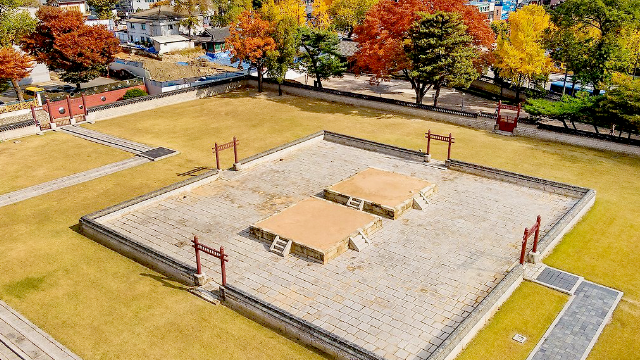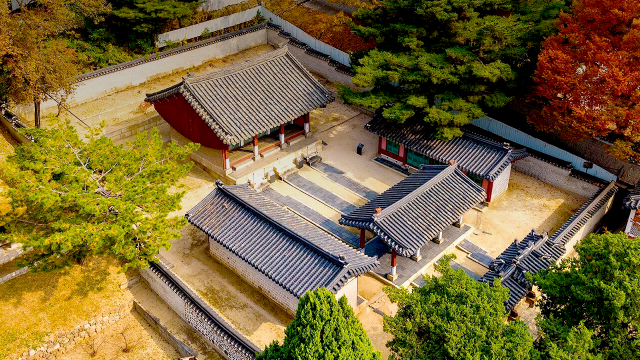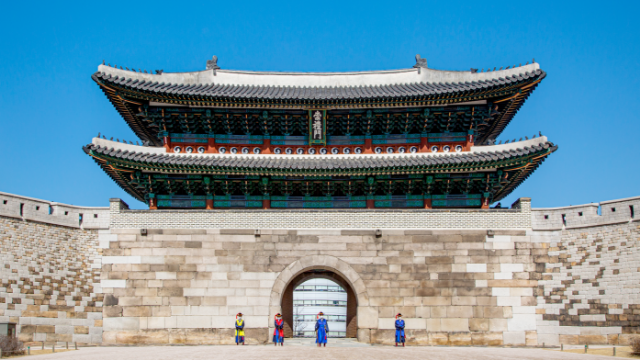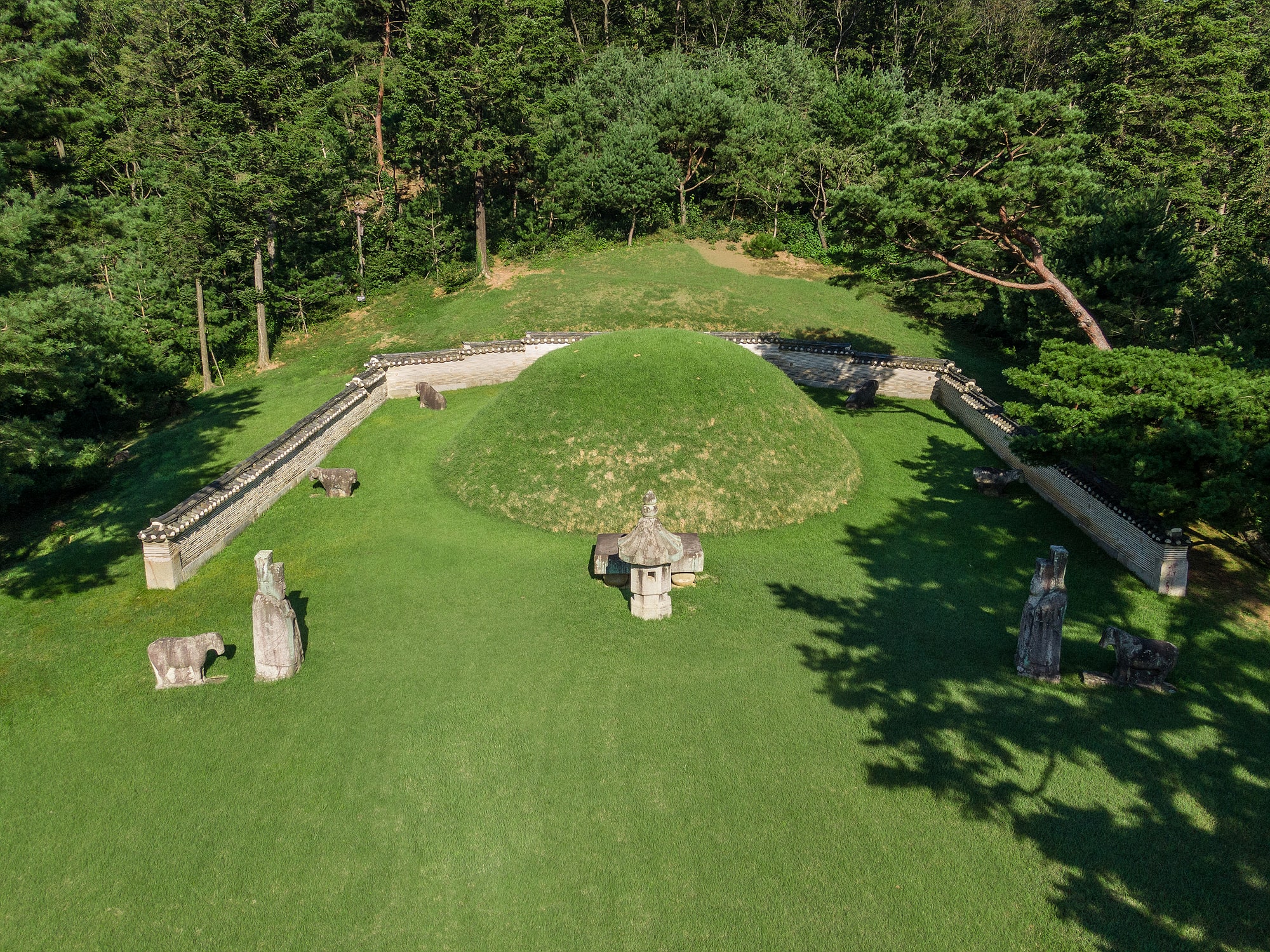
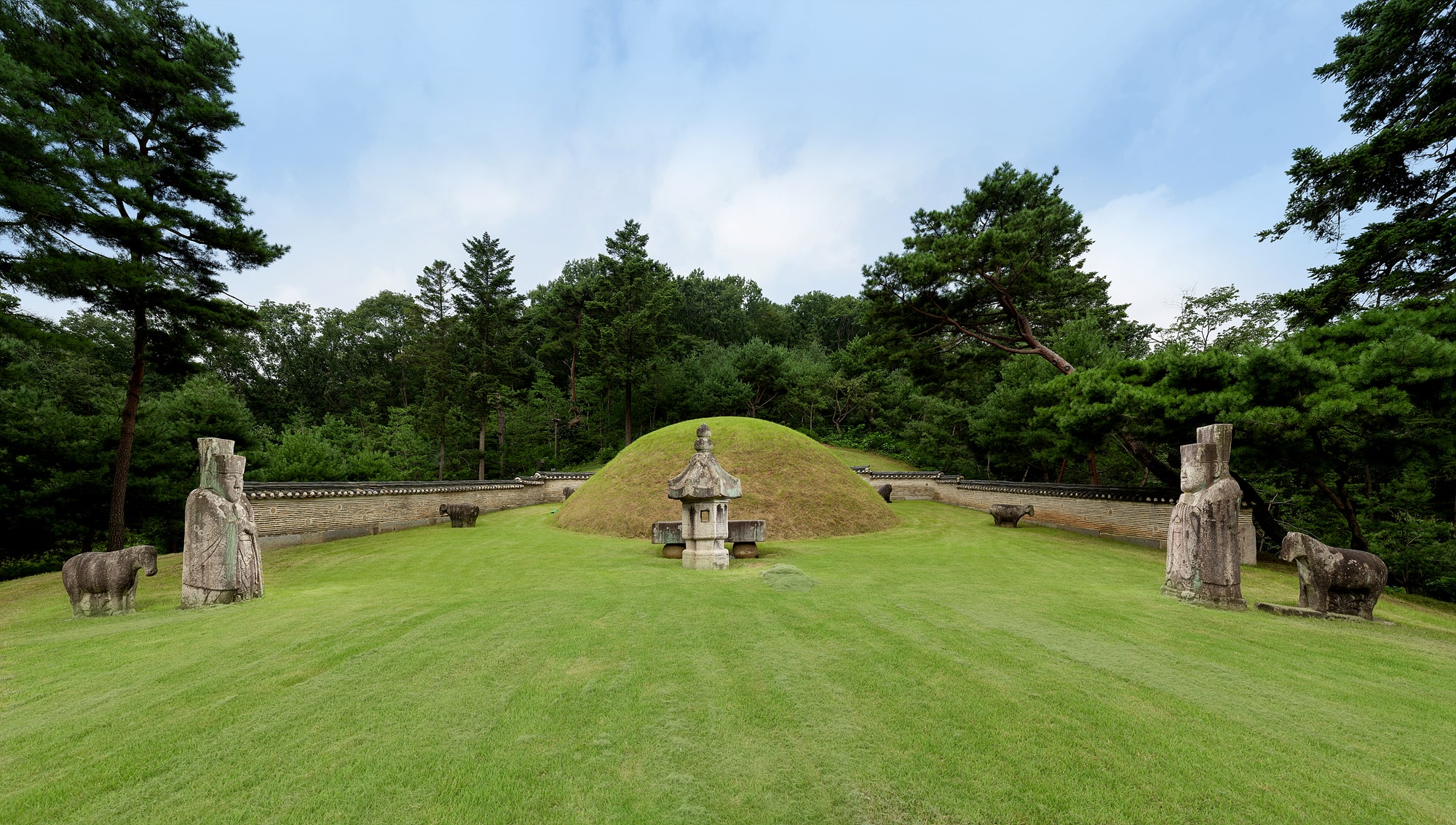
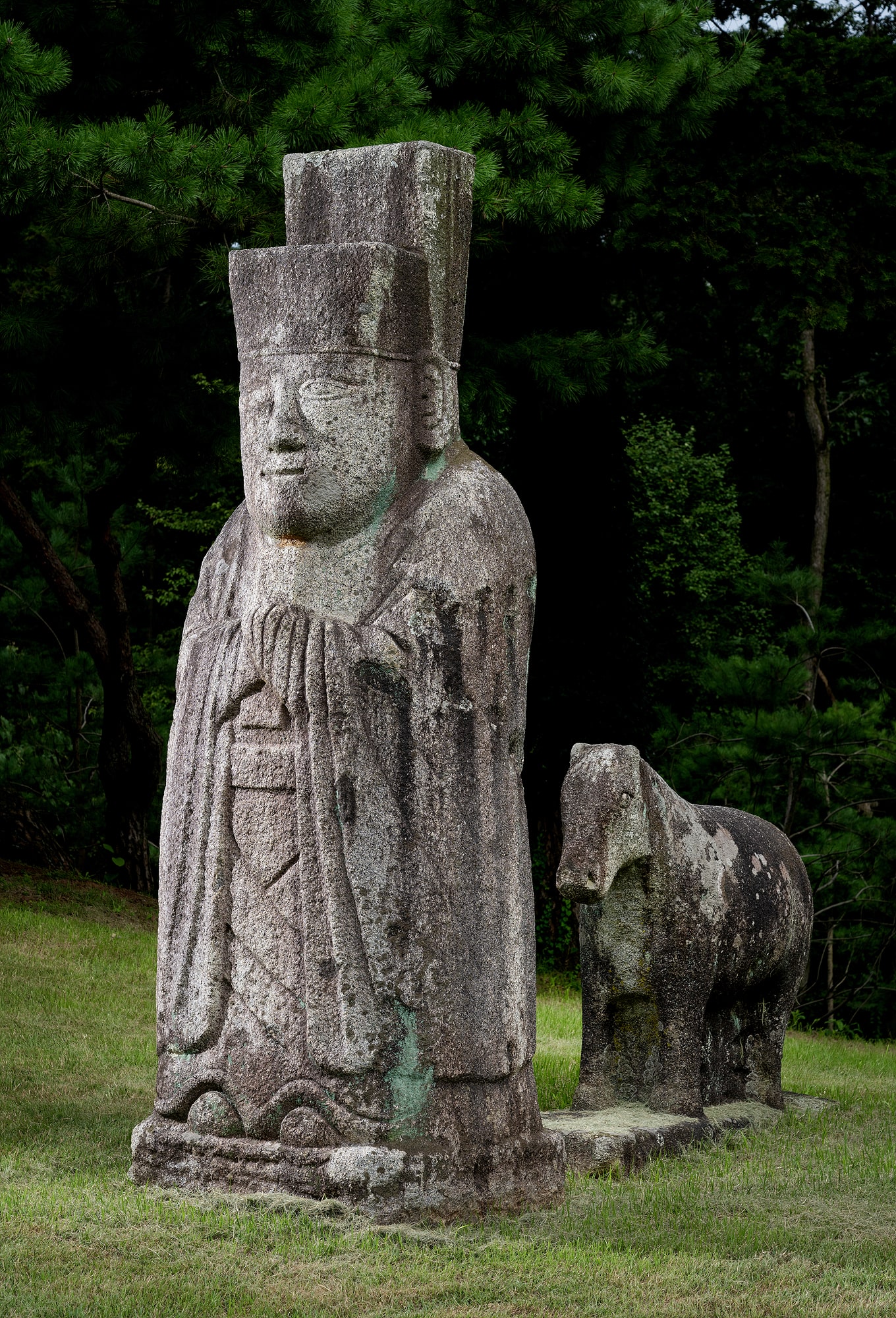
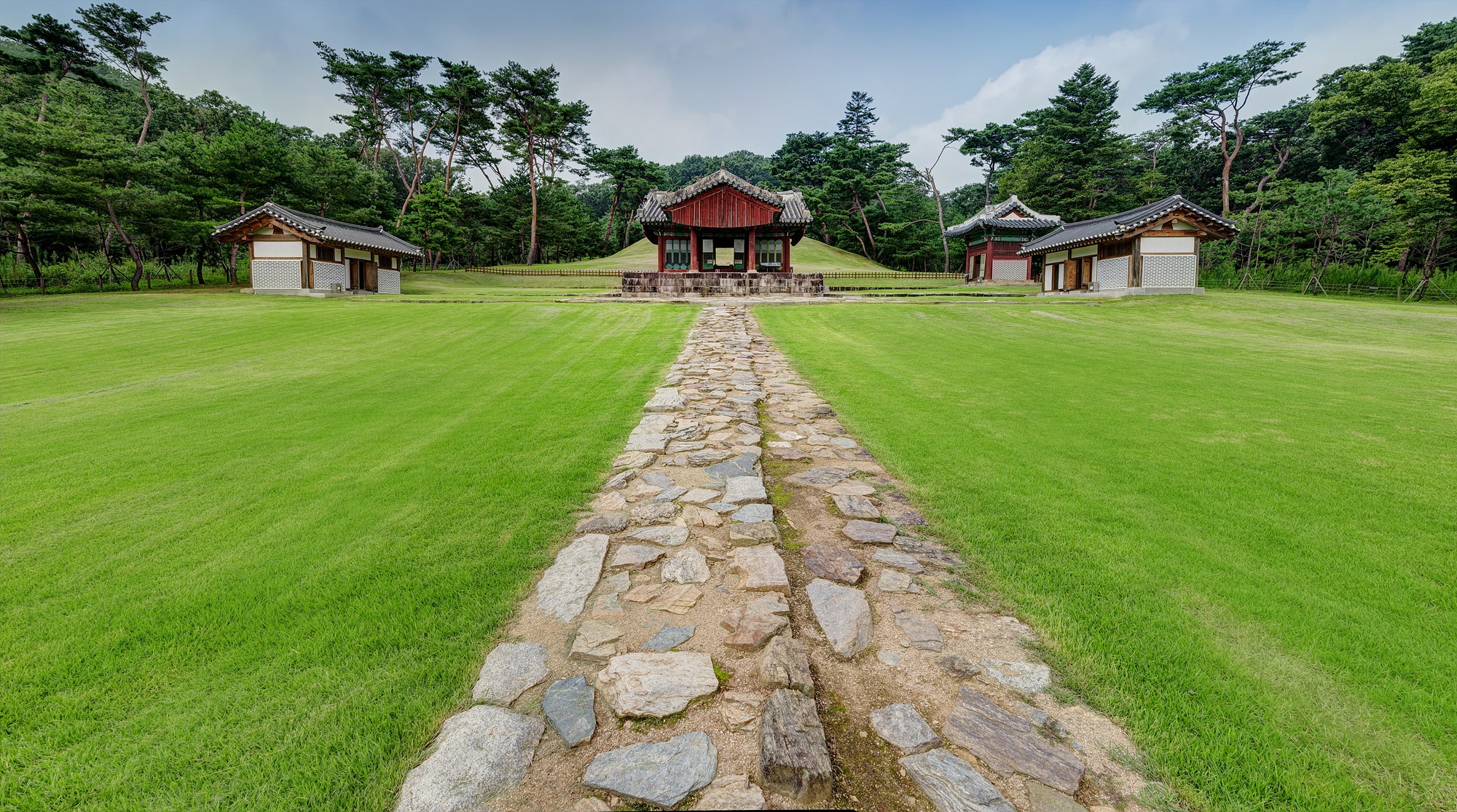
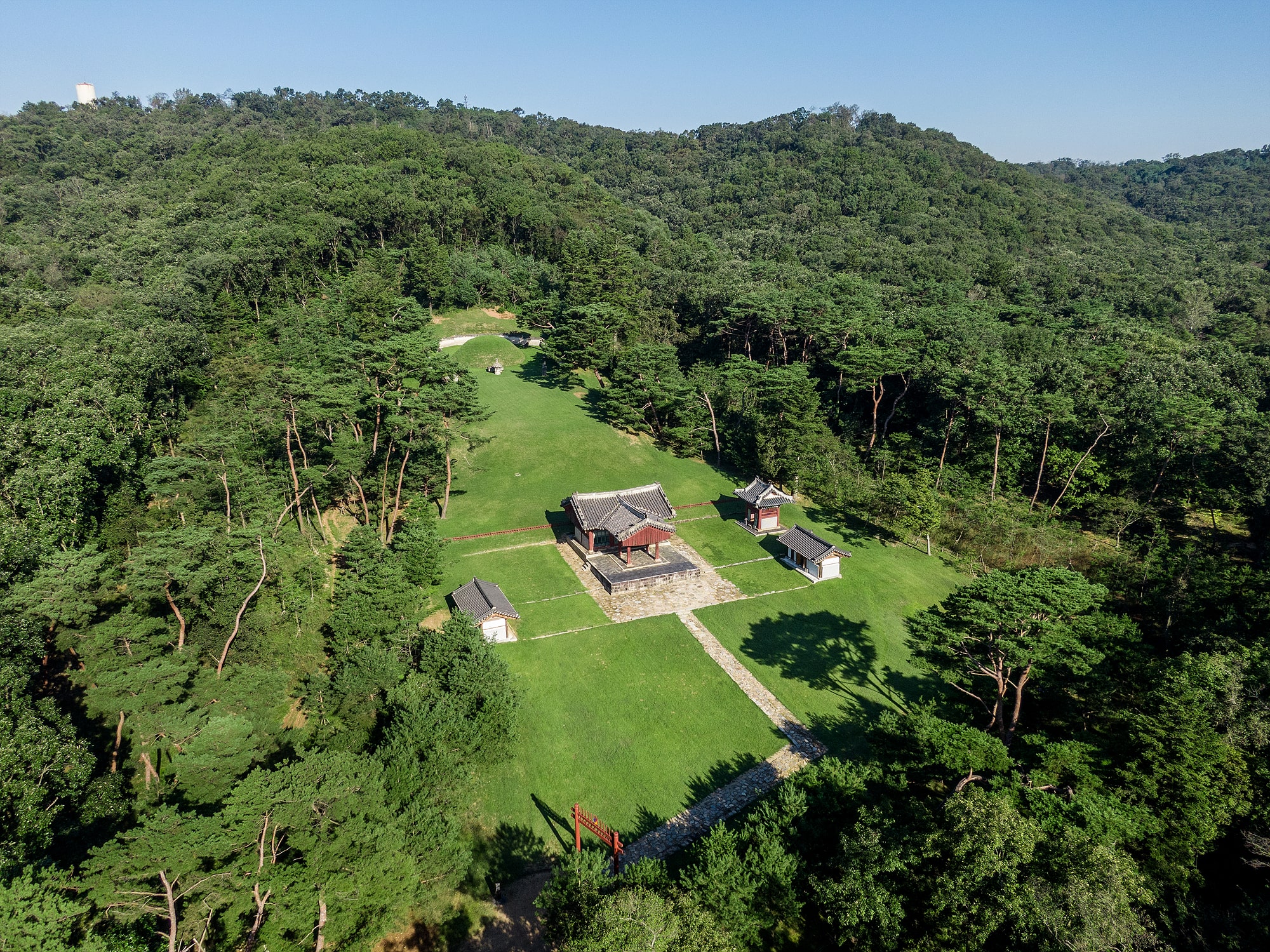
Three Royal Tombs, Paju
Gongneung Royal Tomb (Royal Tomb of Queen Jangsun, the First Consort of King Yejong, the 8th Ruler of Joseon)
Queen Jangsun of the Han clan (1445-1461) was the third daughter of Han Myeong-hoe, and married the crown prince (later King Yejong) in 1460, thus becoming the crown princess. She gave birth to the crown prince's eldest son (Prince Inseong) the following year, but died from postpartum complications at the age of 17. King Sejo bestowed the posthumous title of Jangsun to his deceased daughter-in-law, and the name Jangsunbinmyo (Tomb of Crown Princess Jangsun) to her tomb. In 1470, she was posthumously invested as Queen Jangsun and her tomb as Gongneung Royal Tomb.

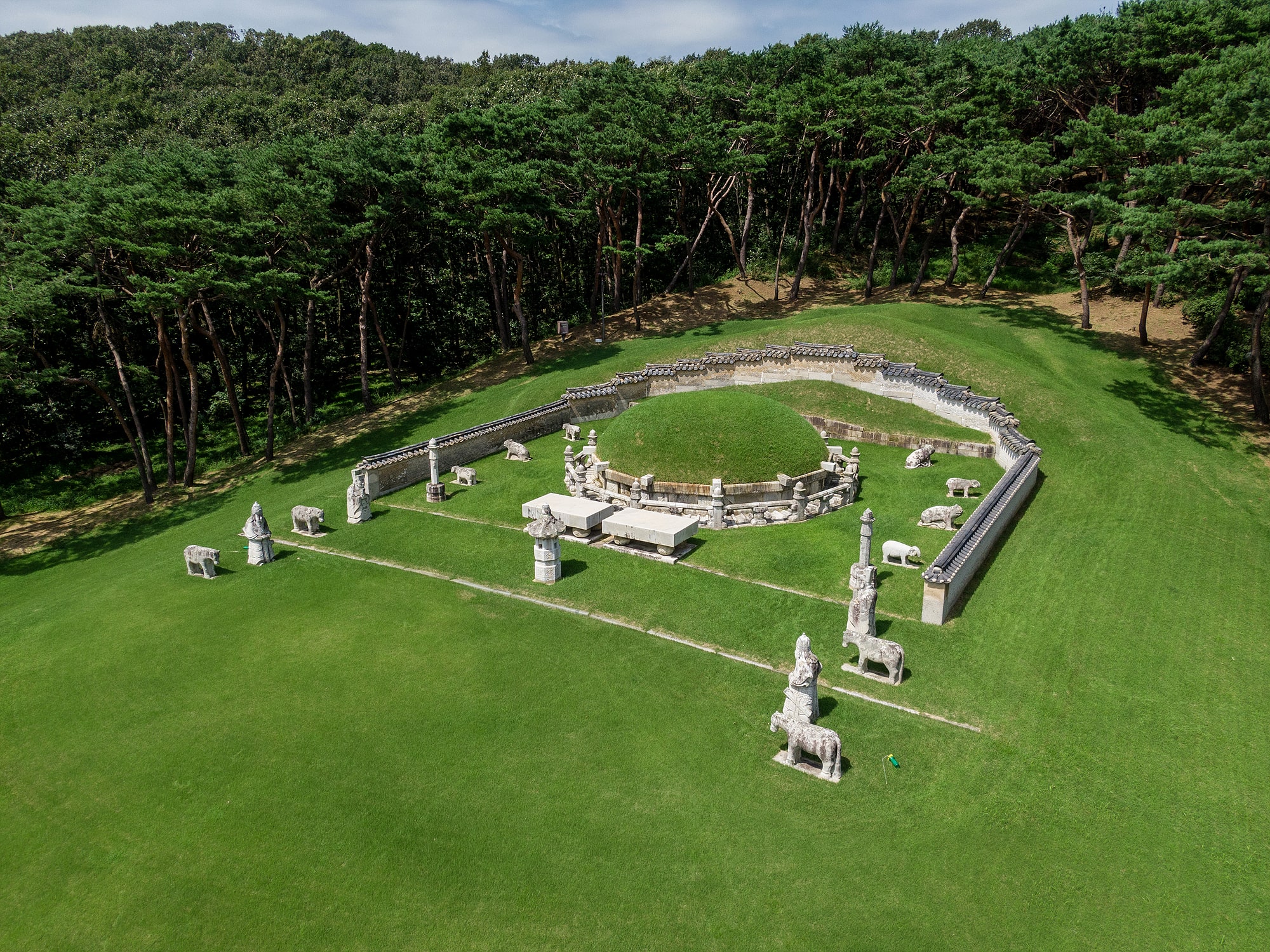
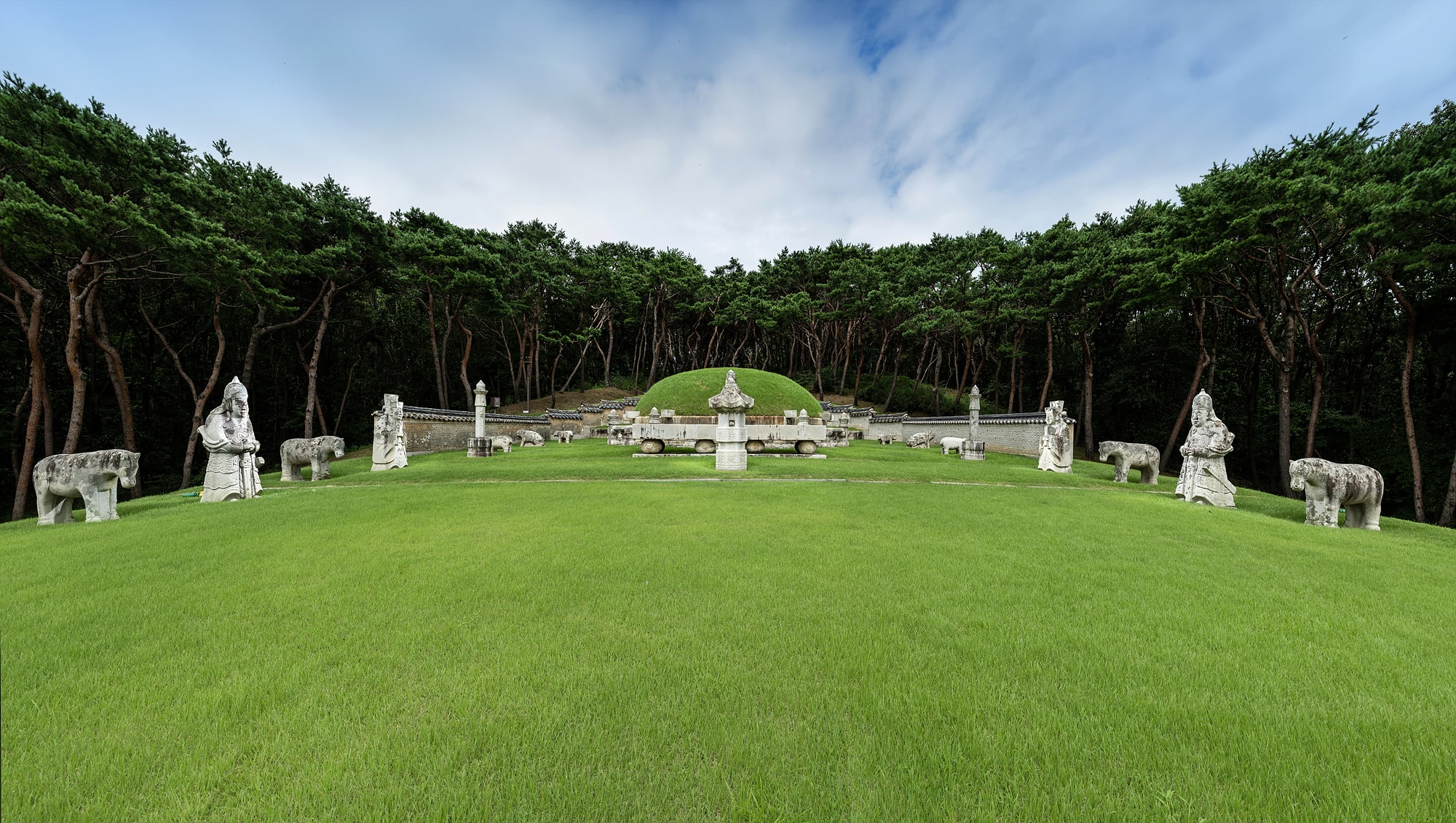
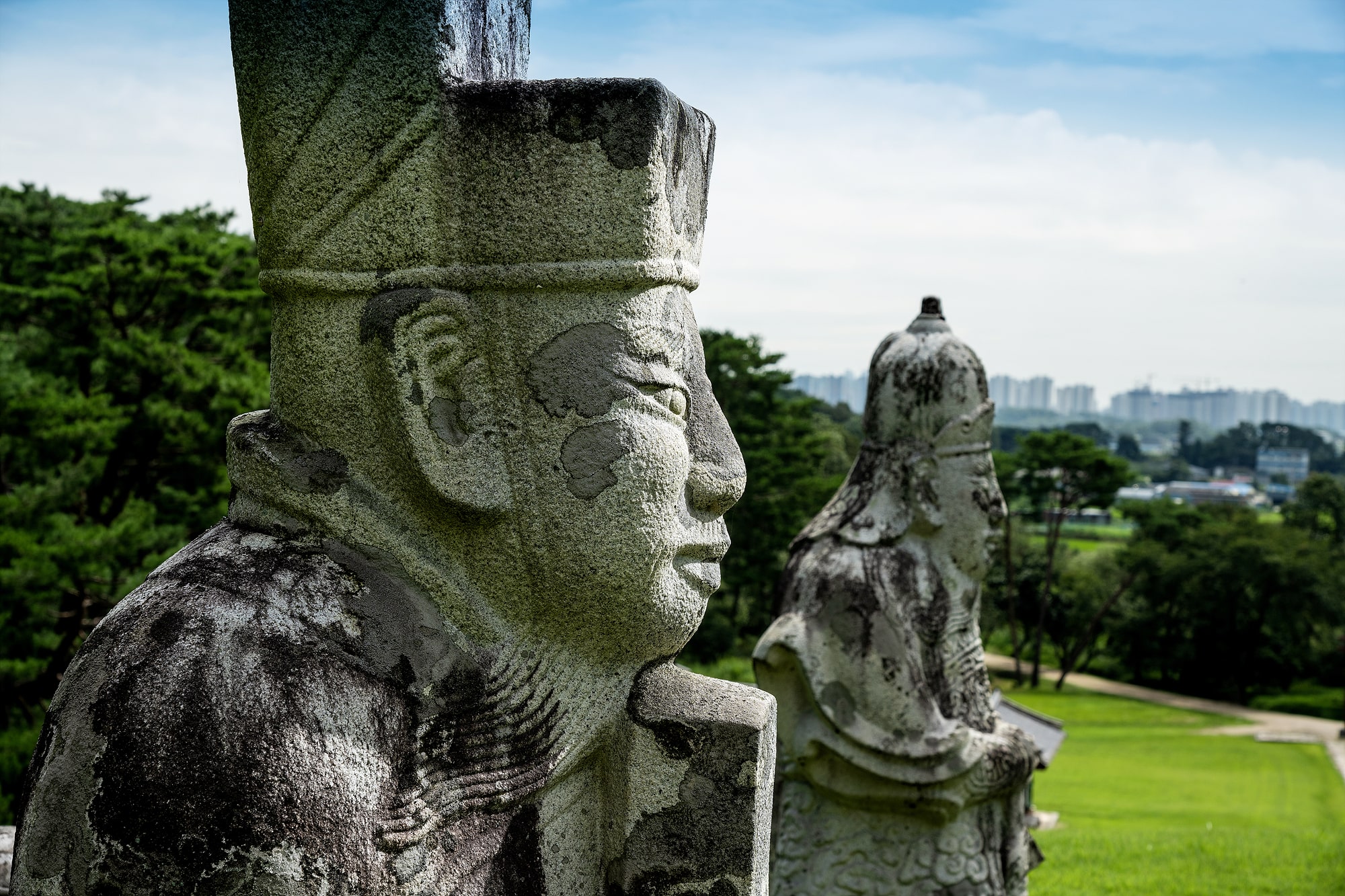
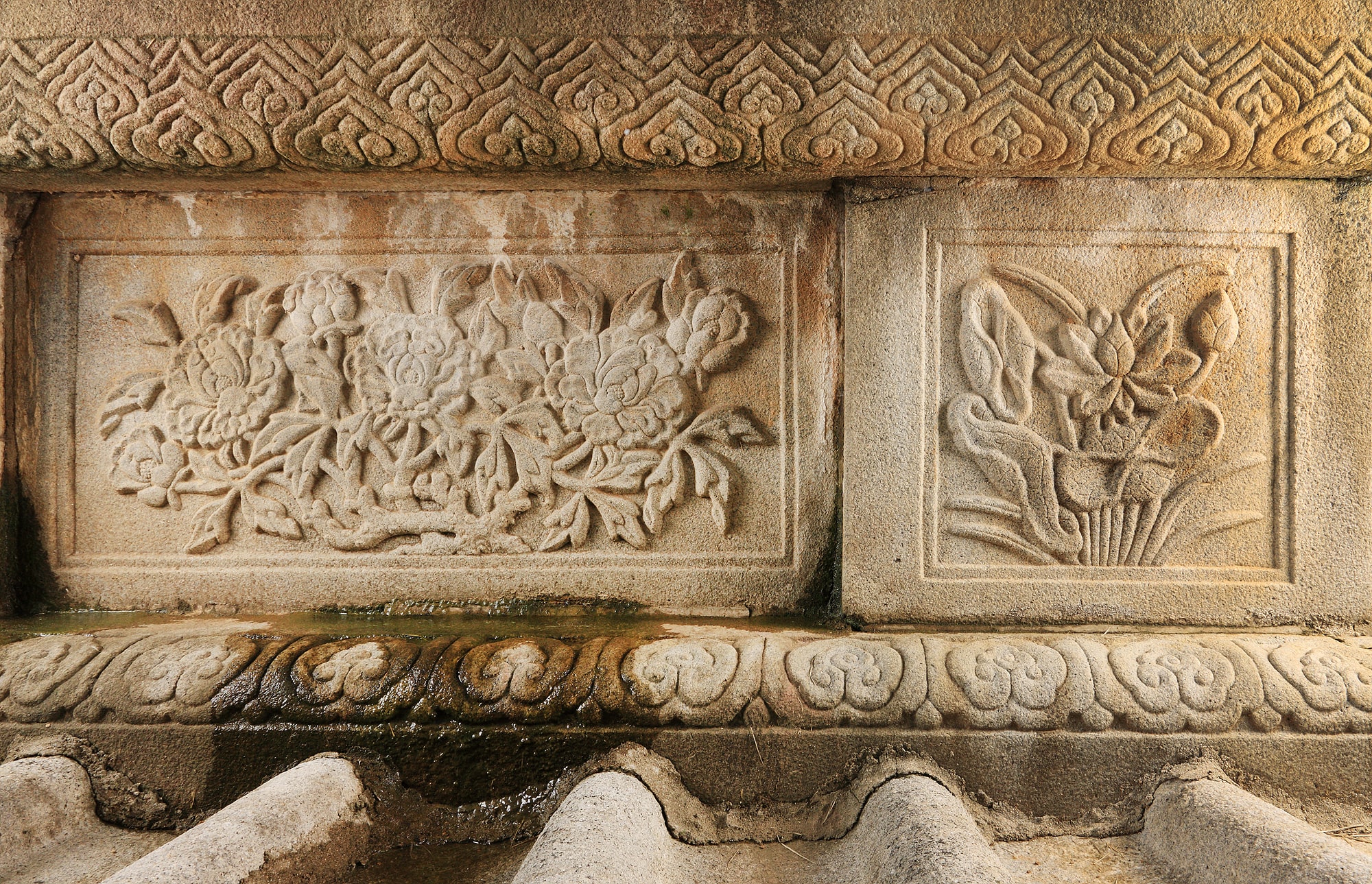
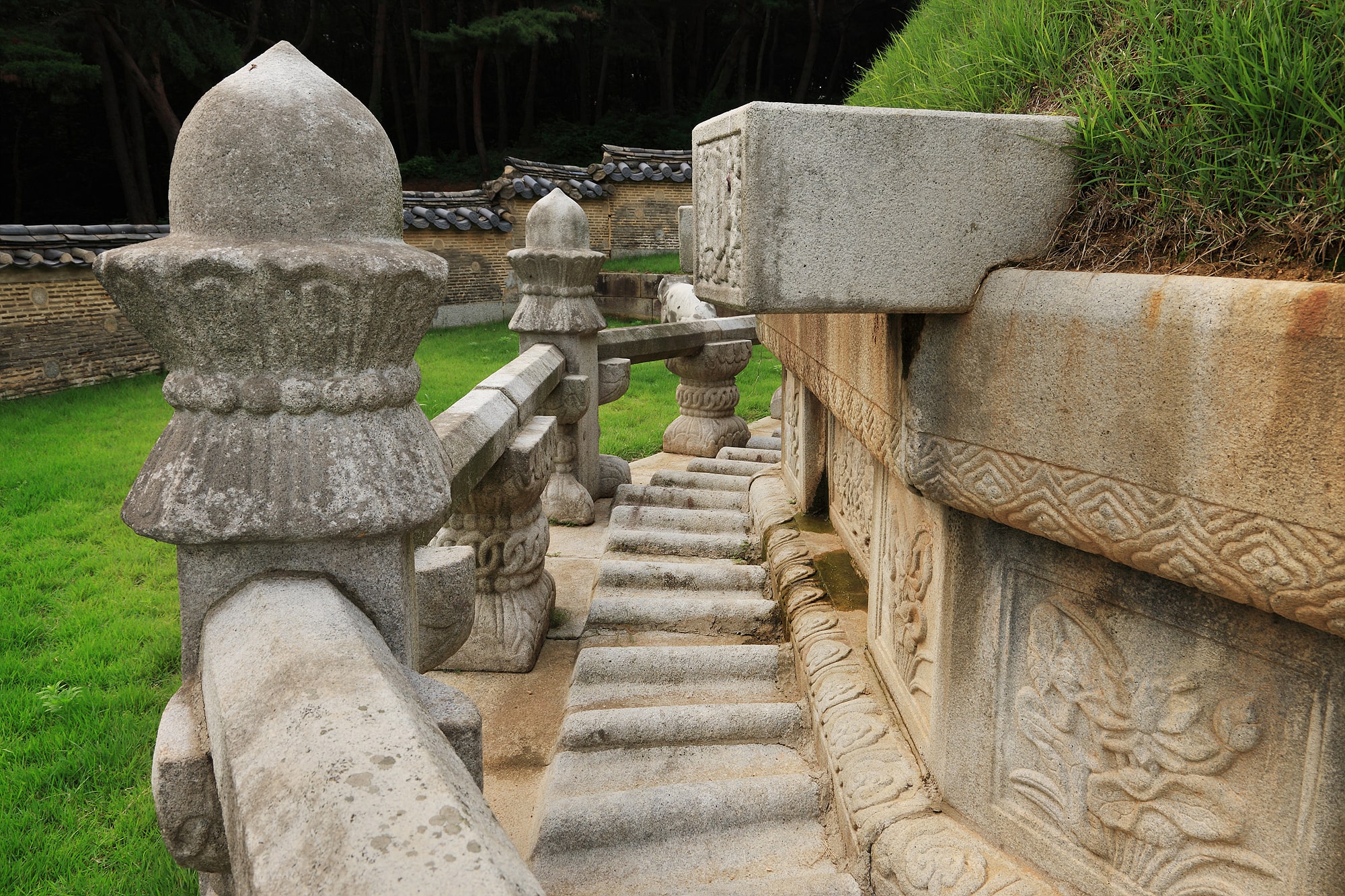
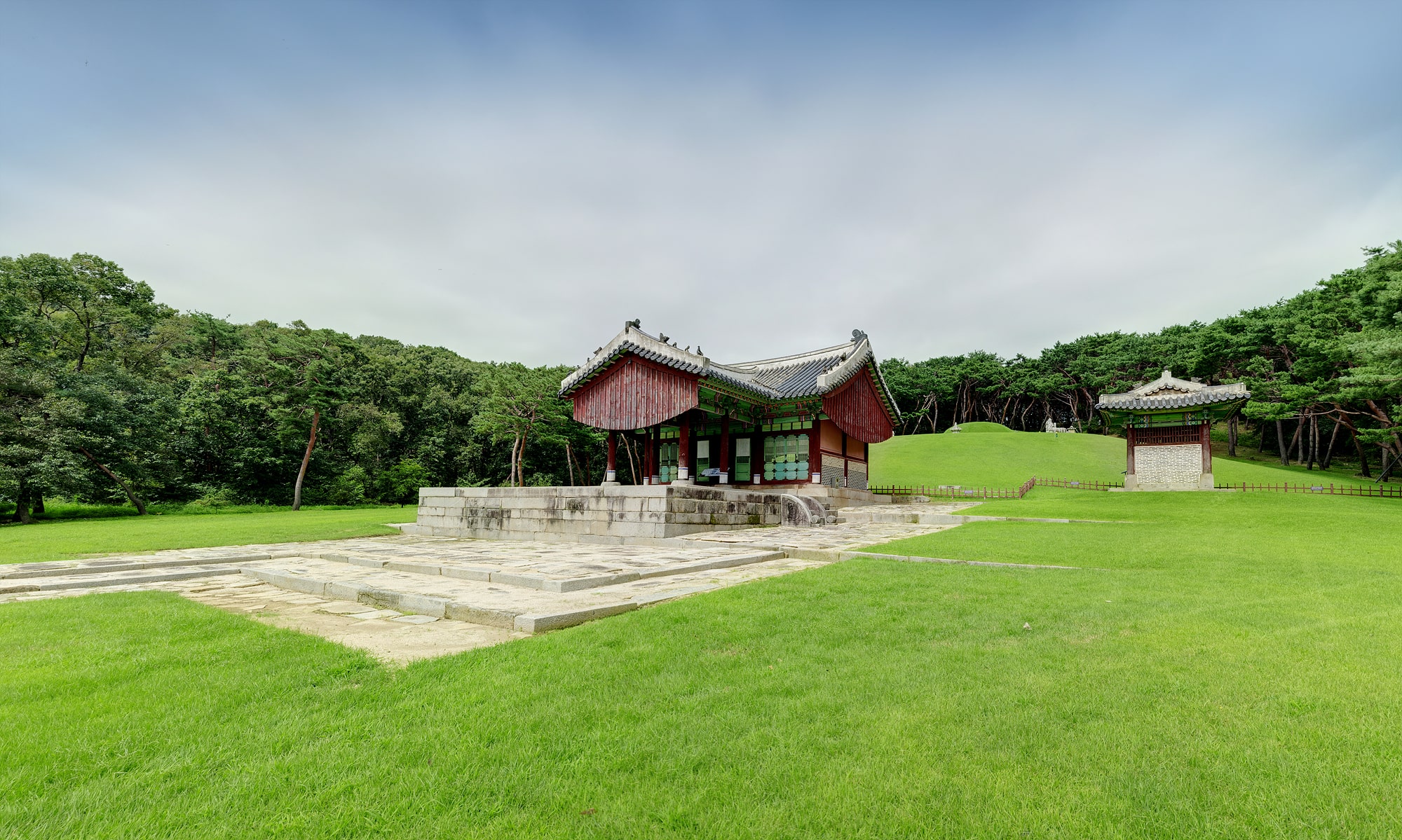
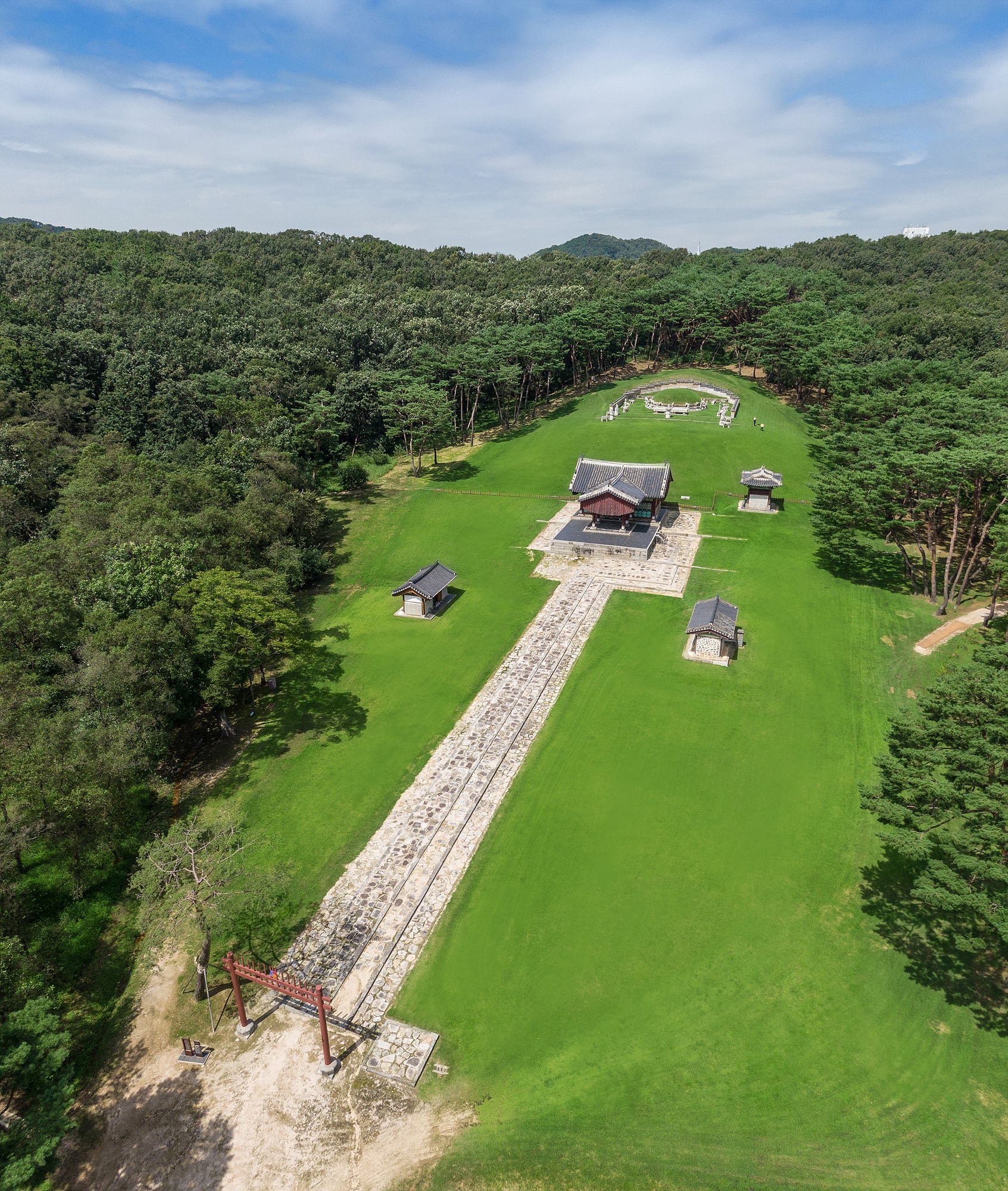
Jangneung Royal Tomb, Paju
Jangneung Royal Tomb (Royal Tomb of King Injo, the 16th Ruler of Joseon, and His First Consort, Queen Inyeol)
King Injo (1595-1649, r. 1623-1649) was a son of Honorary King Wonjong and Honorary Queen Inheon, invested as Prince Neungyanggun in 1607, and usurped the throne from King Gwanghaegun with the coup of 1623 (Injo banjeong). Despite the successful coup, King Injo faced many difficulties in his effort to stabilize royal authority due to social unrest caused by, the Yi Gwal Rebellion of 1624. He reformed the military in an effort to boost the country’s defense capability, but Joseon nonetheless suffered defeat in two invasions by the Manchu in 1627 as Later Jin and in 1636 as the Qing dynasty, due to his uneven and hostile diplomatic policy towards the rising northern power.

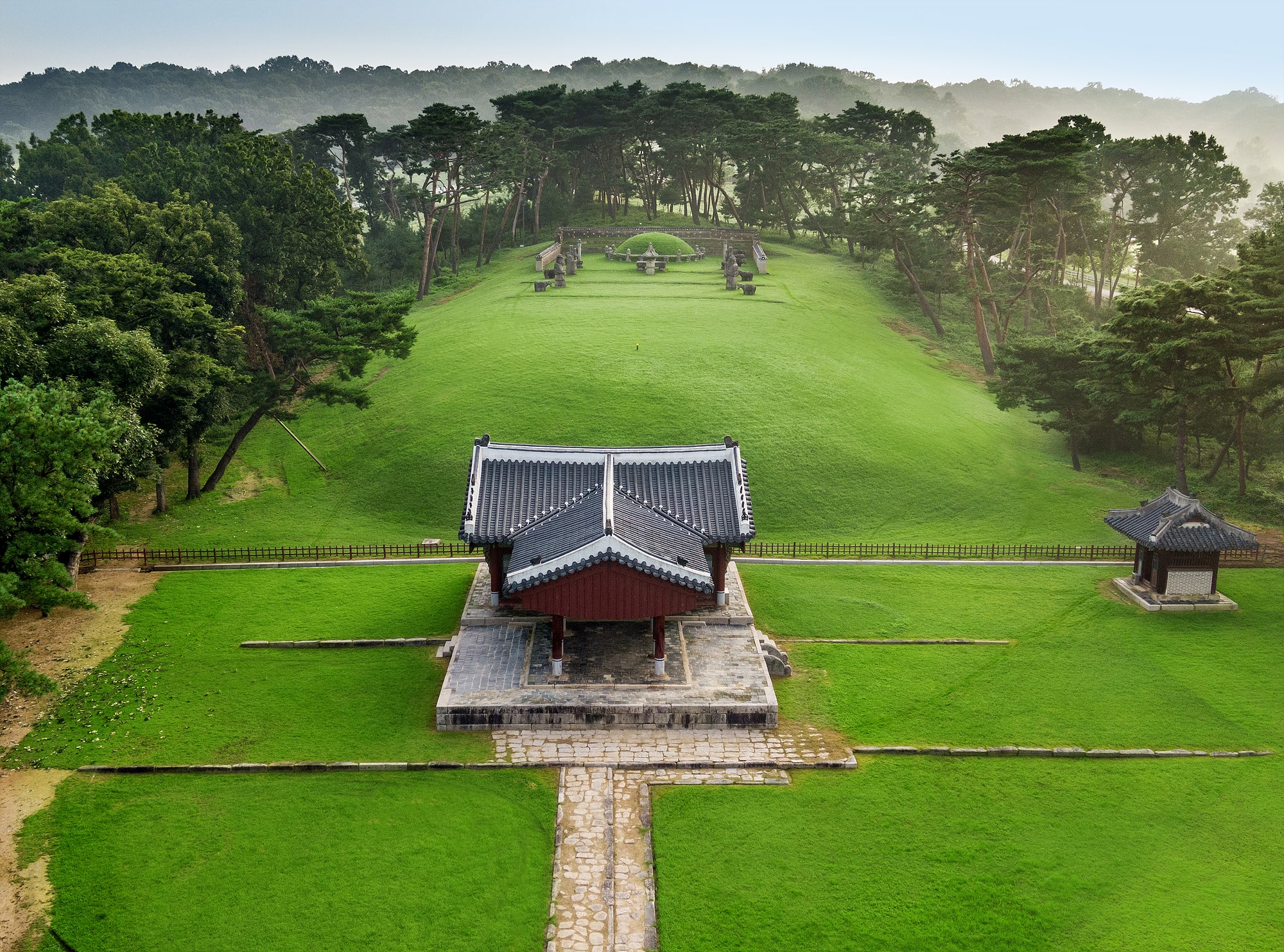
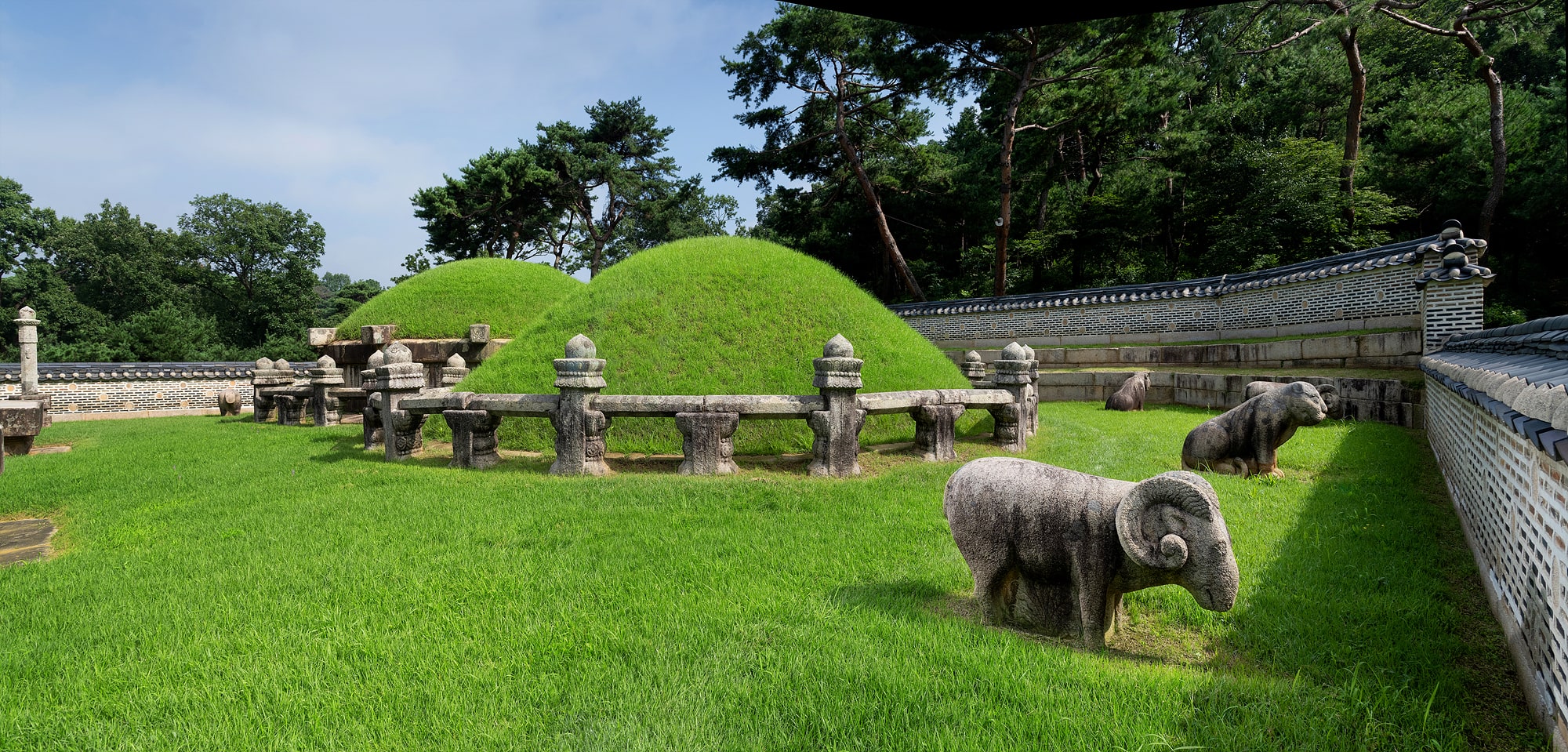
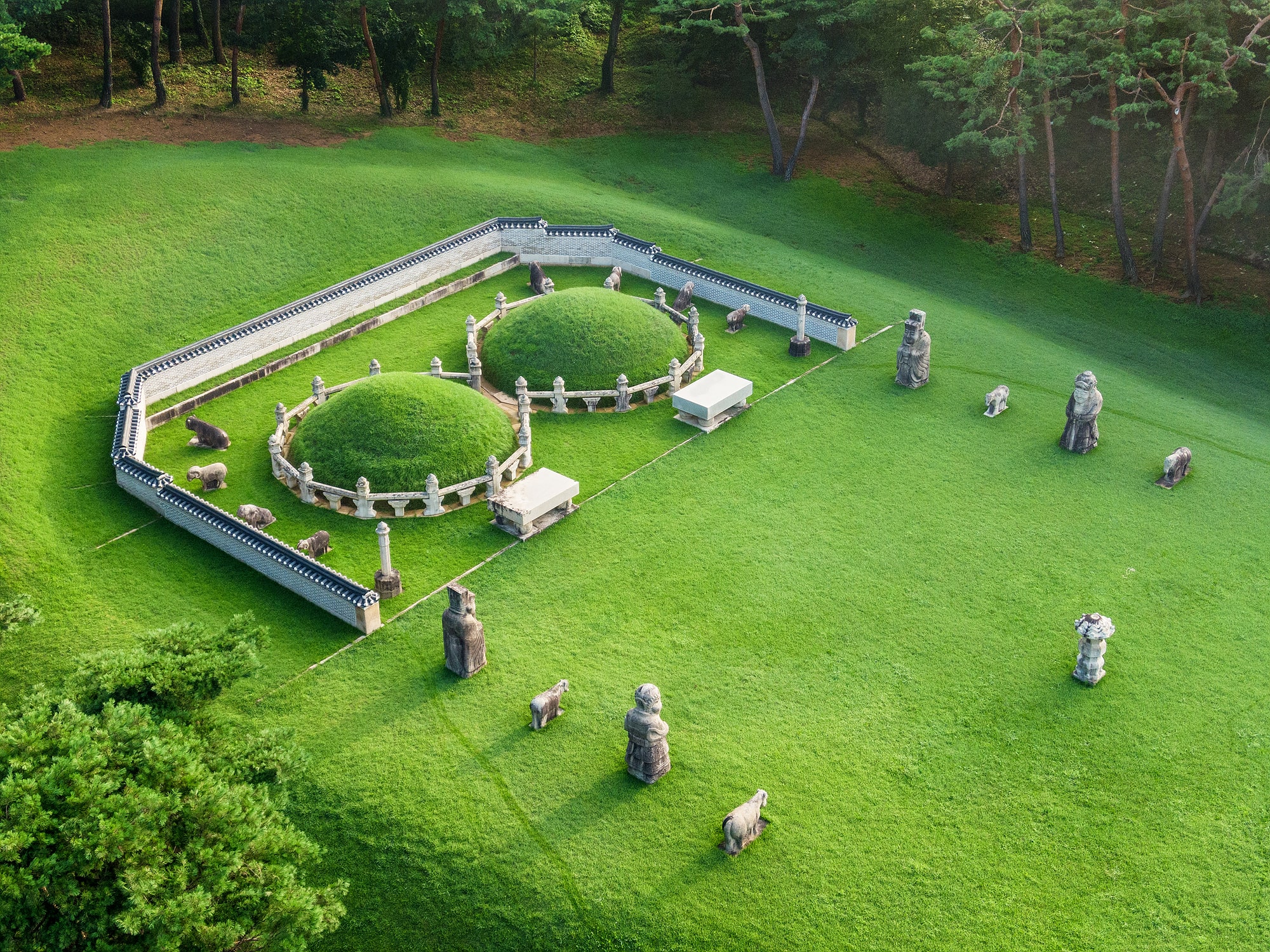
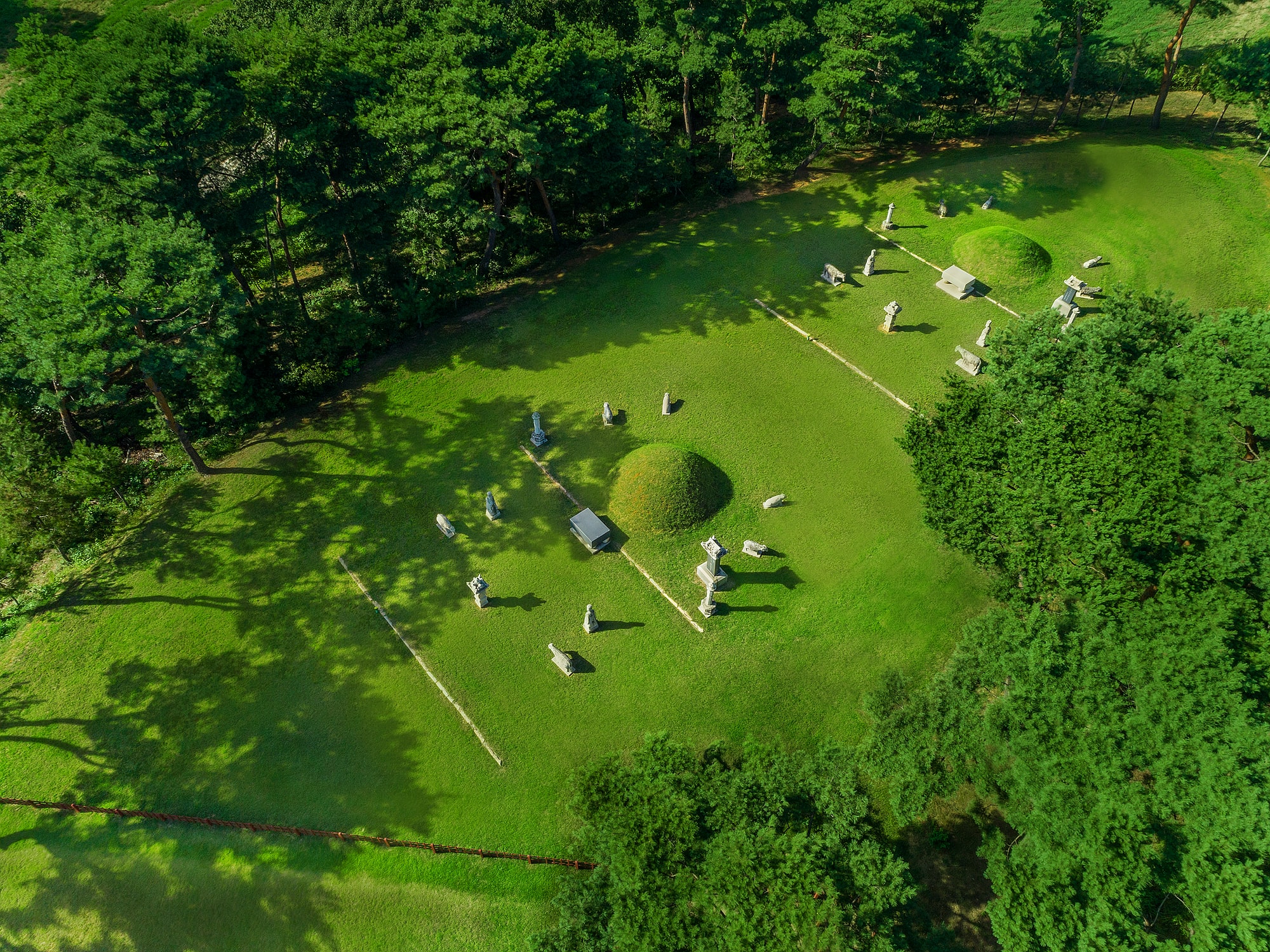
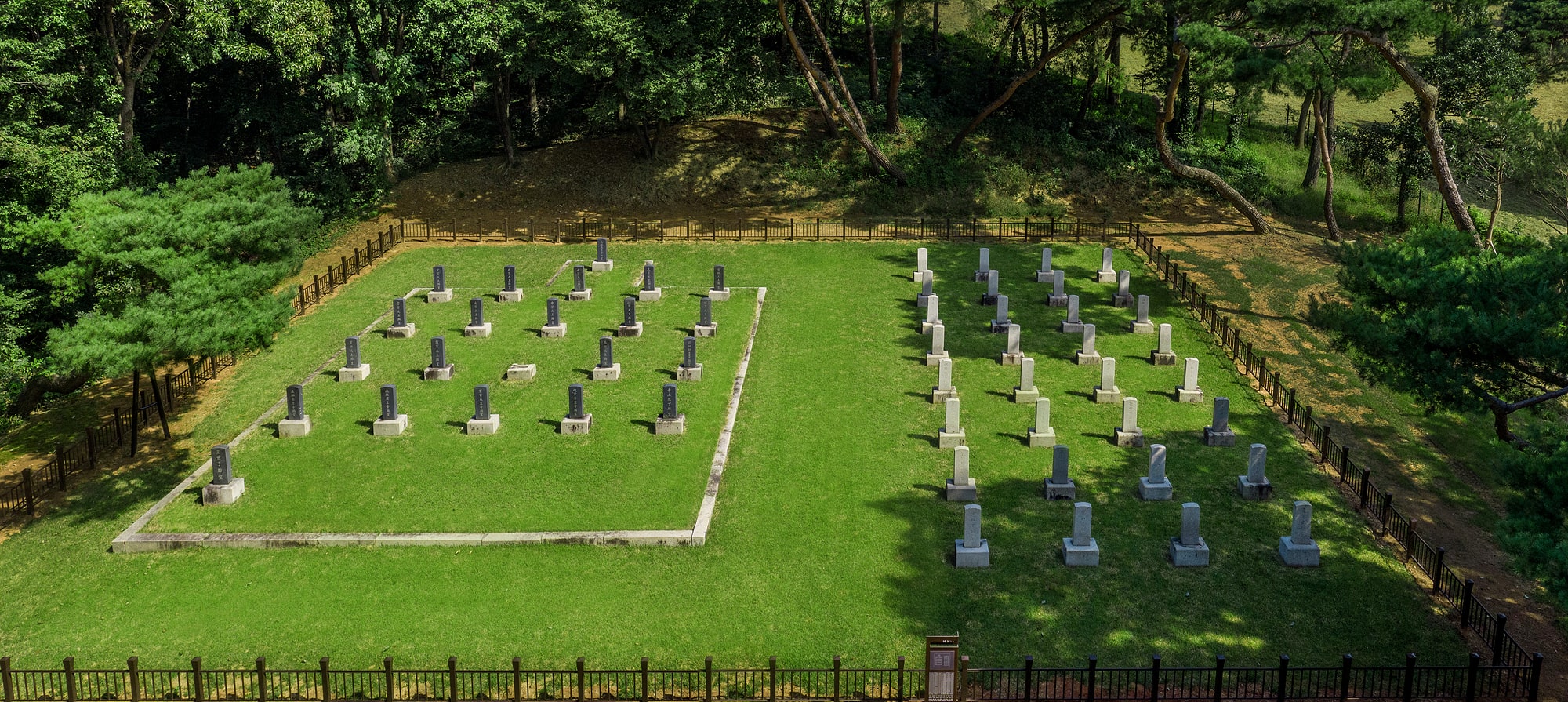
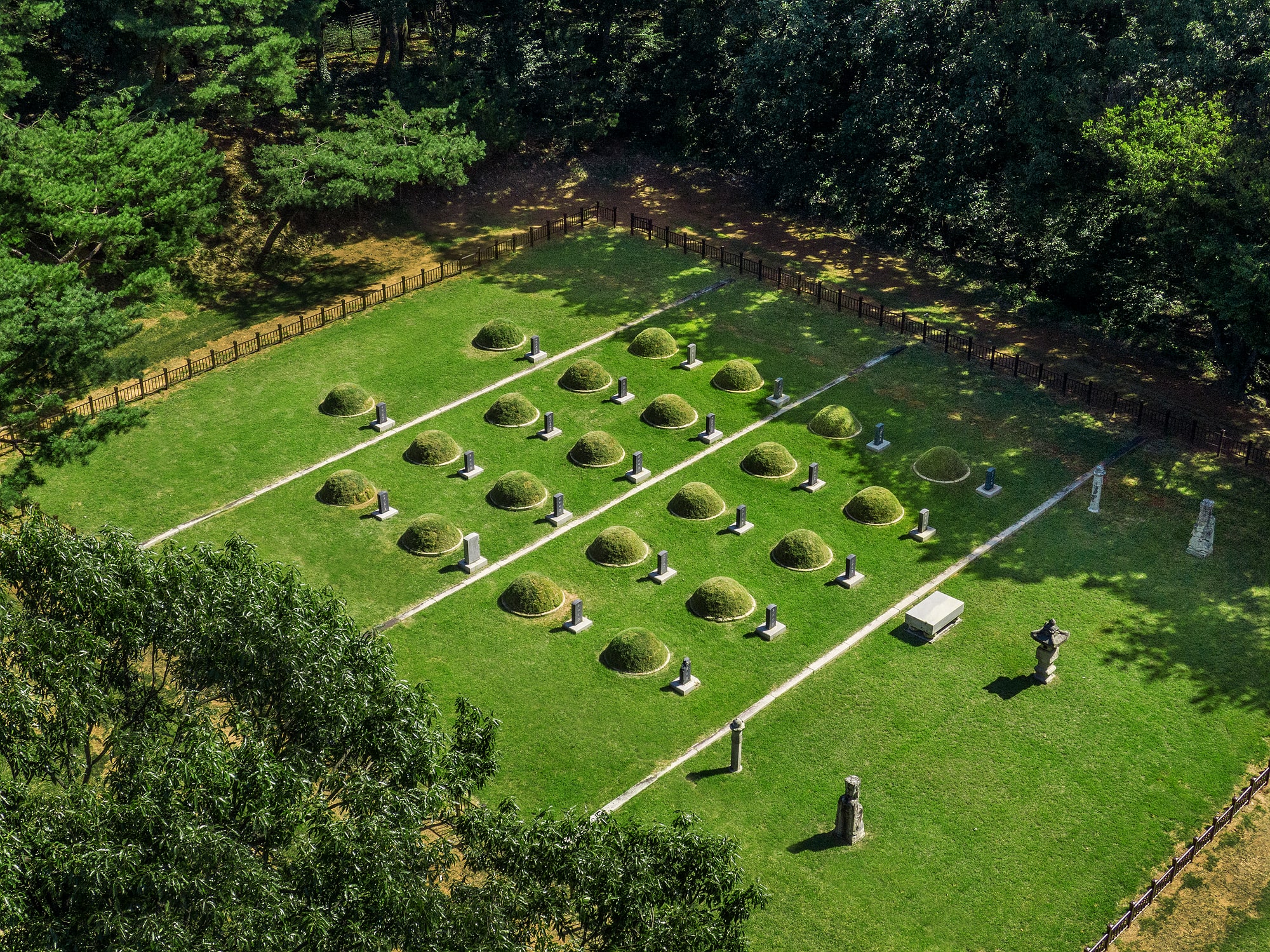
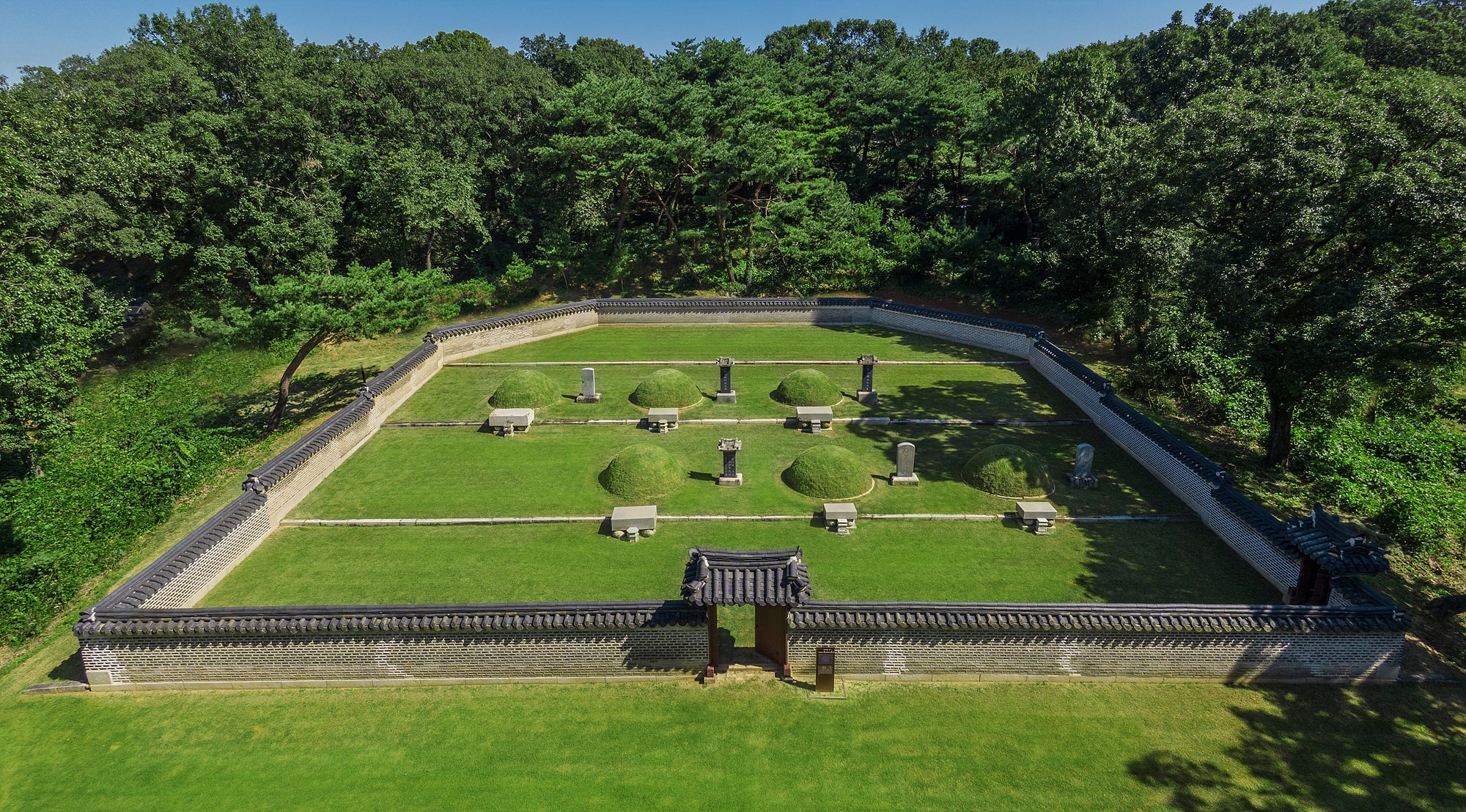
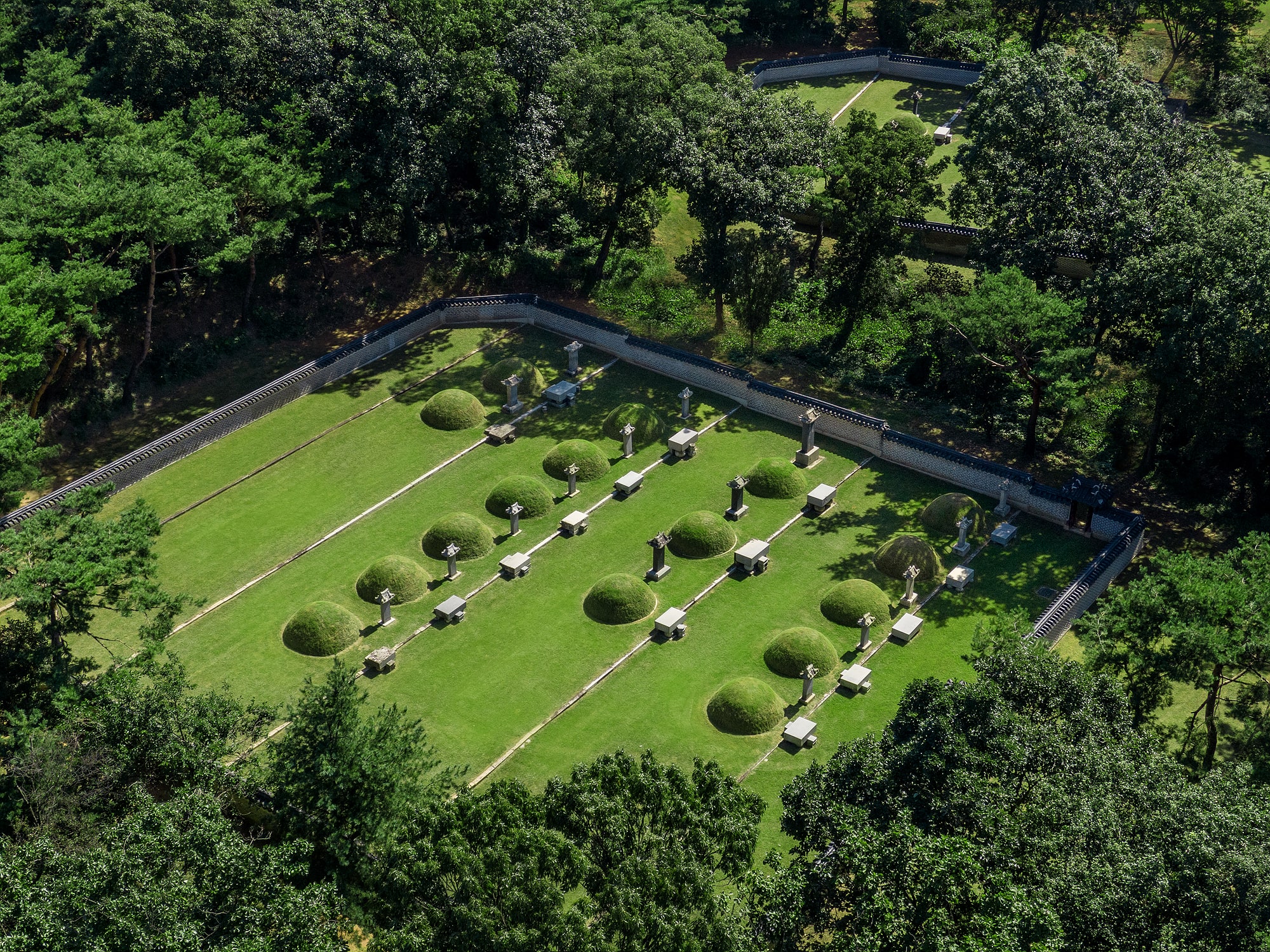
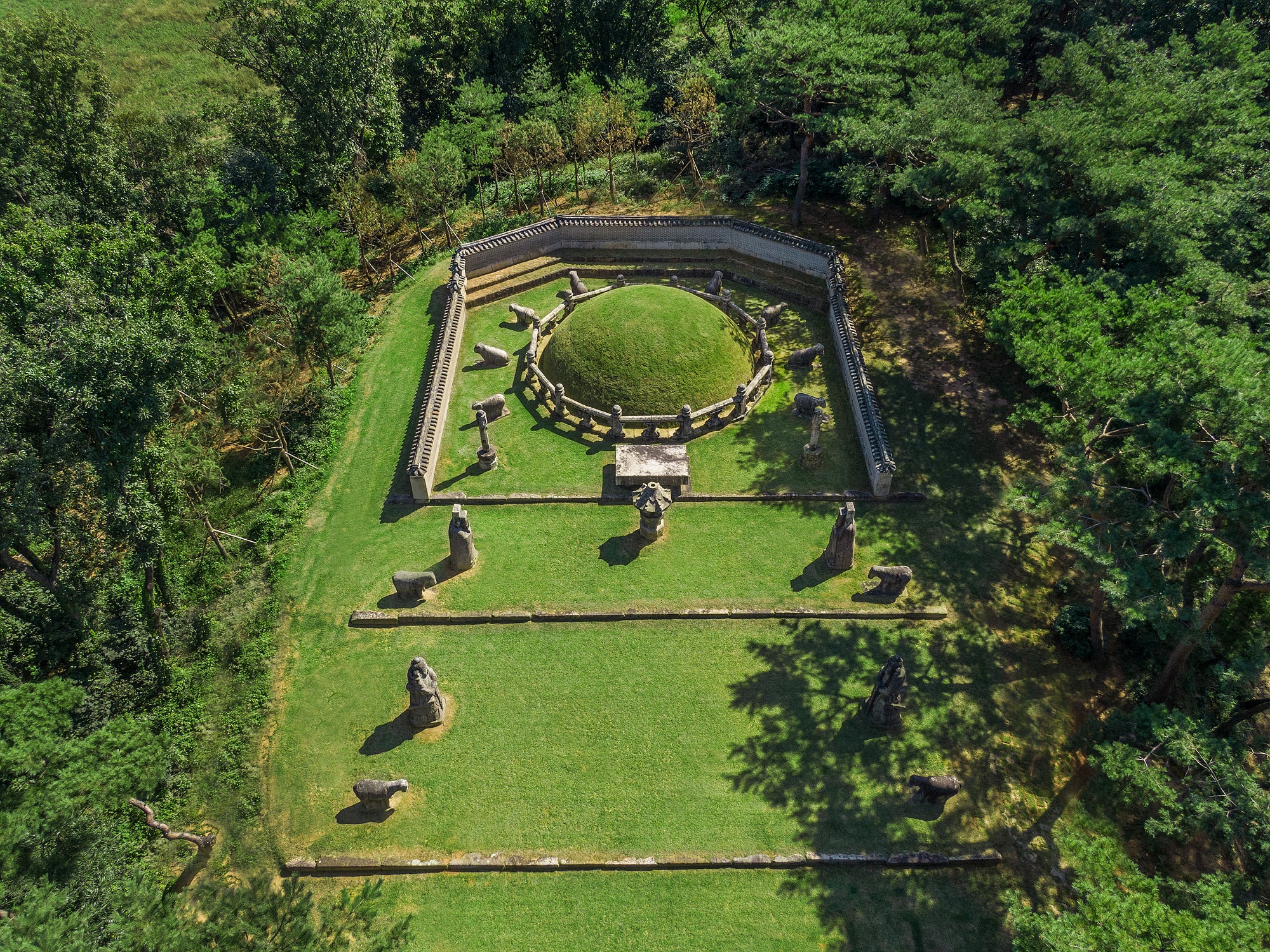
West Three Royal Tombs, Goyang
West Three Royal Tombs (Seosamneung) began to be formed in 1537 when Huireung, the tomb of King Jungjong's second consort, Queen Janggyeong, was relocated here from its original site west of Heolleung, the tomb of King Taejong. The tomb was renamed as Jeongneung in 1544, when King Jungjong's tomb was built on the hill to the west of his queen's burial.

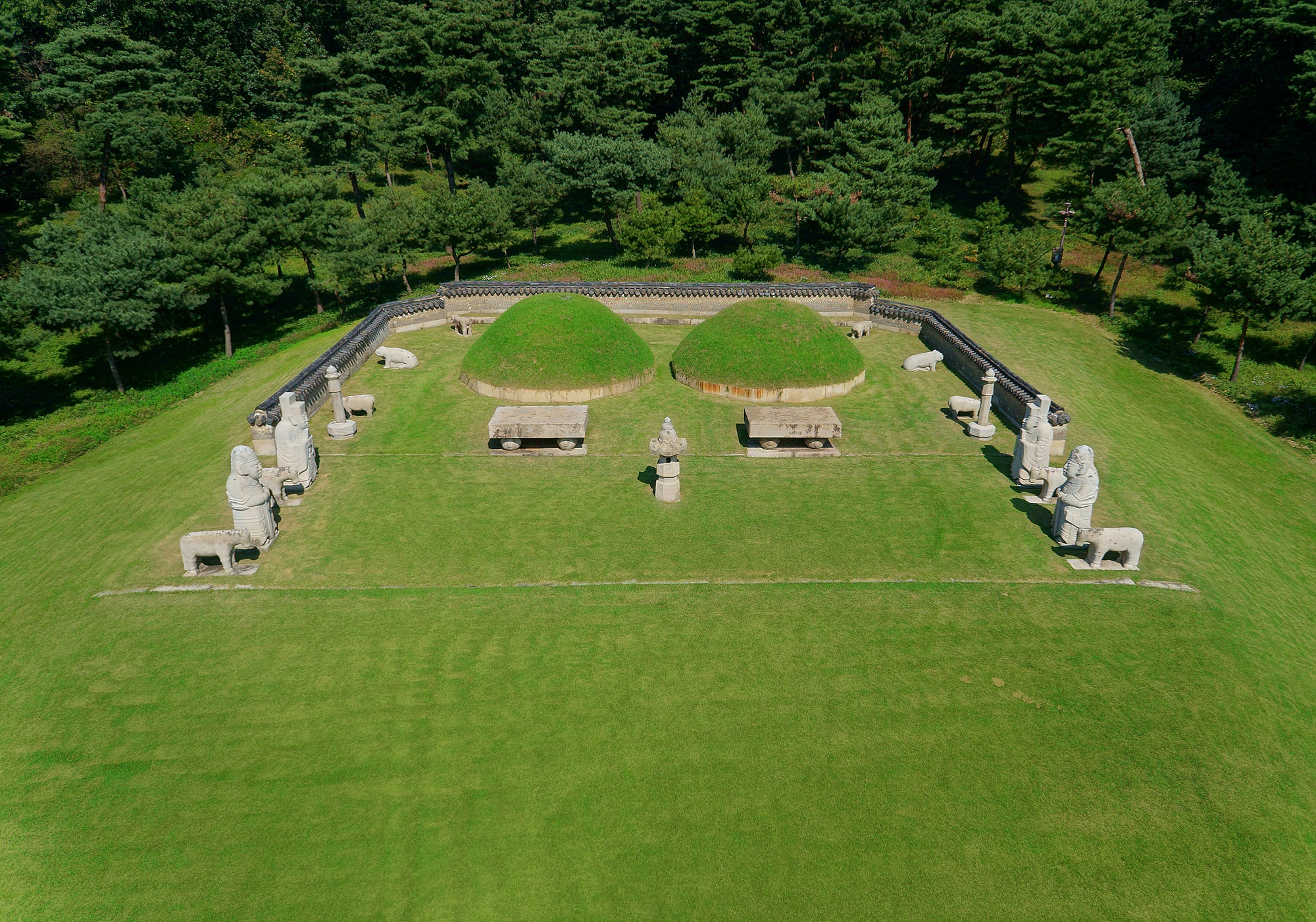
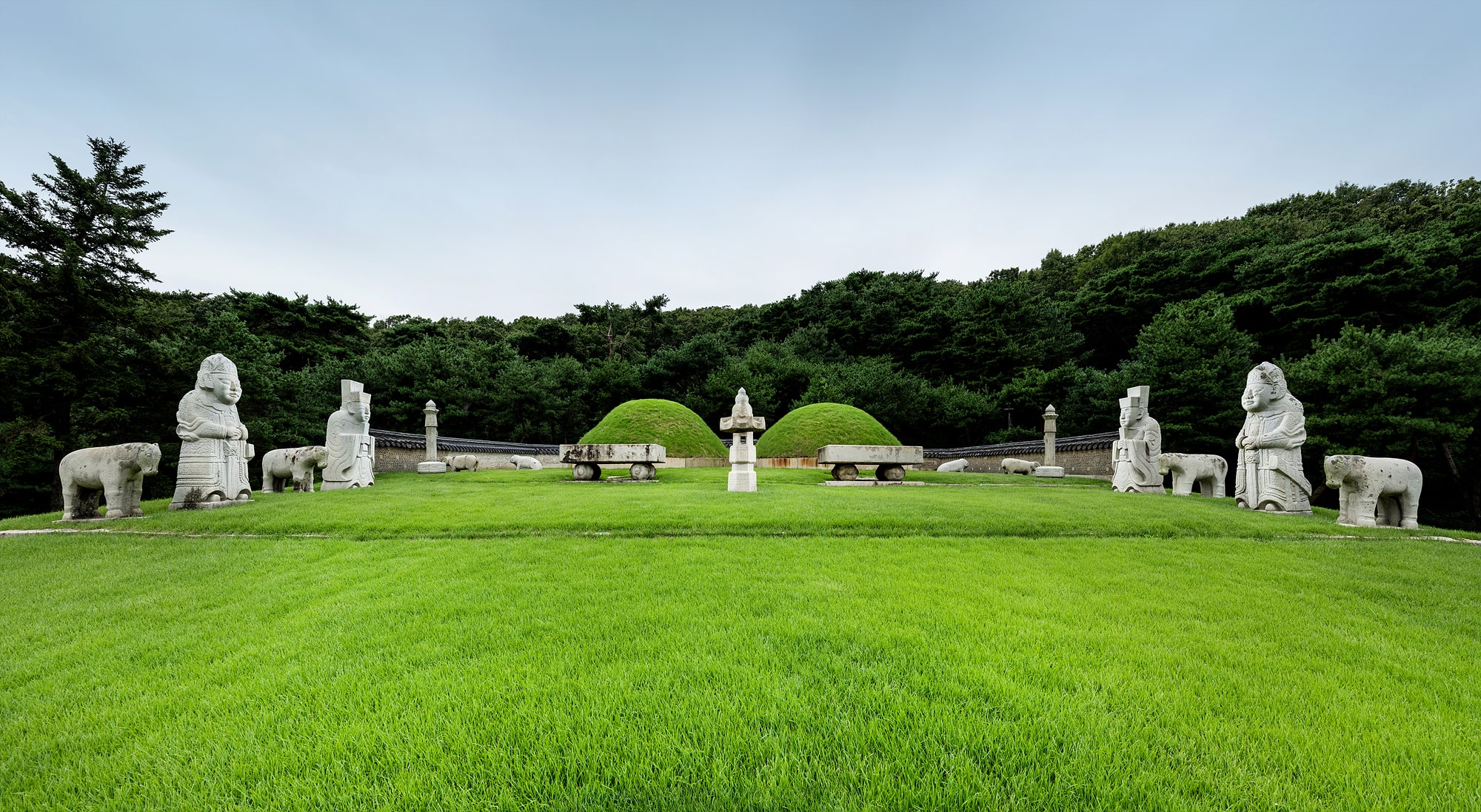
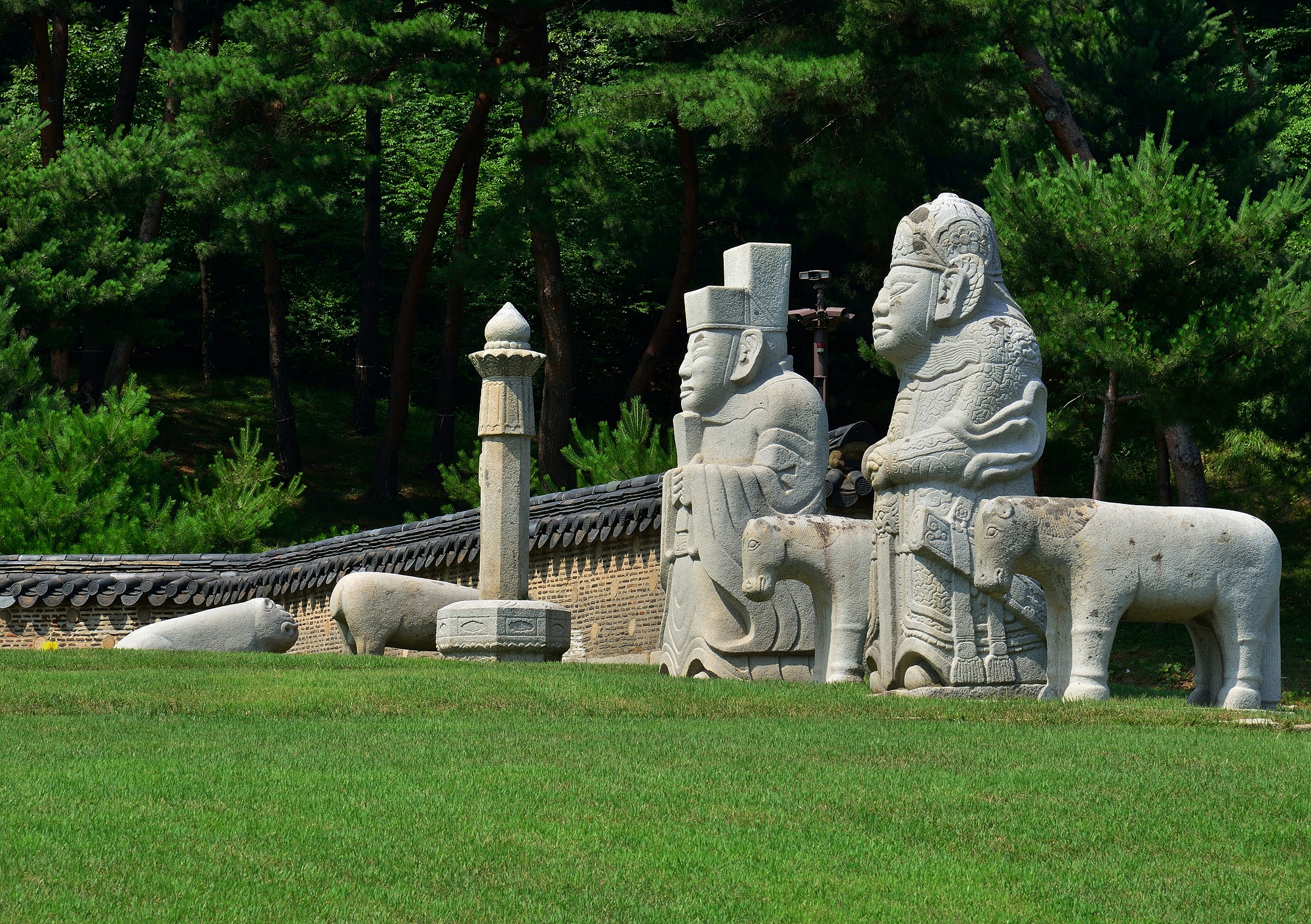
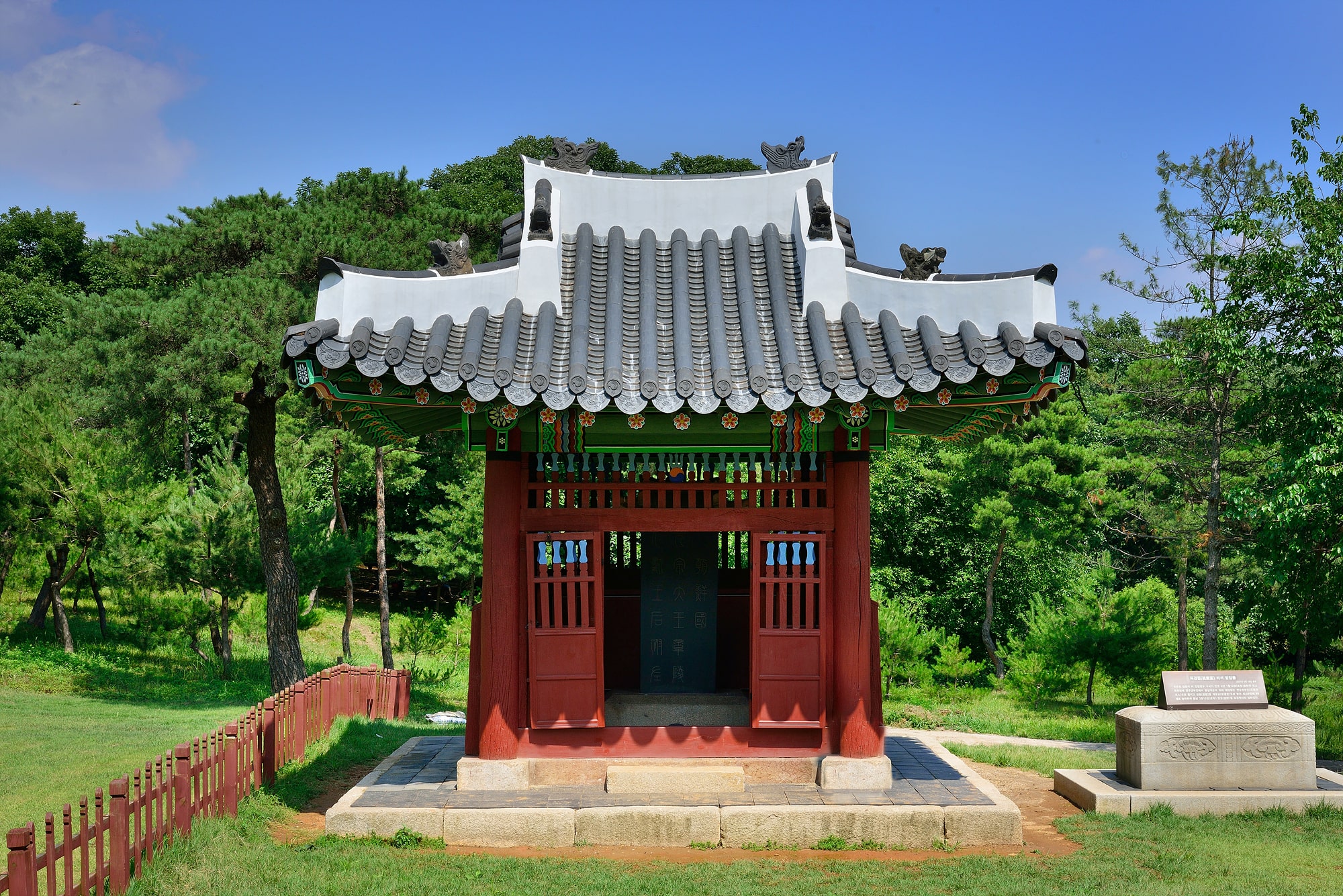
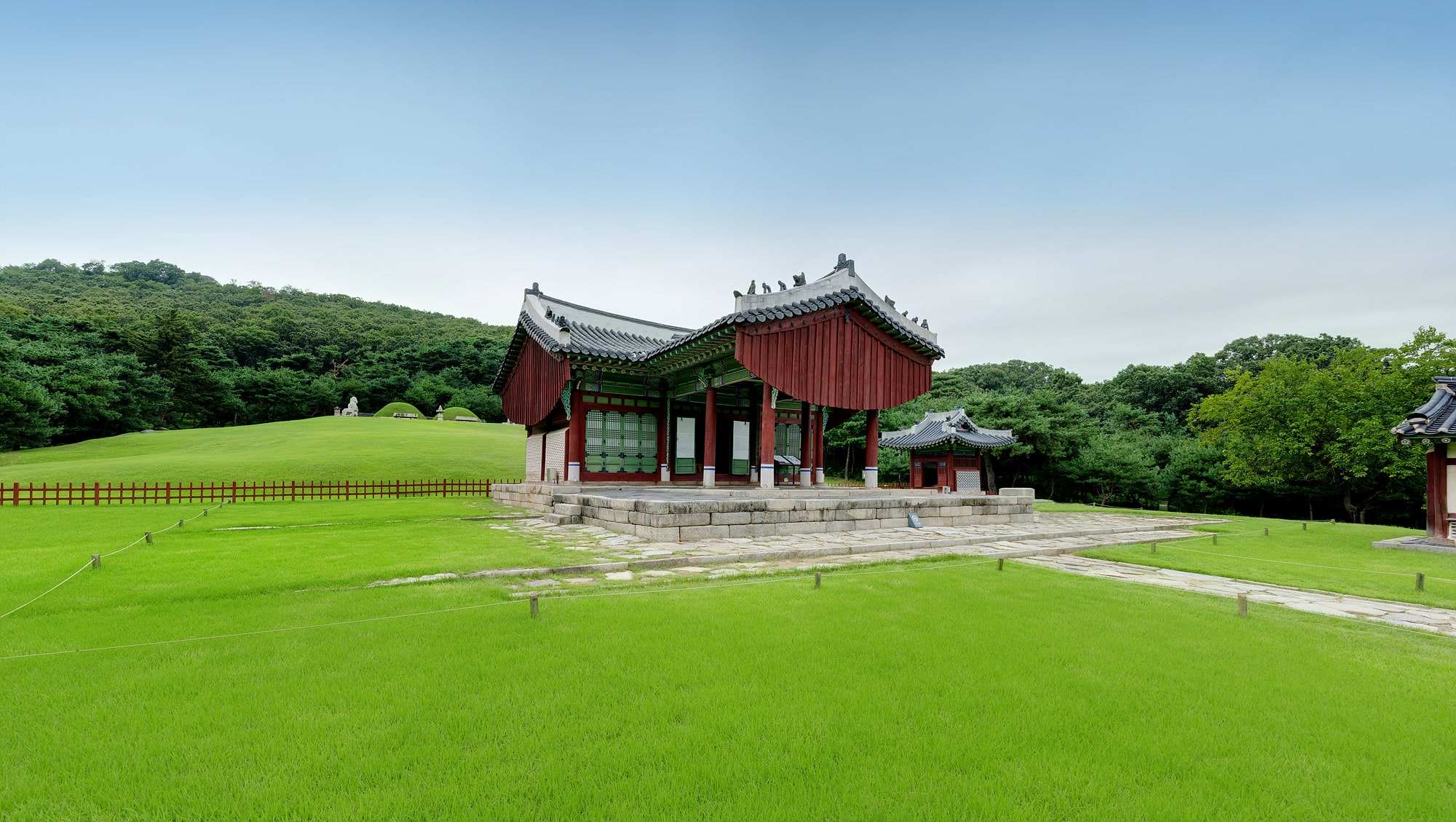
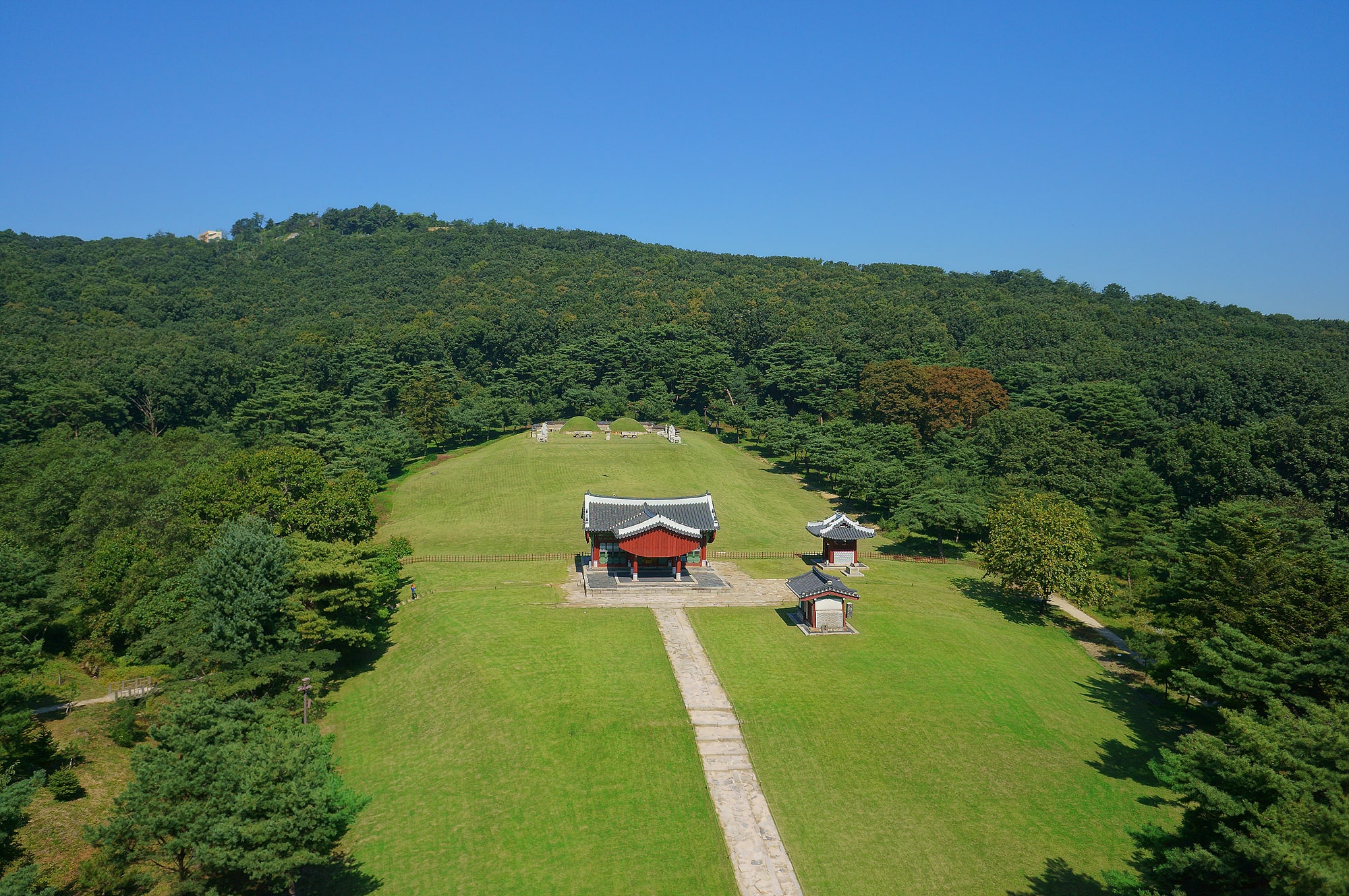
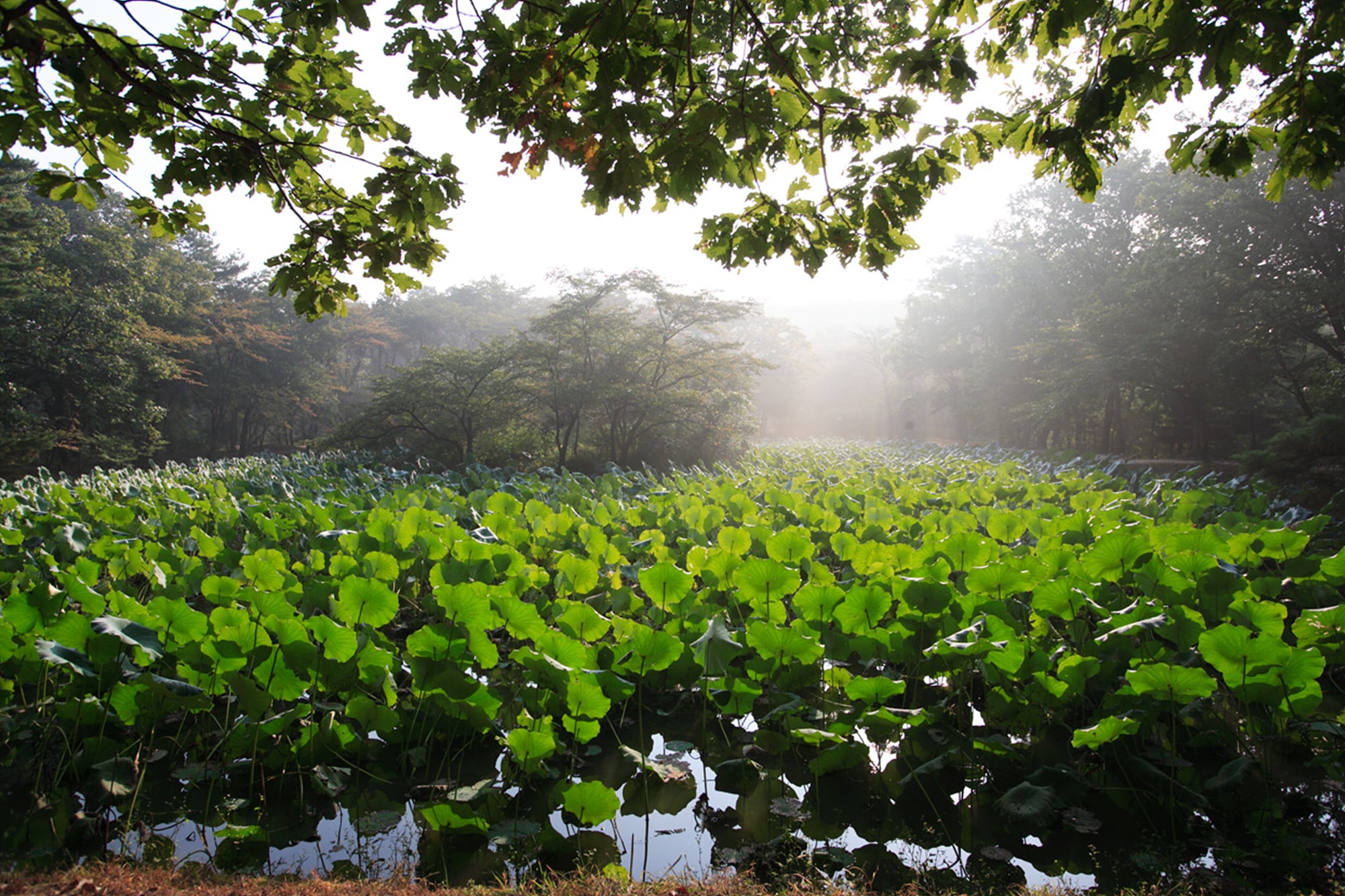
Jangneung Royal Tomb, Gimpo
Jangneung Royal Tomb (Royal Tomb of Honorary King Wonjong and Honorary Queen Inheon)
Honorary King Wonjong (1580-1619) was the third son of King Seonjo and one of his concubines, Inbin of the Kim clan, invested as Prince Jeongwongun in 1587, and honored as a Meritorious Subject of Hoseong (Hoseong Gongsin) for his devoted service as a royal escort in times of national crisis, most notably during the Japanese Invasion of 1592. He died in 1619 at the age of 40, and was posthumously invested as Grand Prince Jeongwon after the success of the coup of 1623, in which the King Gwanghaegun was ousted from power and replaced by his first son, Prince Neungyanggun, who thus became King Injo.

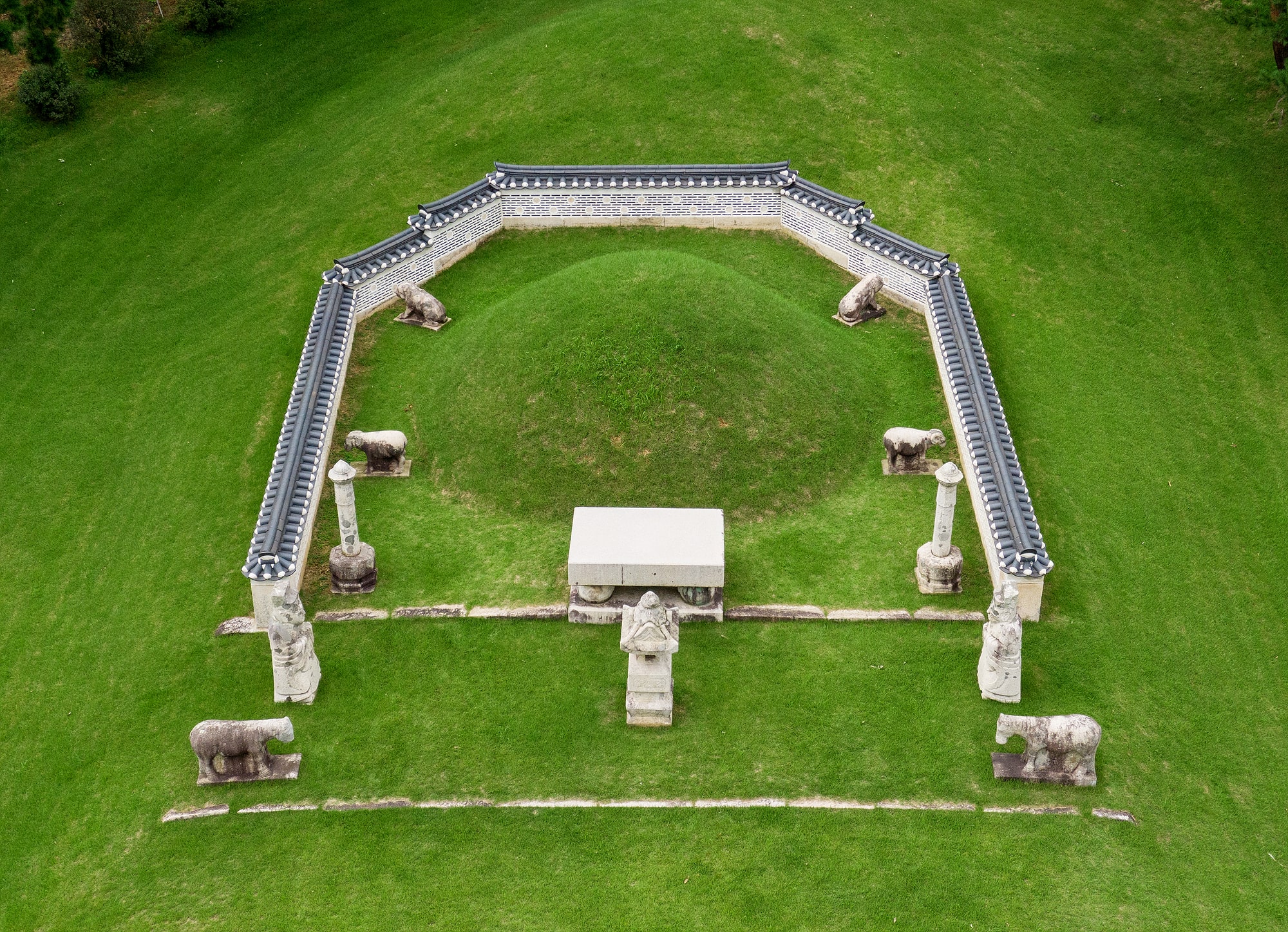
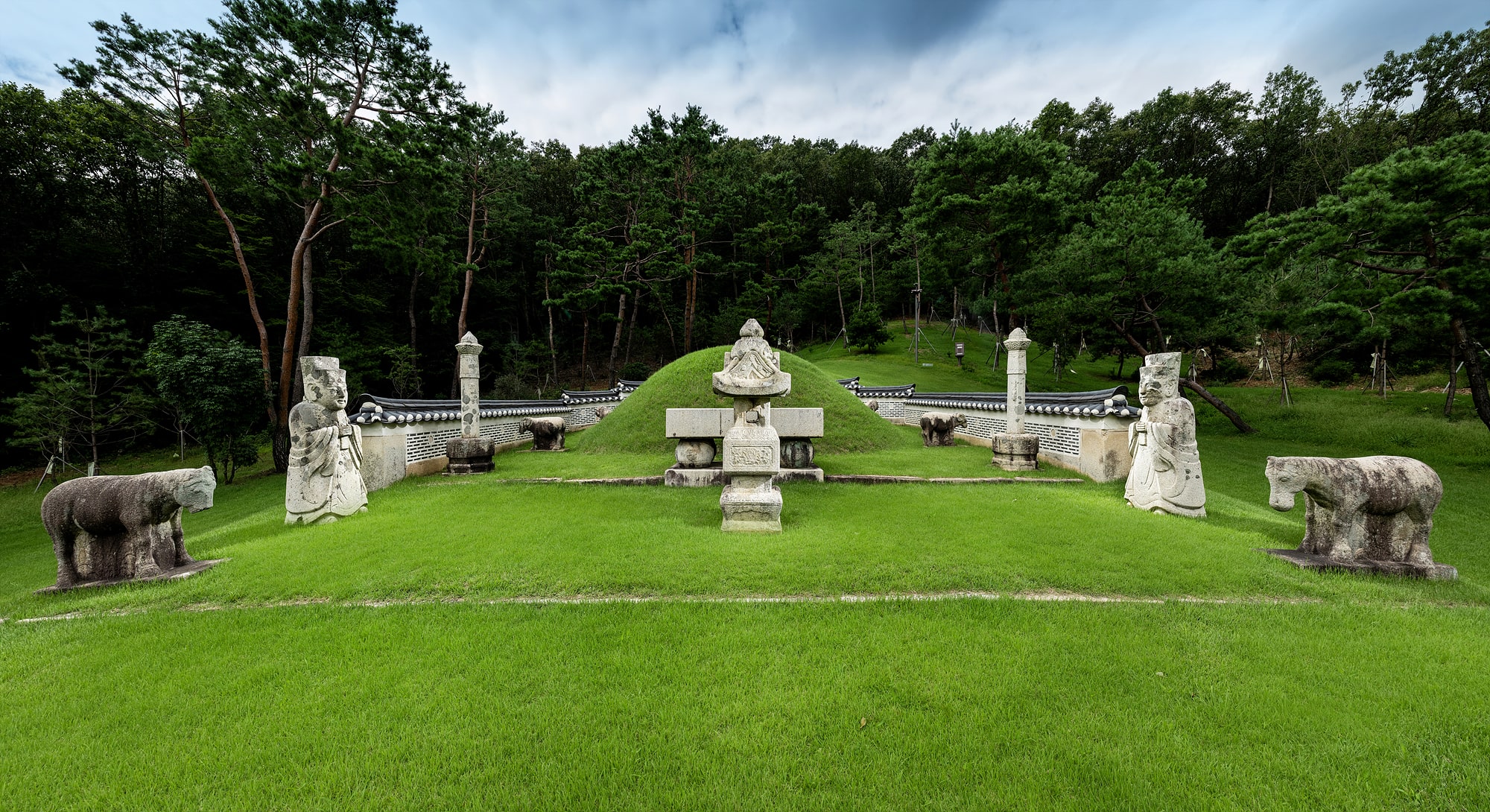
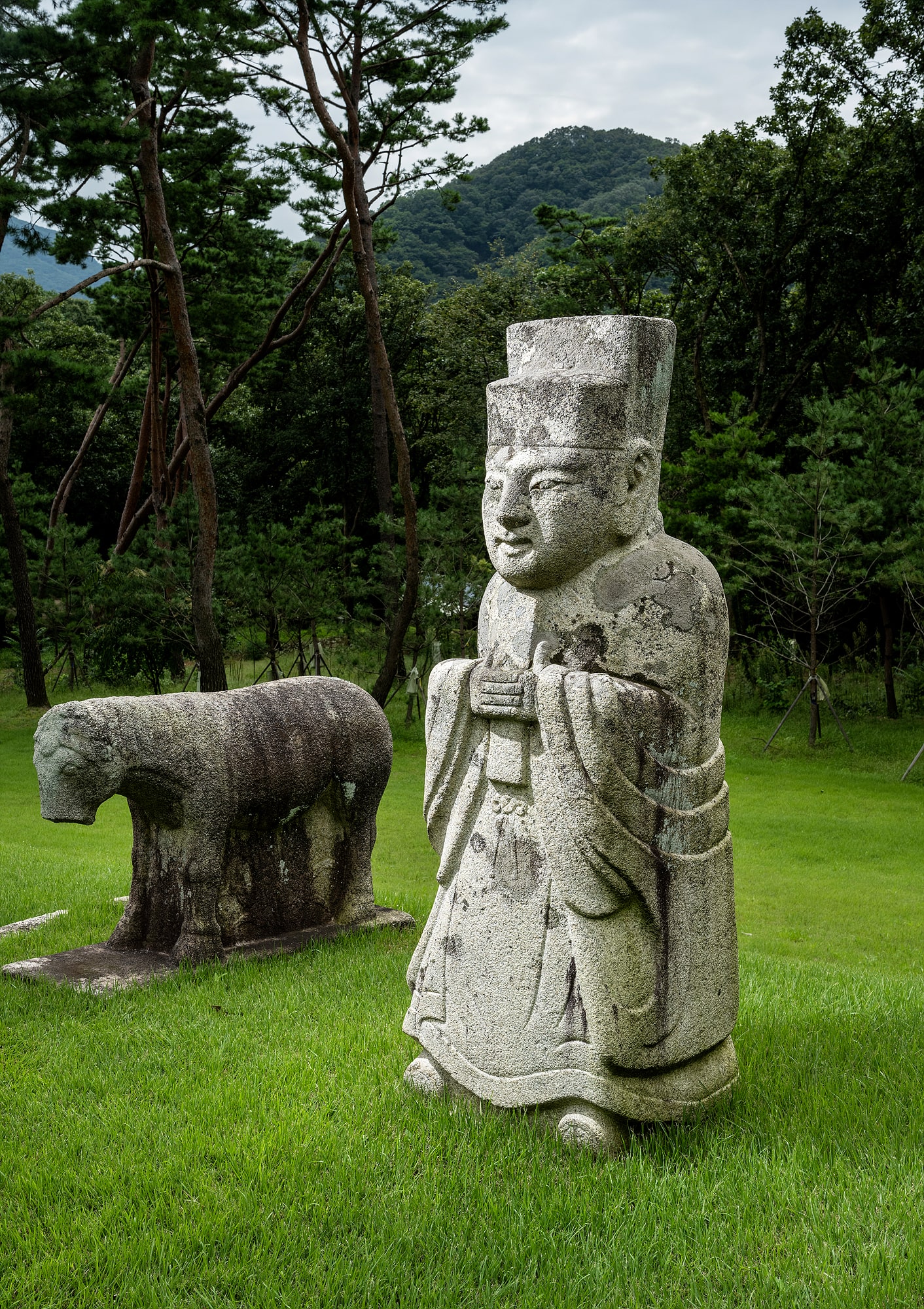
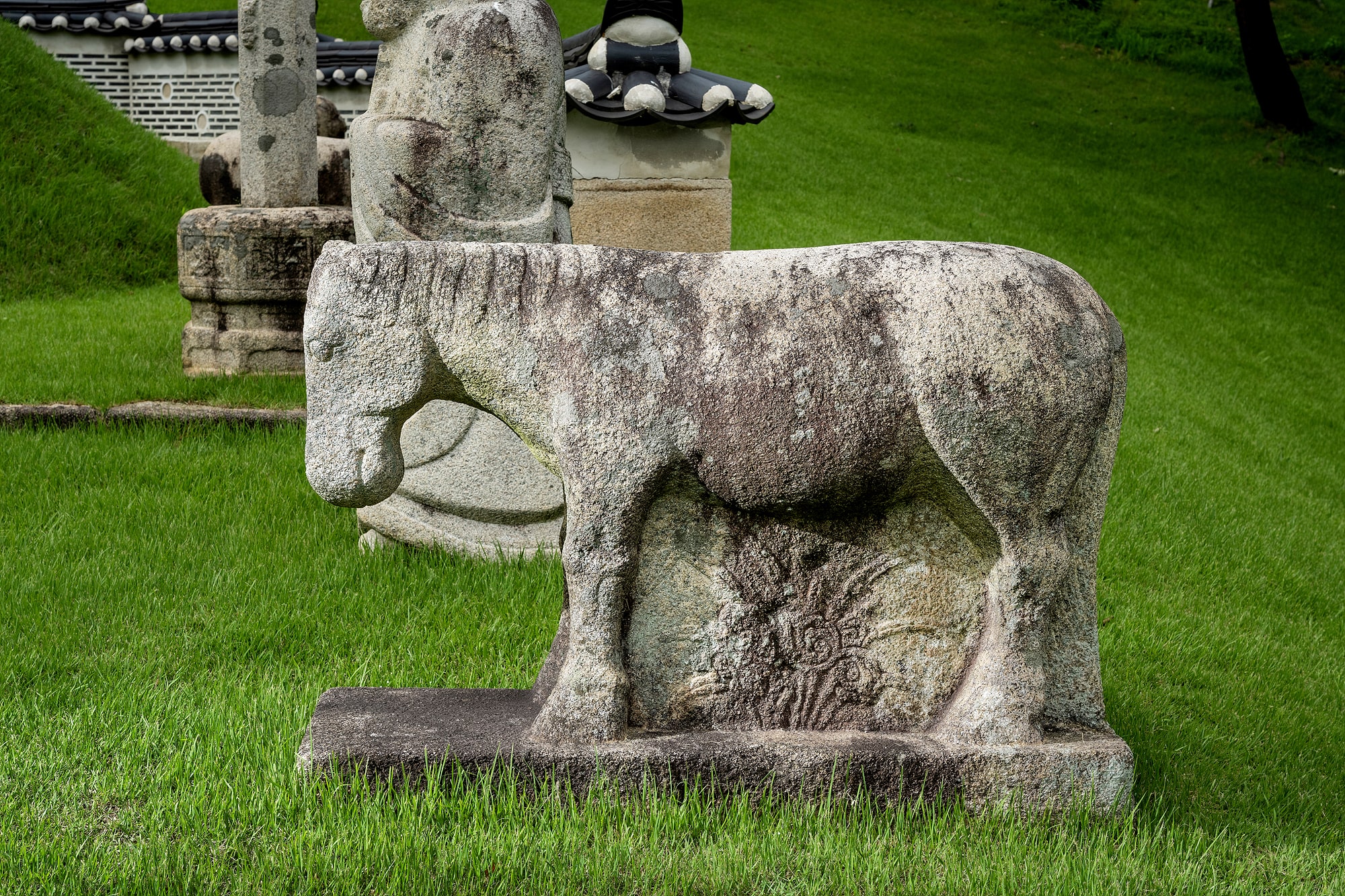
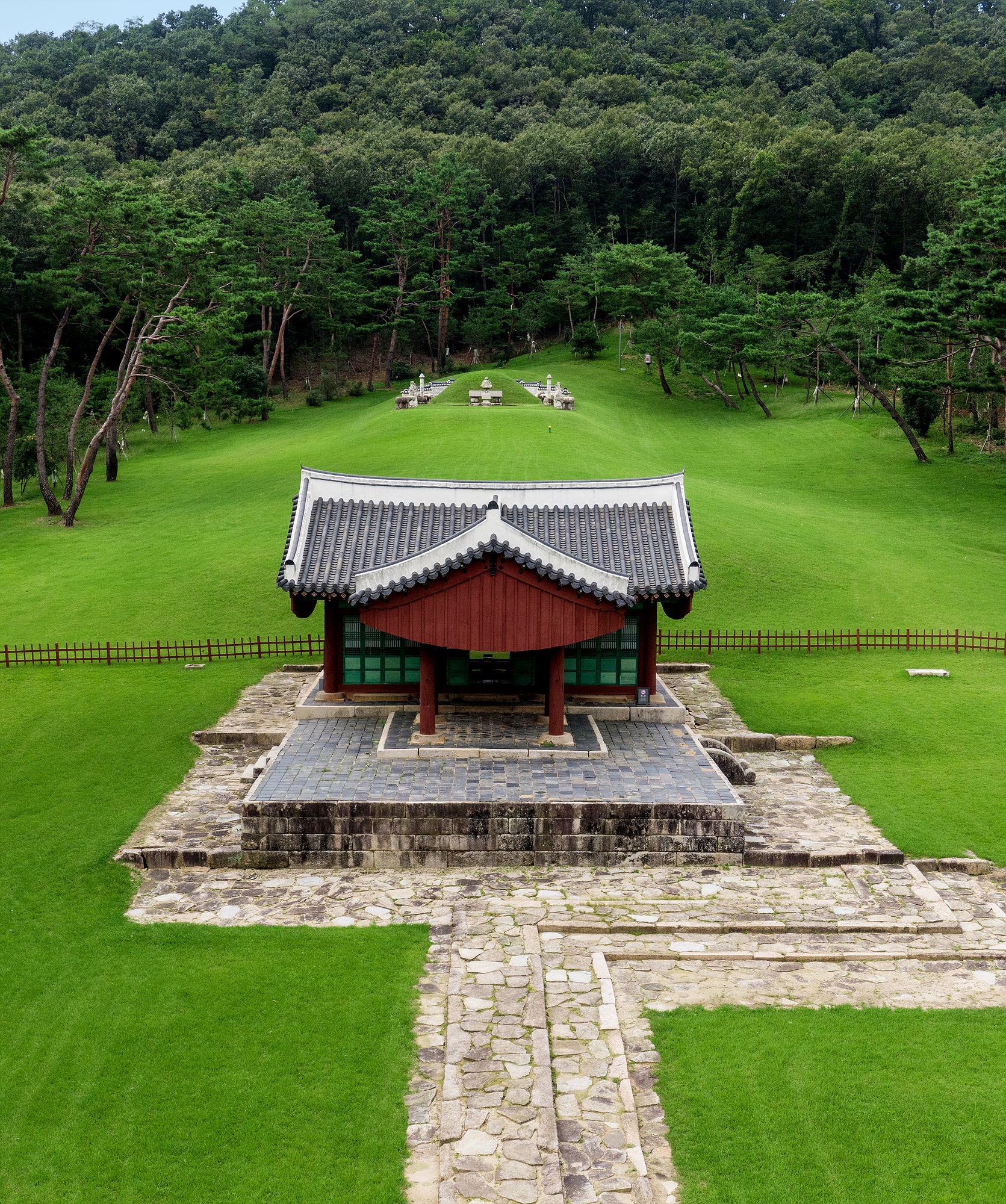
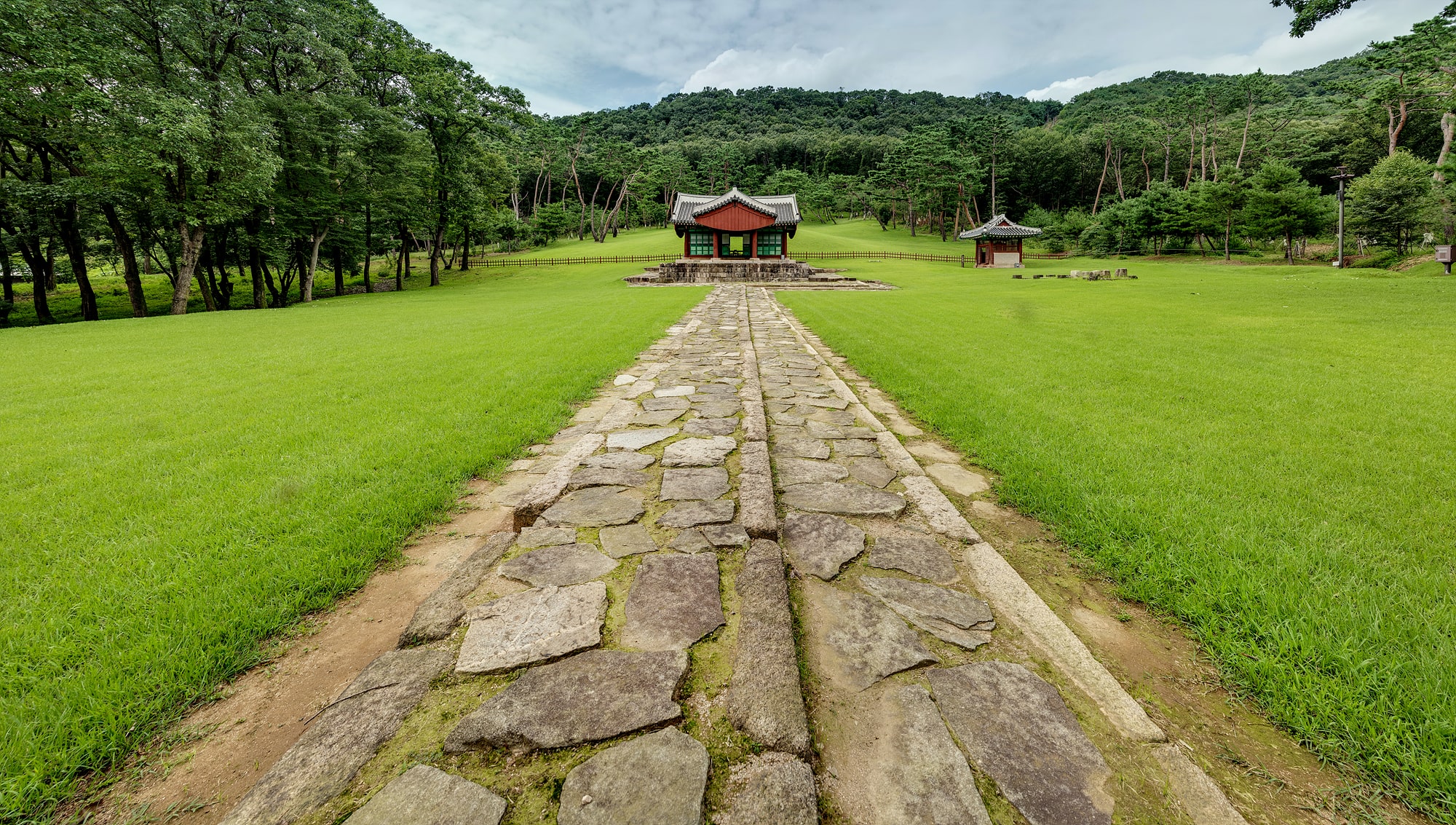
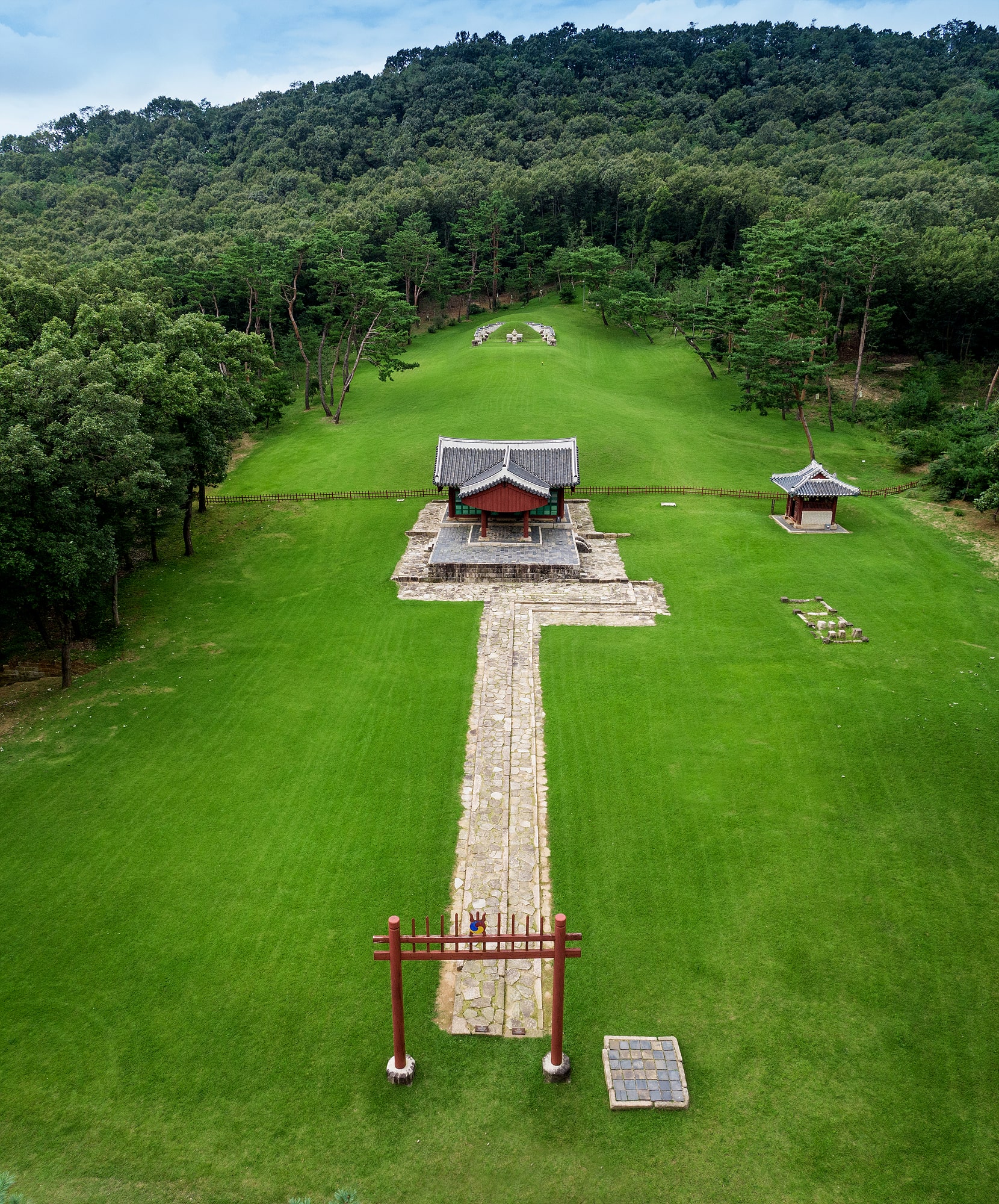
Olleung Royal Tomb, Yangju
Olleung Royal Tomb (Royal Tomb of Queen Dangyeong, the First Consort of King Jungjong, the 11th Ruler of Joseon)
Queen Dangyeong of the Sin clan (1487-1557), a daughter of Sin Su-geun, married Prince Jinseong (later King Jungjong) in 1499, and was invested as the queen consort after her husband seized the throne through the coup of 1506 (Jungjong banjeong). She was, however, deposed from the queenship just seven days after her investiture after it was claimed that her father had opposed the coup. There was a movement to reinstate her to her former status after the death of King Jungjong's second consort, Queen Janggyeong, in 1515, but it came to naught.

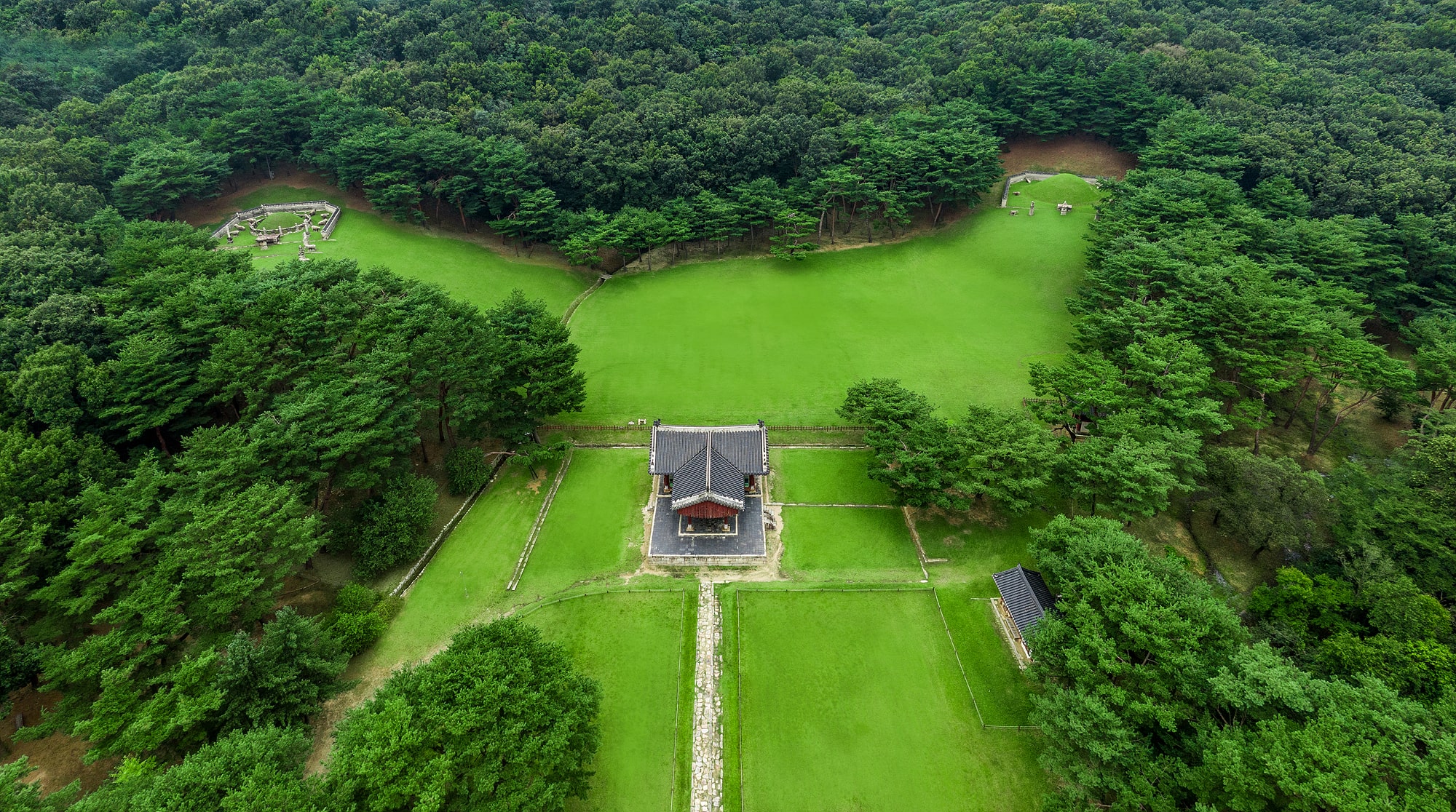
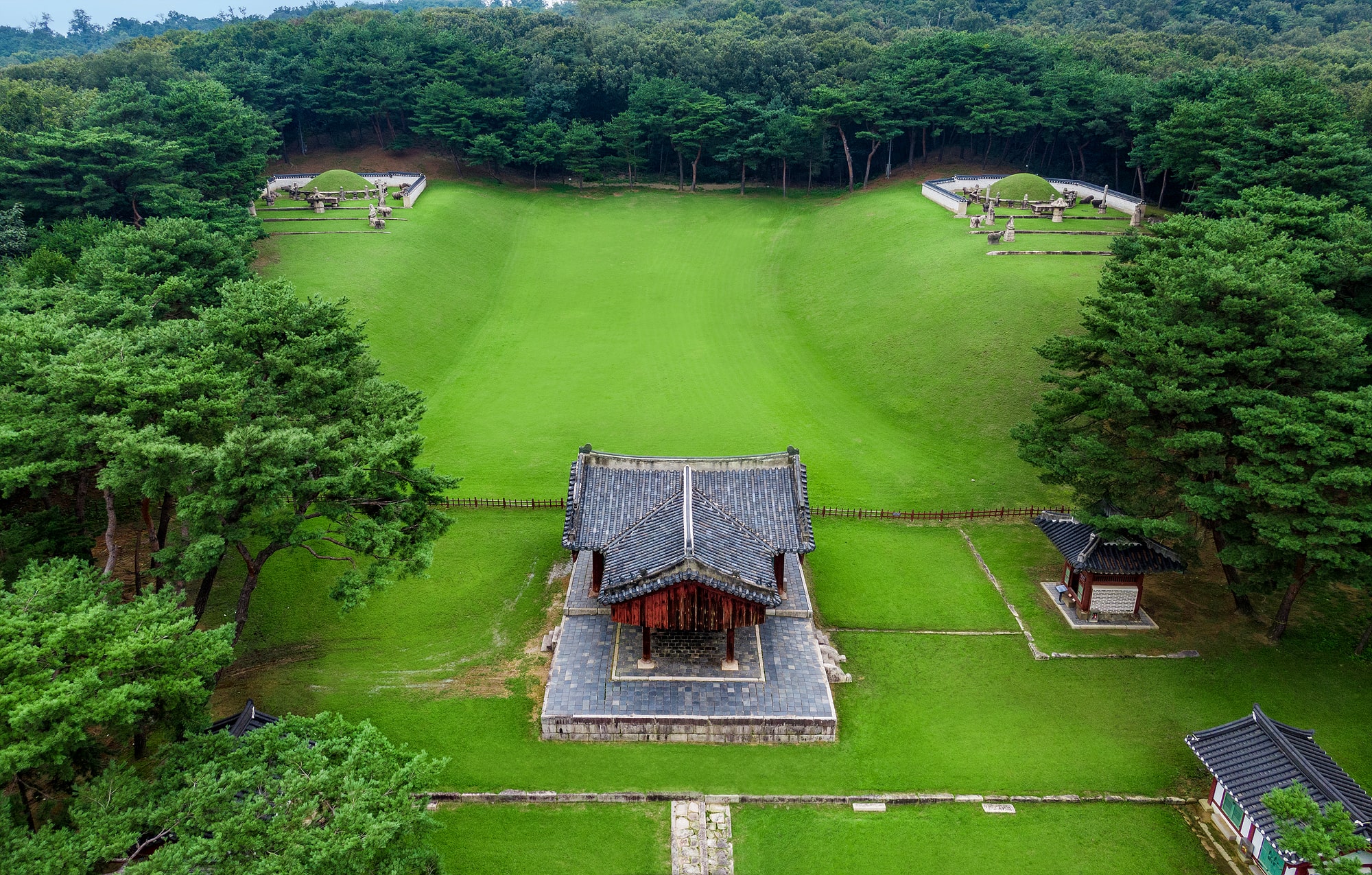
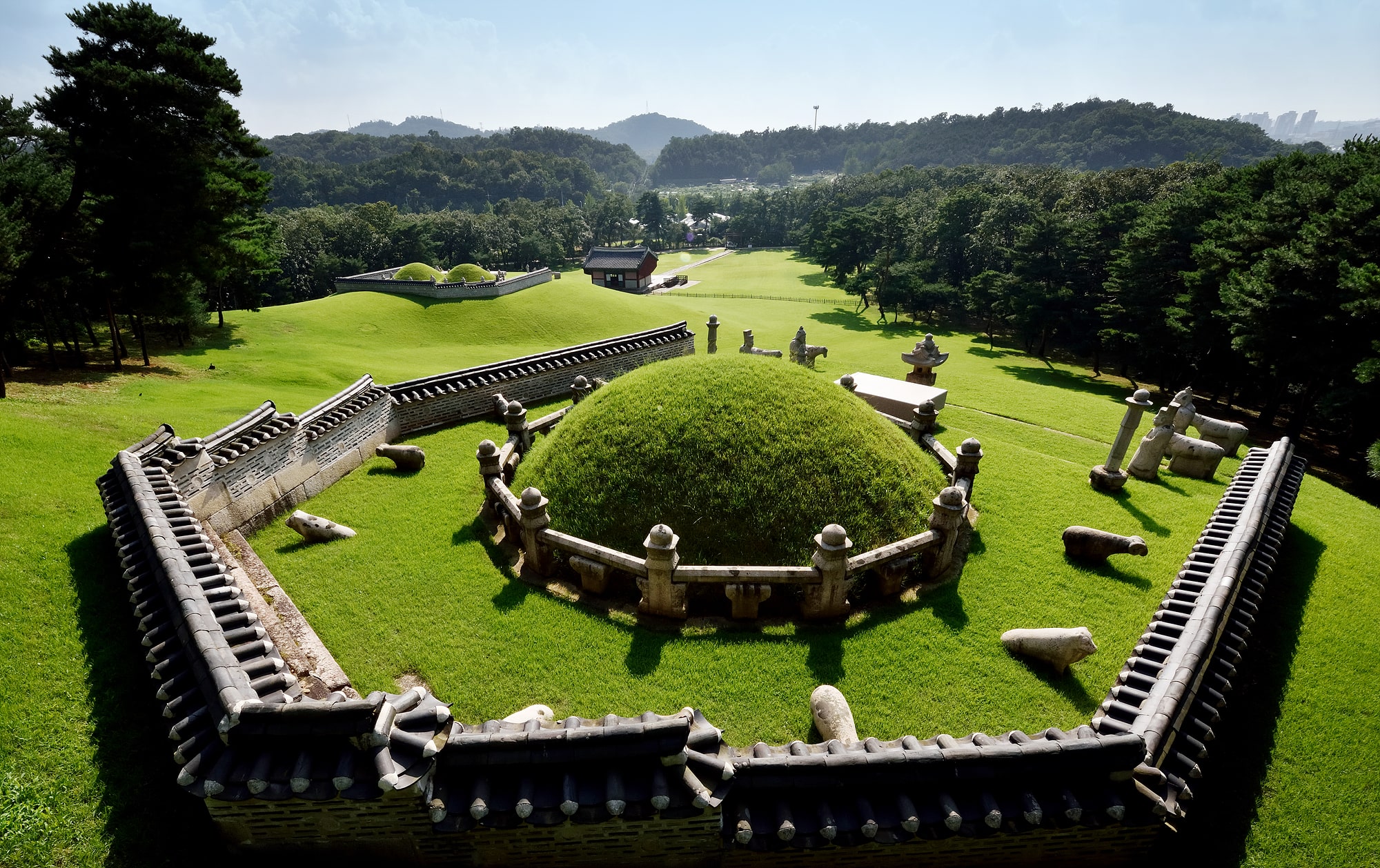
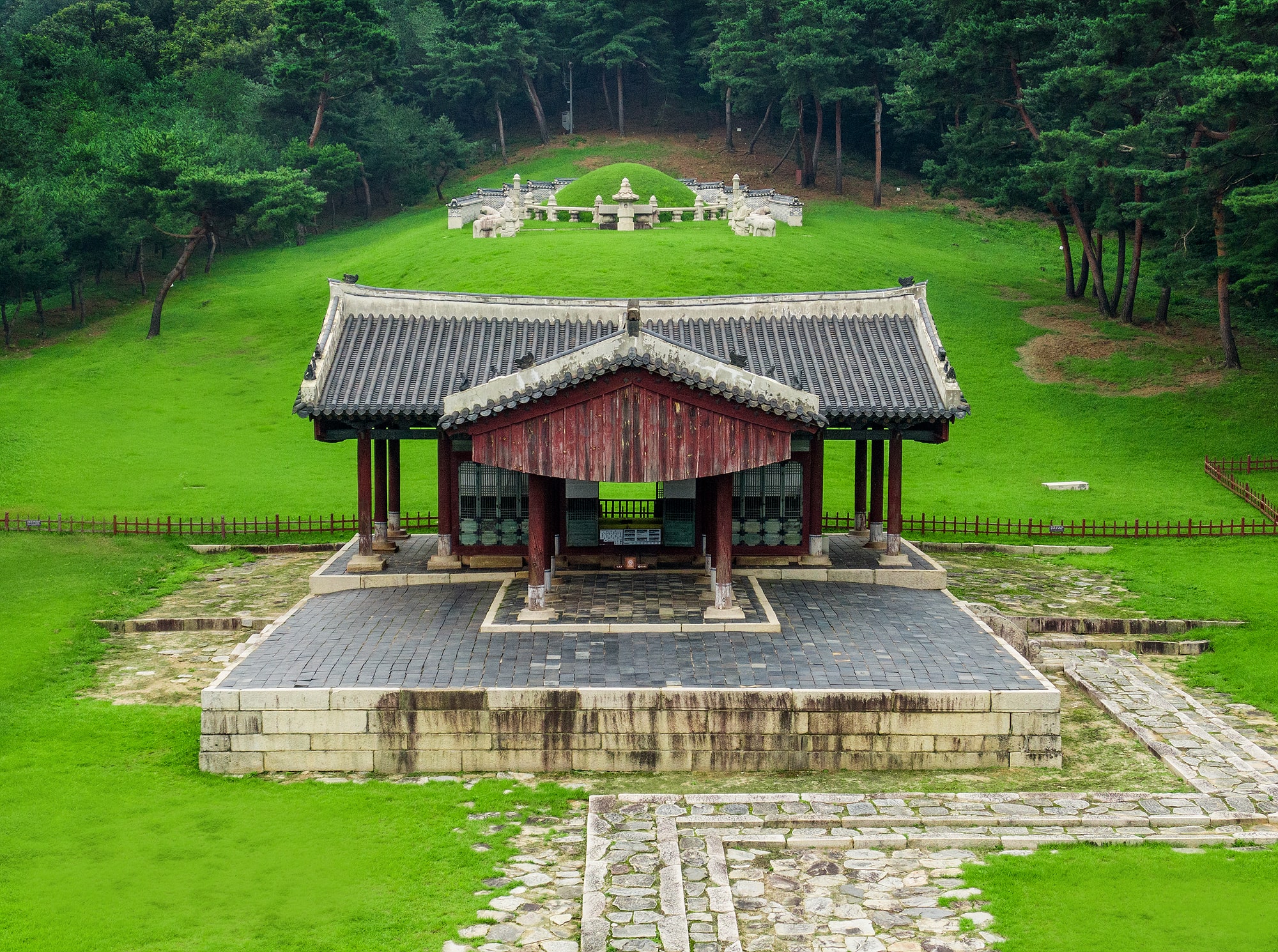
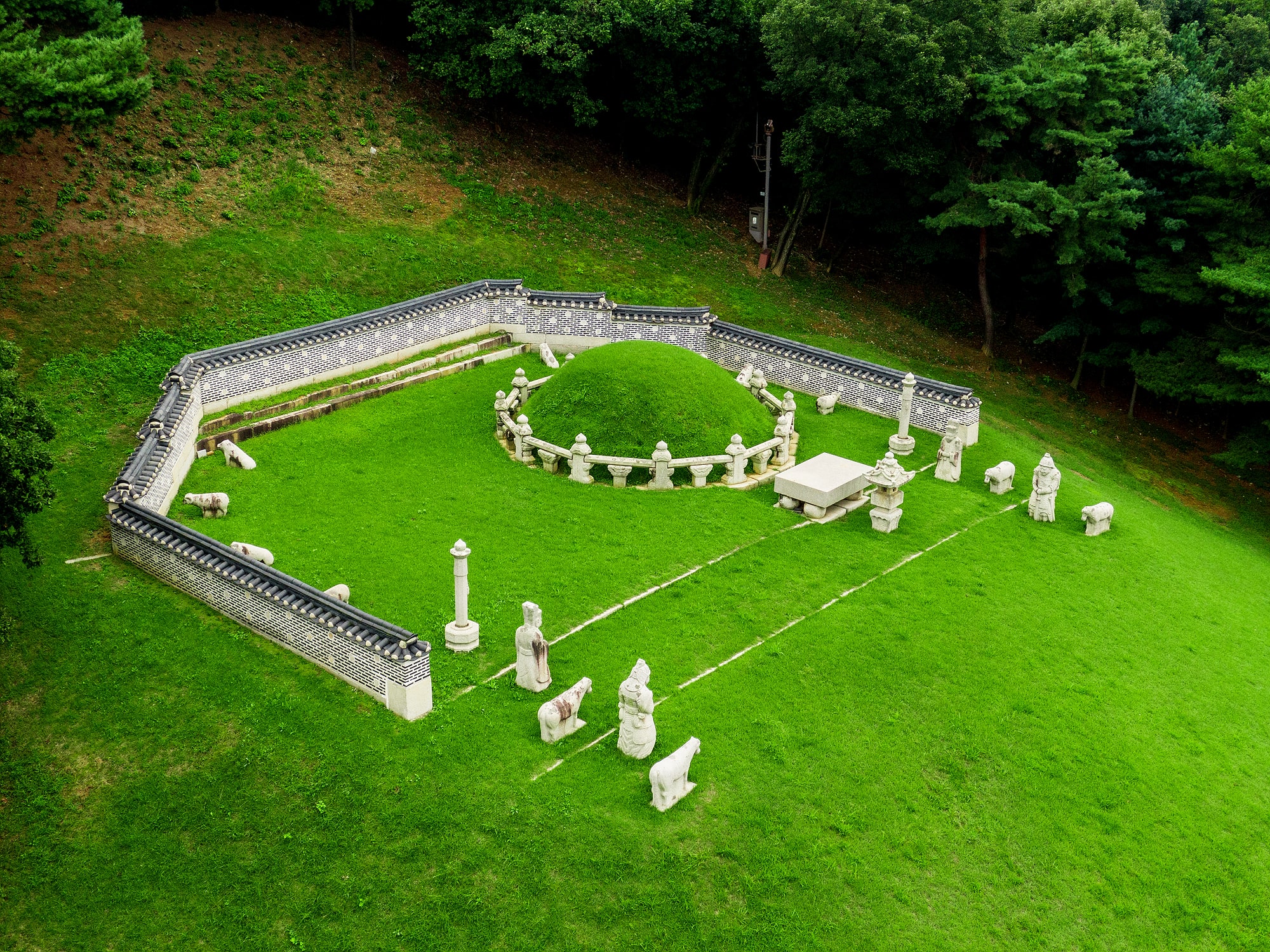
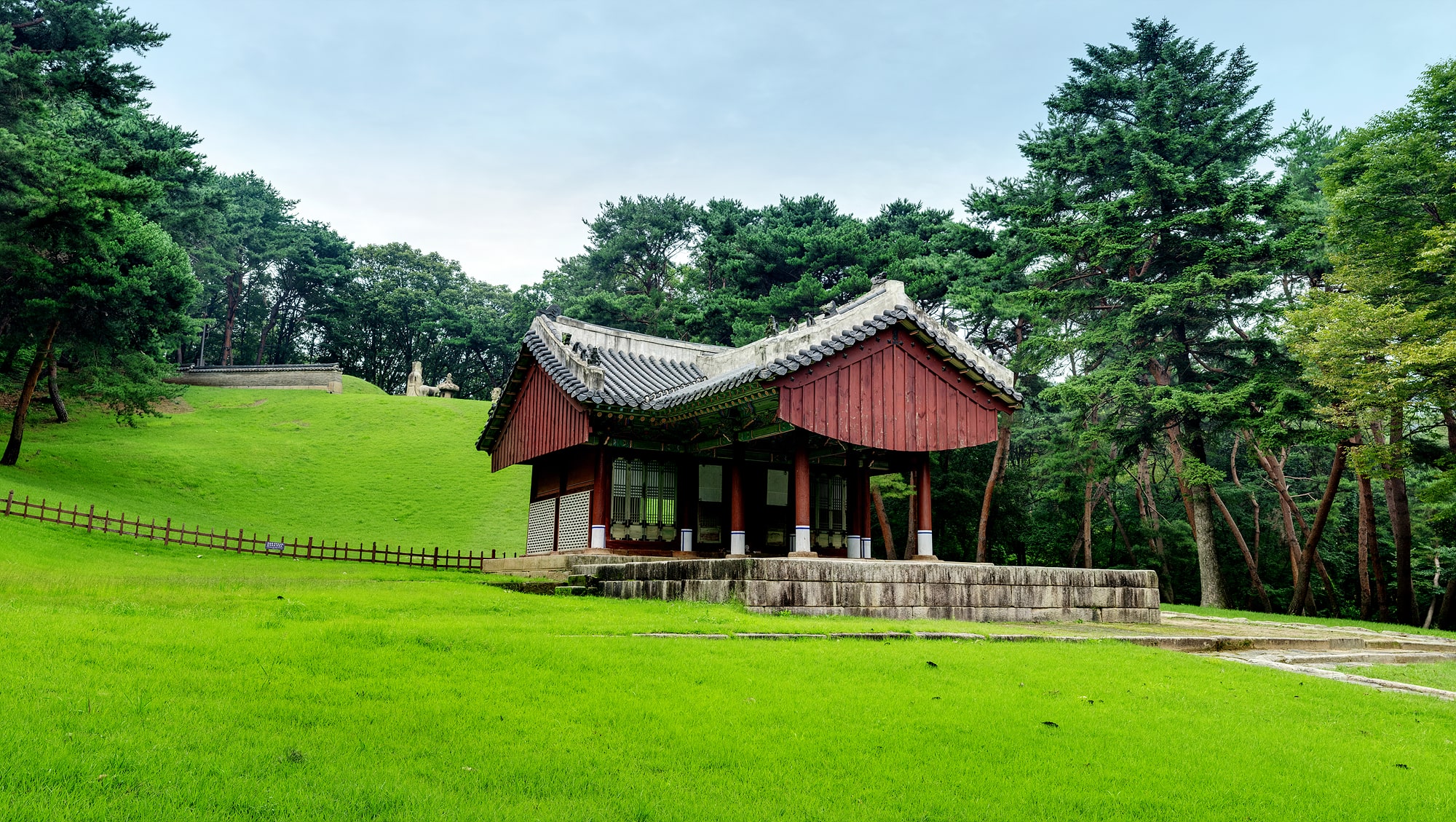
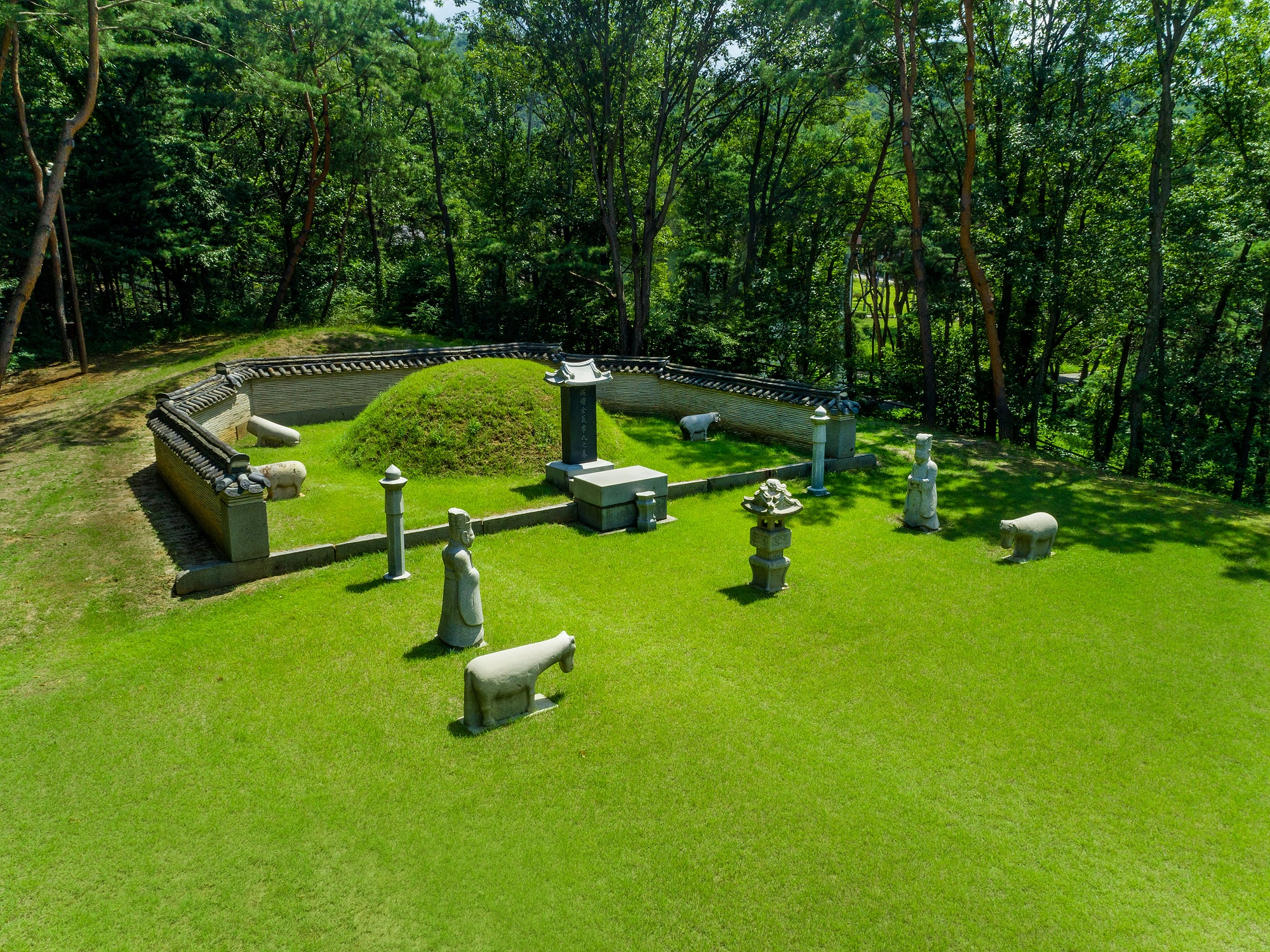
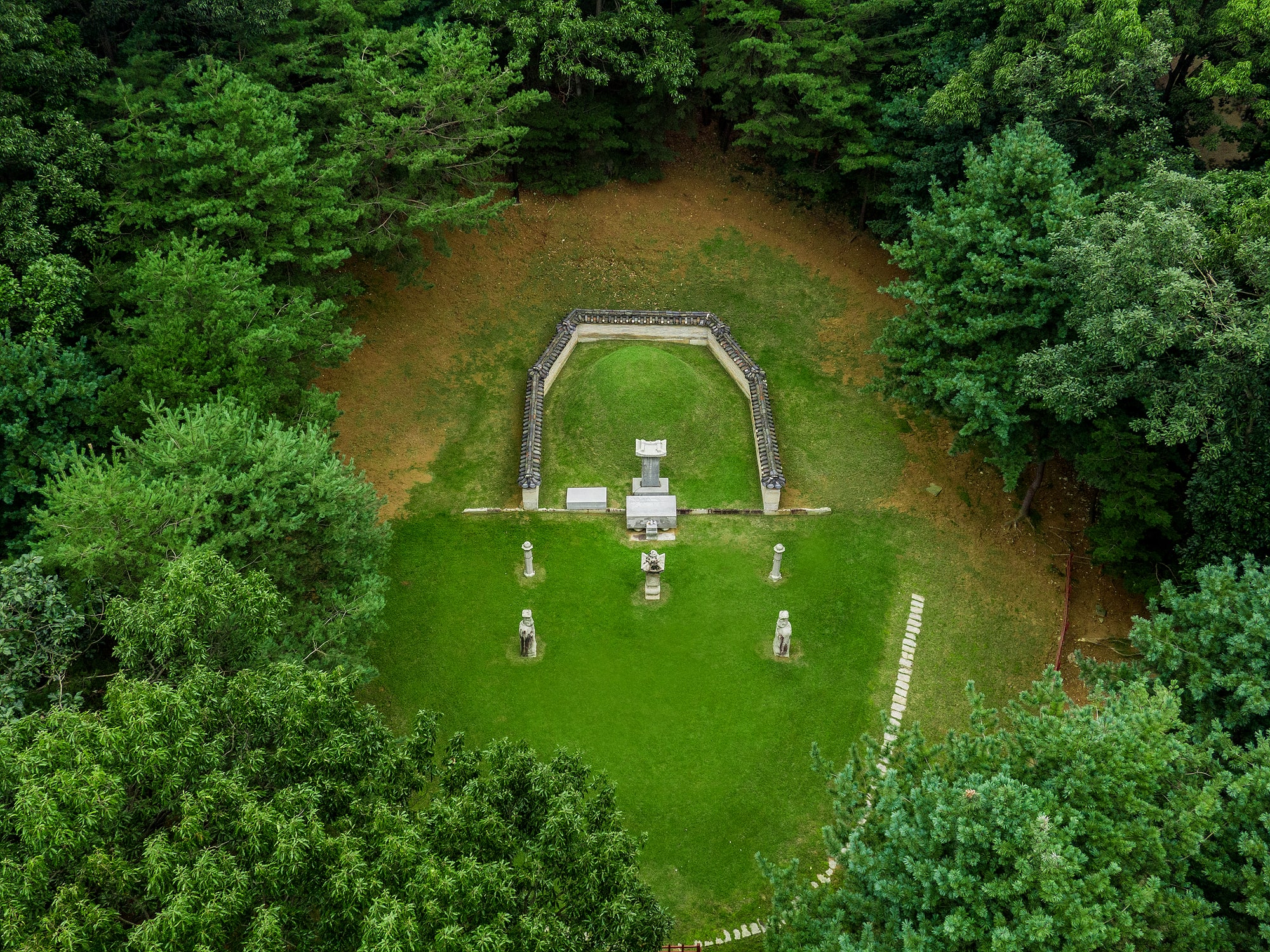
West Five Royal Tombs, Goyang
Olleung Royal Tomb (Royal Tomb of Queen Dangyeong, the First Consort of King Jungjong, the 11th Ruler of Joseon)
West Five Royal Tombs (Seooreung), refers to the second largest complex of royal tombs of Joseon after the East Nine Royal Tombs in Guri.

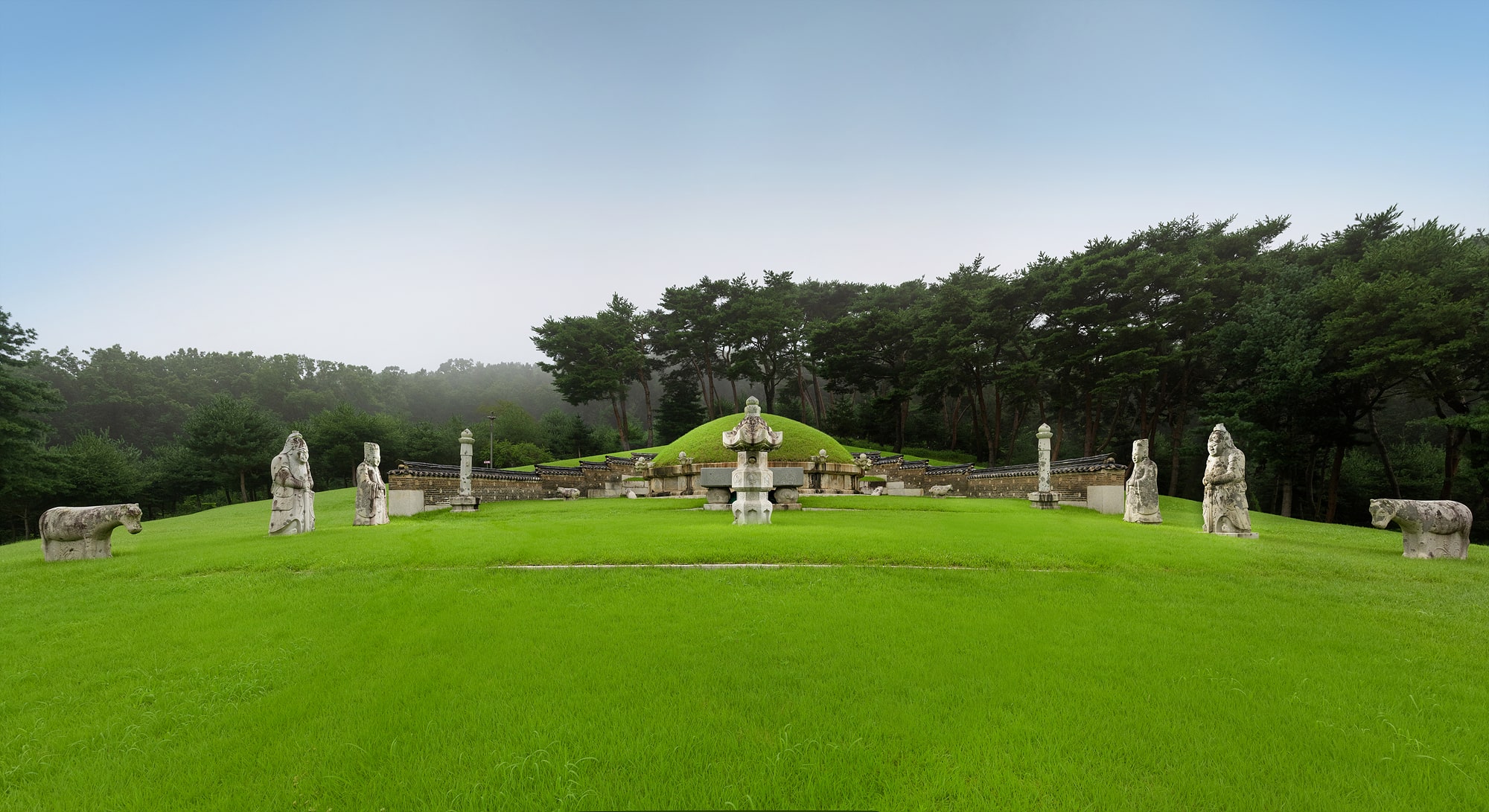
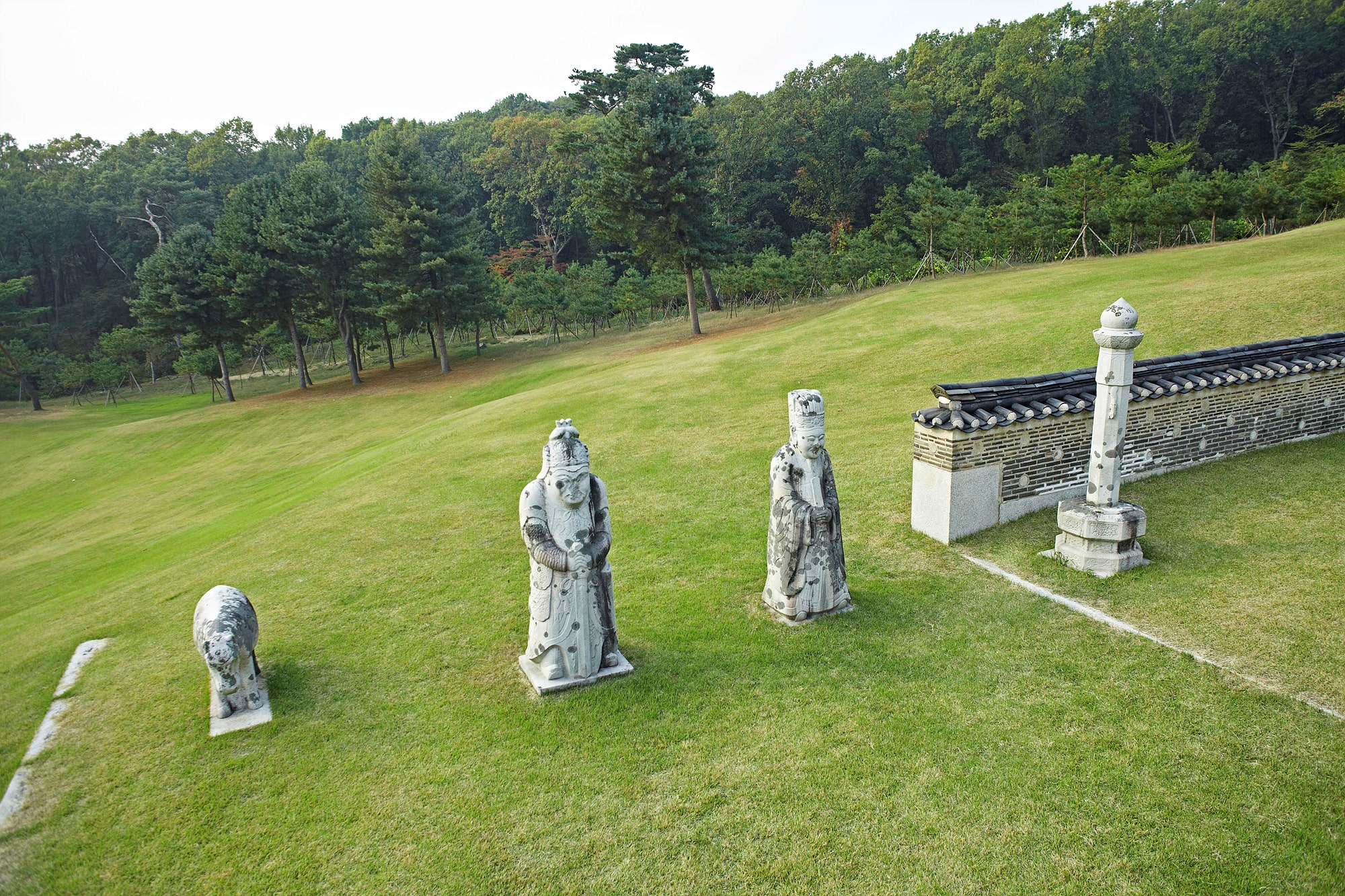
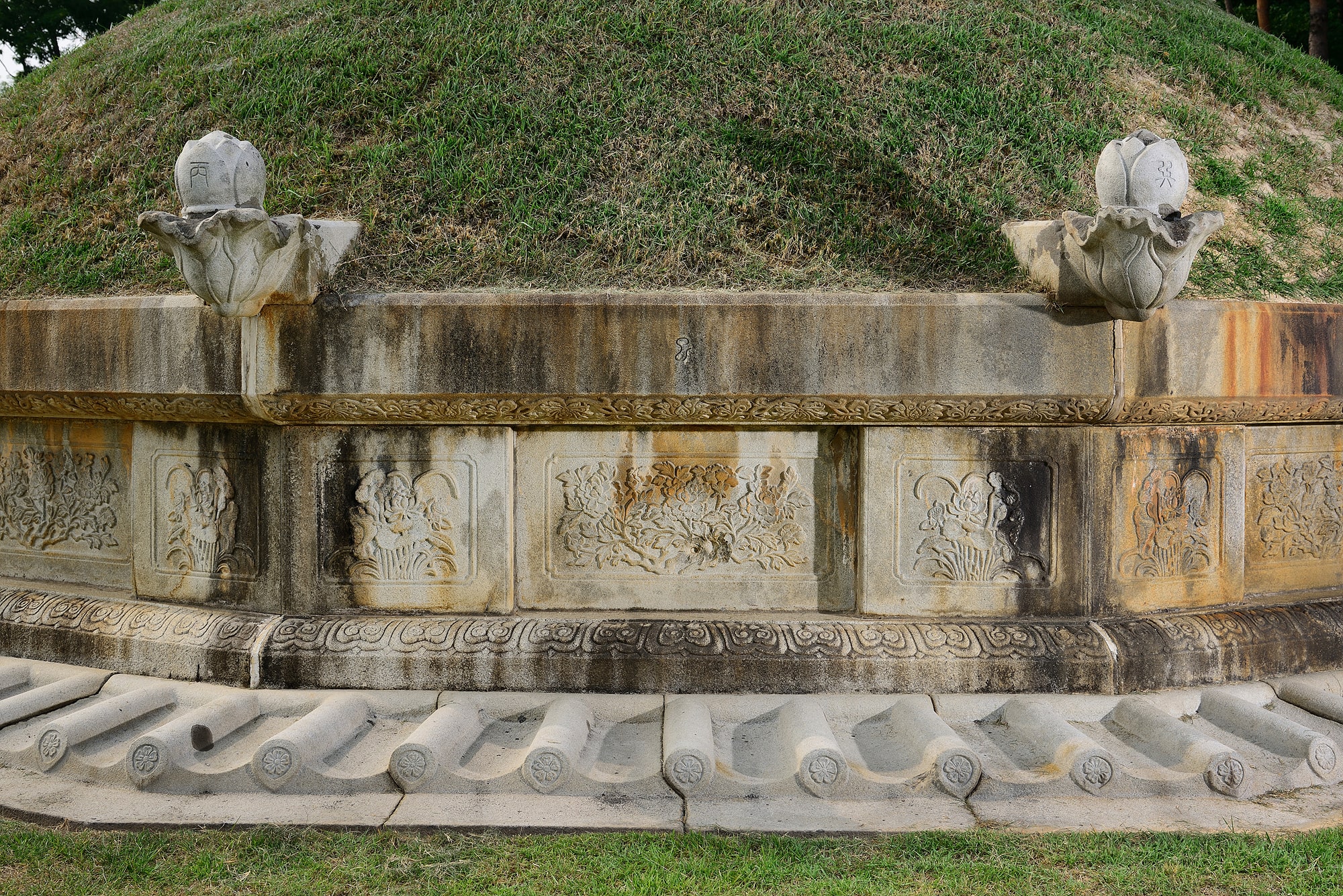
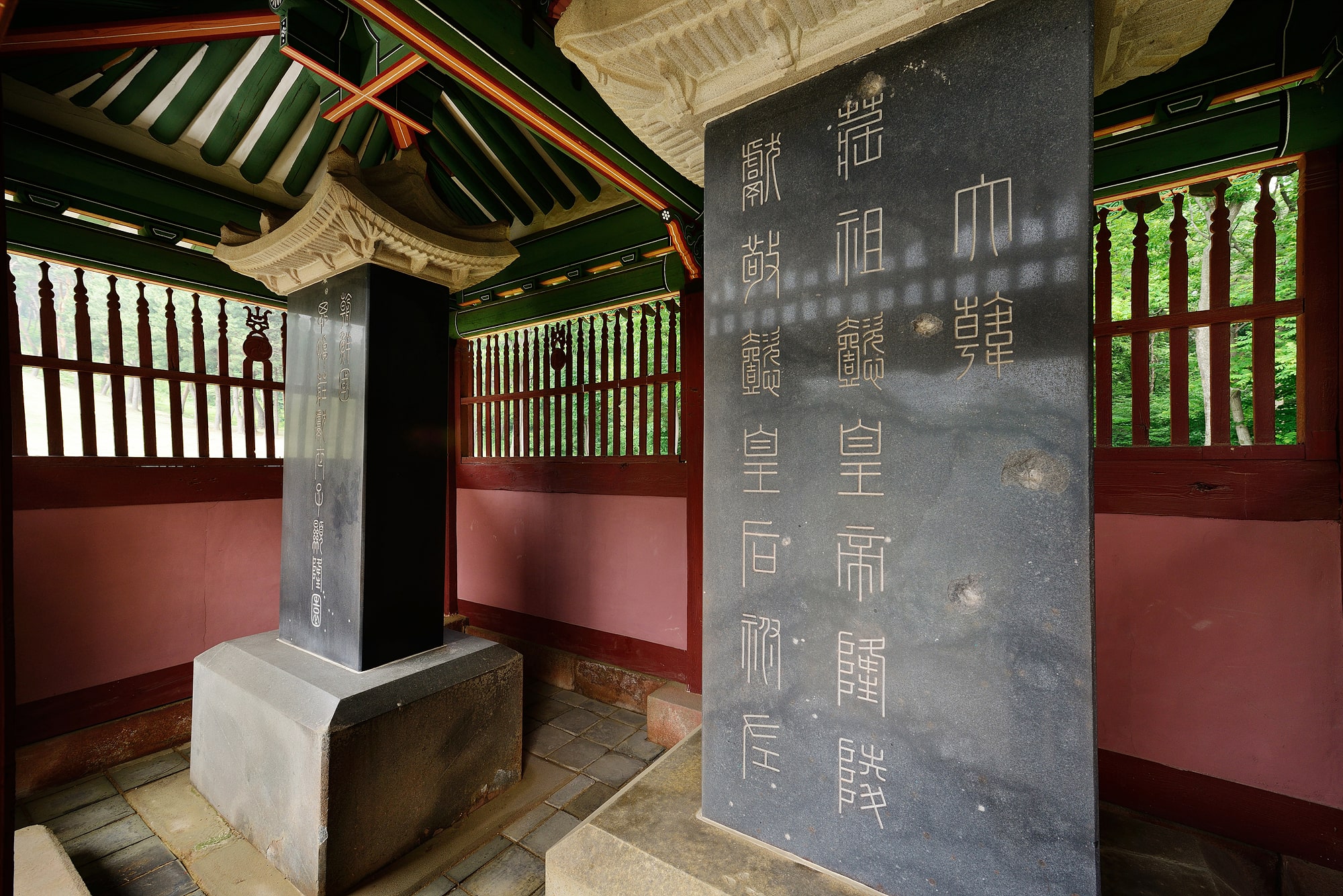
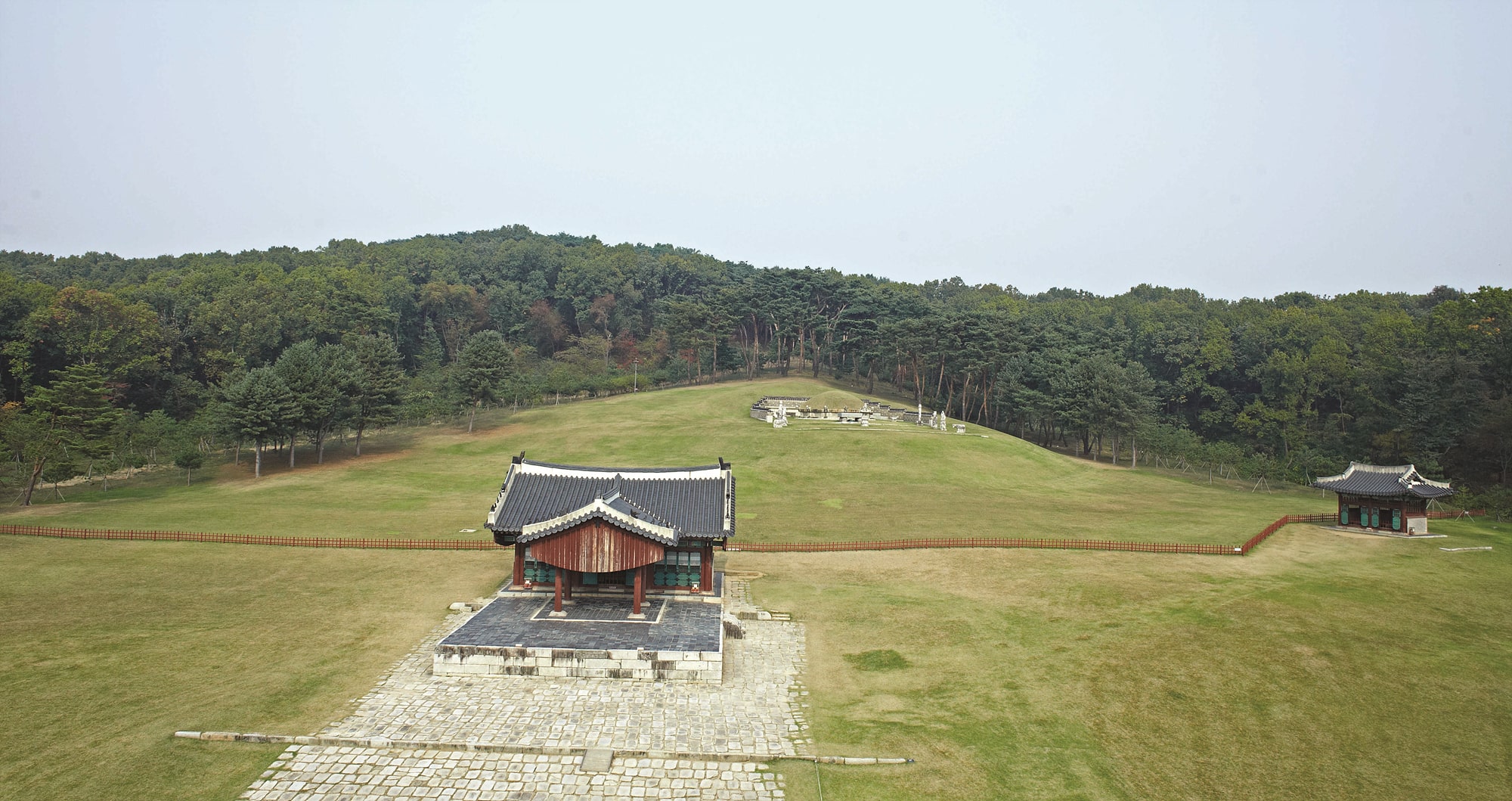
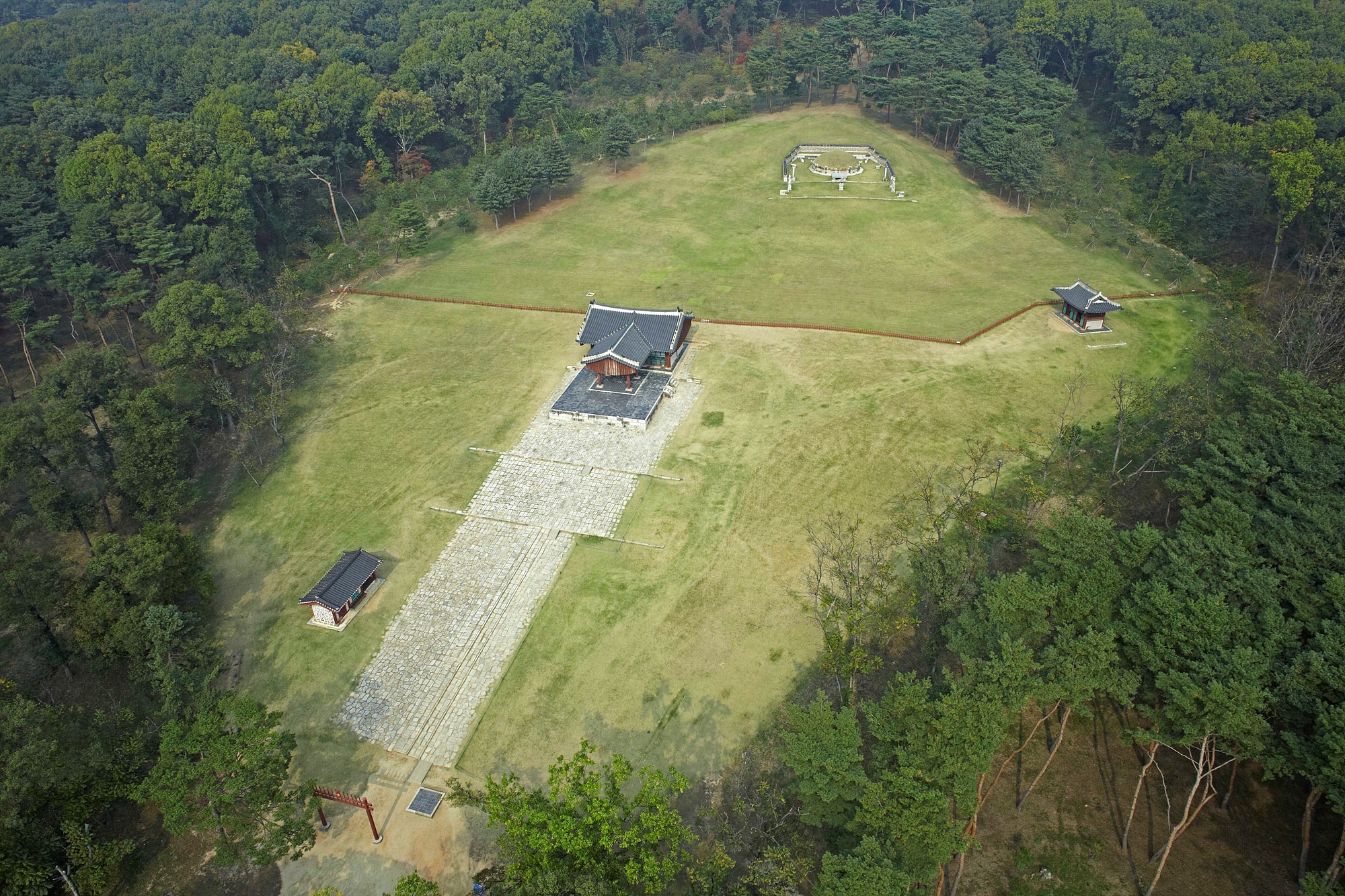
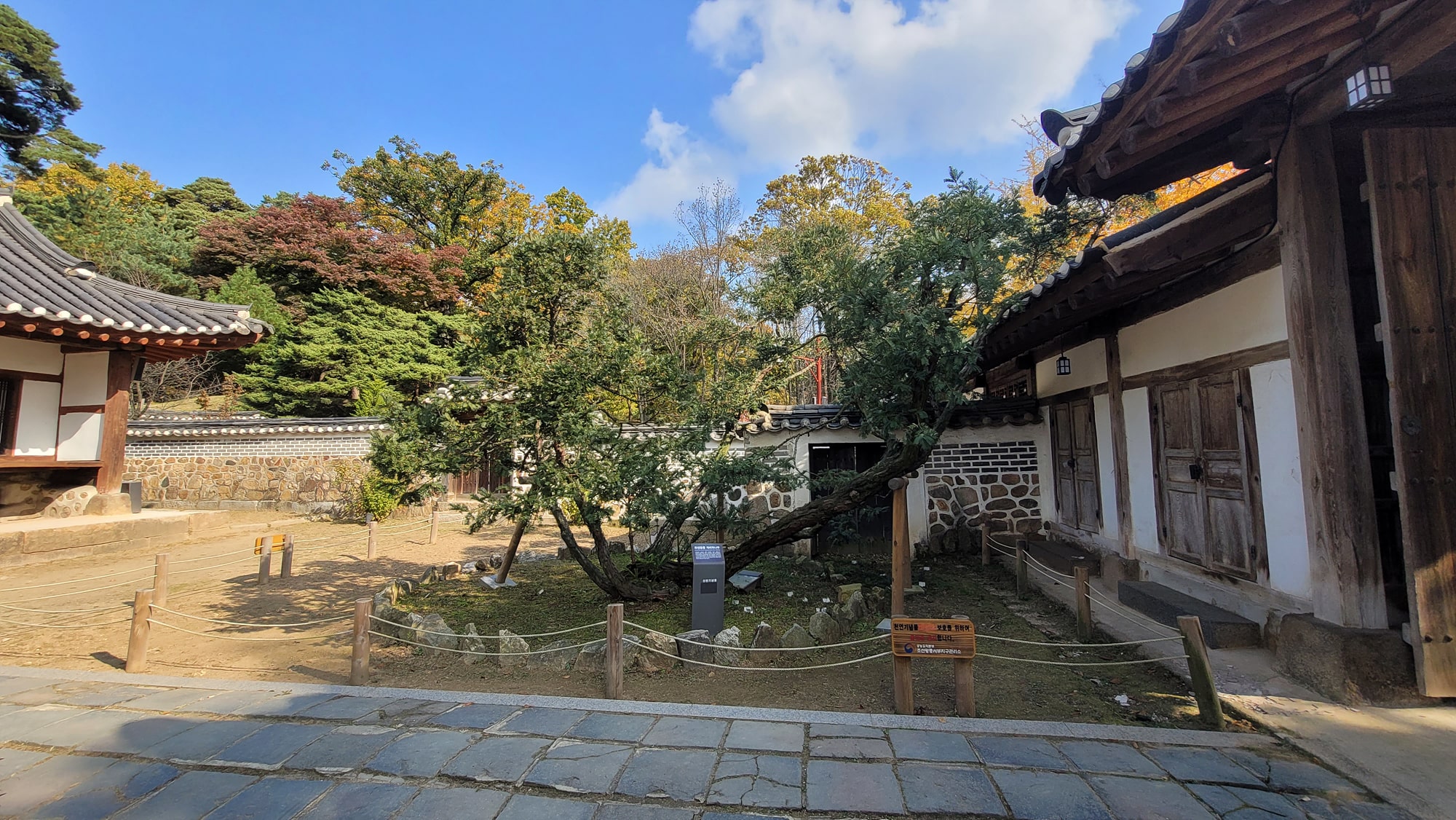
Yungneung and Geolleung Royal Tombs, Hwaseong
Yungneung Royal Tomb (Royal Tomb of Honorary Emperor Jangjo and Honorary Empress Heongyeong)
Honorary Emperor Jangjo (1735-1762) was a son of King Yeongjo and one of his concubines, Yeongbin of the Yi clan, invested as the crown prince one year after his birth, and given an opportunity to serve as regent in 1749 when he was just 15 years old.

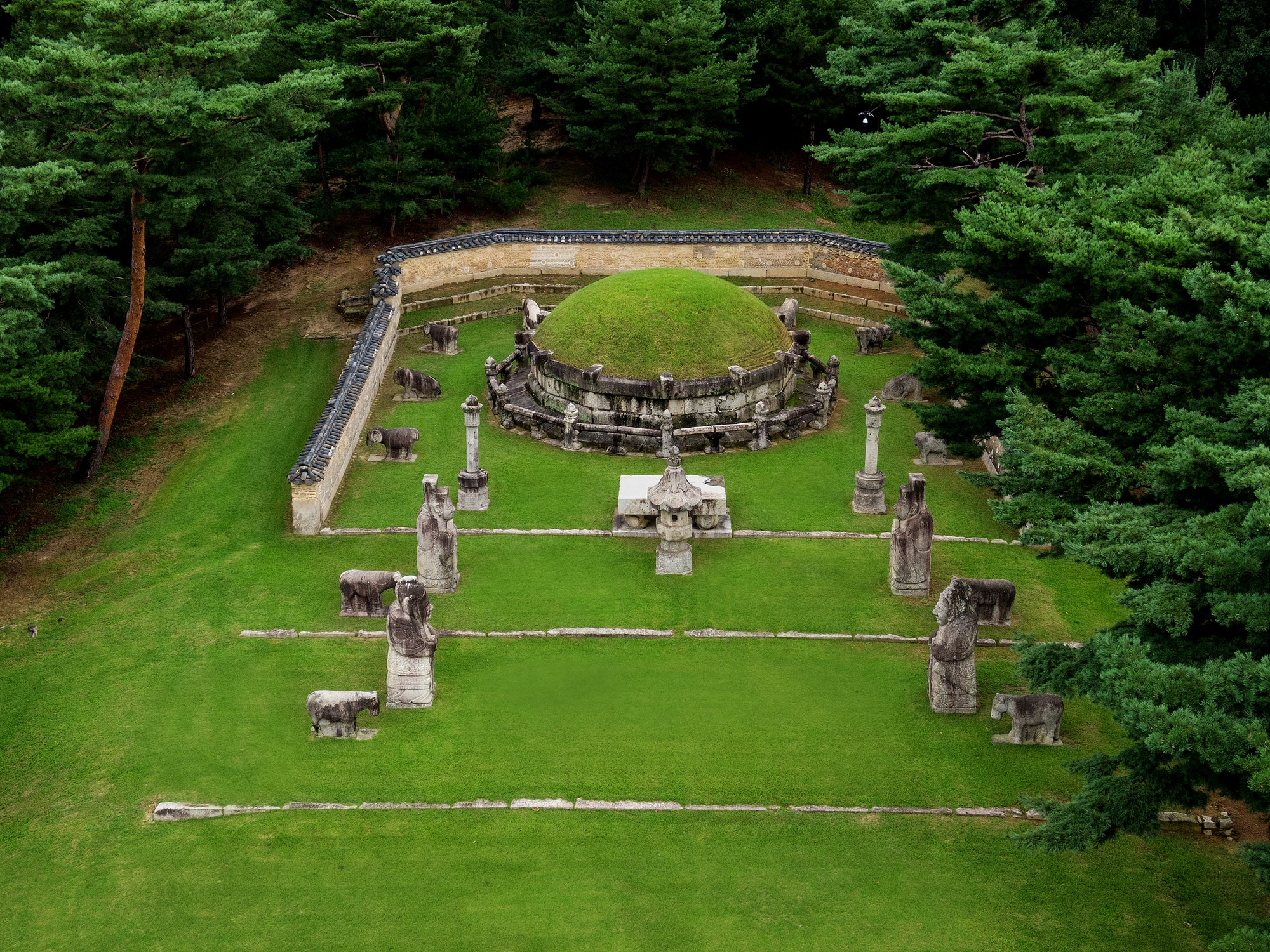
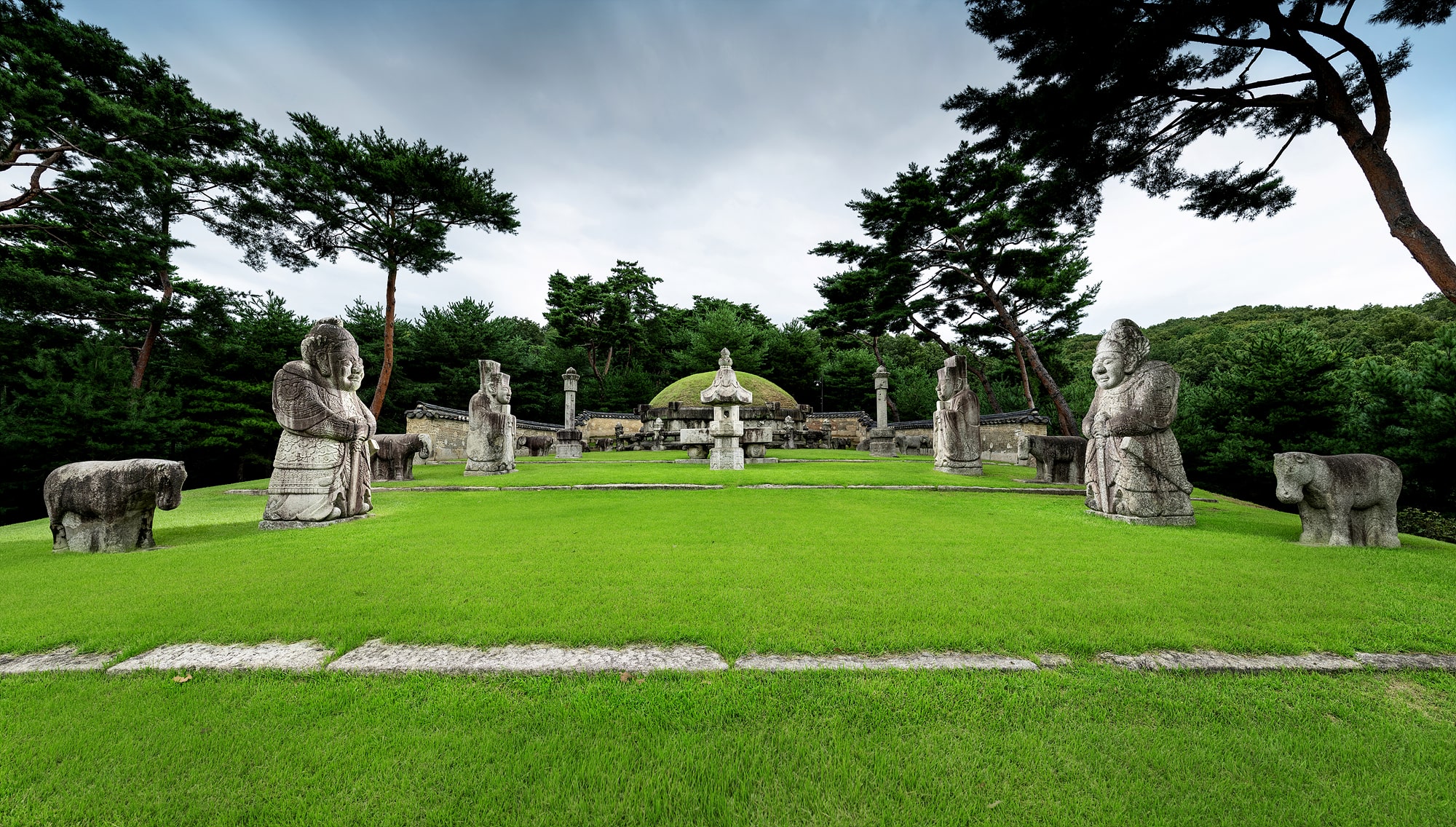
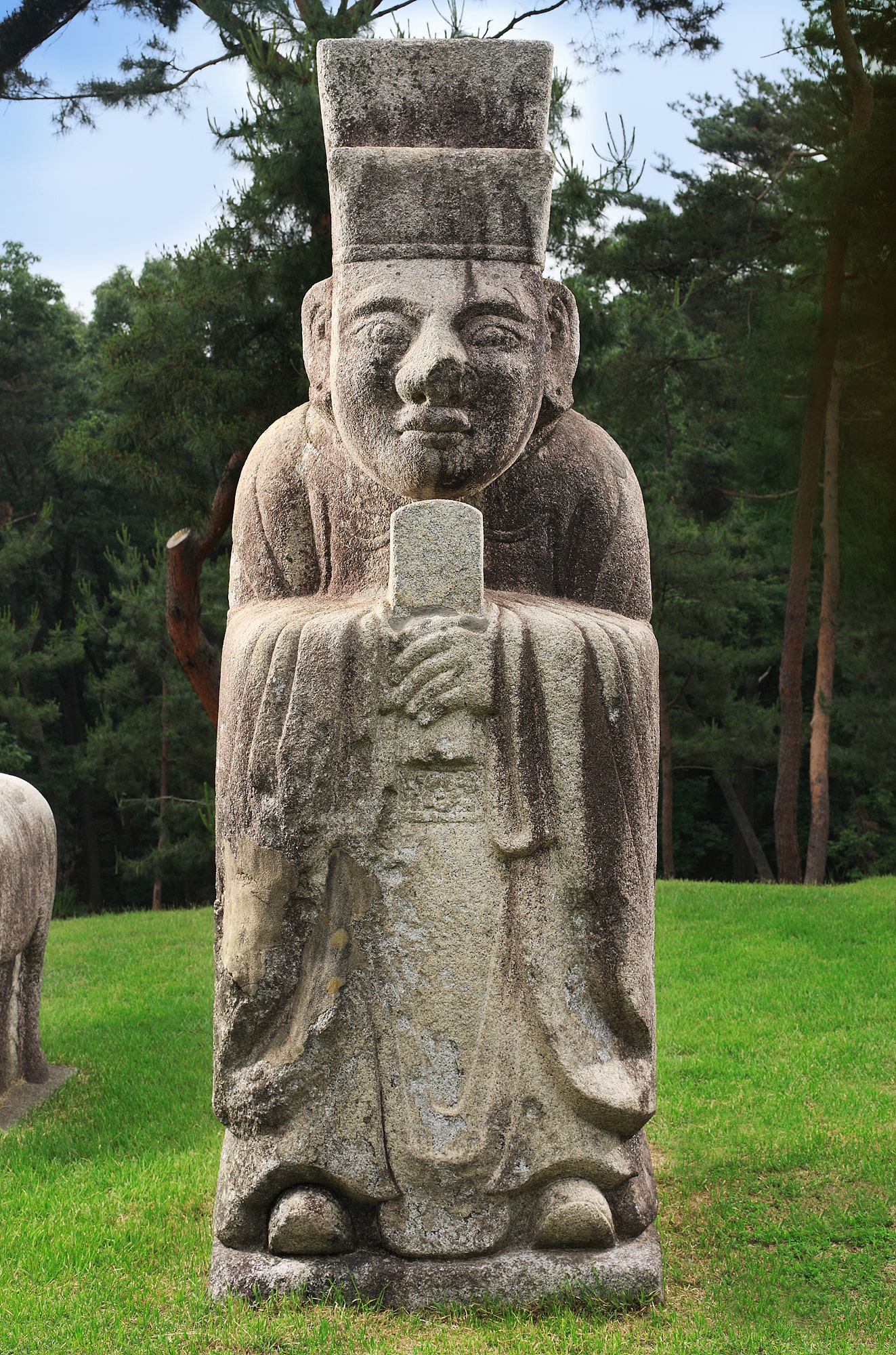
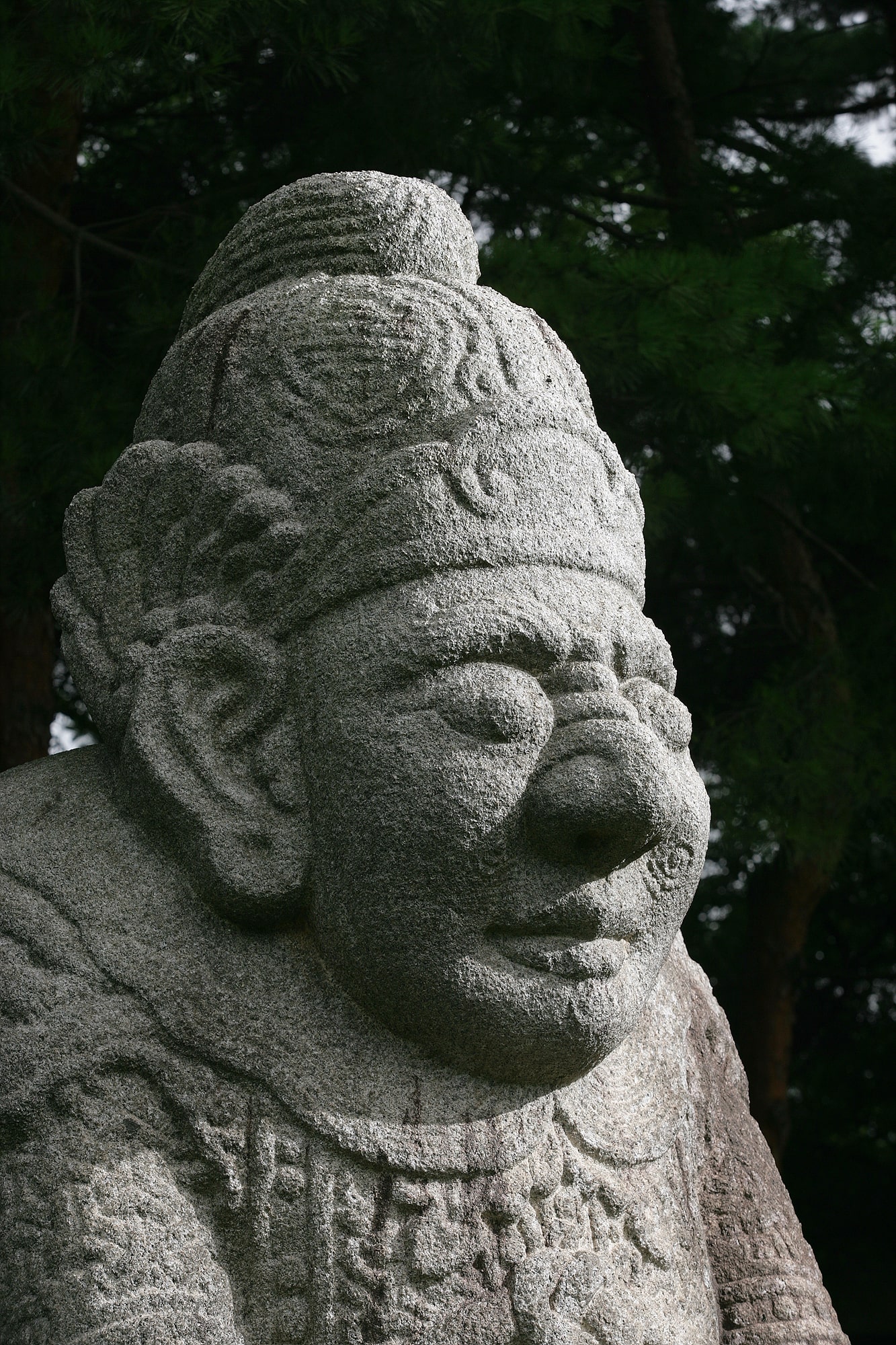
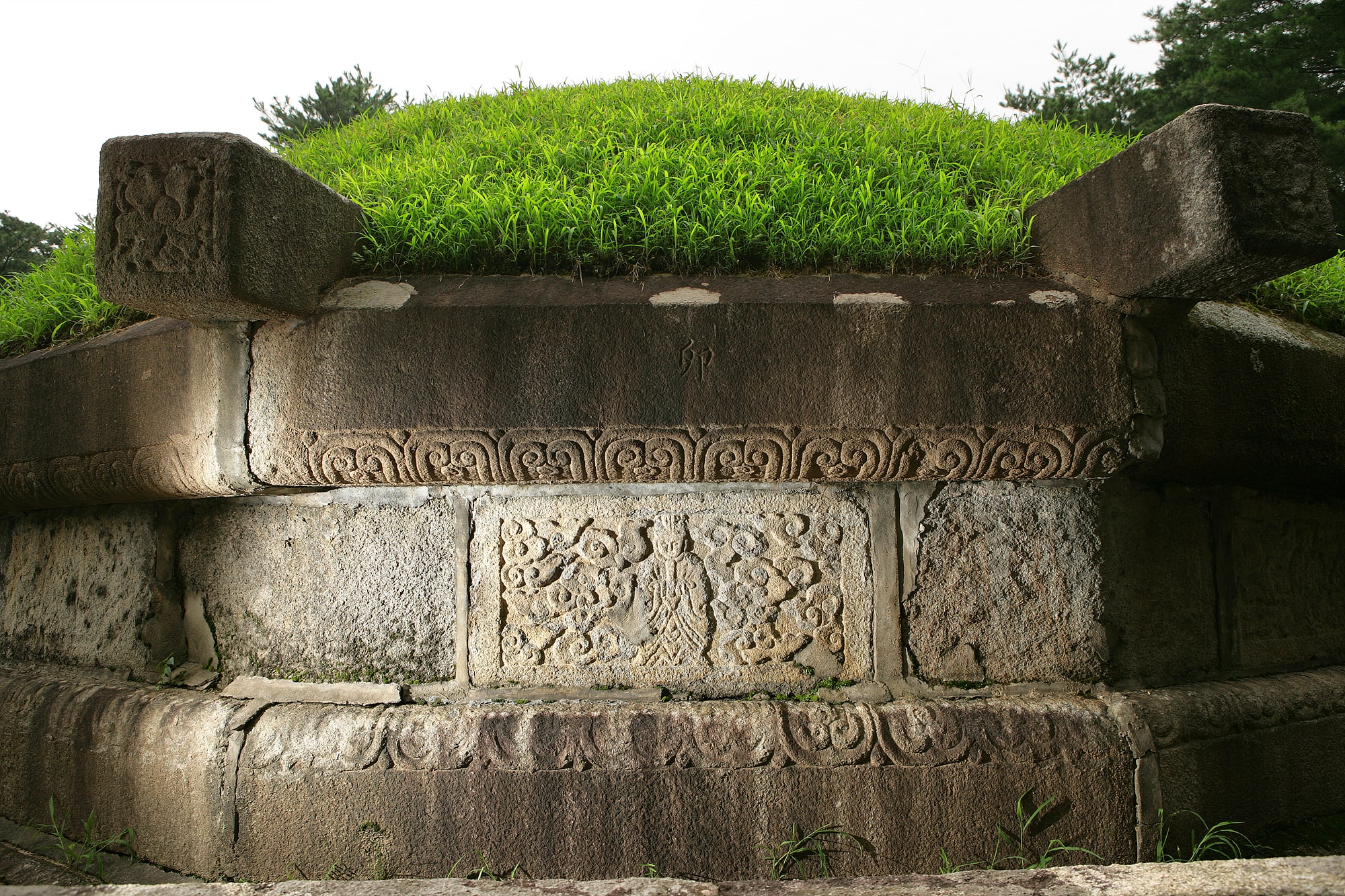
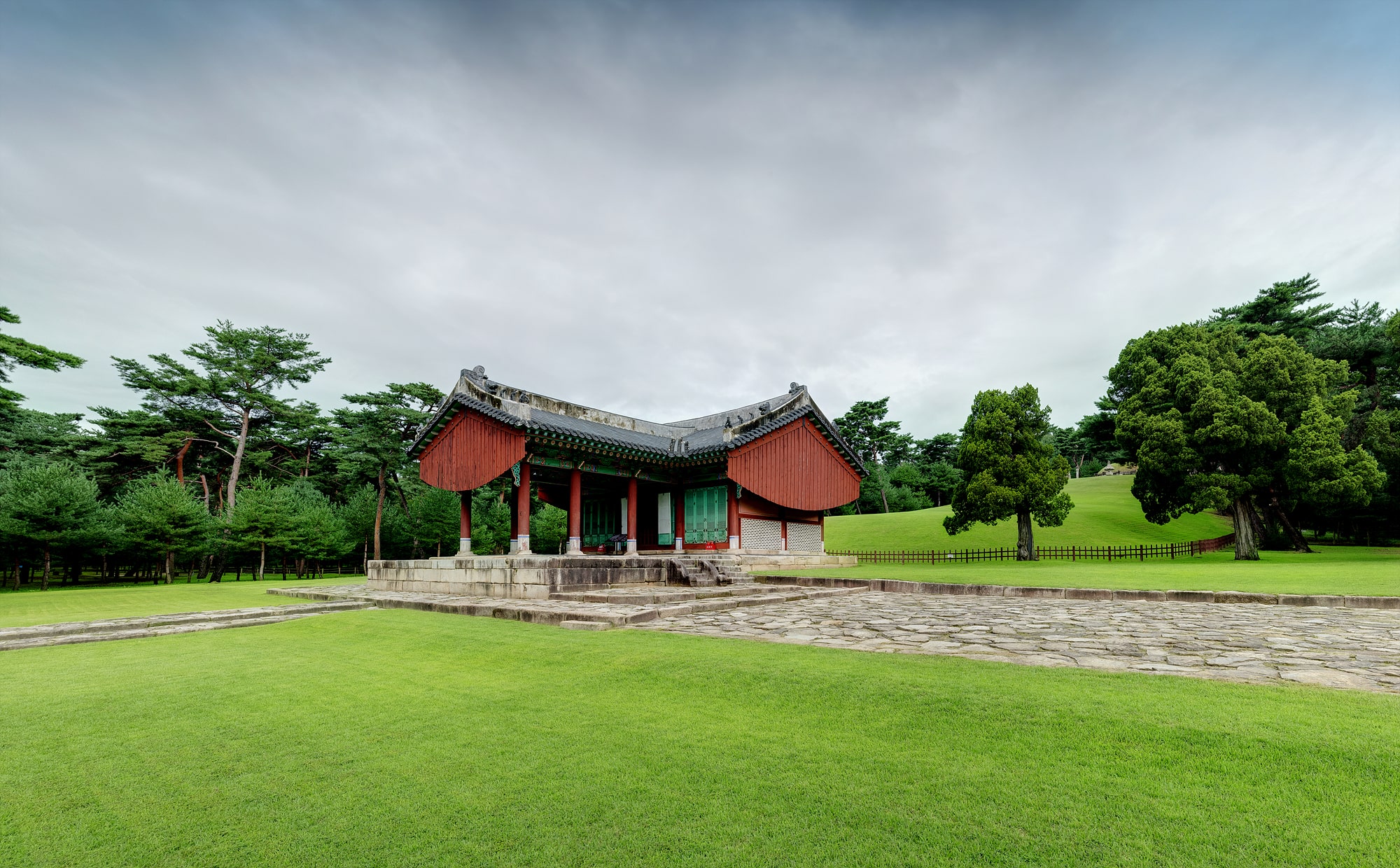
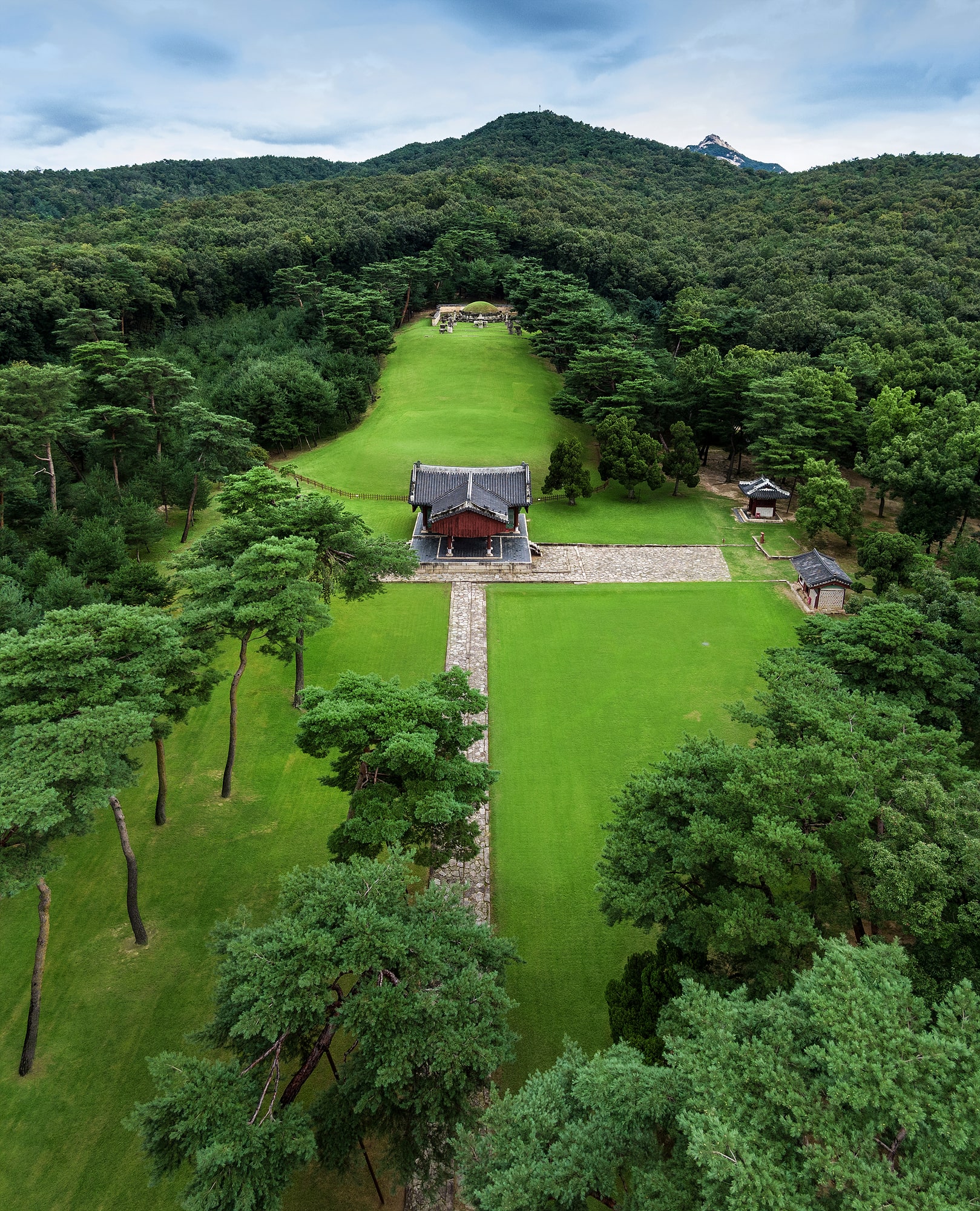
Taereung and Gangneung Royal Tombs, Seoul
Taereung Royal Tomb (Royal Tomb of Queen Munjeong, the Third Consort of King Jungjong, the 11th Ruler of Joseon)
Queen Munjeong of the Yun clan (1501-1565), a daughter of Yun Ji-im, was installed as queen consort in 1517 after the death of Queen Janggyeong, the second consort of King Jungjong, and gave birth to one son and four daughters.

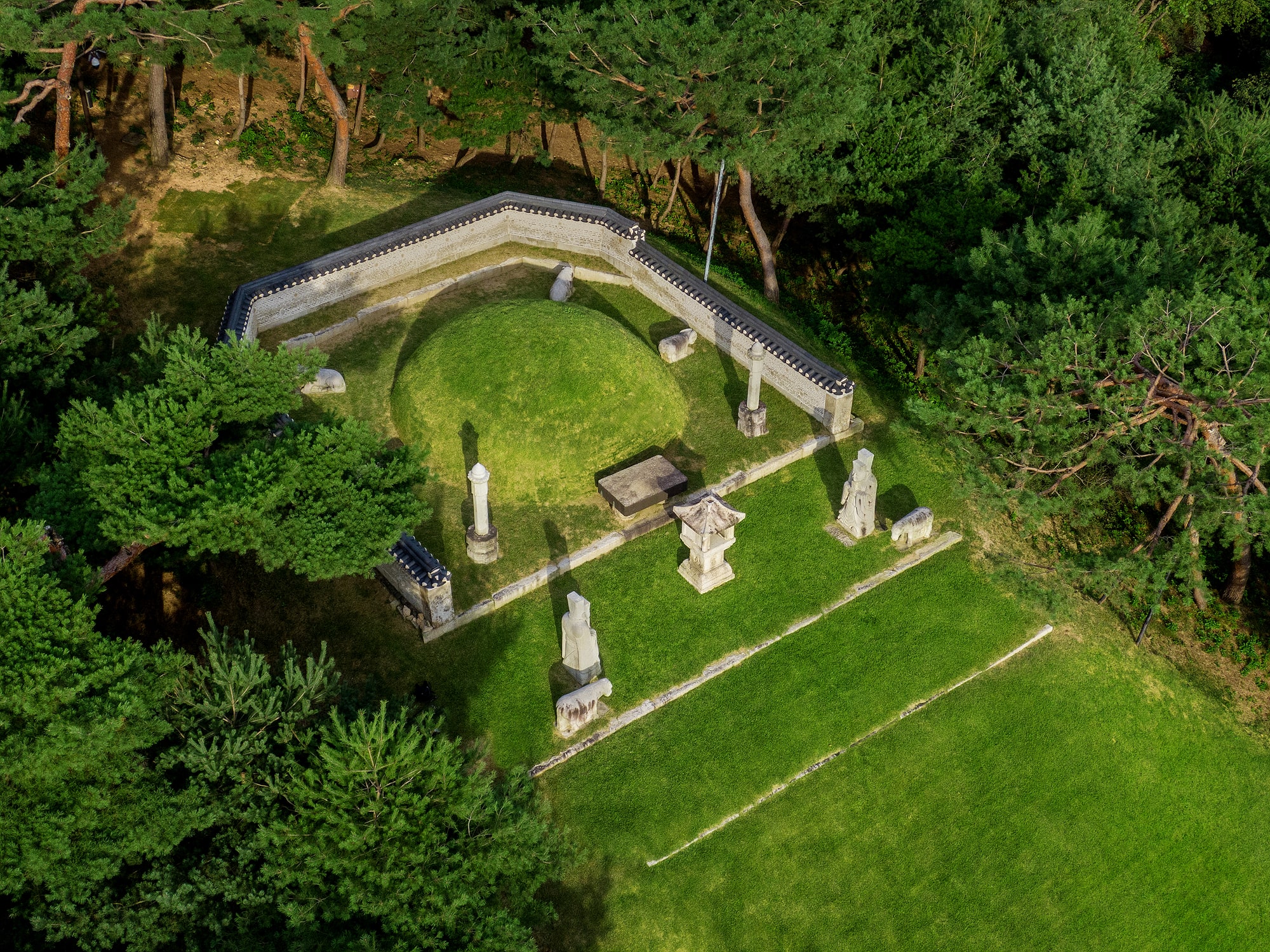
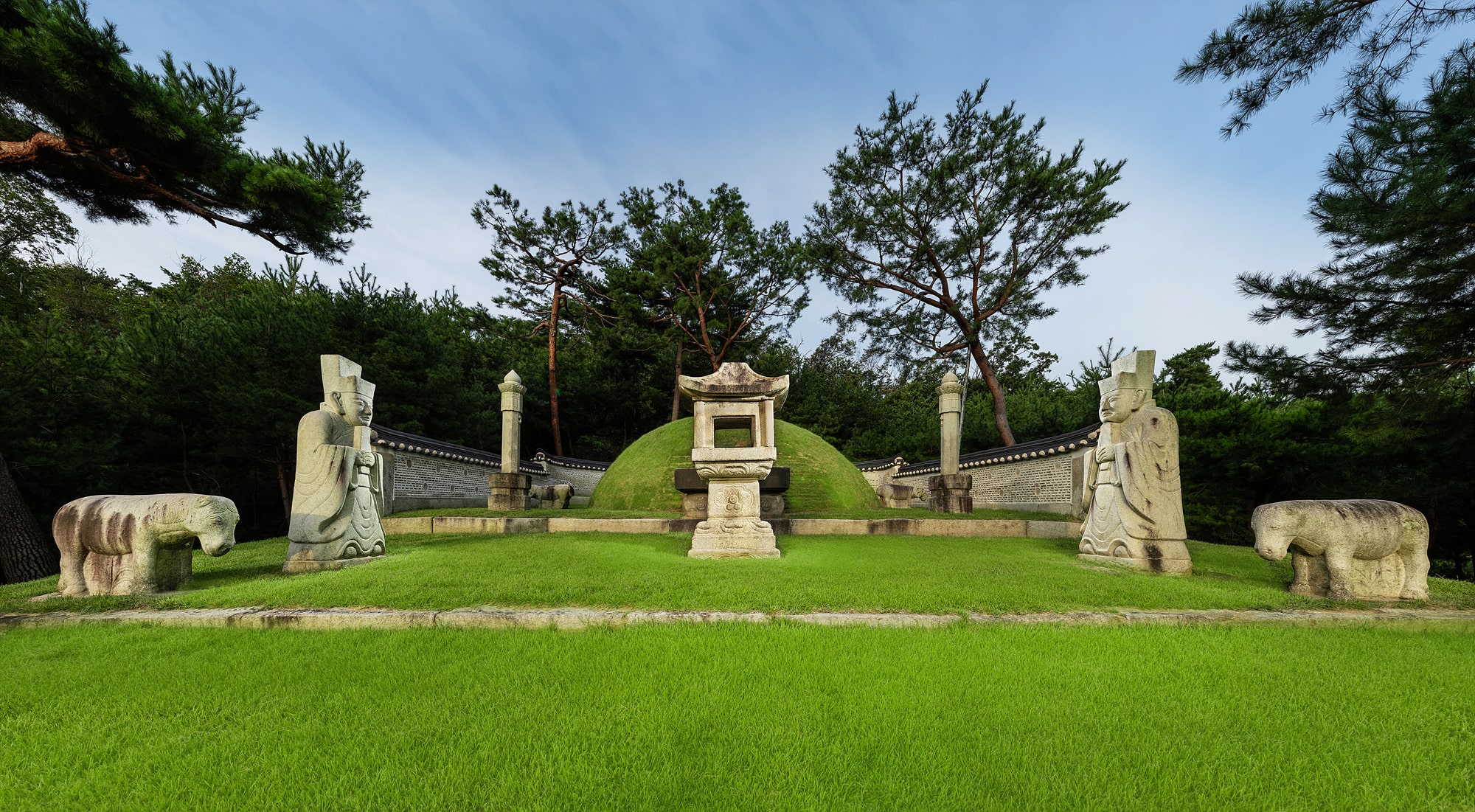
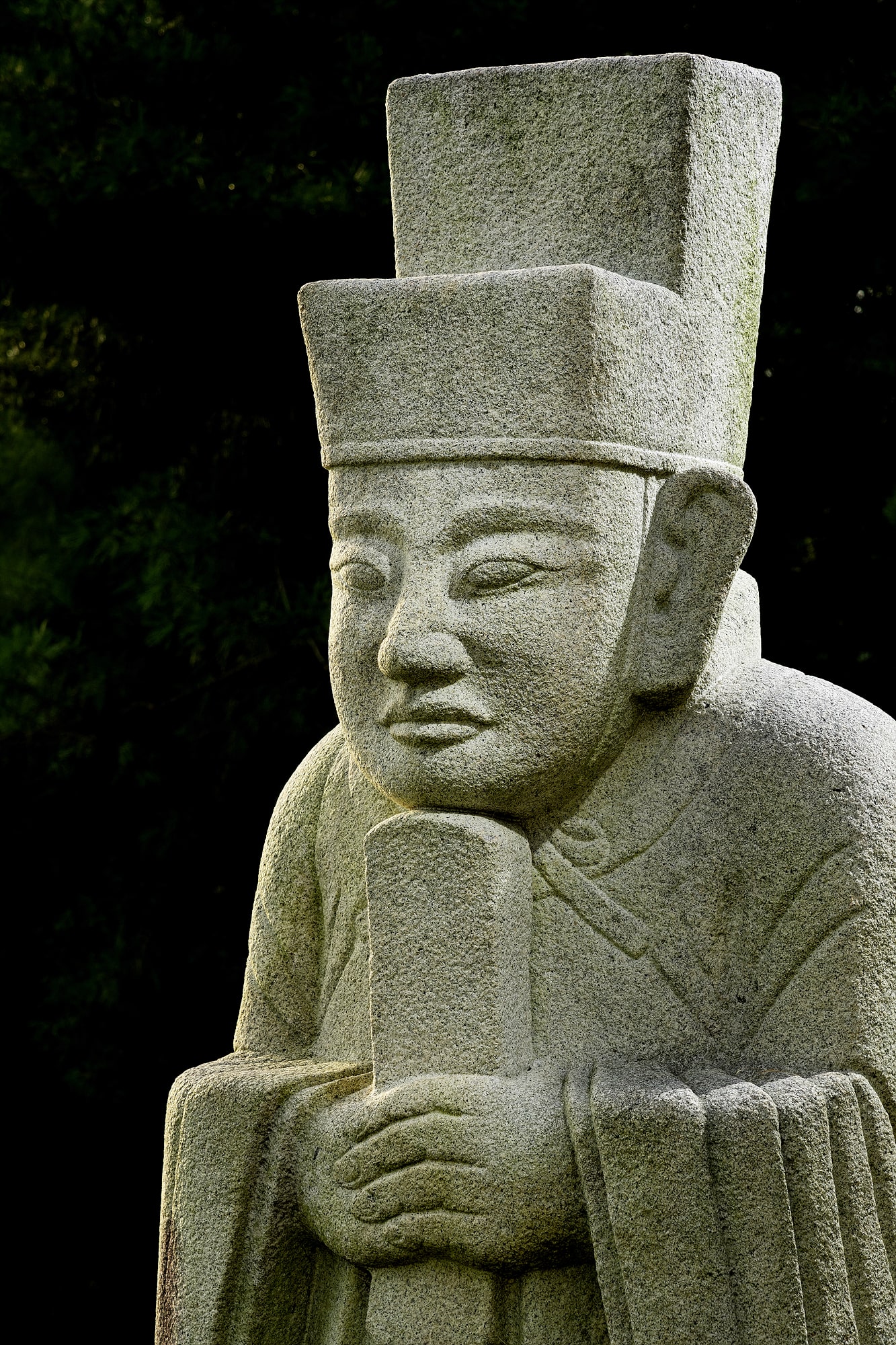
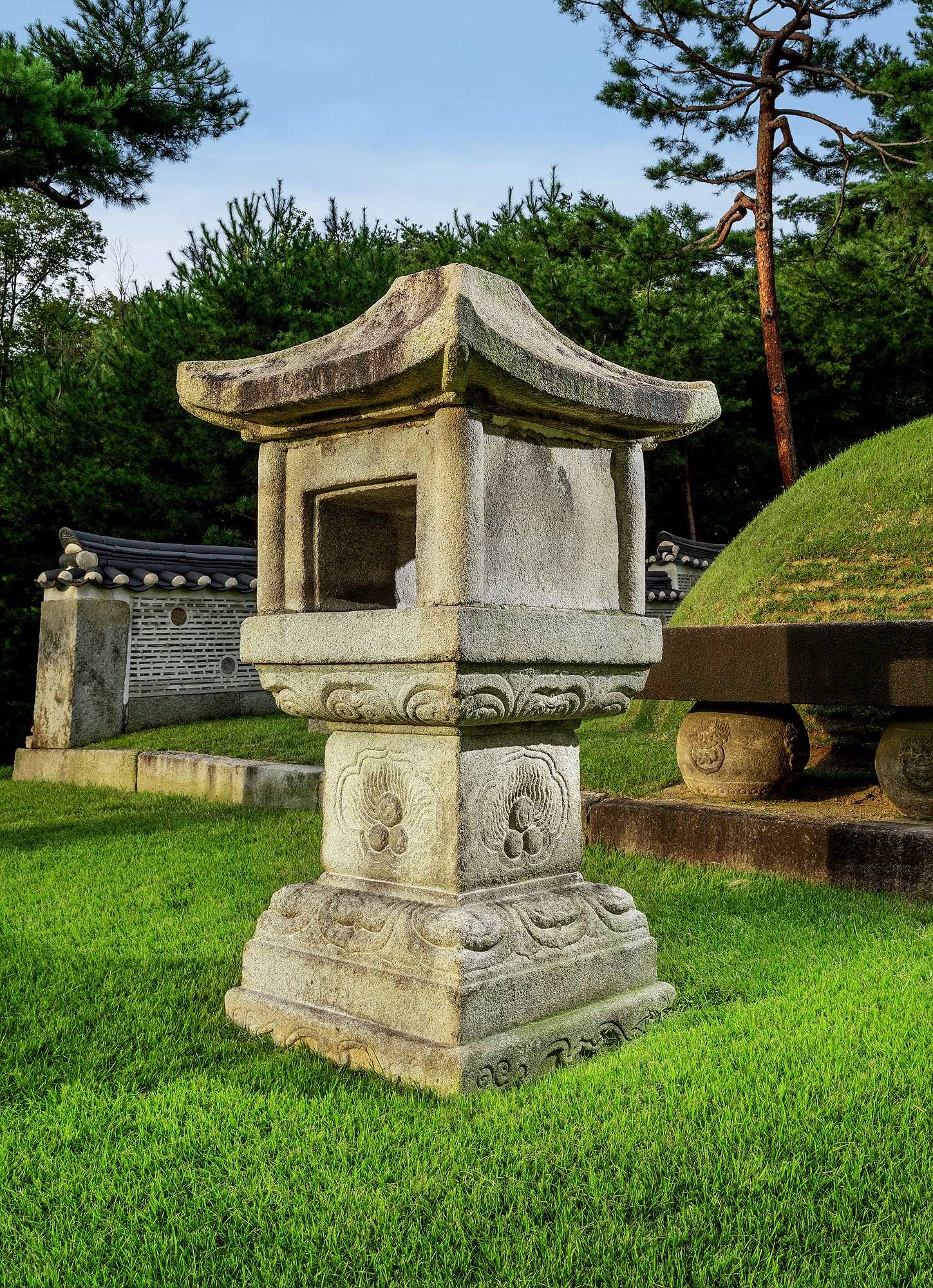
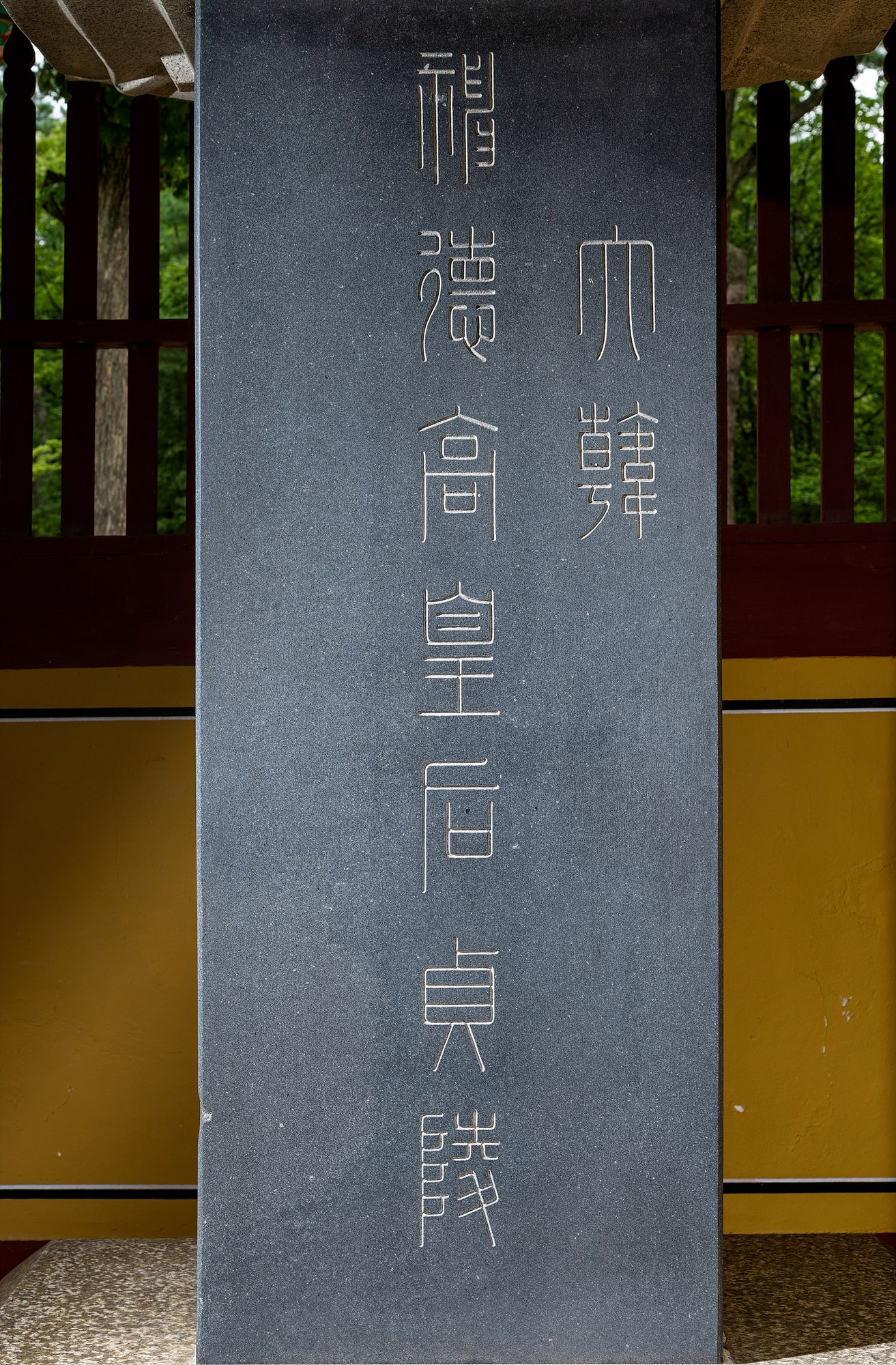
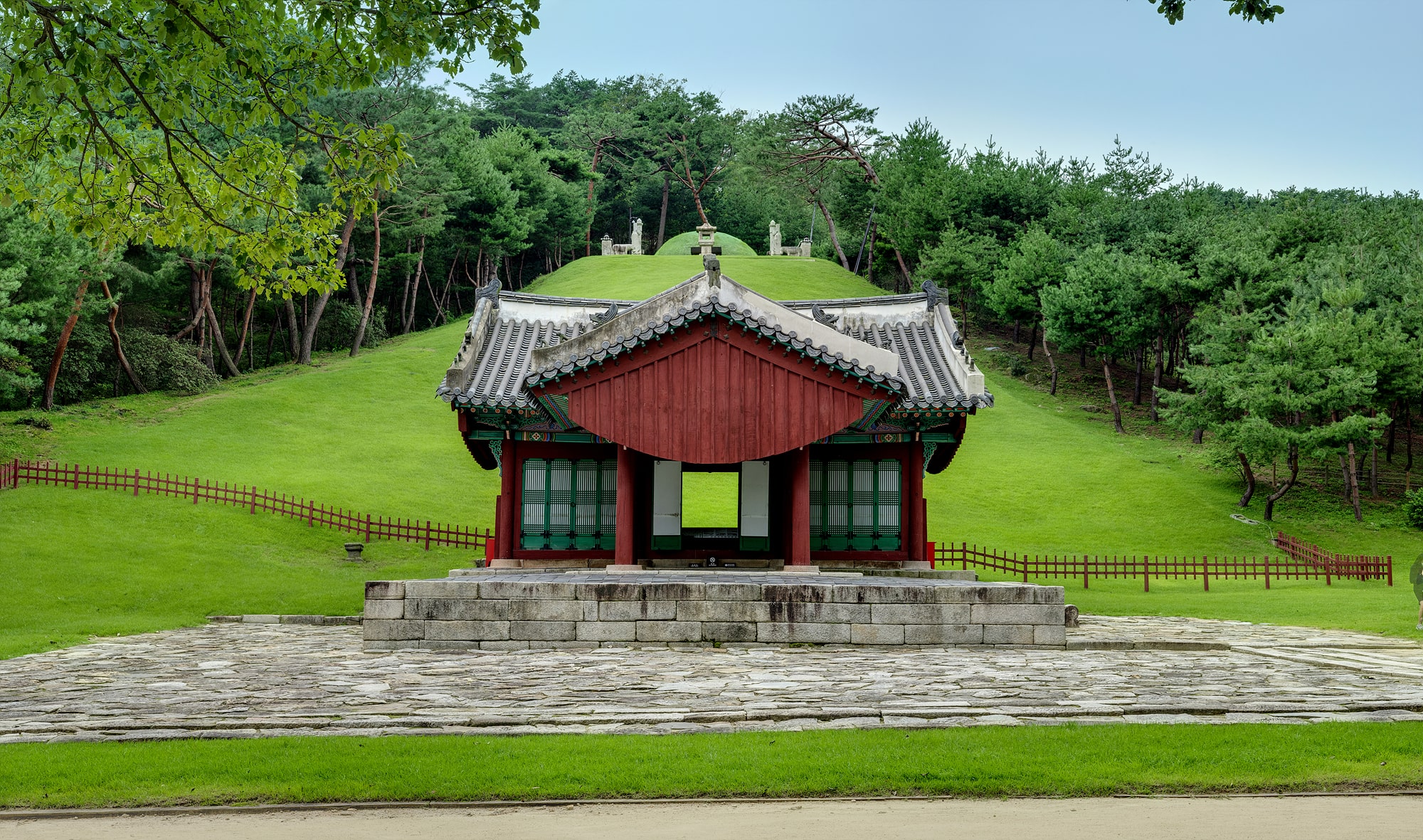
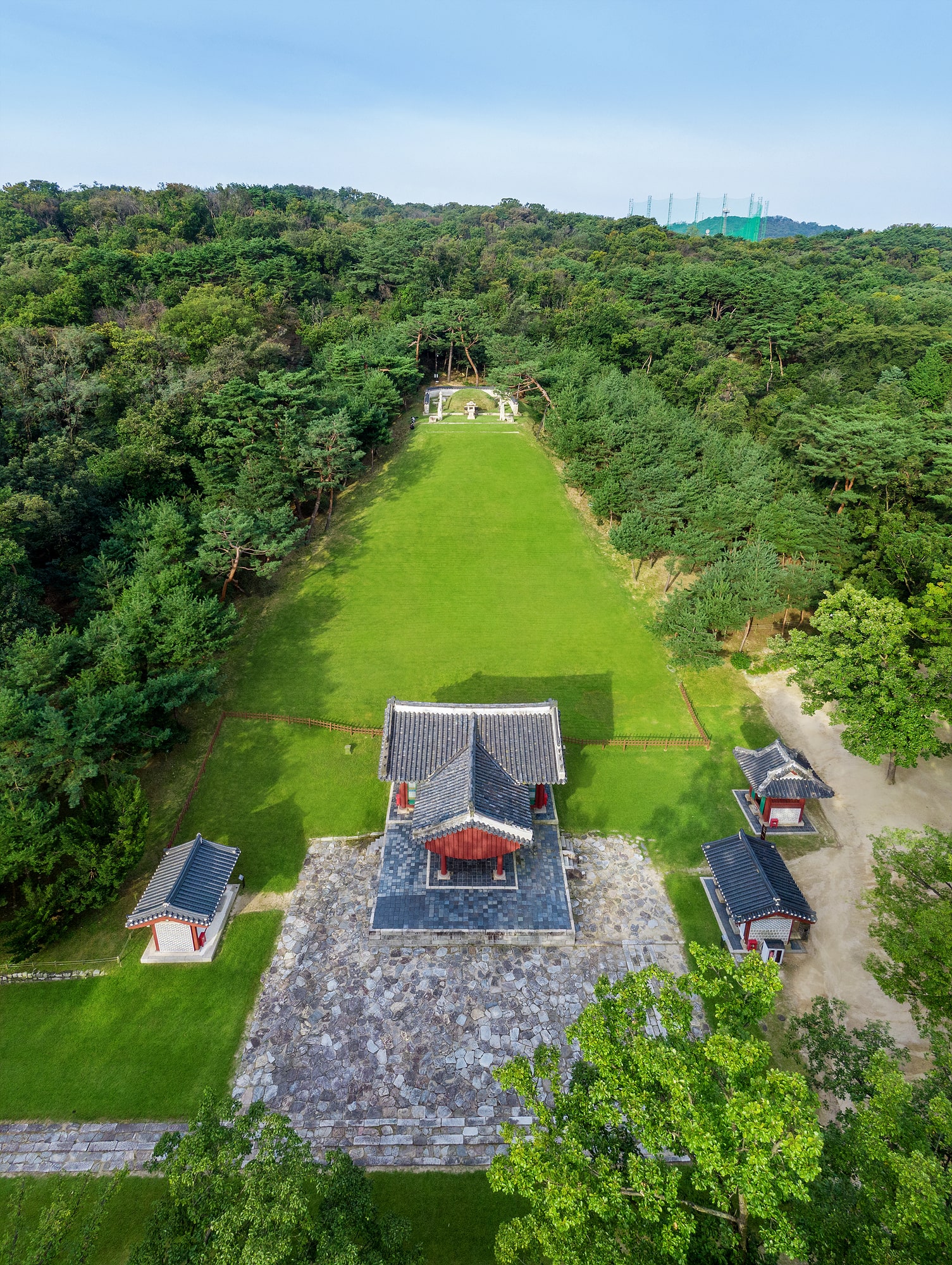
Jeongneung Royal Tomb, Seoul
Jeongneung Royal Tomb (Royal Tomb of Queen Sindeok, the Second Consort of King Taejo, the First Ruler of Joseon)
Queen Sindeok of the Kang clan (Honorary Empress Sindeok, ?-1396) was a daughter of Kang Yun-seong, a member of a powerful aristocratic family of Goryeo.

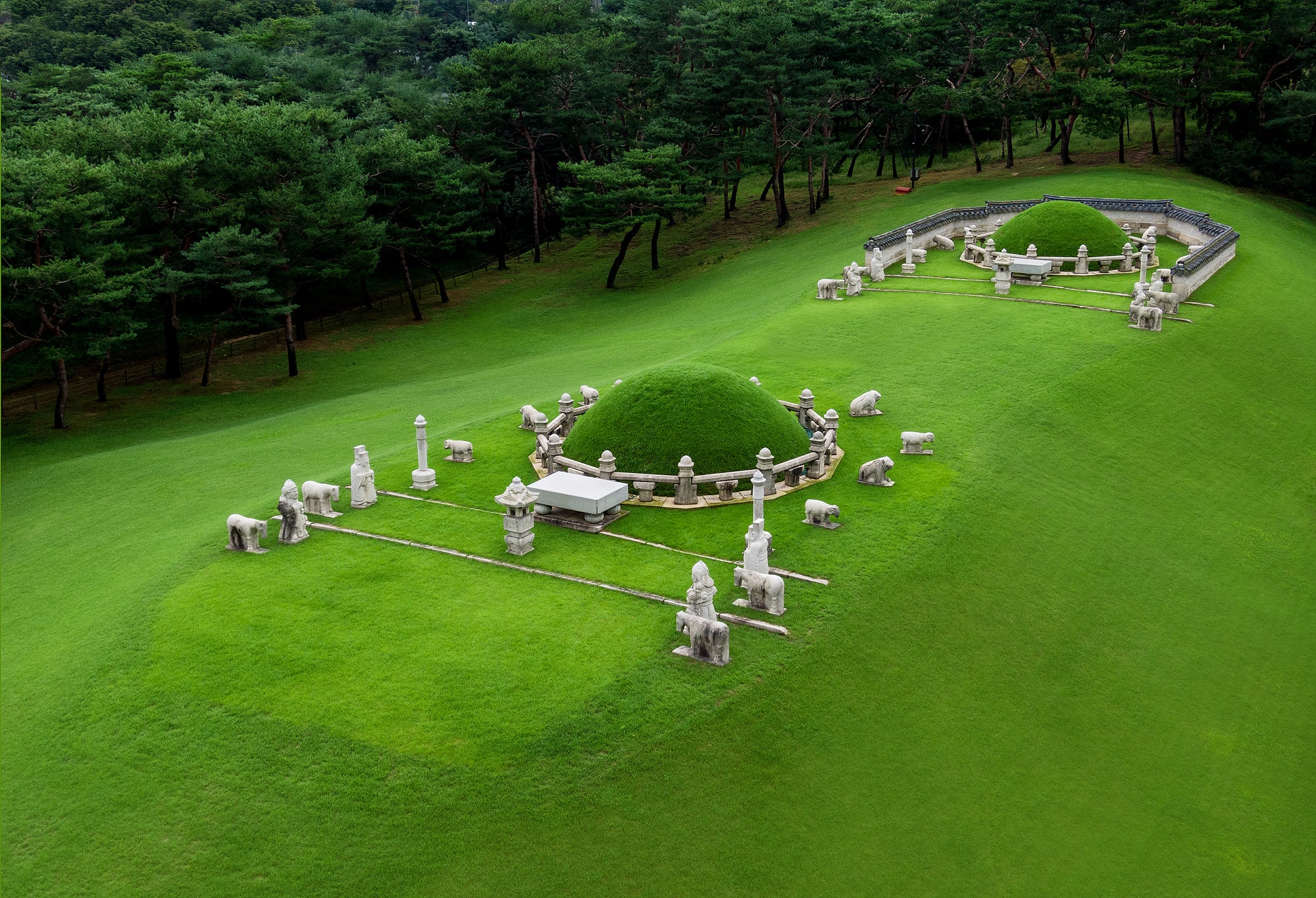
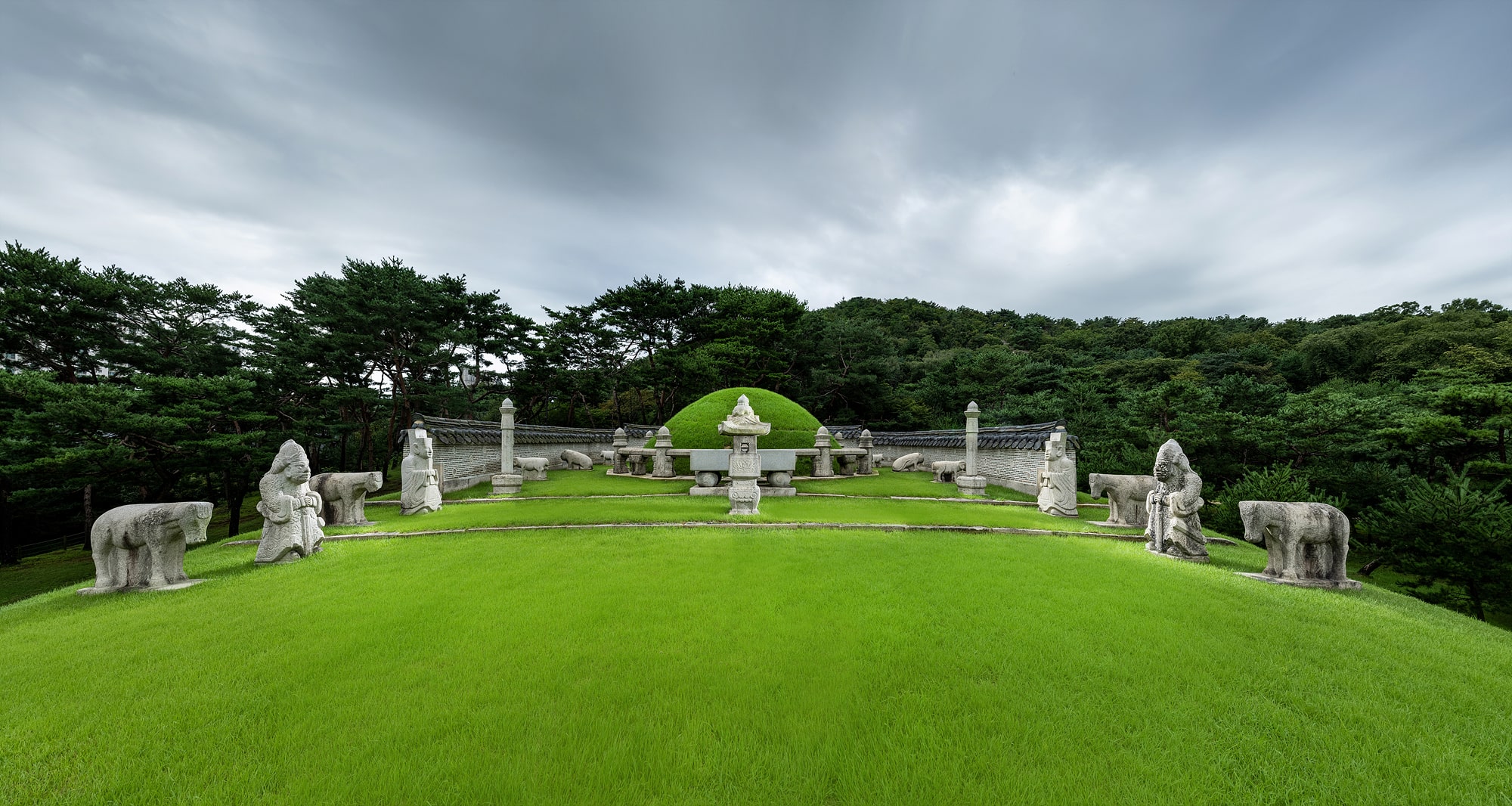
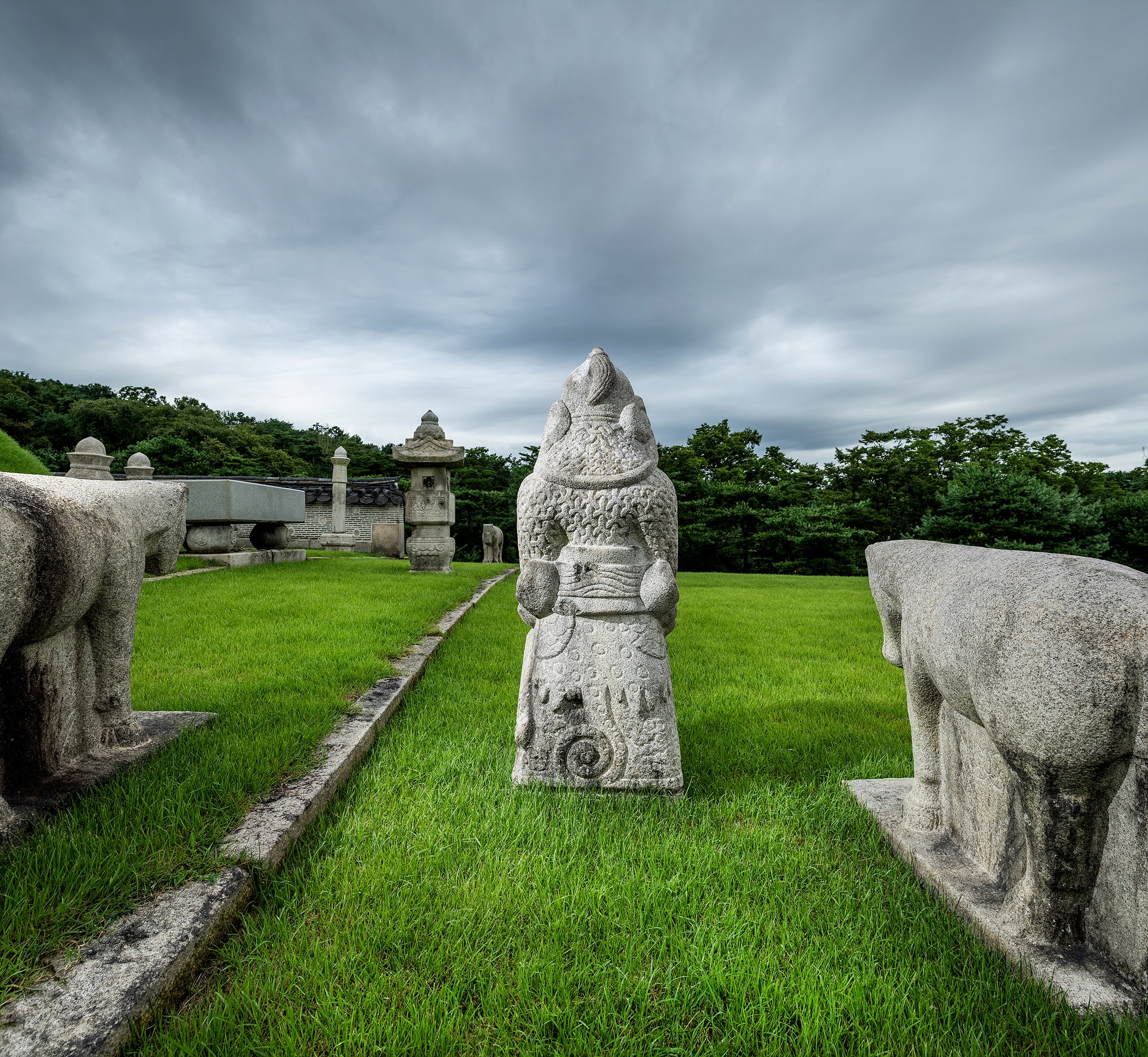
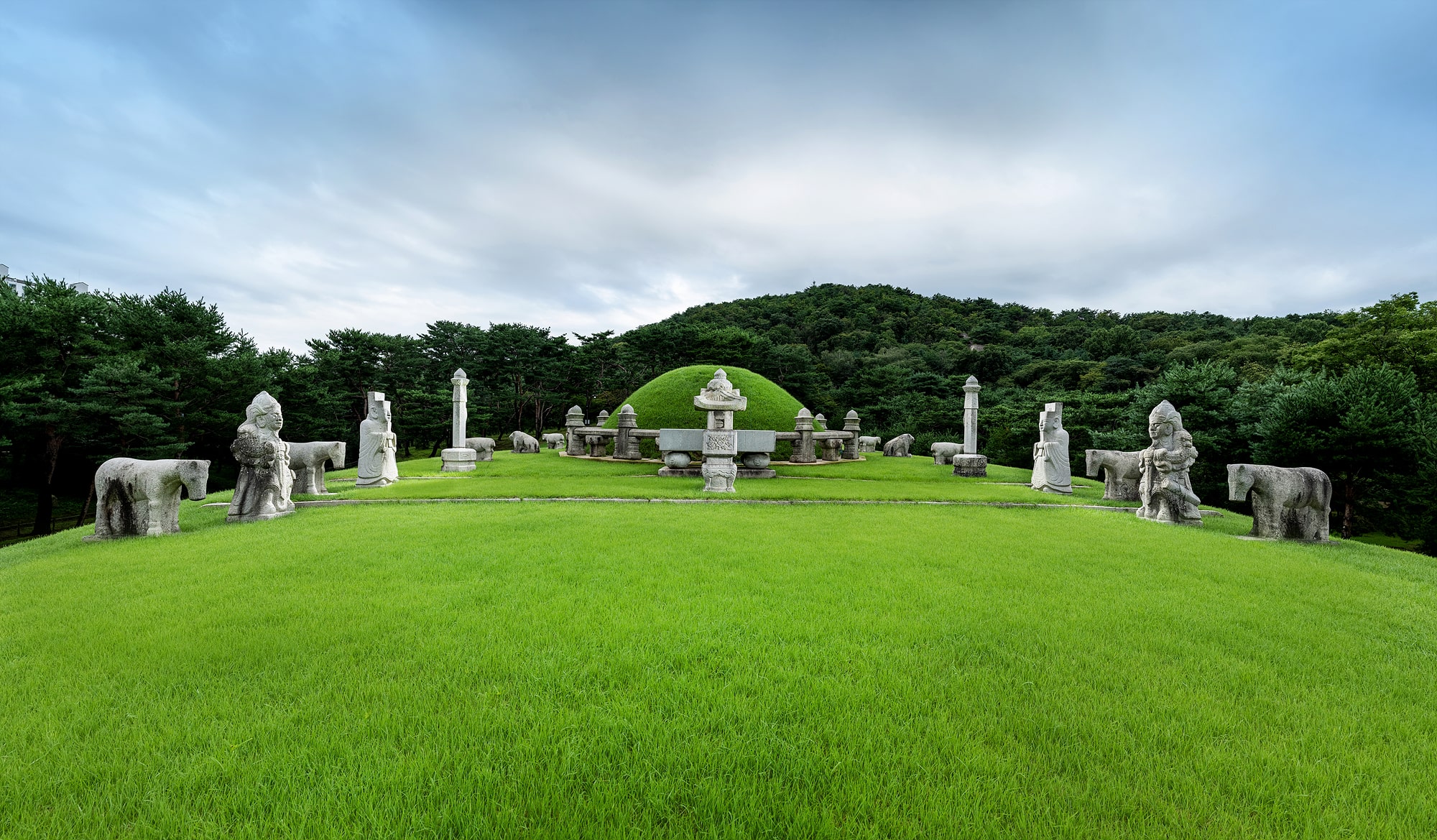
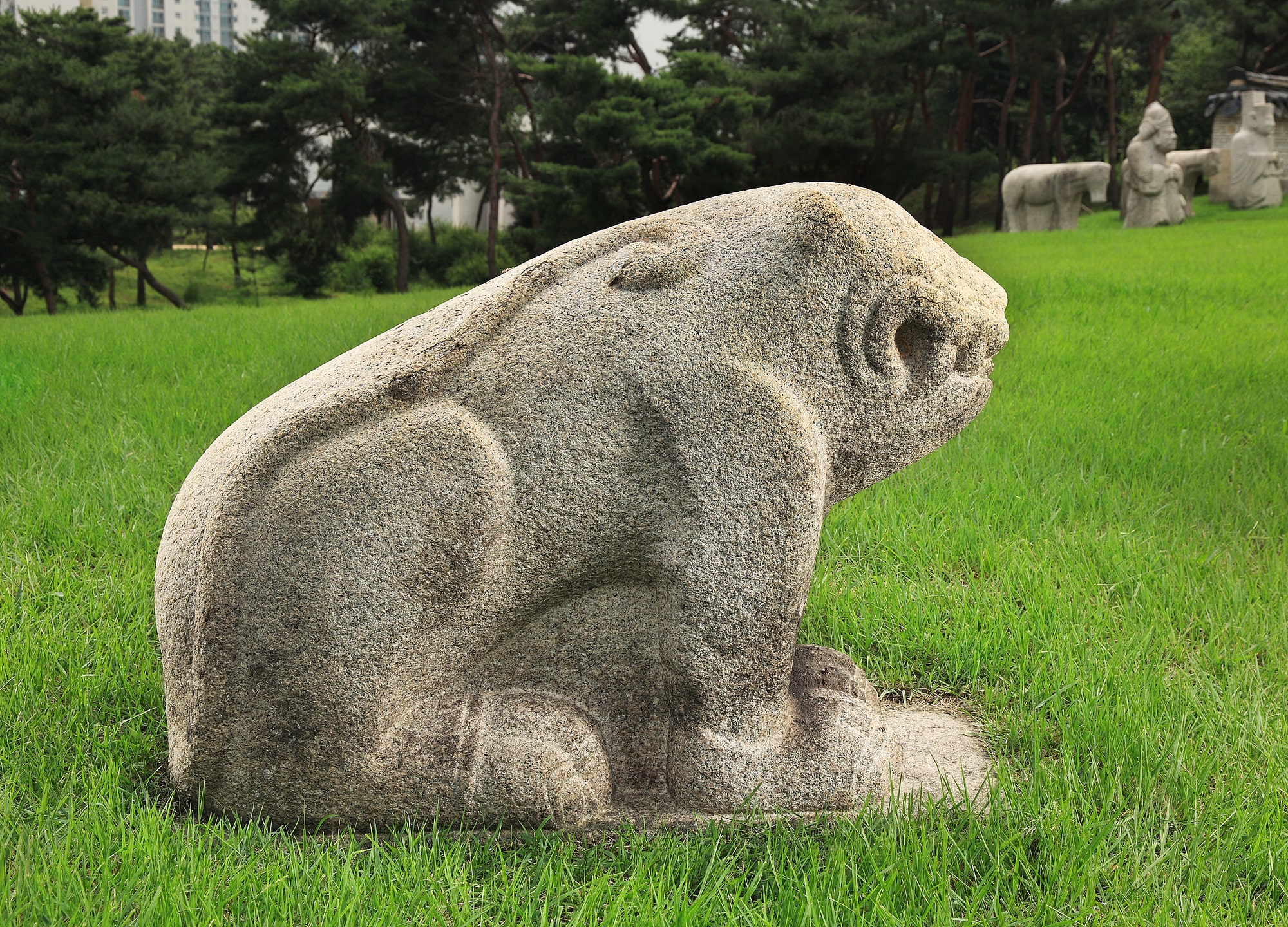
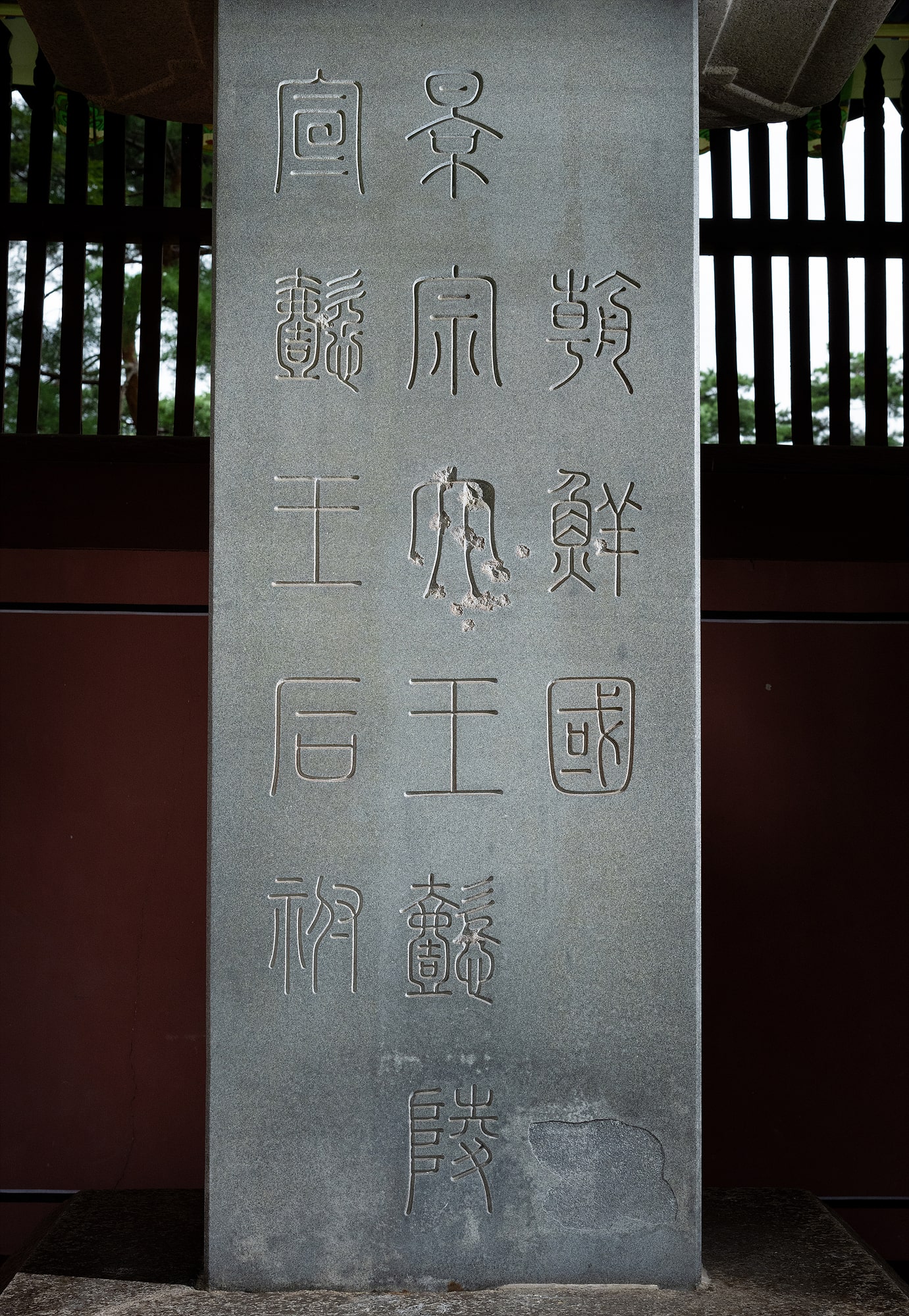
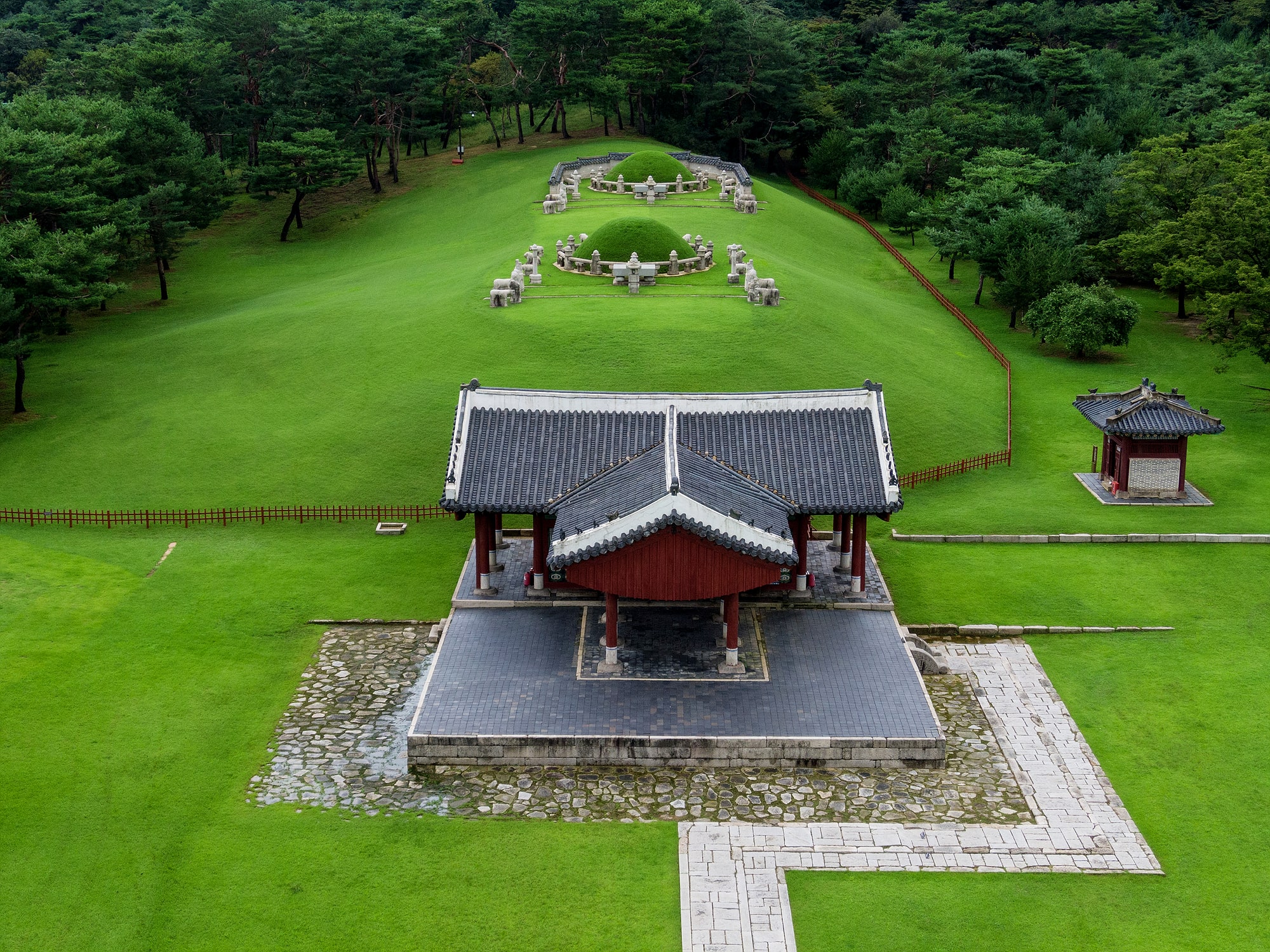
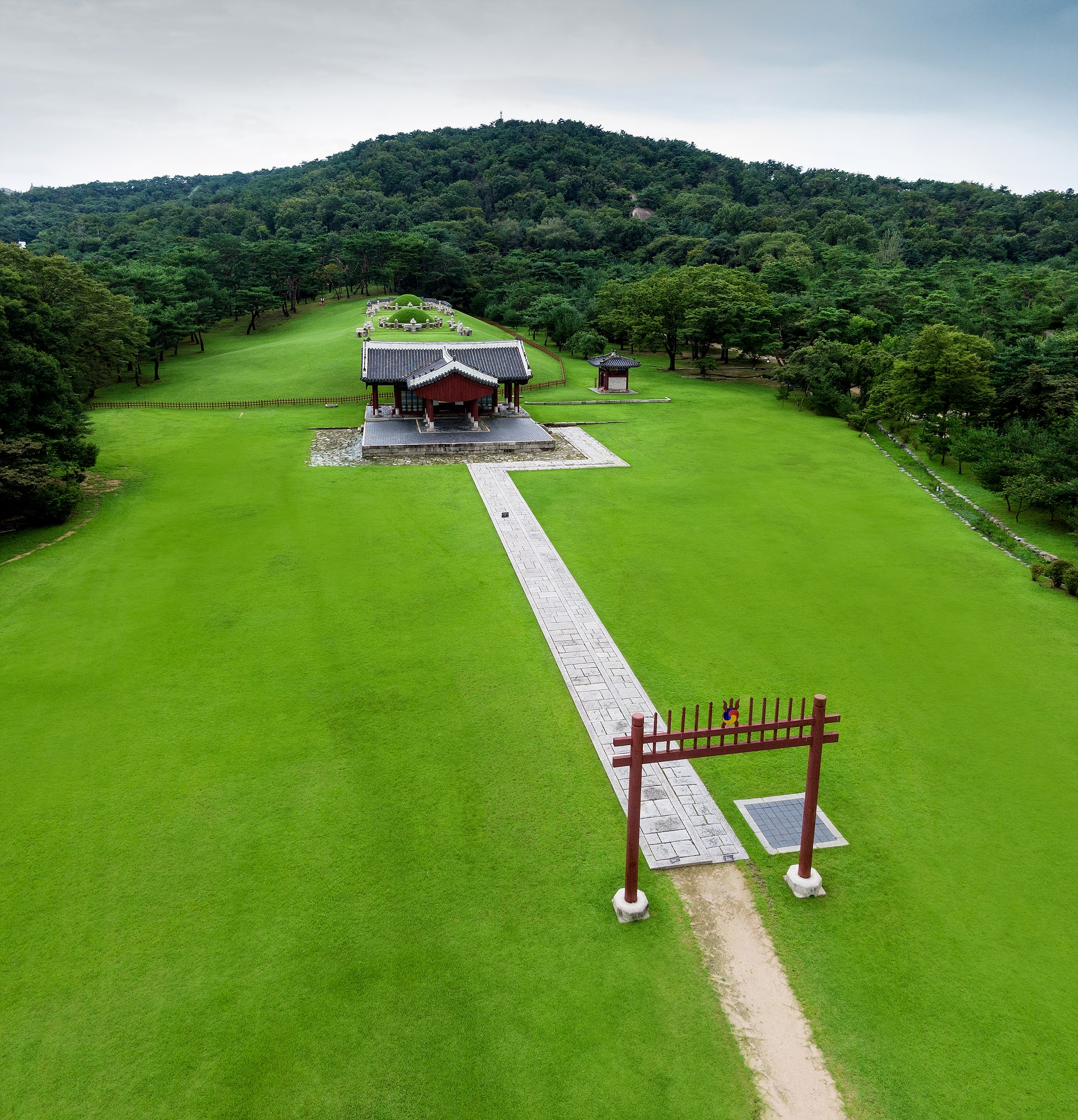
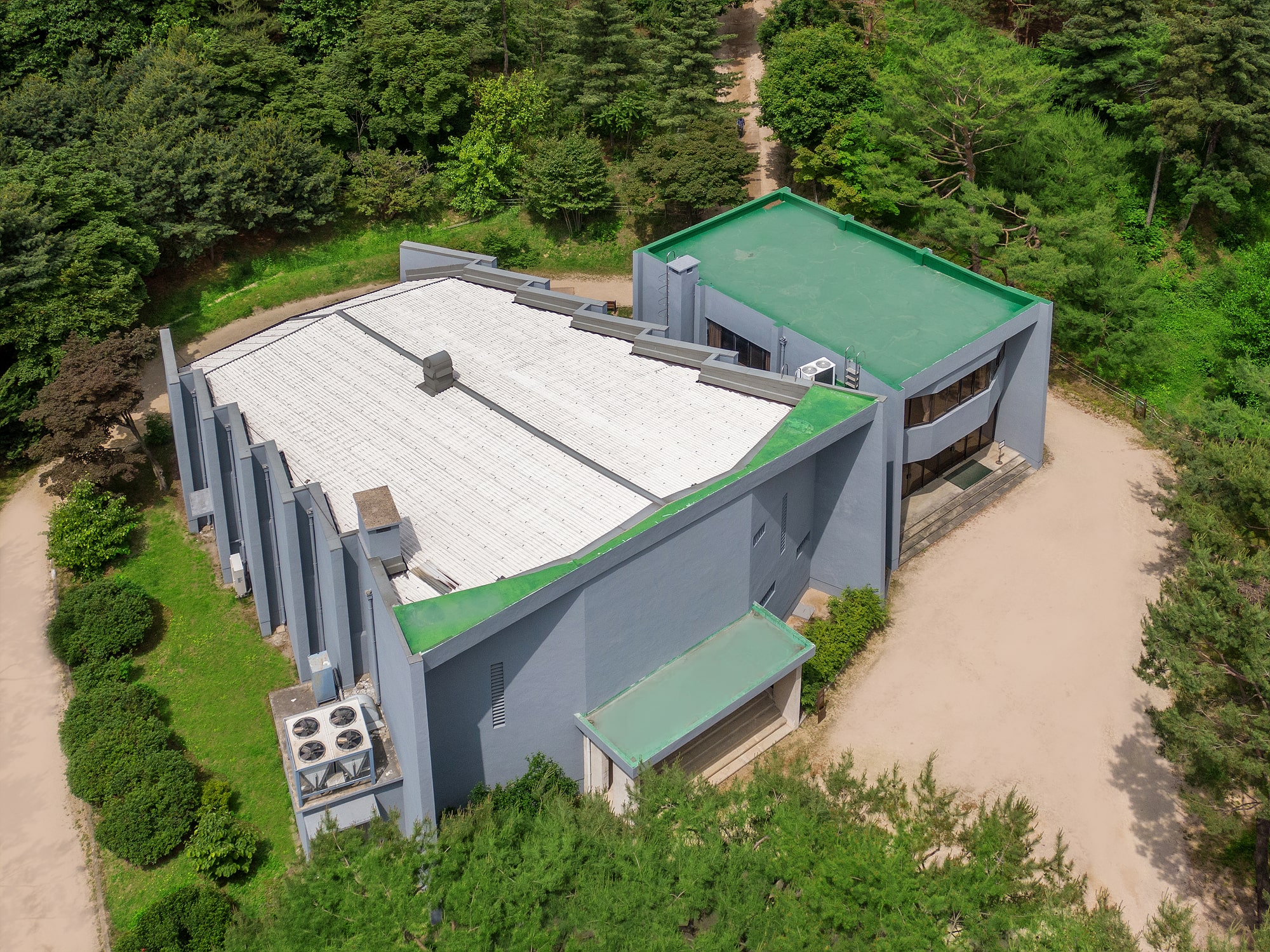
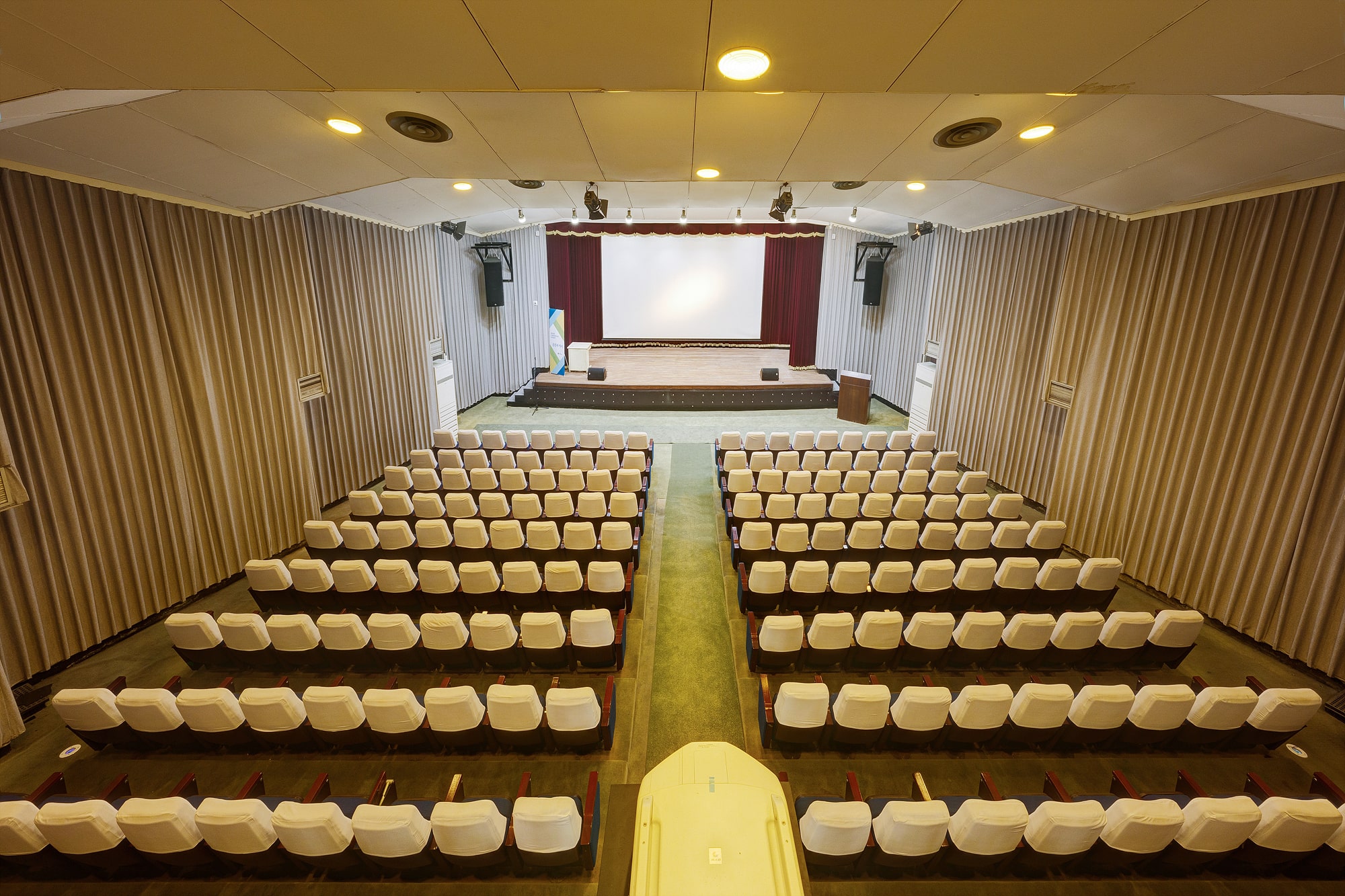
Uireung Royal Tomb, Seoul
Uireung Royal Tomb (Royal Tomb of King Gyeongjong, the 20th Ruler of Joseon, and His Second Consort, Queen Seonui)
King Gyeongjong (1688-1724, r. 1720-1724), a son of King Sukjong and one of his royal concubines, Oksanbudaebin (or Huibin) of the Jang clan, was invested as the crown prince in 1690, and was enthroned after the death of his father.

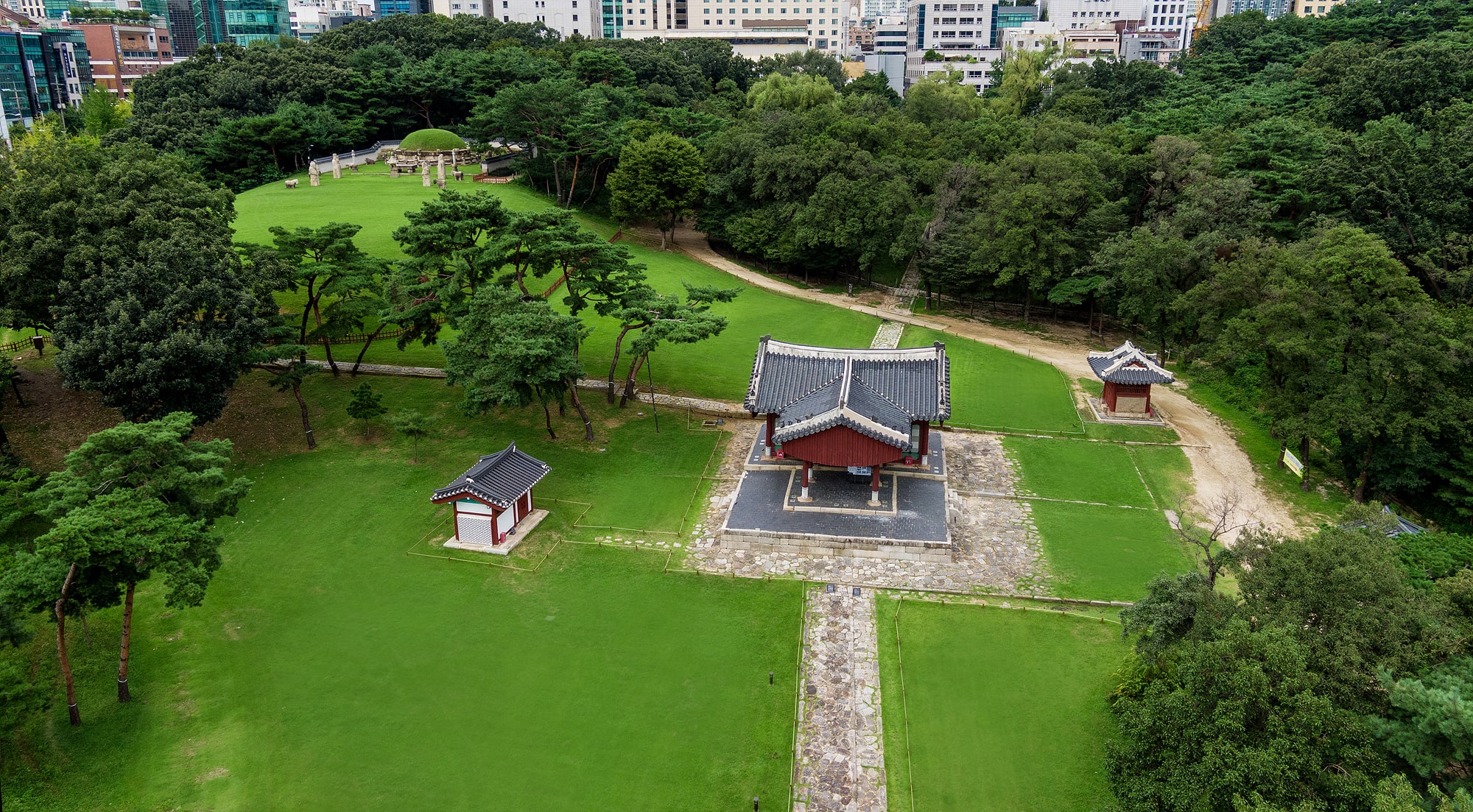
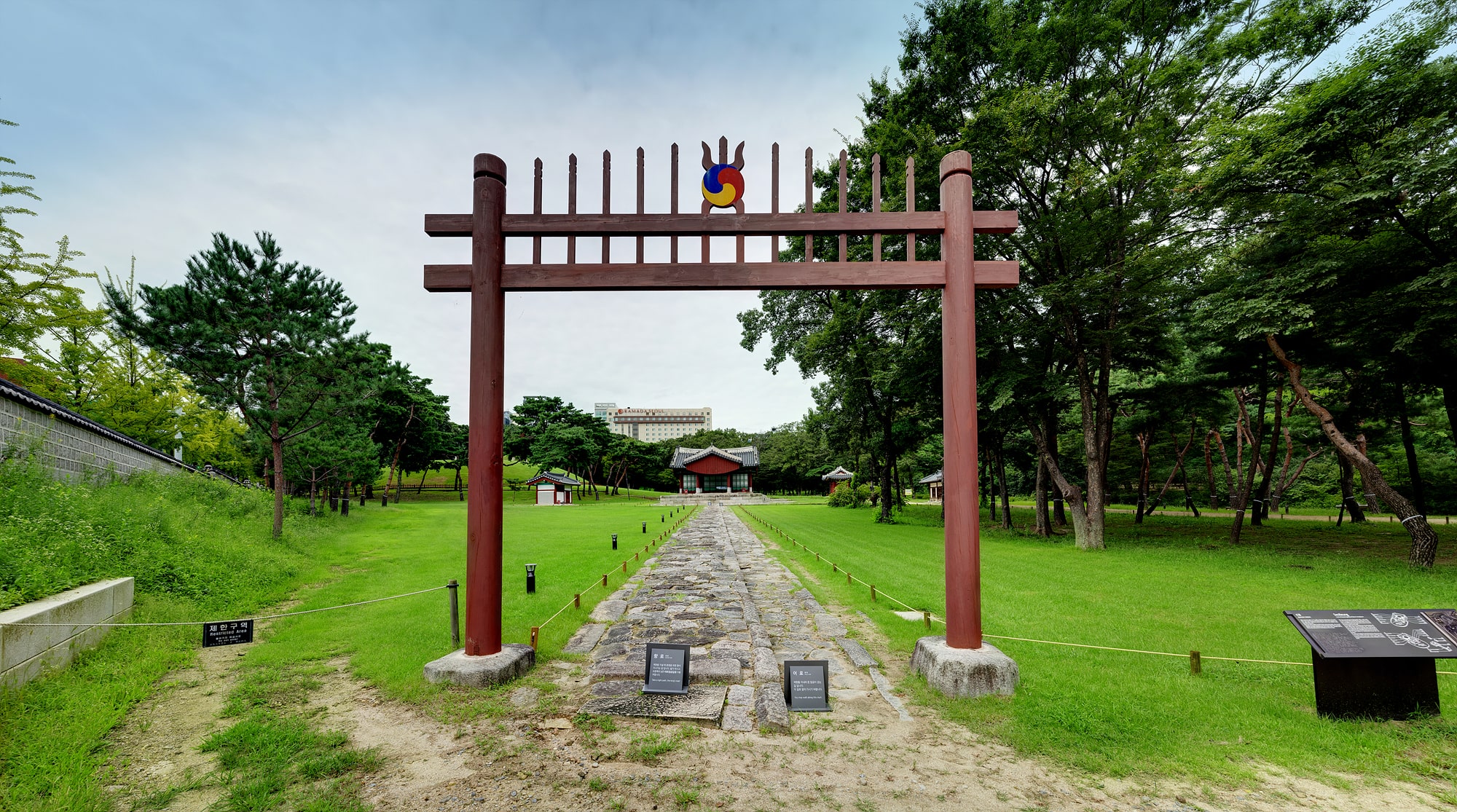
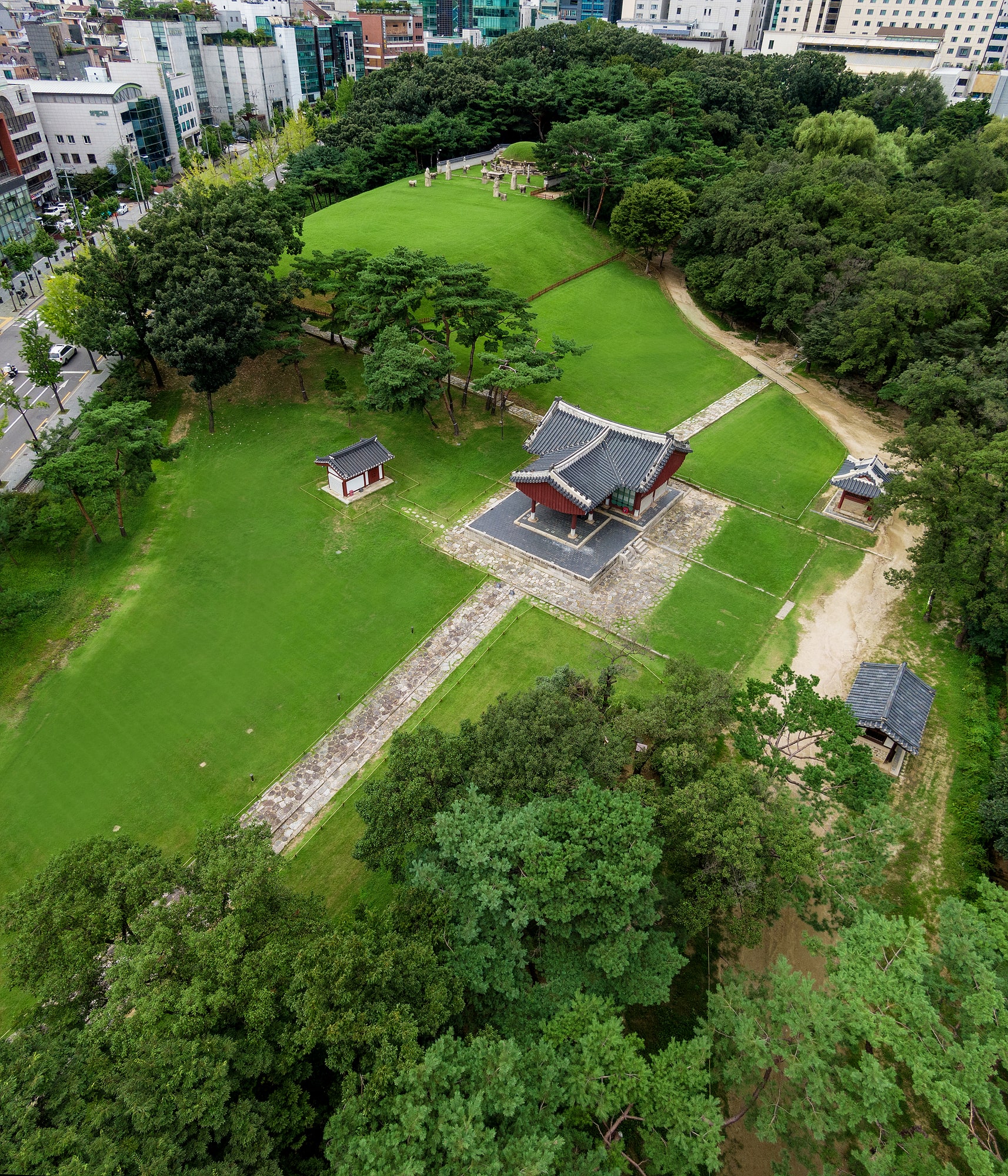
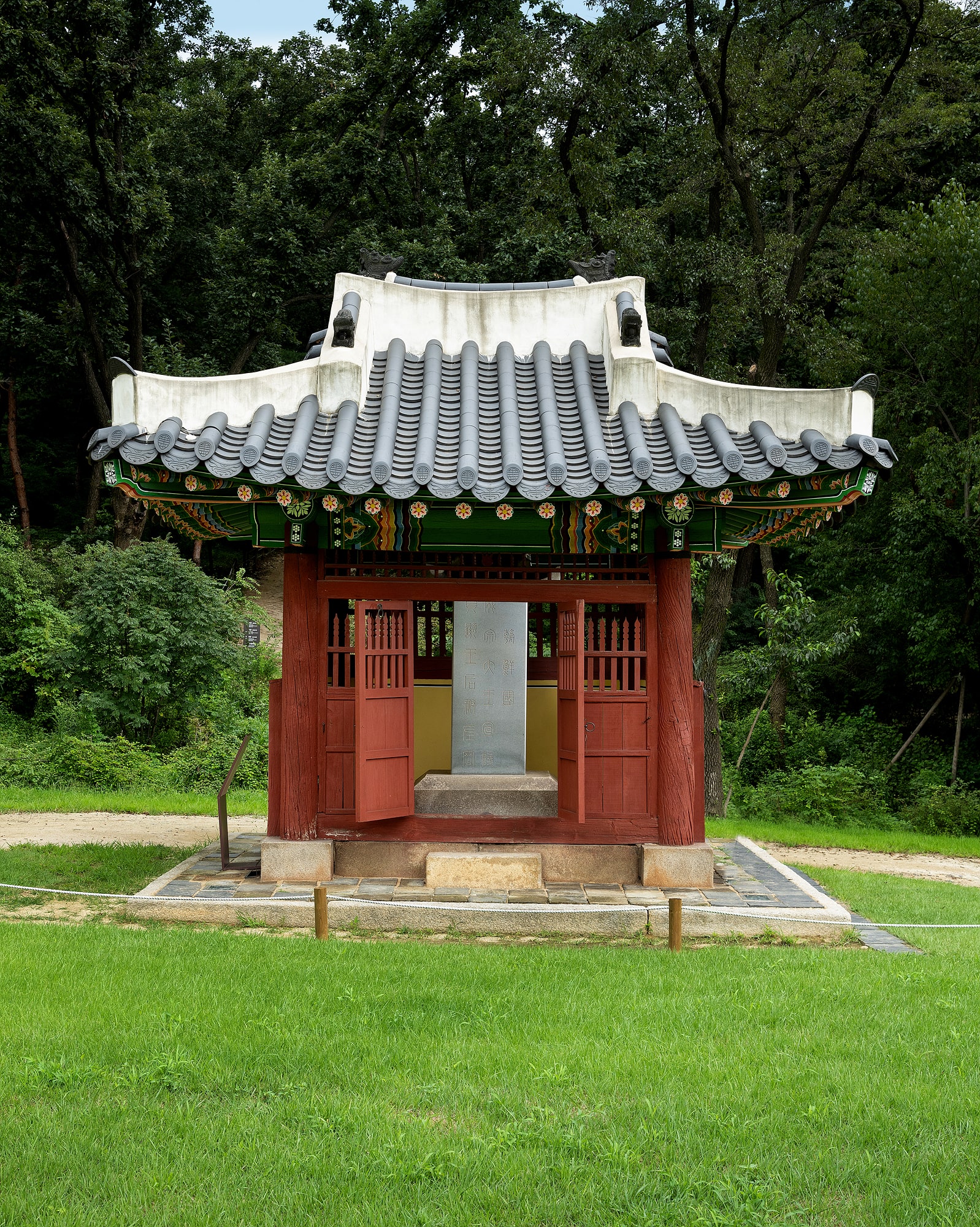
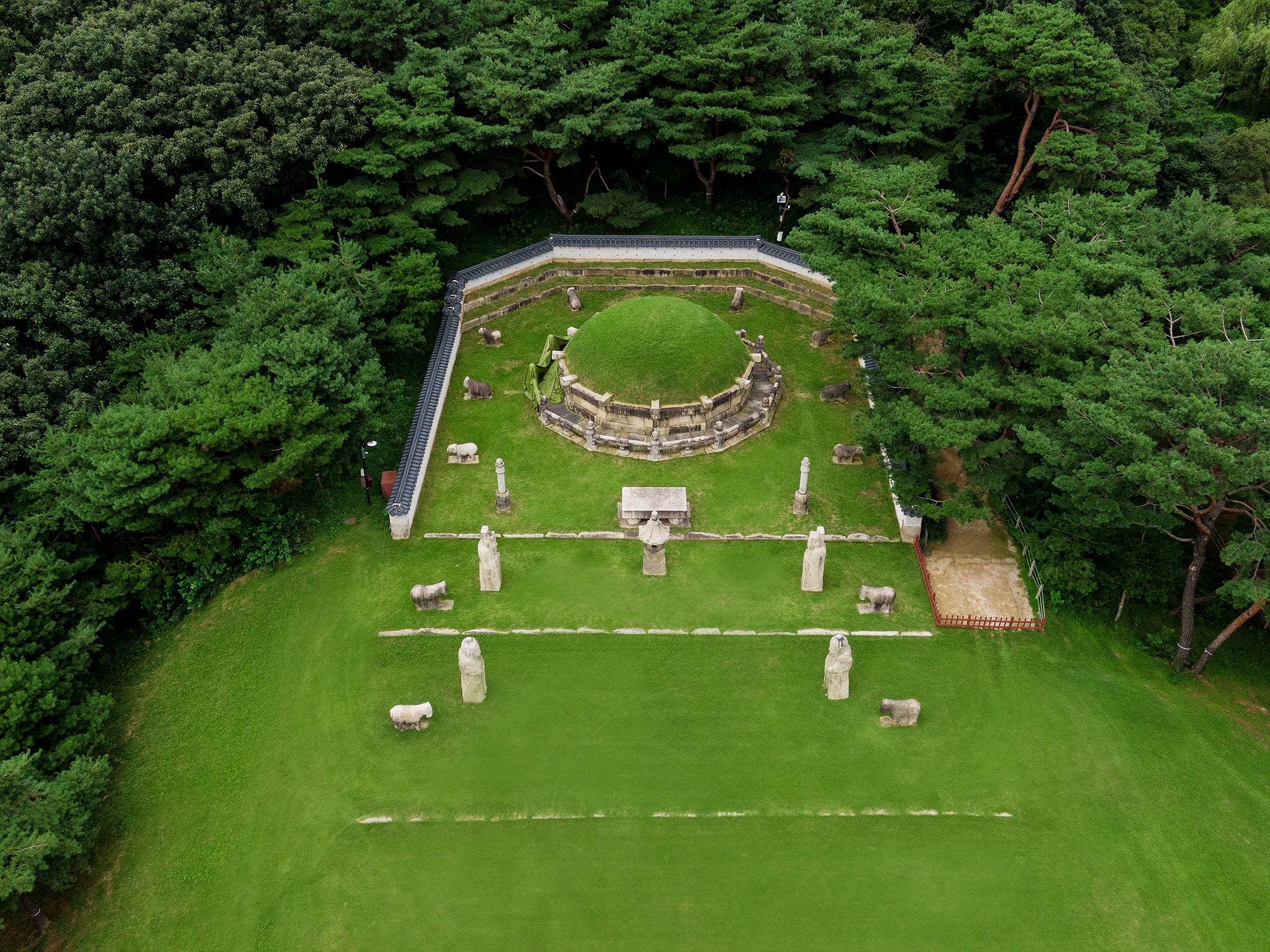
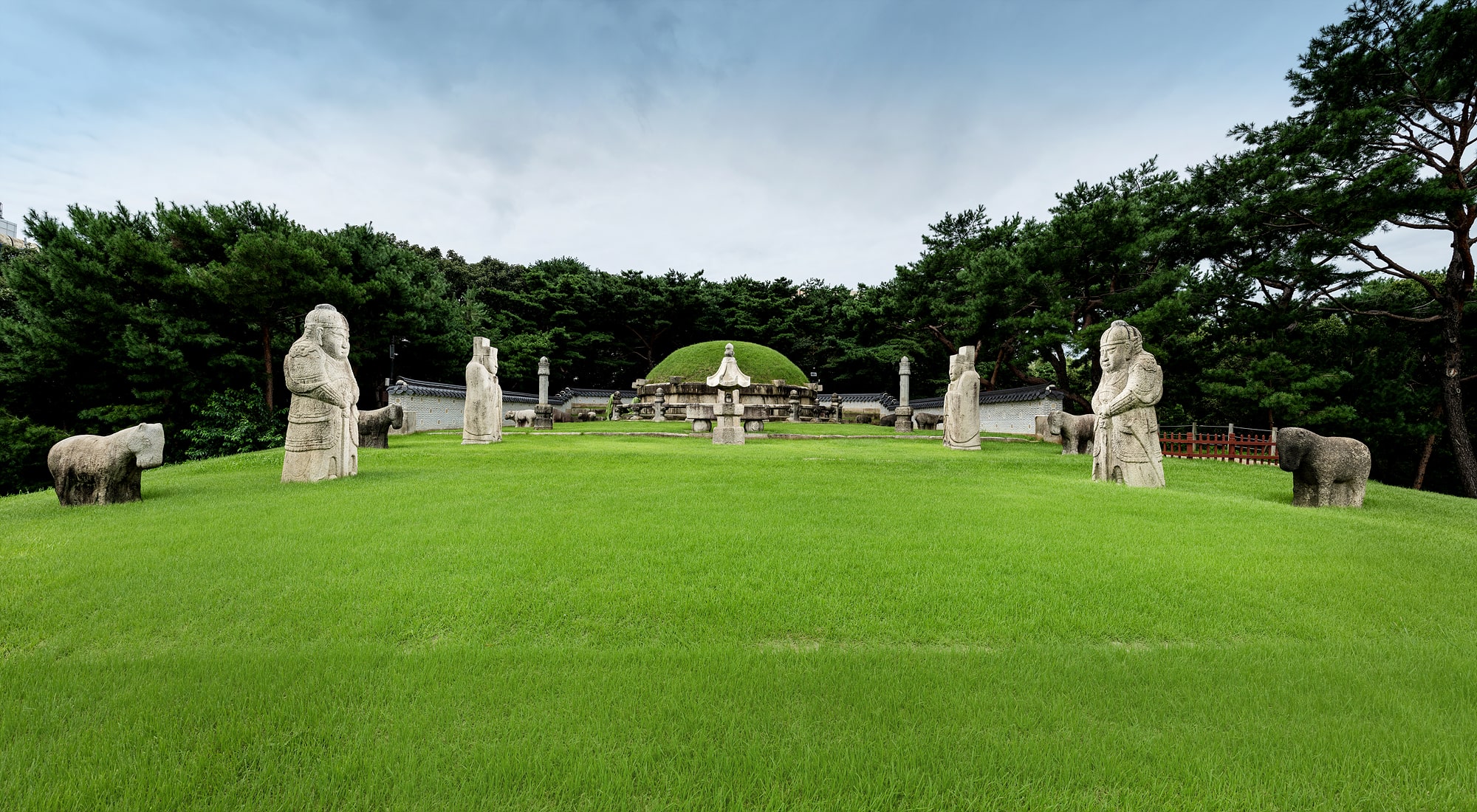
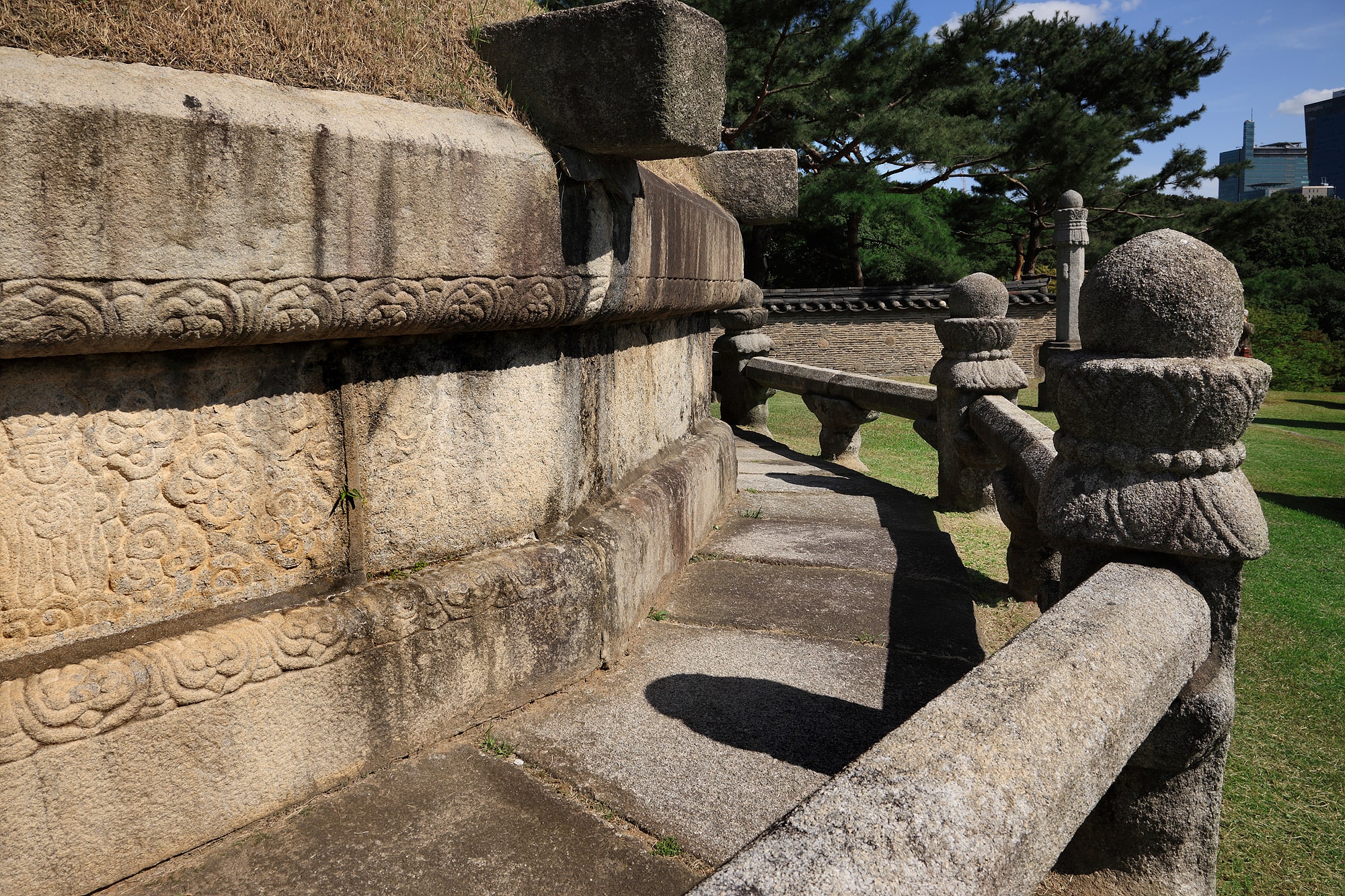
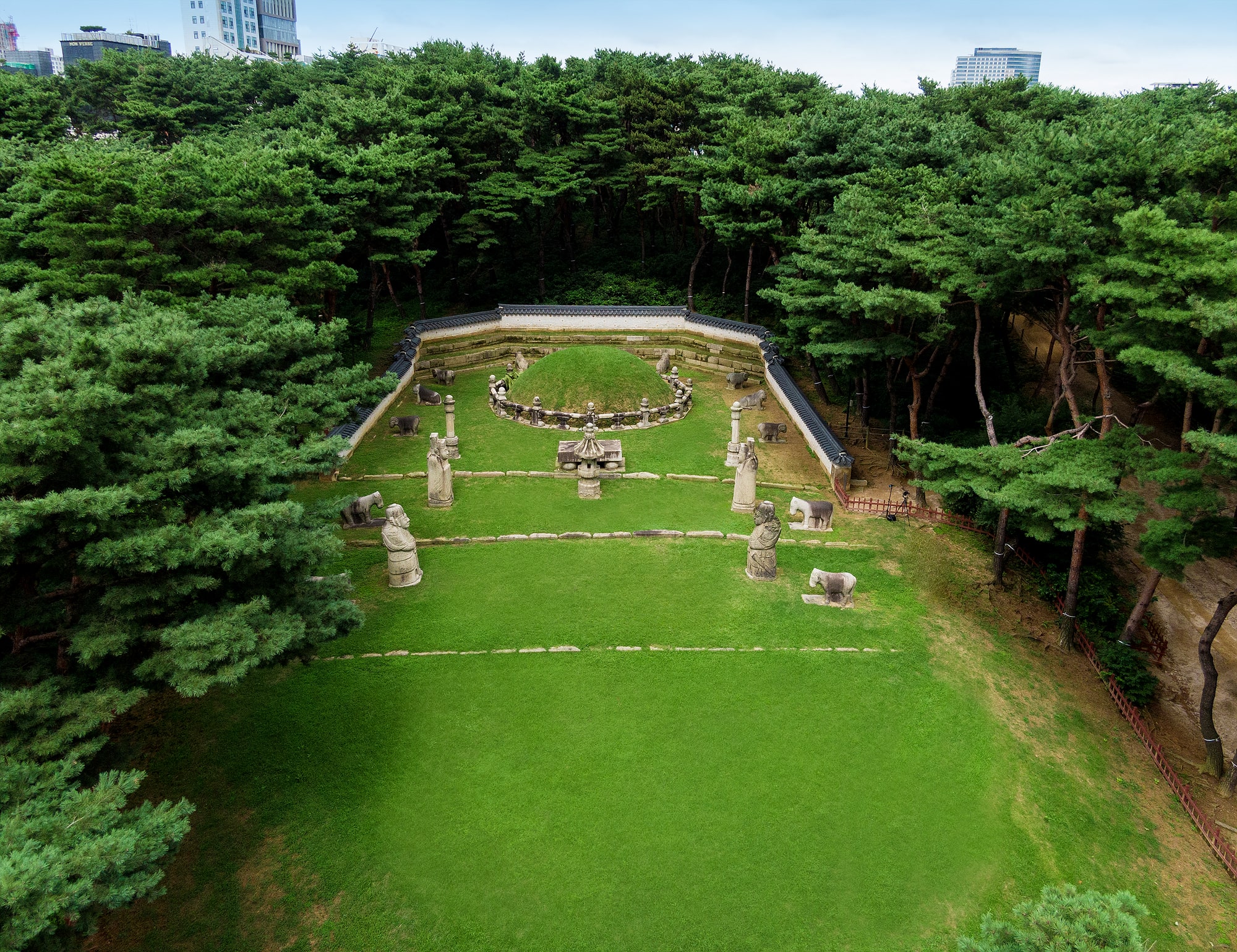
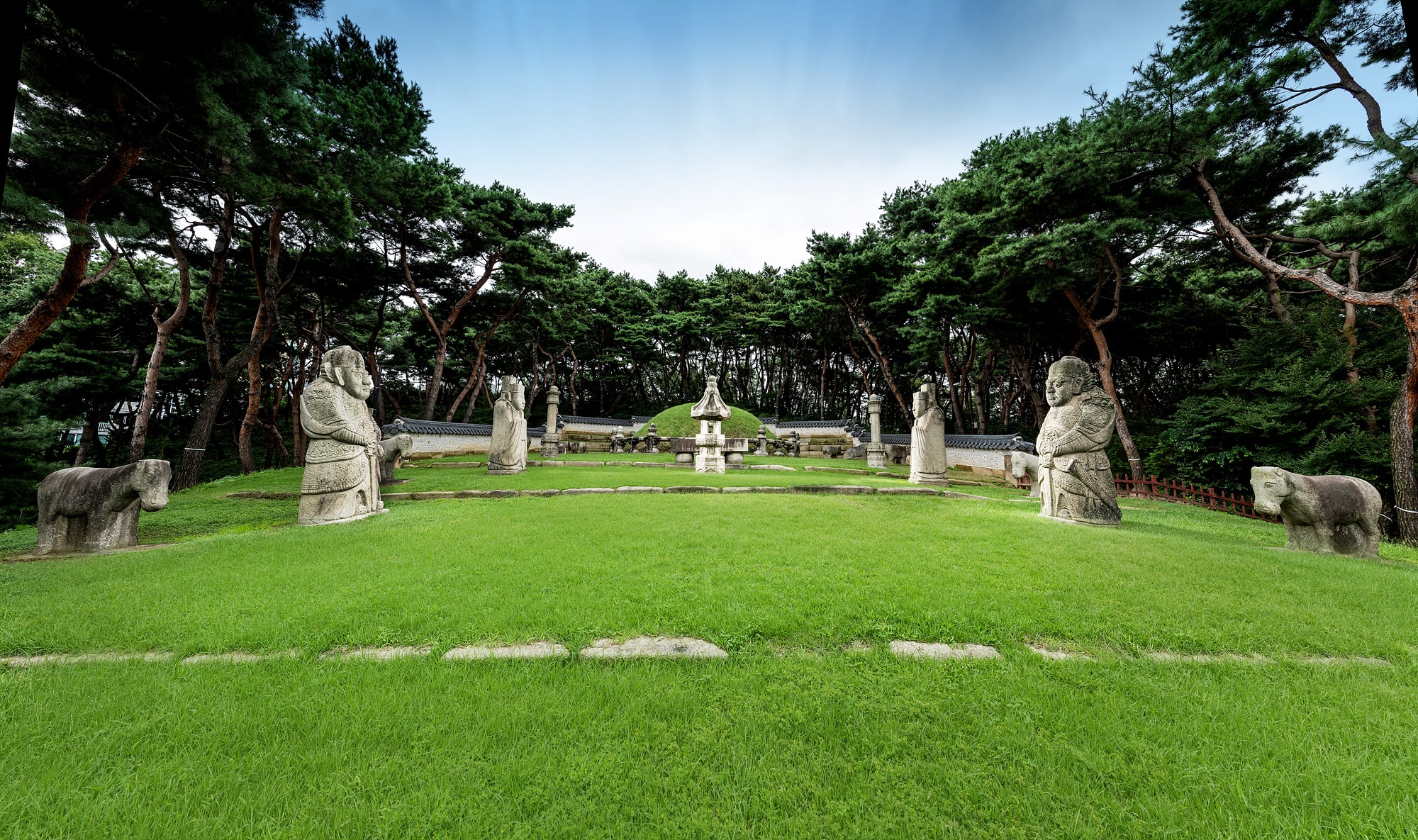
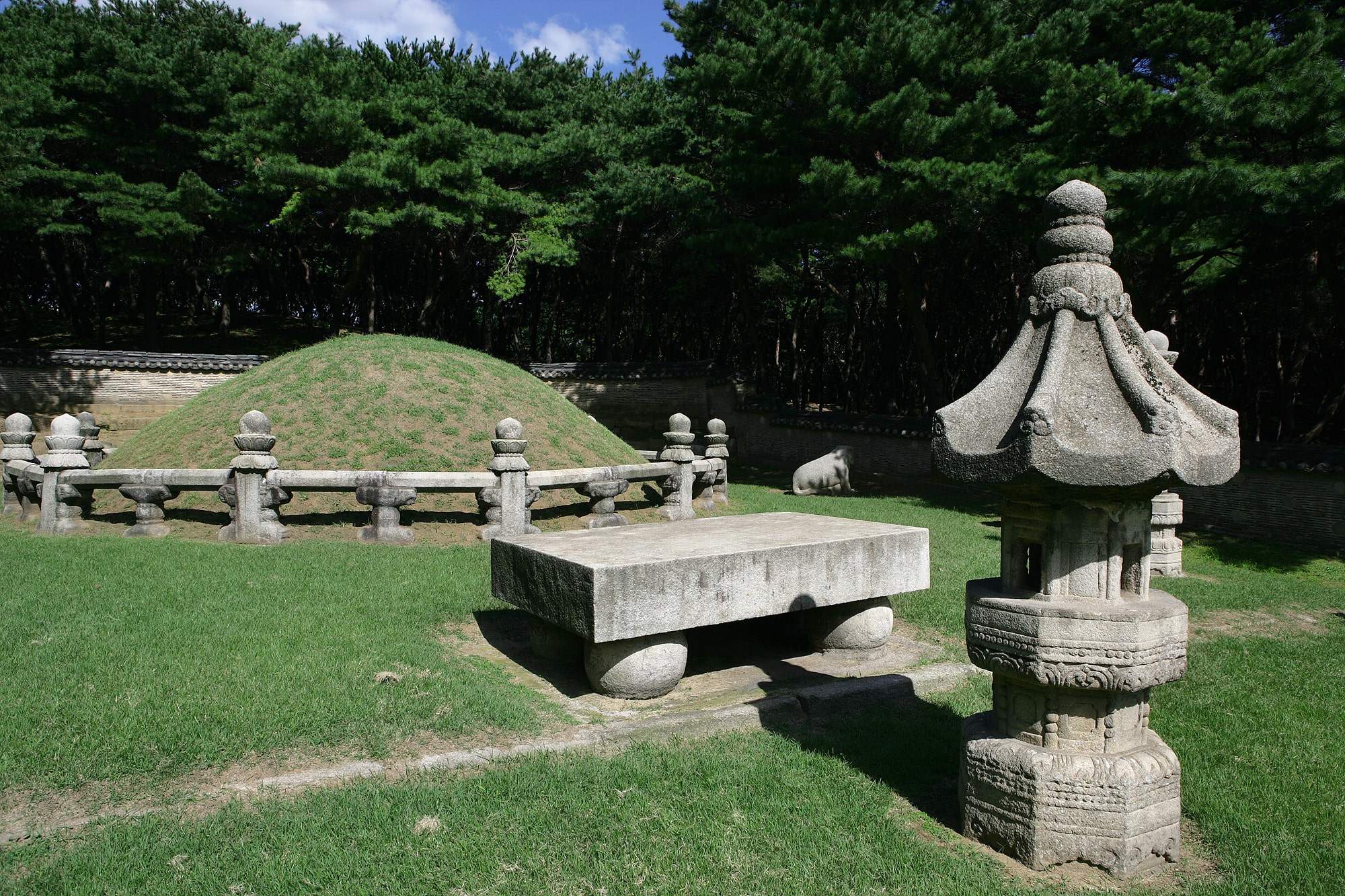
Seolleung and Jeongneung Royal Tombs, Seoul
Seolleung Royal Tomb (Royal Tomb of King Seongjong, the 9th Ruler of Joseon, and His Third Consort, Queen Jeonghyeon)
King Seongjong (1457-1494, r. 1469-1494) was a grandson of King Sejo and the second son of Honorary King Deokjong (or Crown Prince Uigyeong) and Honorary Queen Sohye (or Queen Dowager Insu).

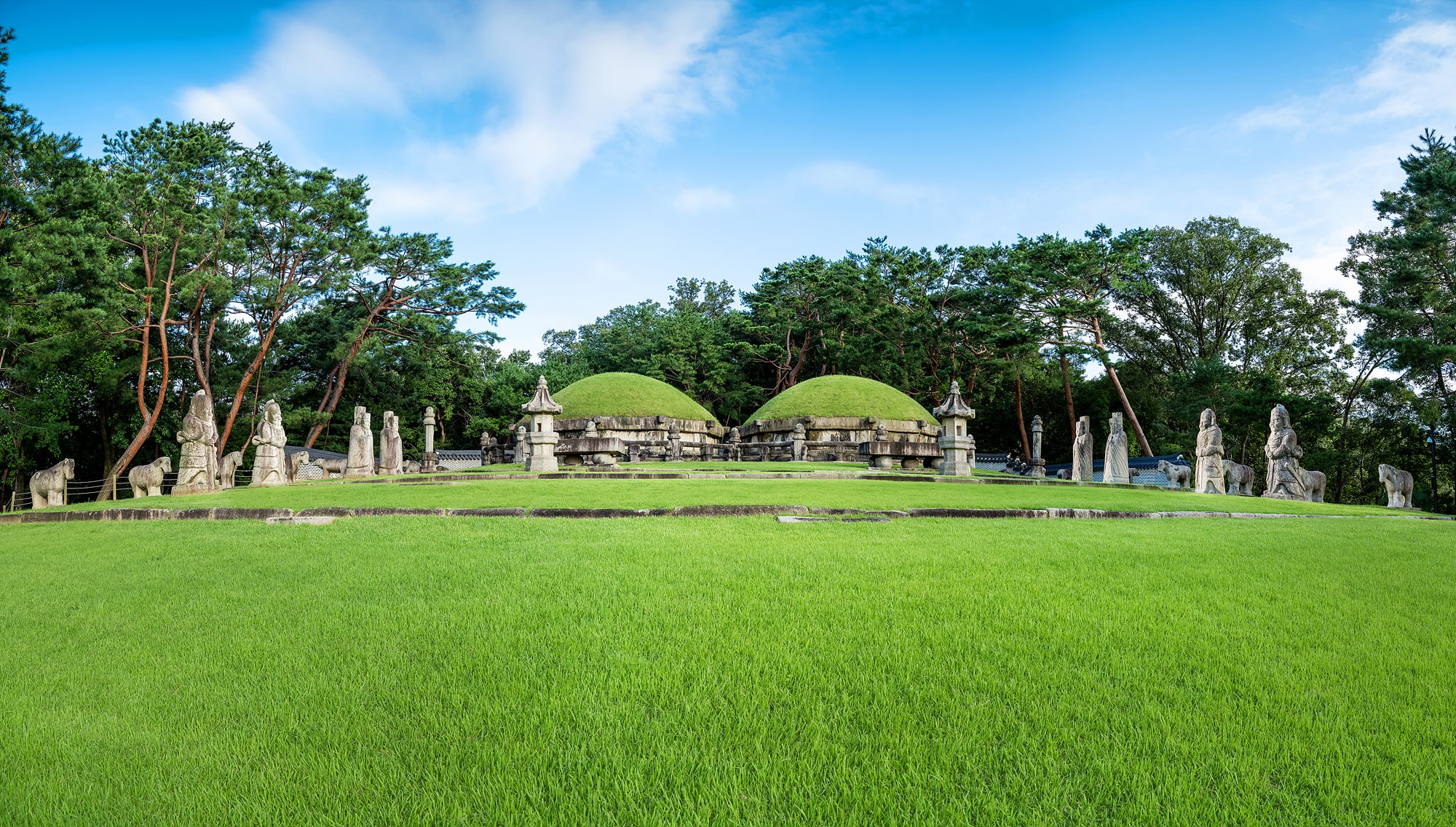
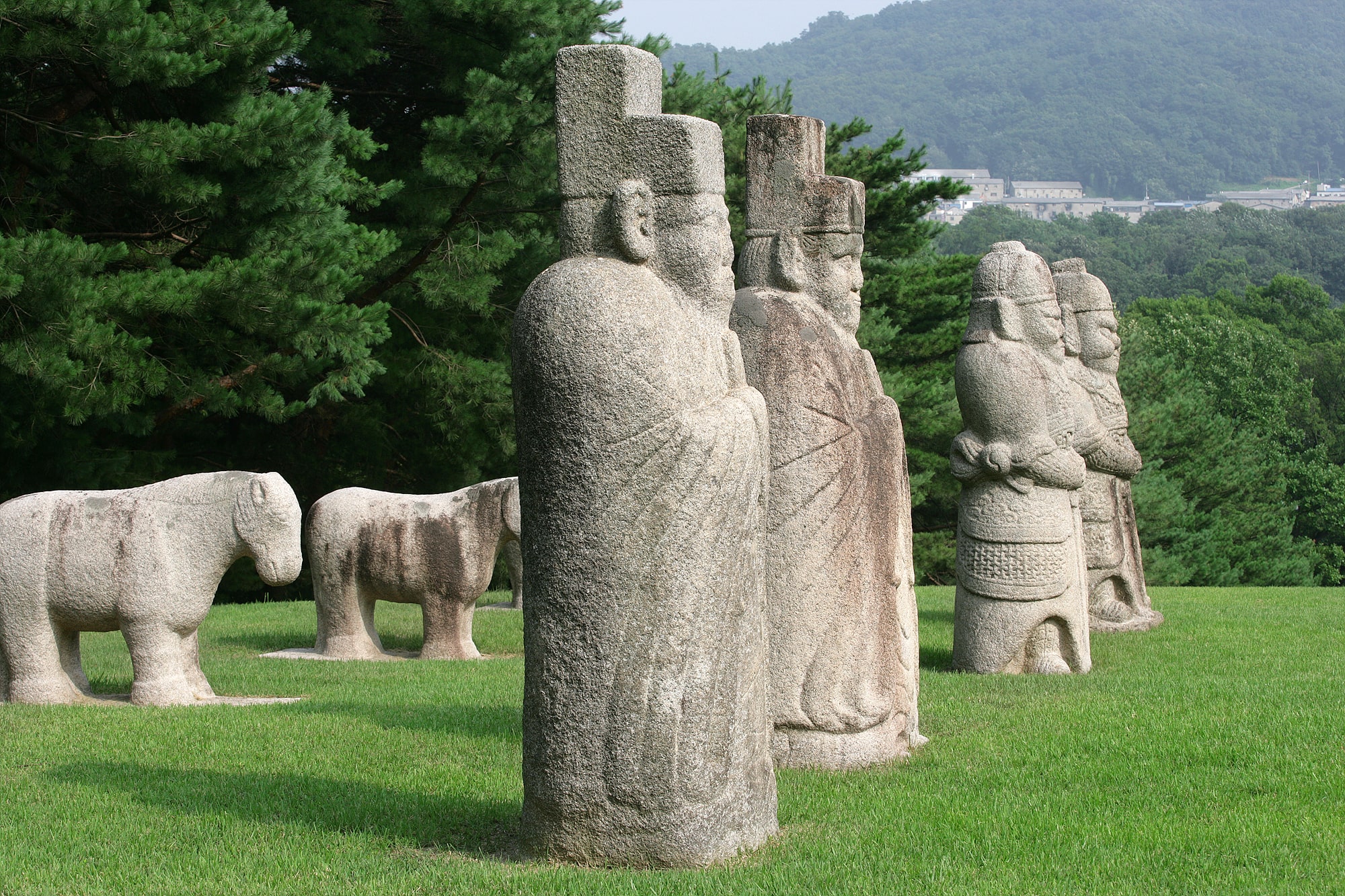
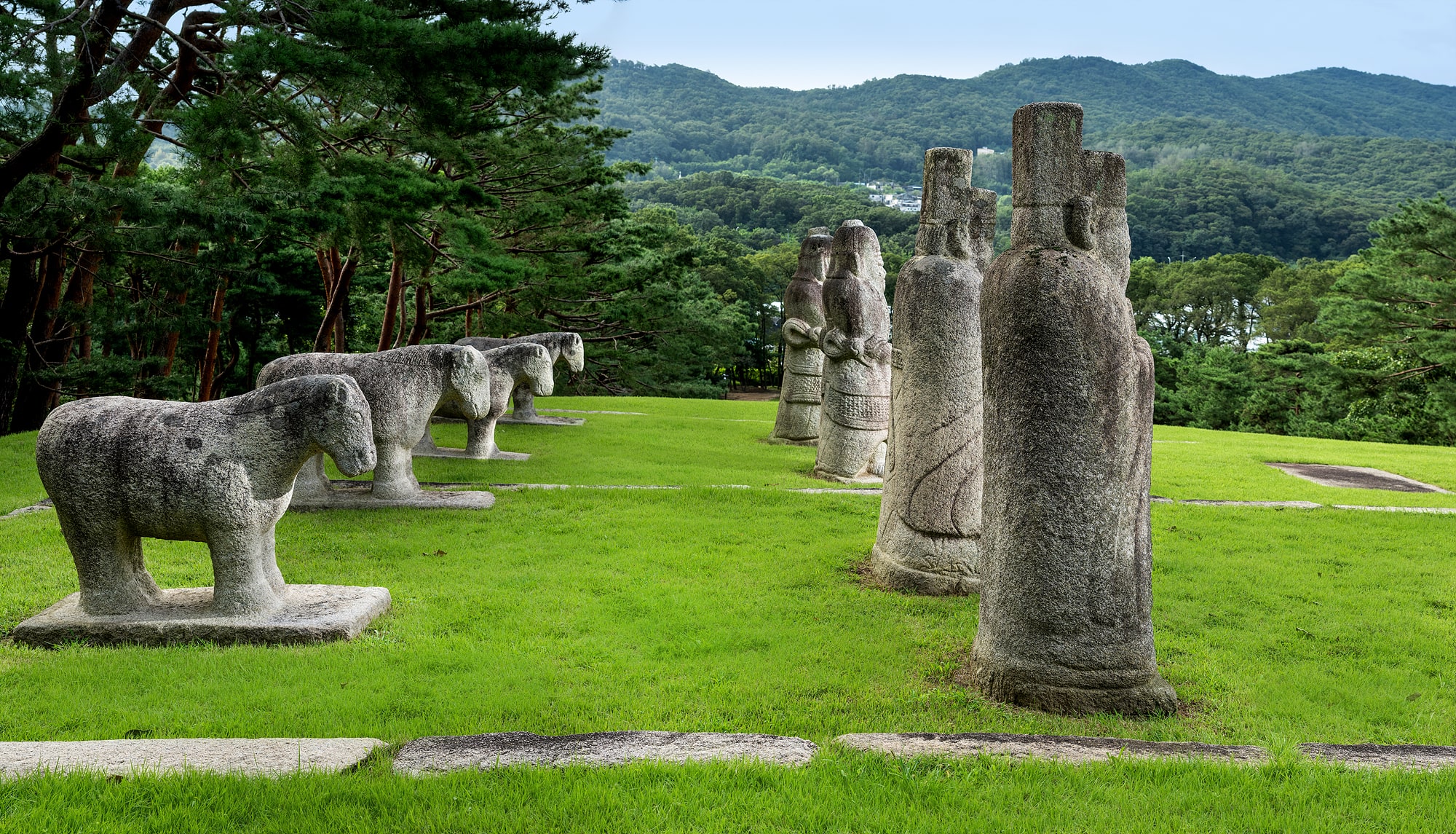
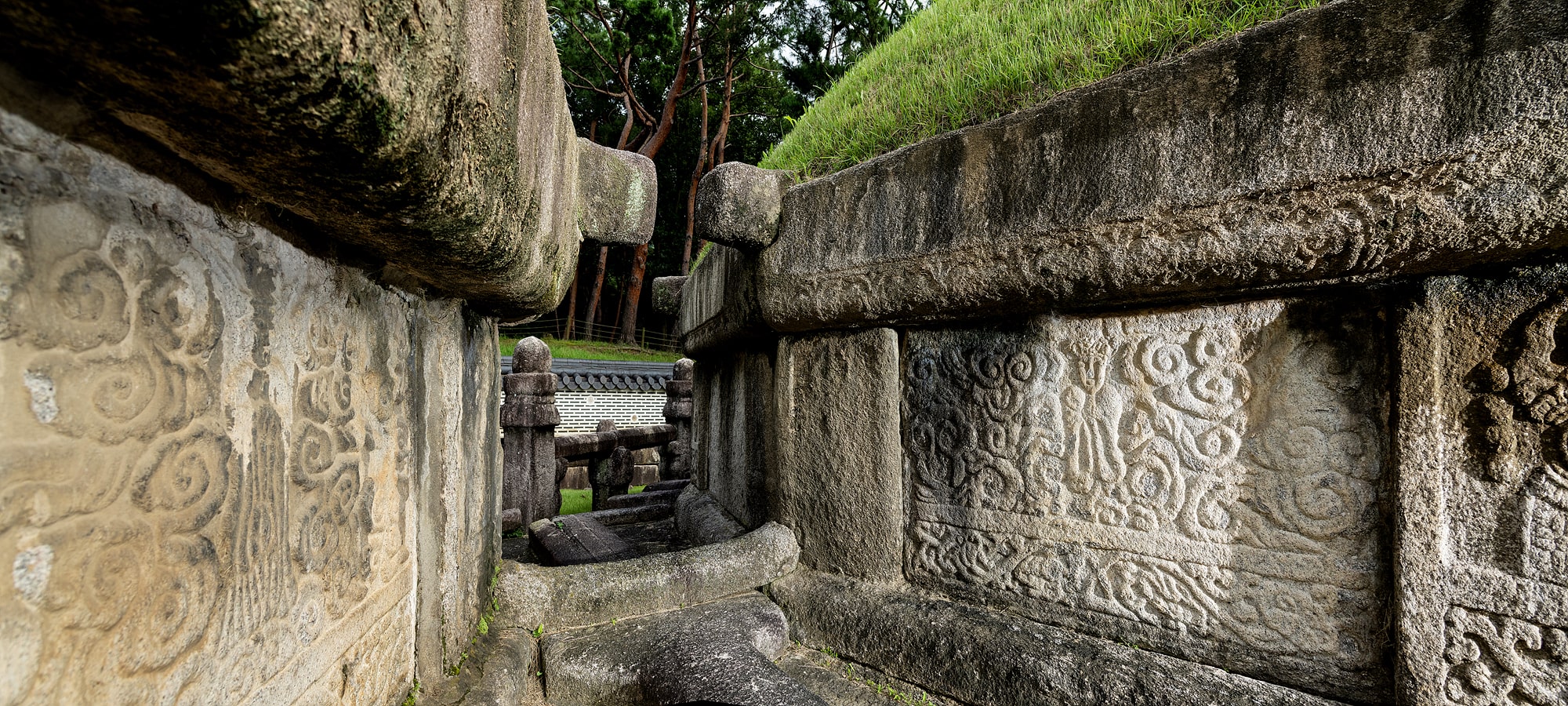
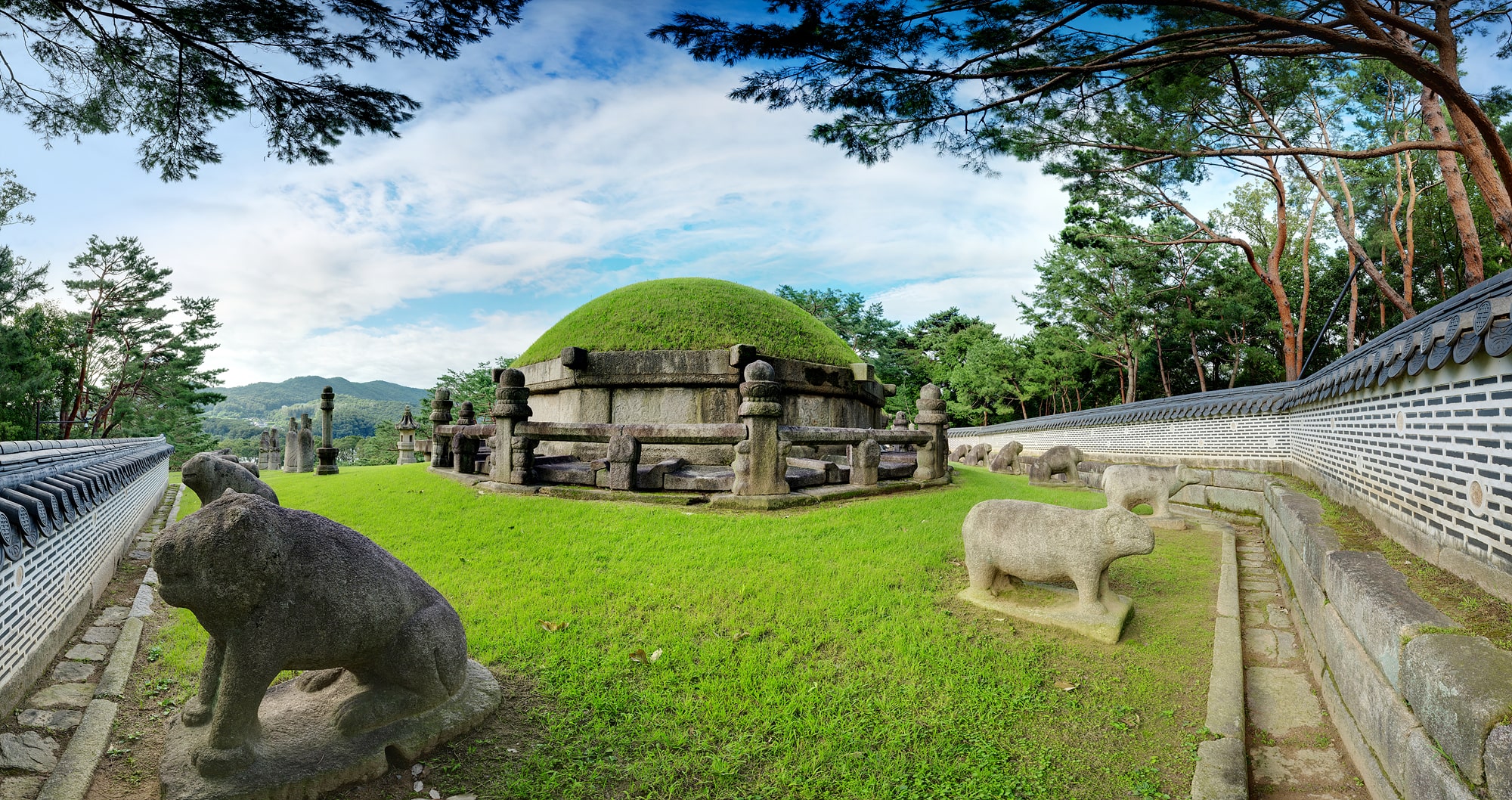
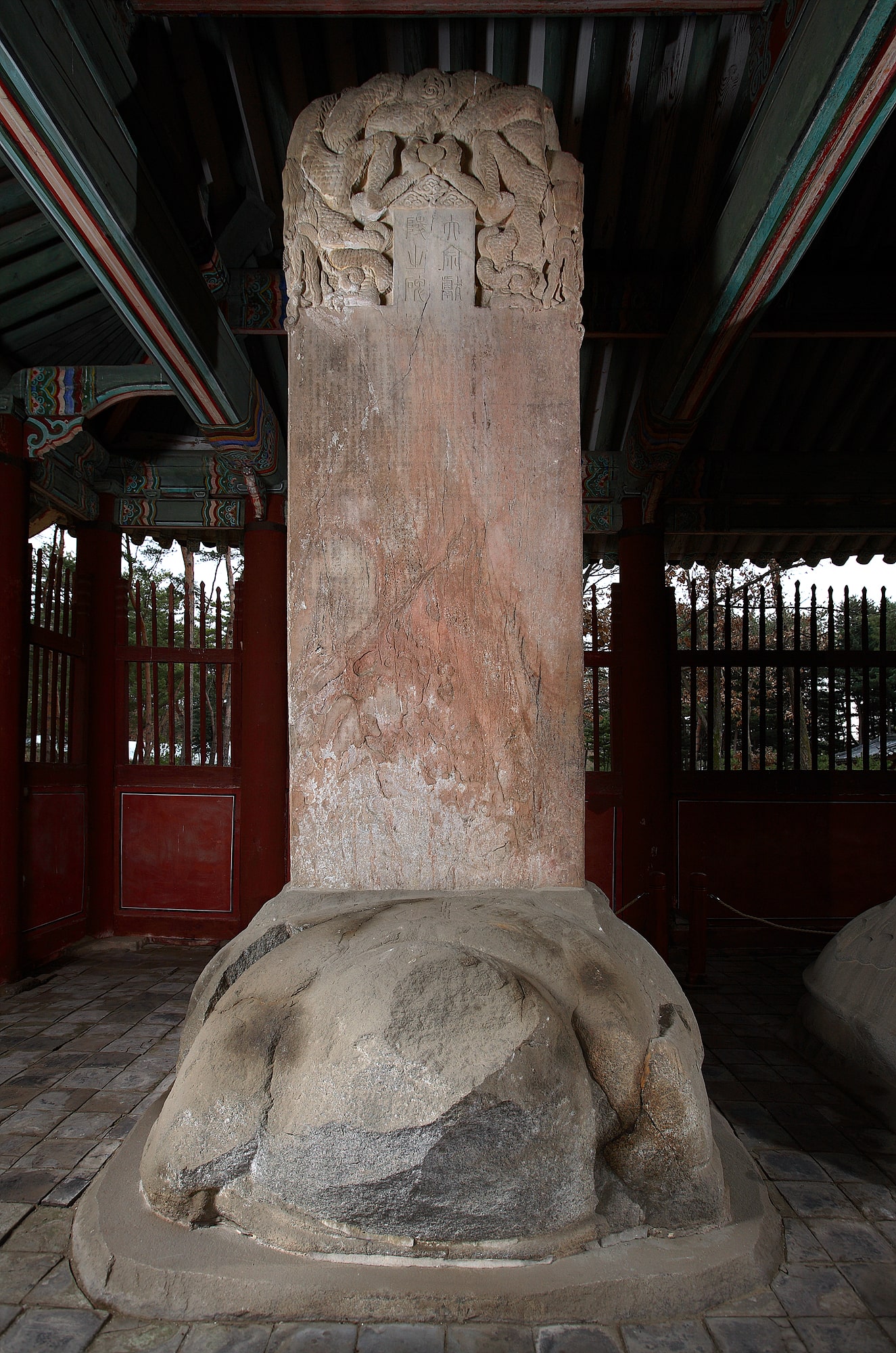
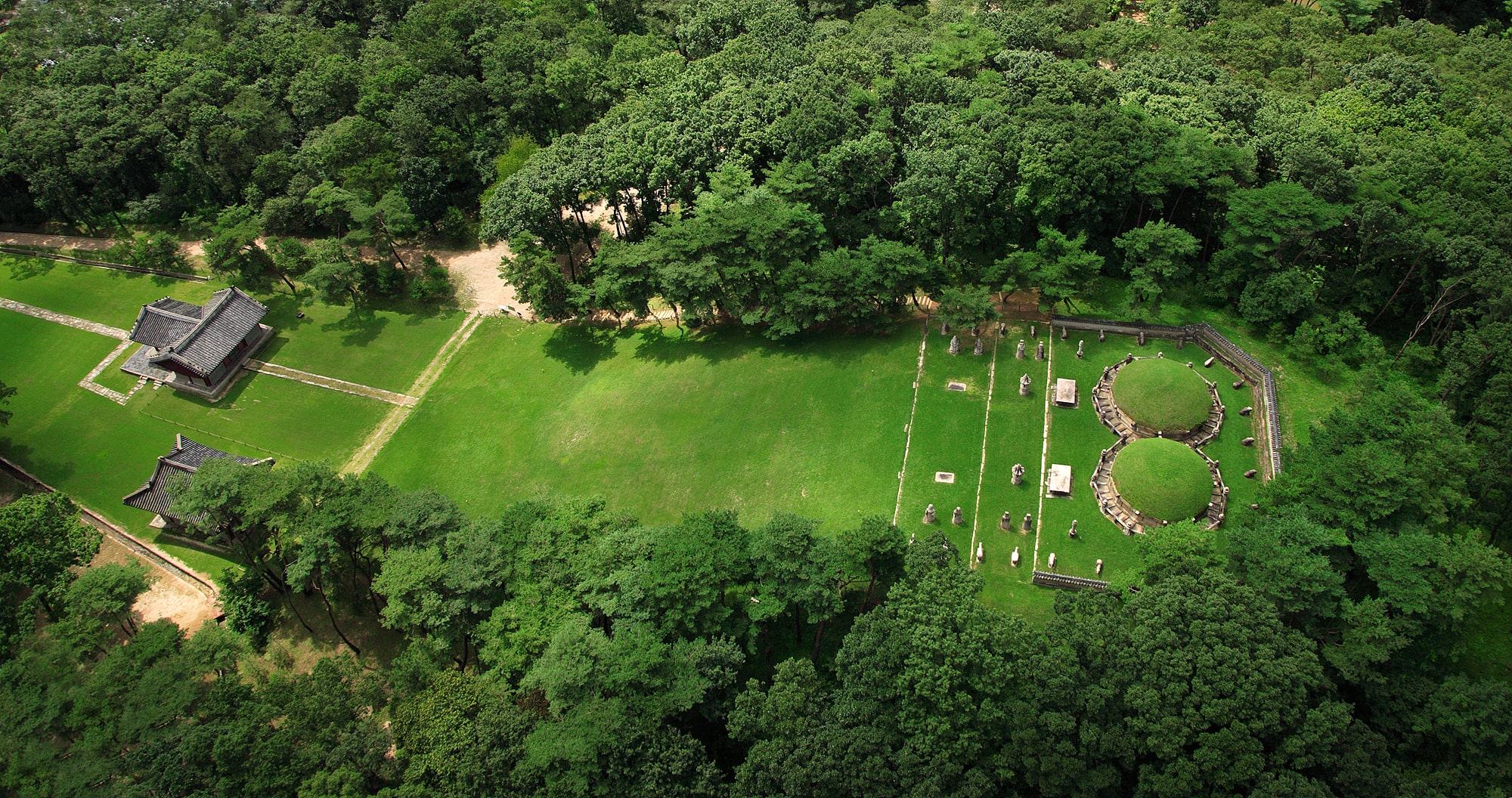
Heolleung and Illeung Royal Tombs, Seoul
Heolleung Royal Tomb (Royal Tomb of King Taejong, the 3rd Ruler of Joseon, and Queen Wongyeong)
King Taejong (1367-1422, r. 1400-1418), the fifth son of King Taejo (Honorary Emperor Taejo) and Queen Sinui (Honorary Empress Sinui), was invested as Prince Jeongan in 1392 in recognition of the crucial role he played in his father's struggle to found the Joseon Dynasty.

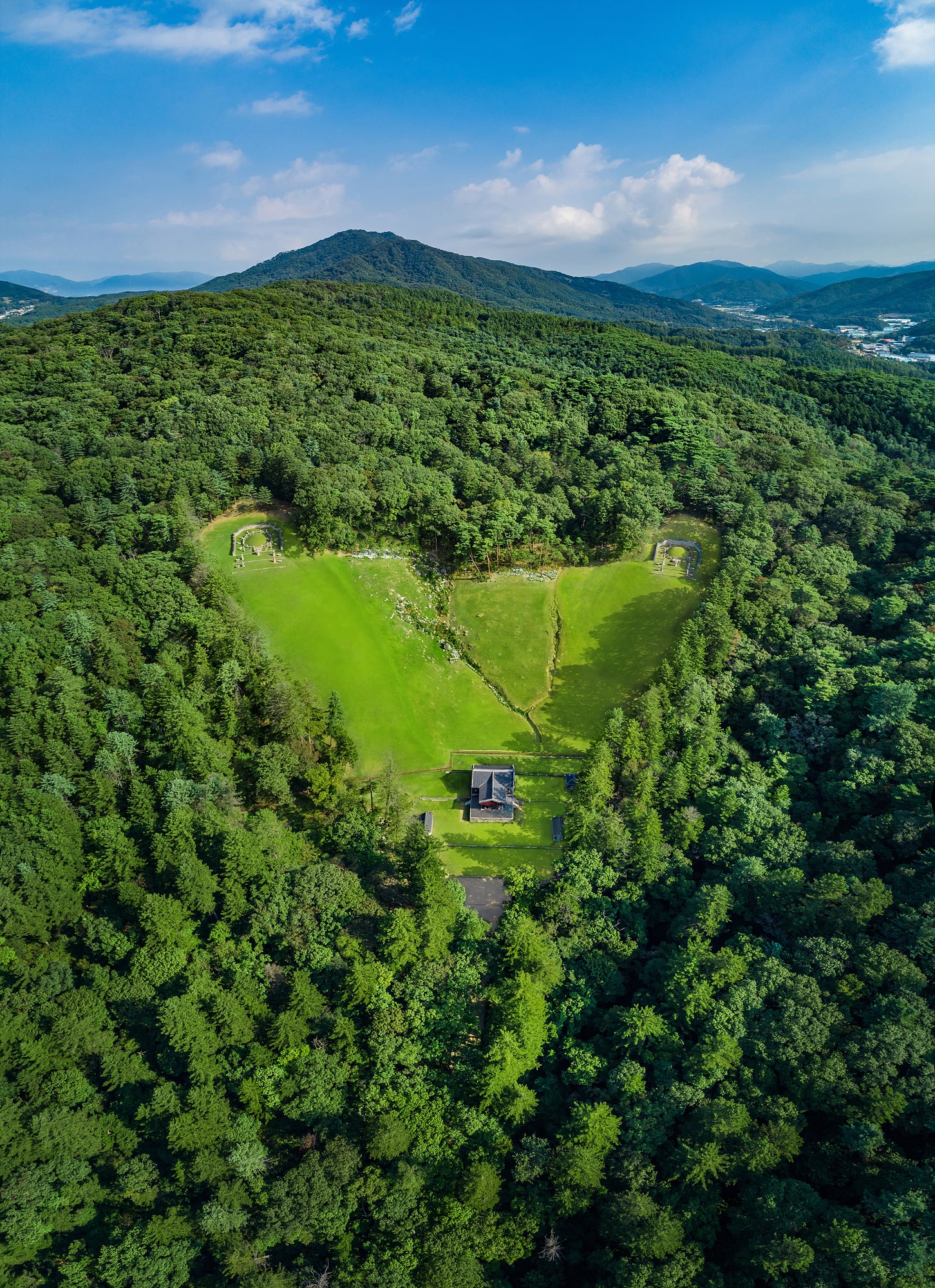
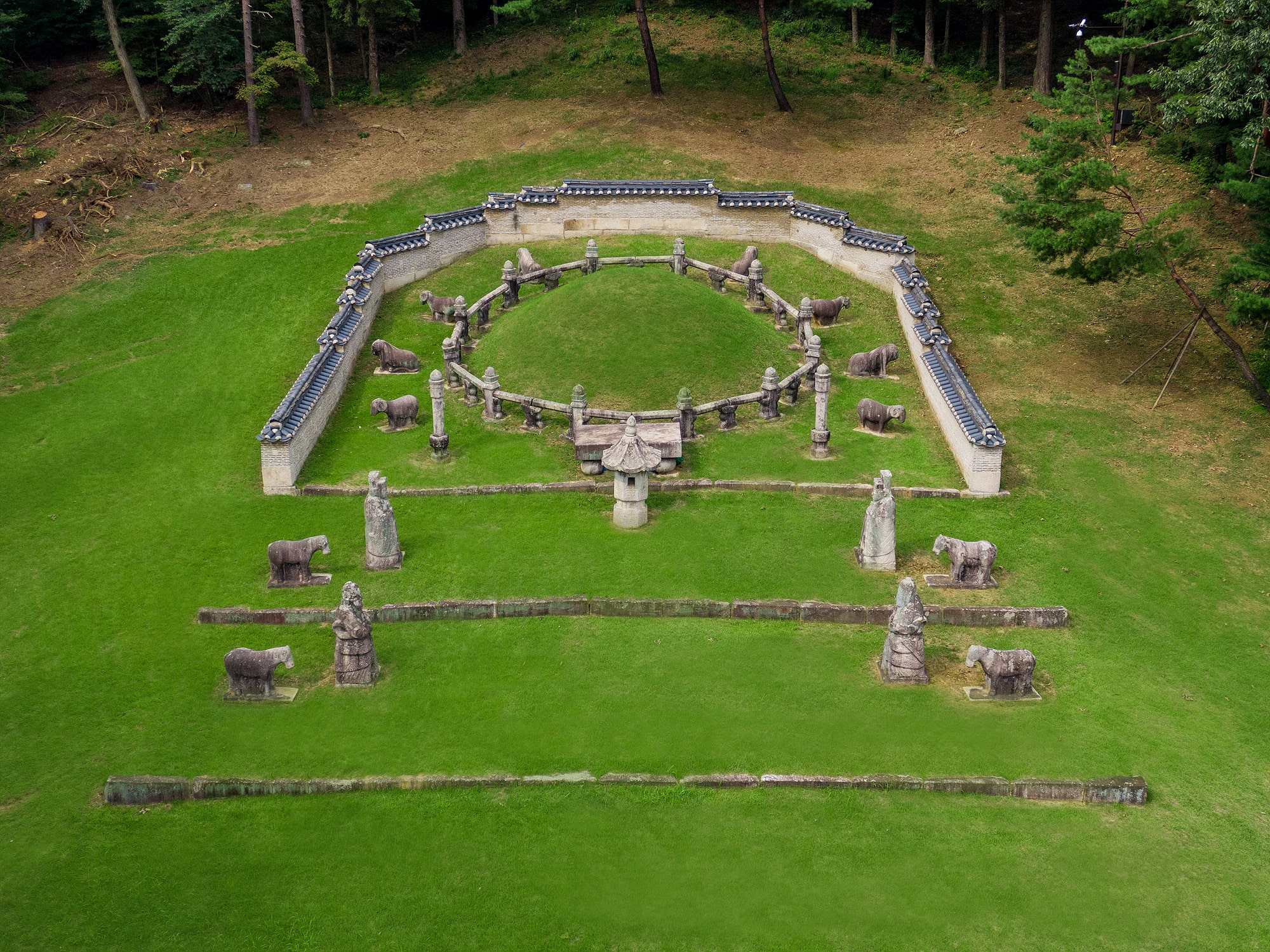
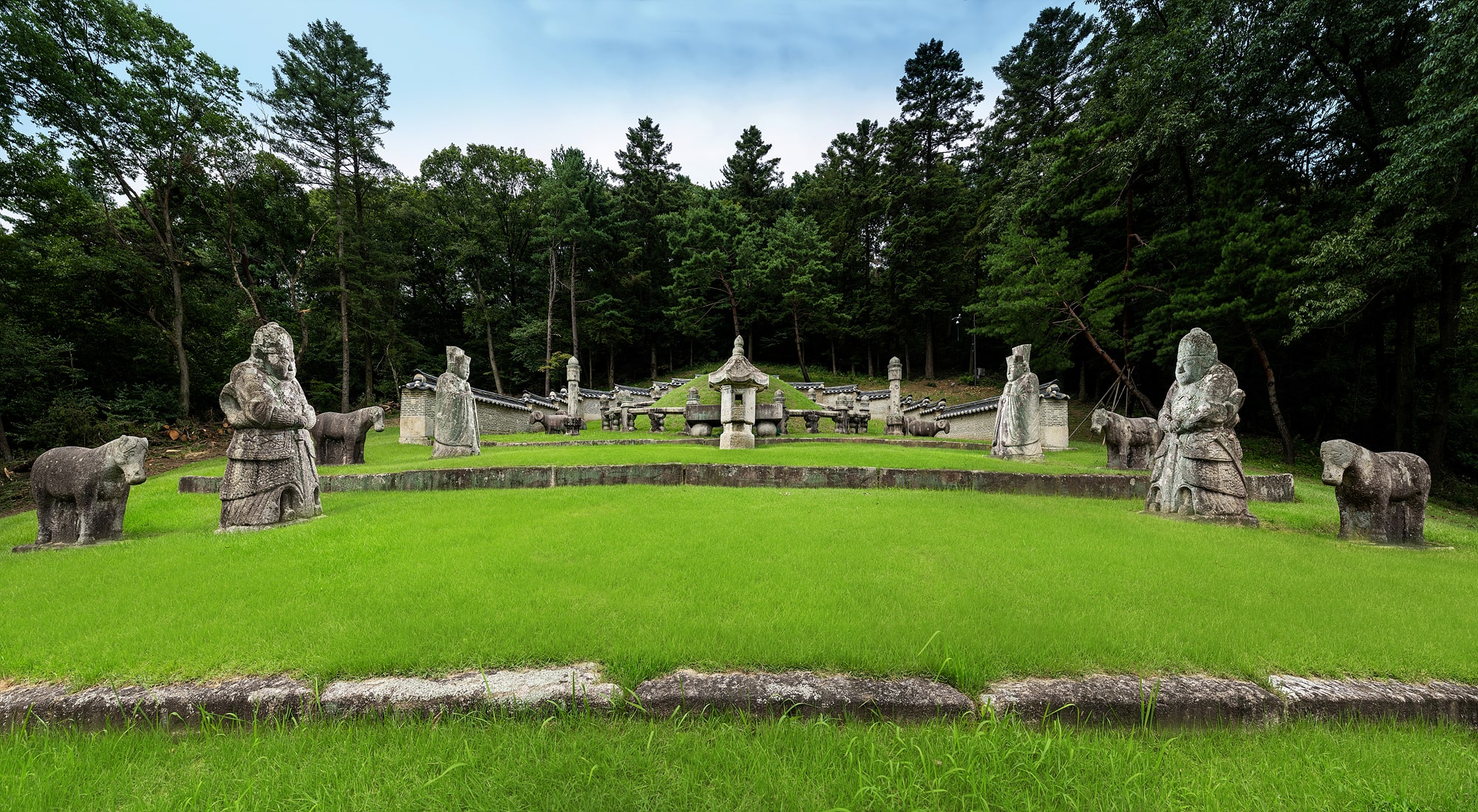
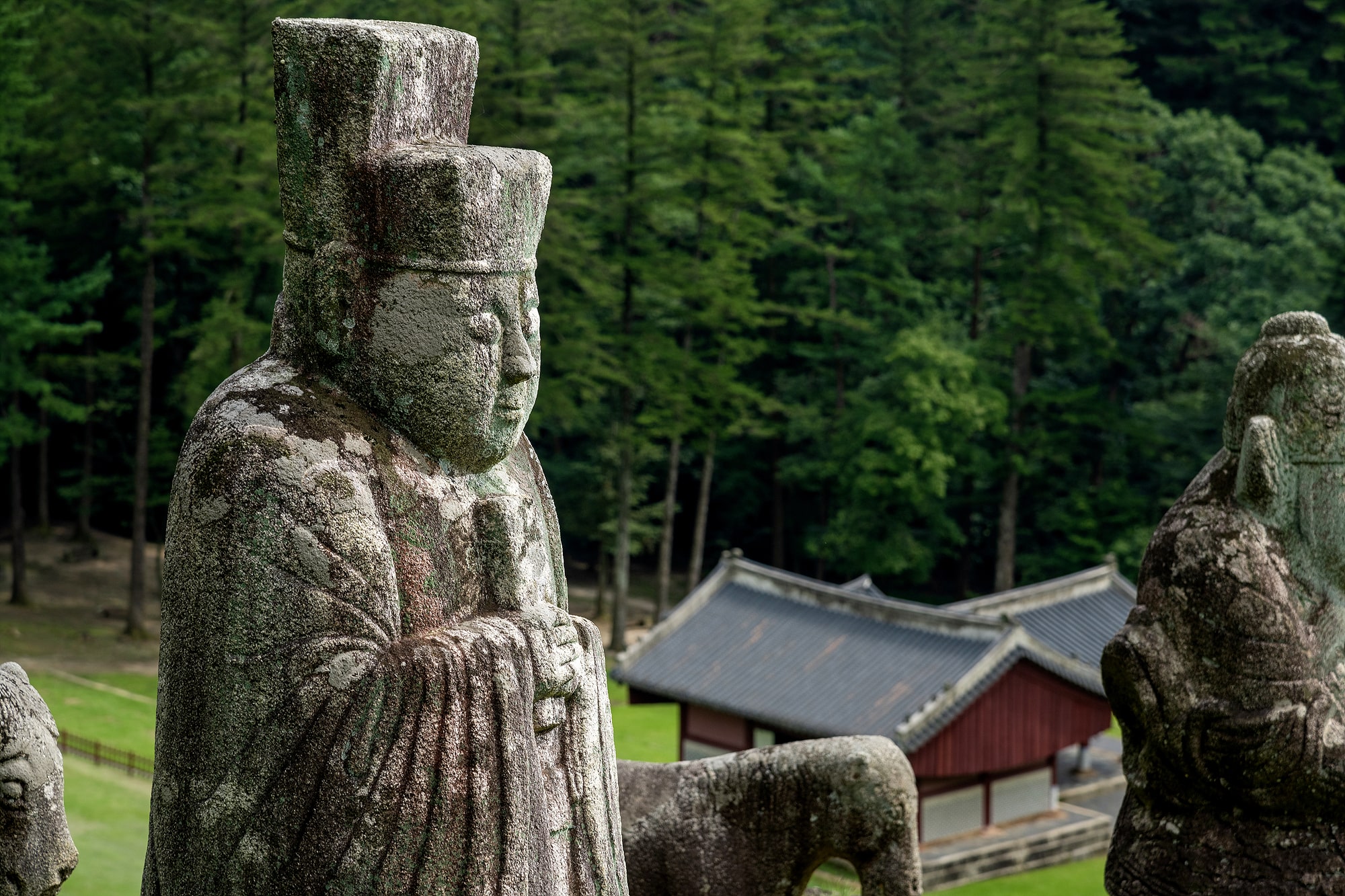
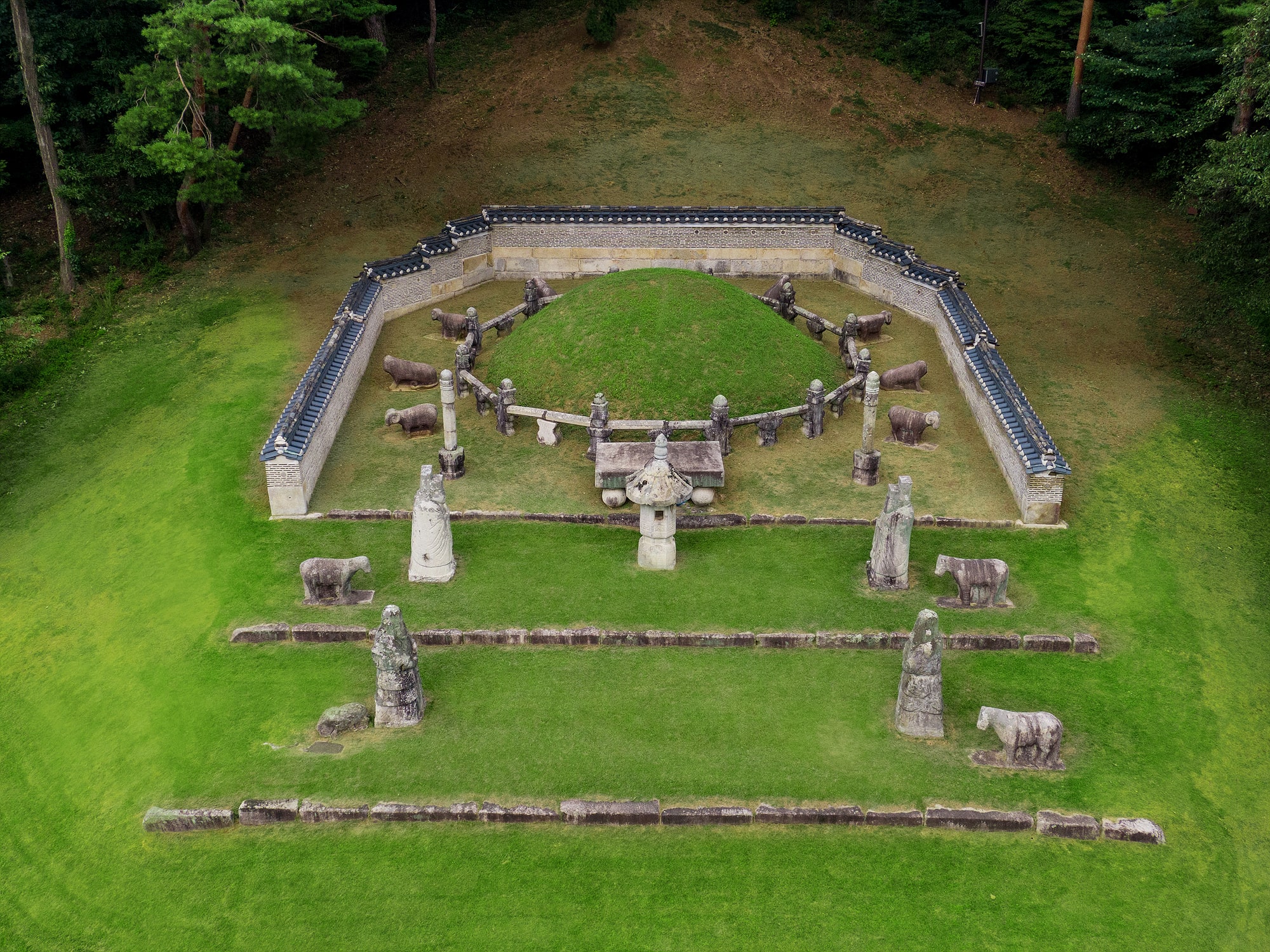
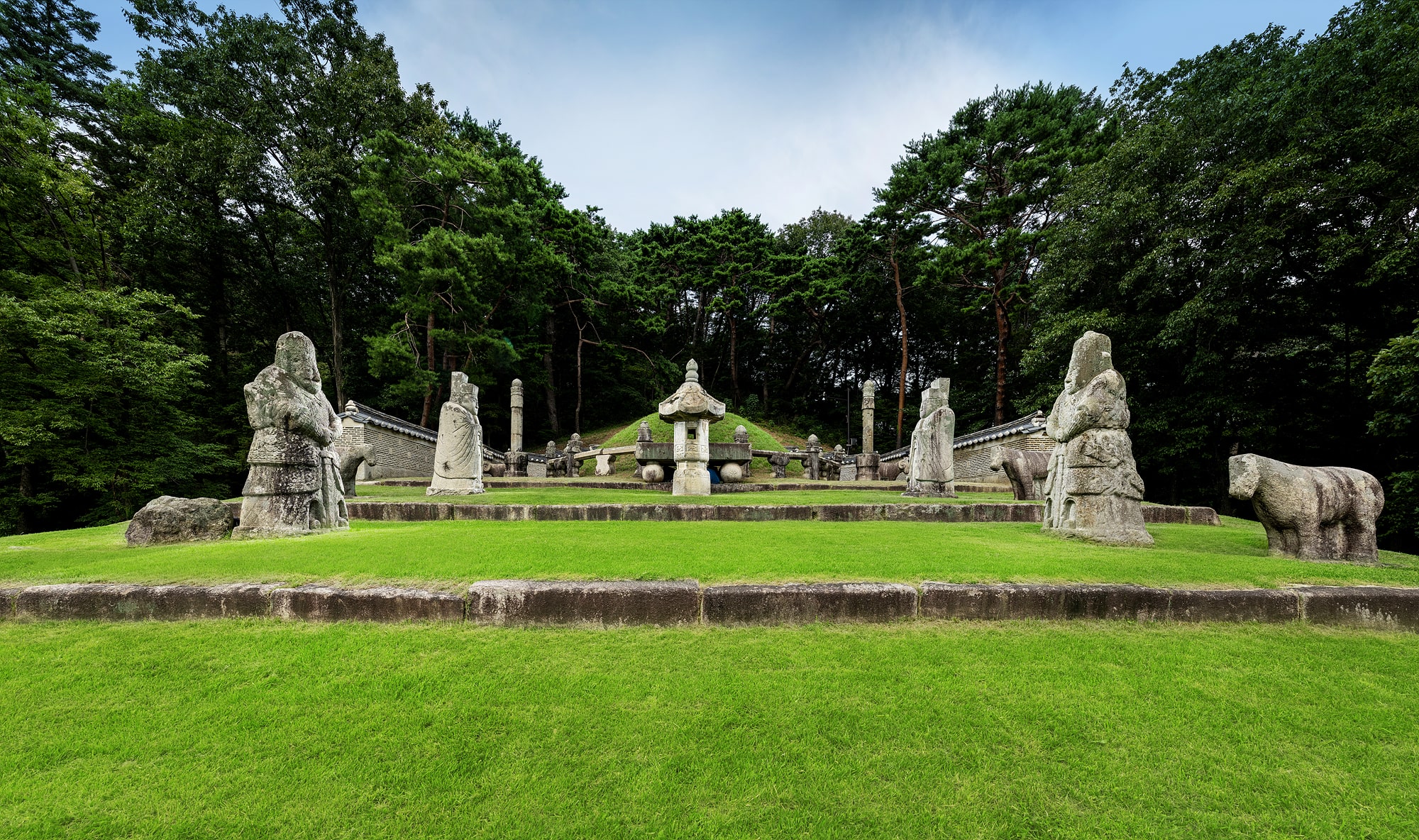
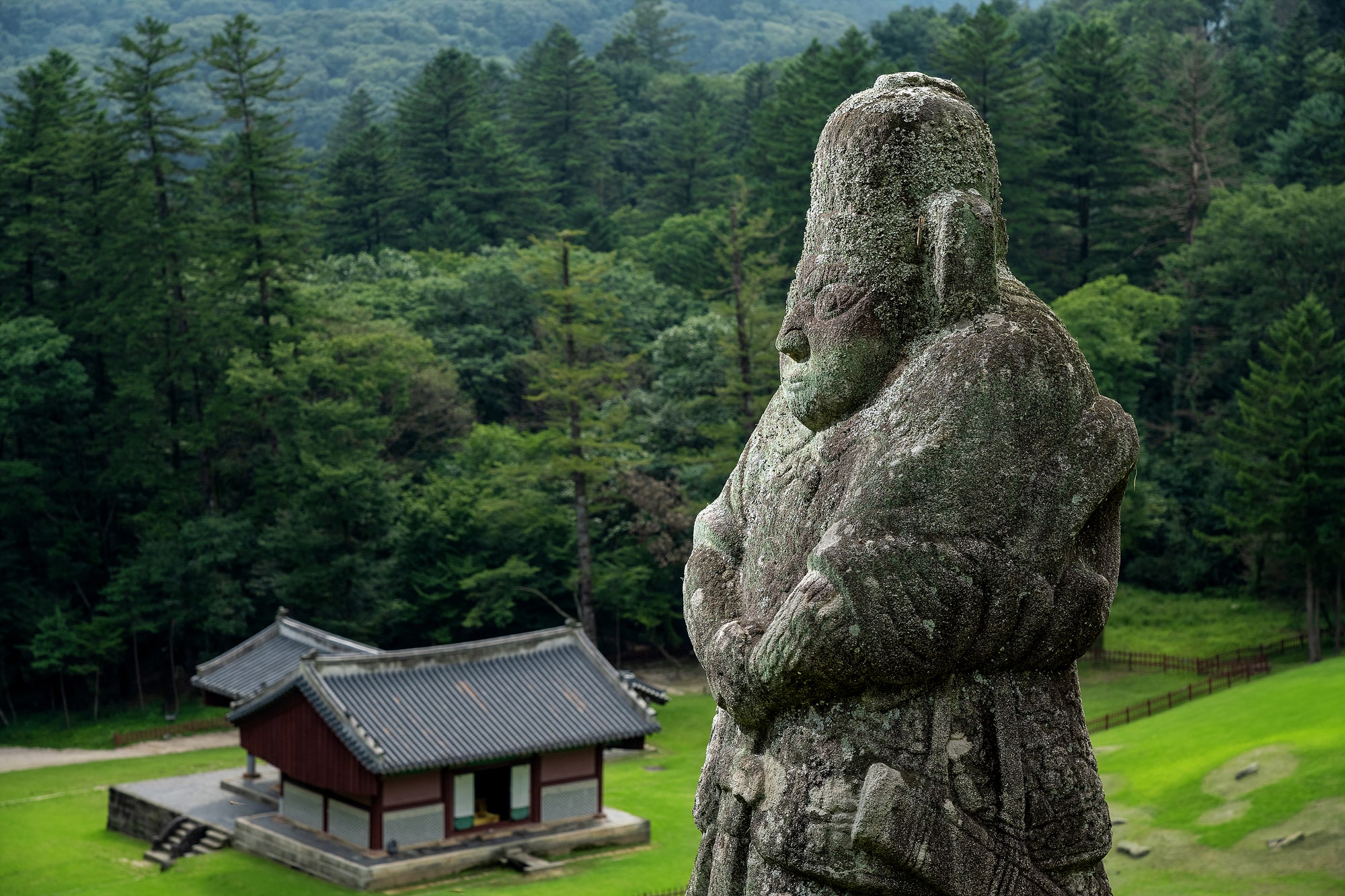
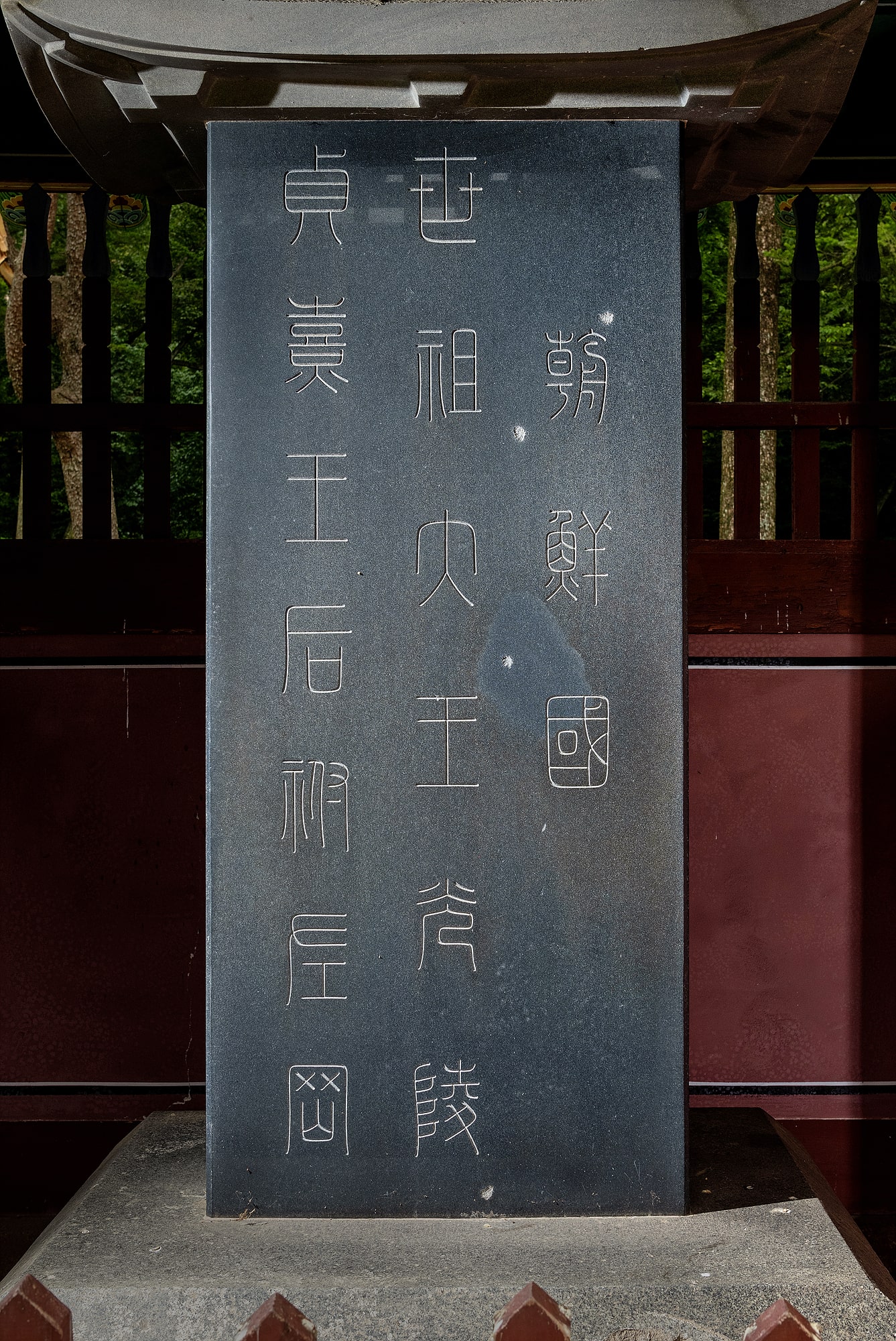
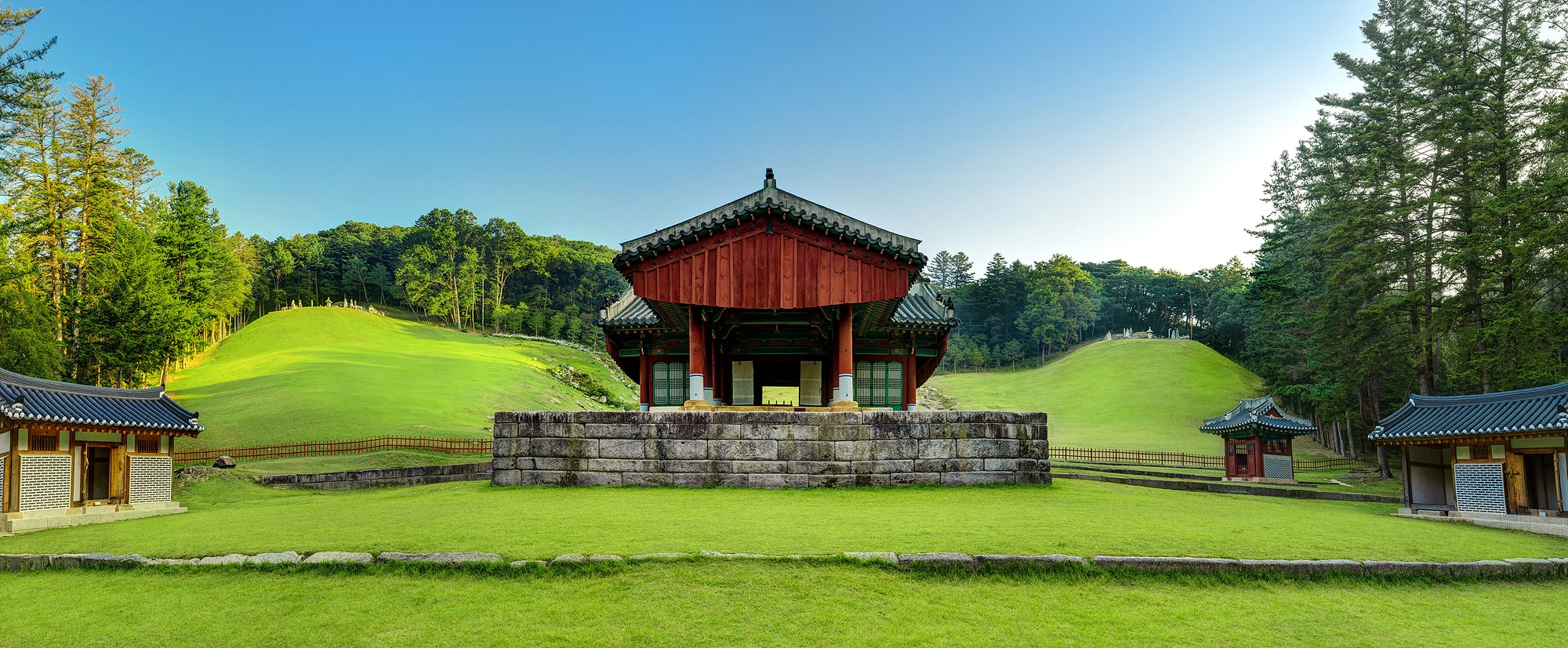
Gwangneung Royal Tomb, Namyangju
Gwangneung Royal Tomb (Royal Tomb of King Sejo, the 7th Ruler of Joseon, and Queen Jeonghui)
King Sejo (1417-1468, r. 1455-1468) was born as the second son of King Sejong and Queen Soheon, and given the titles of Prince Jinpyeong, Prince Jinyang and, in 1445, Prince Suyang.

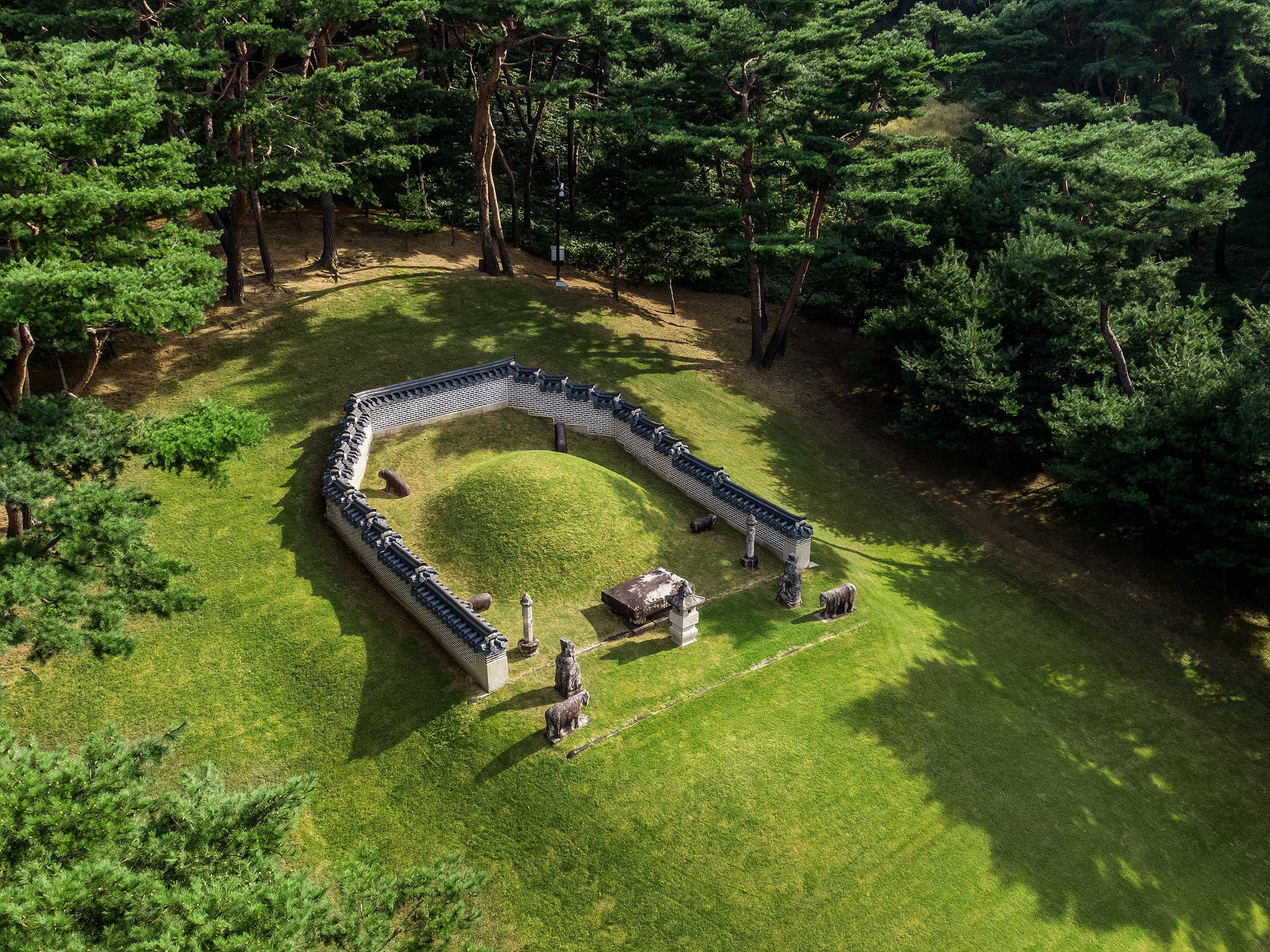
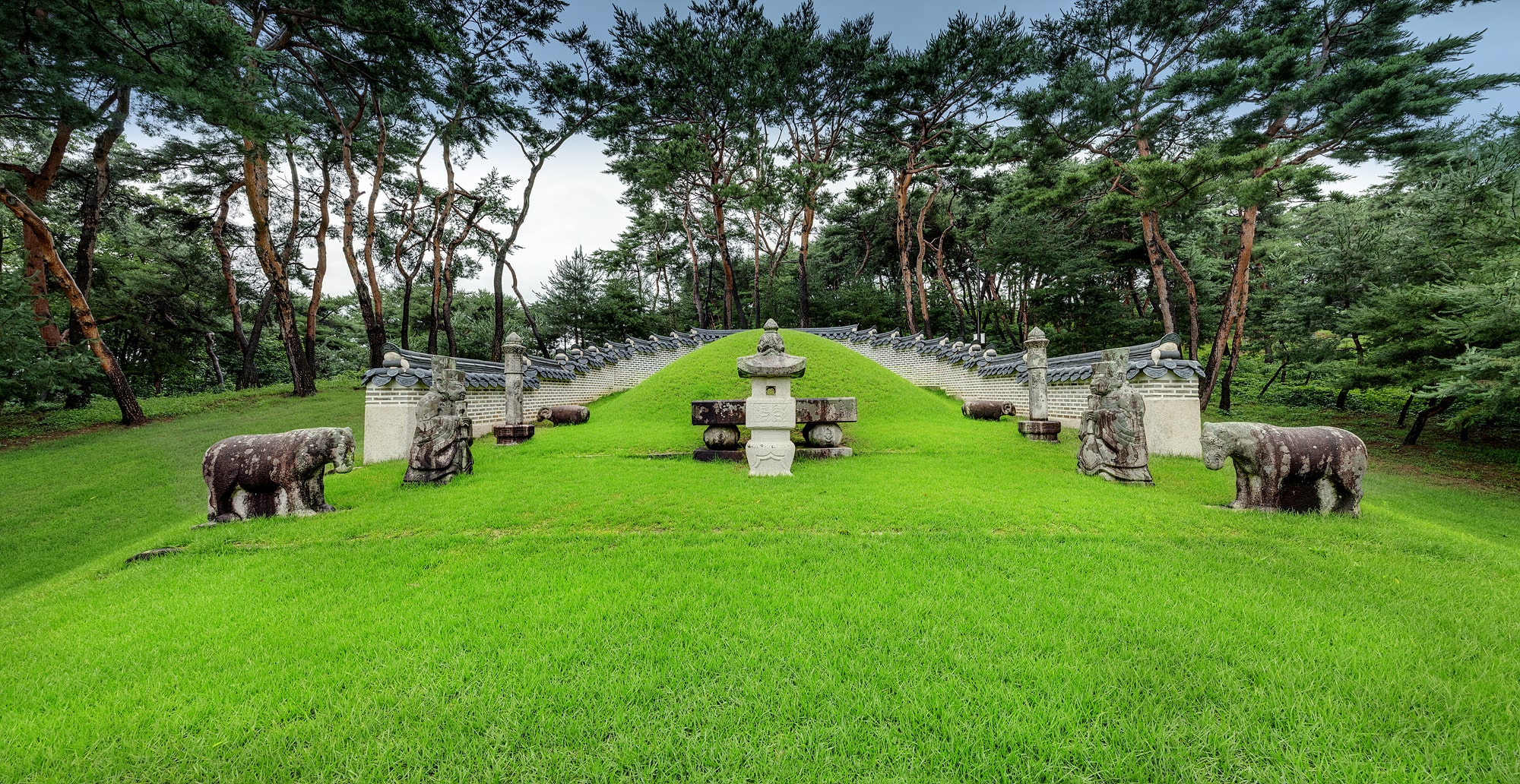
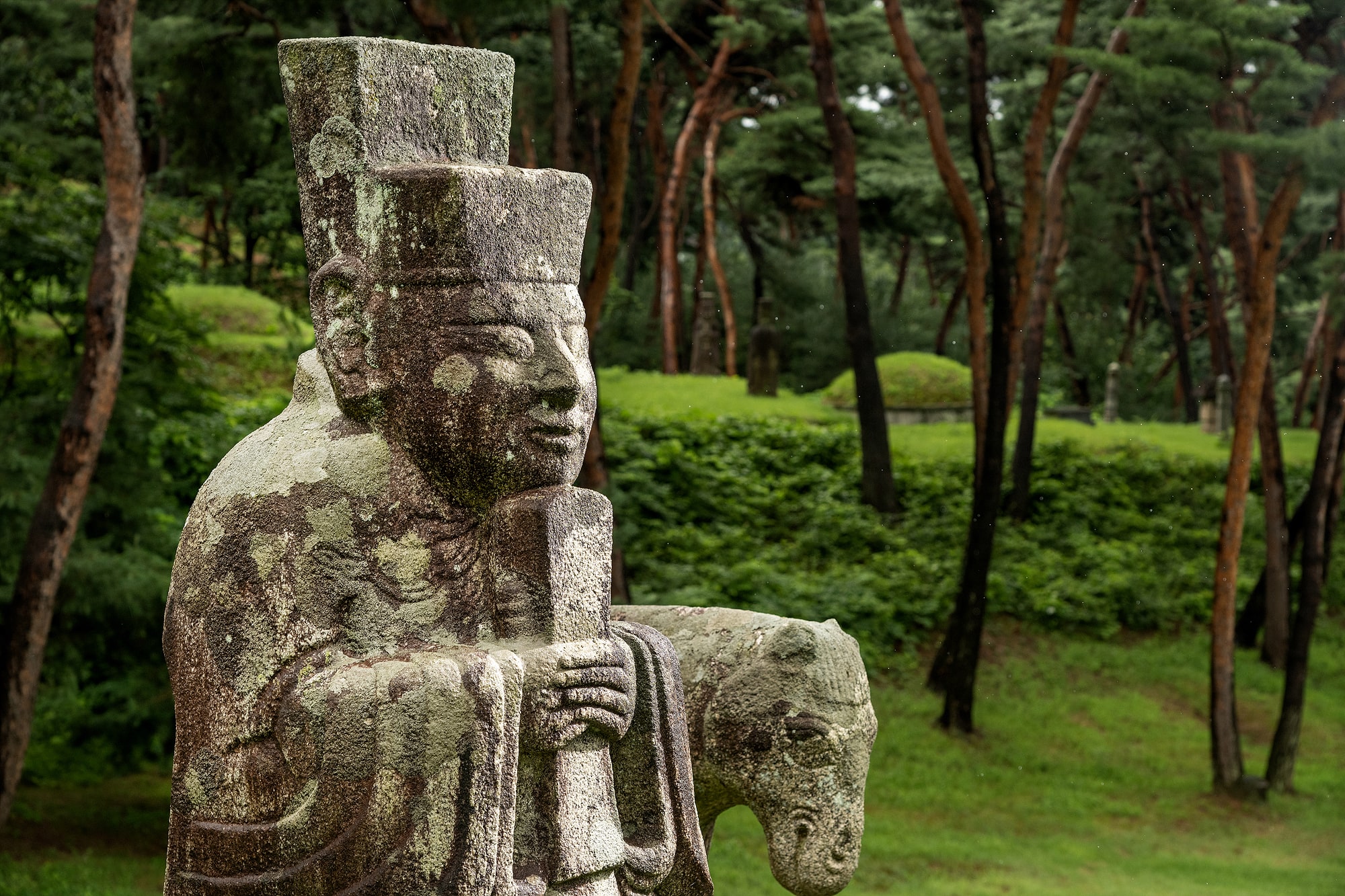
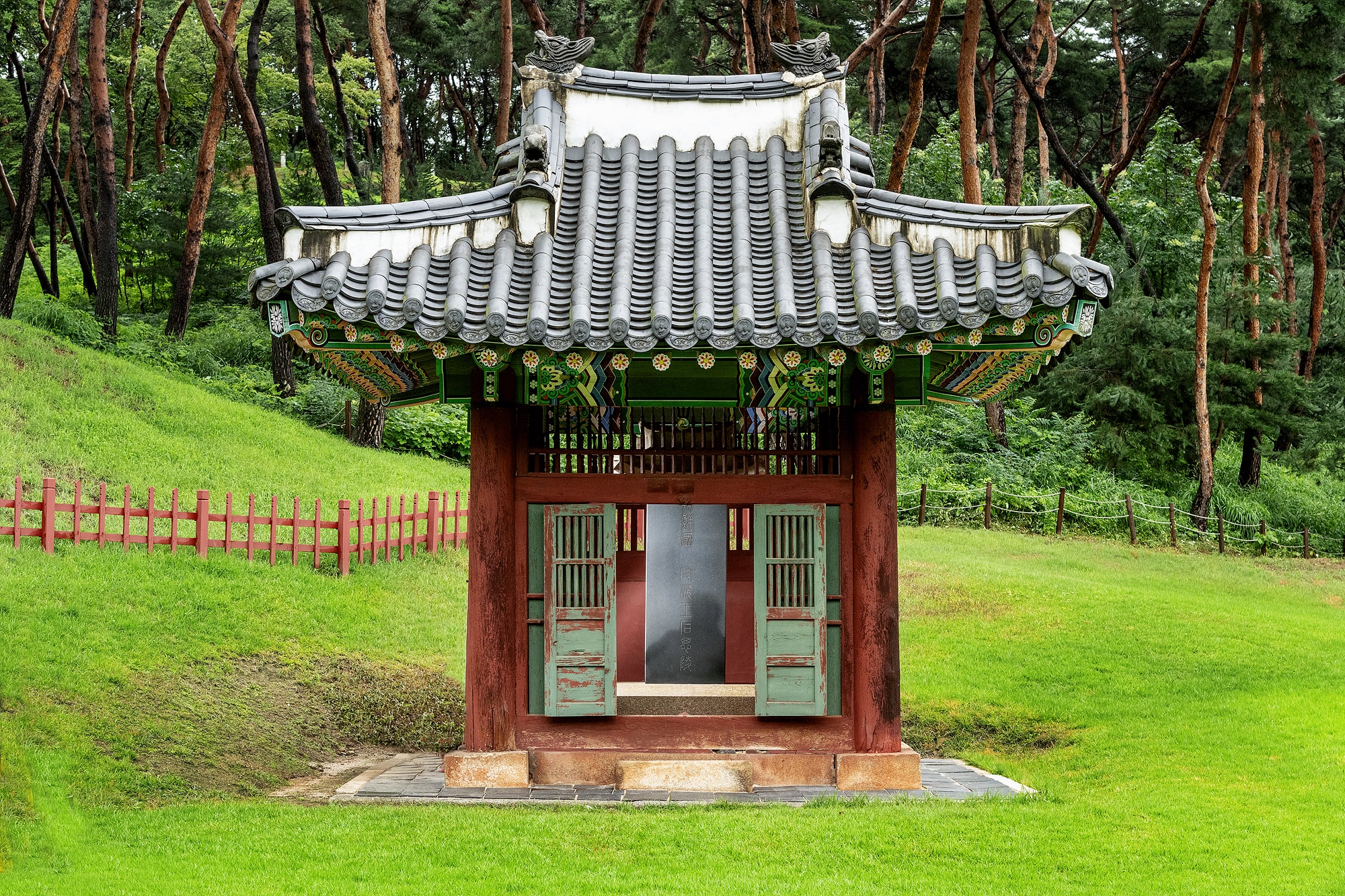
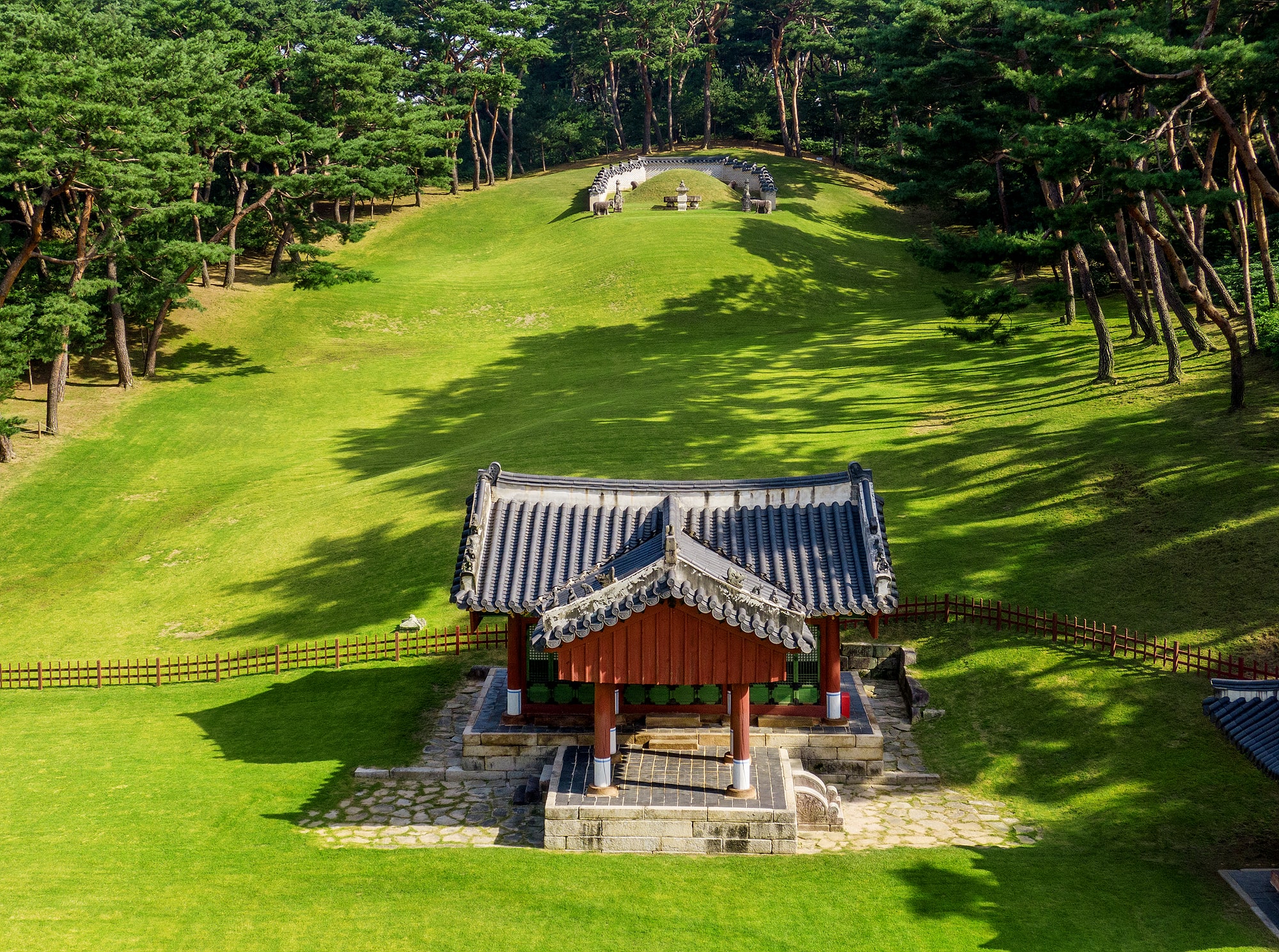
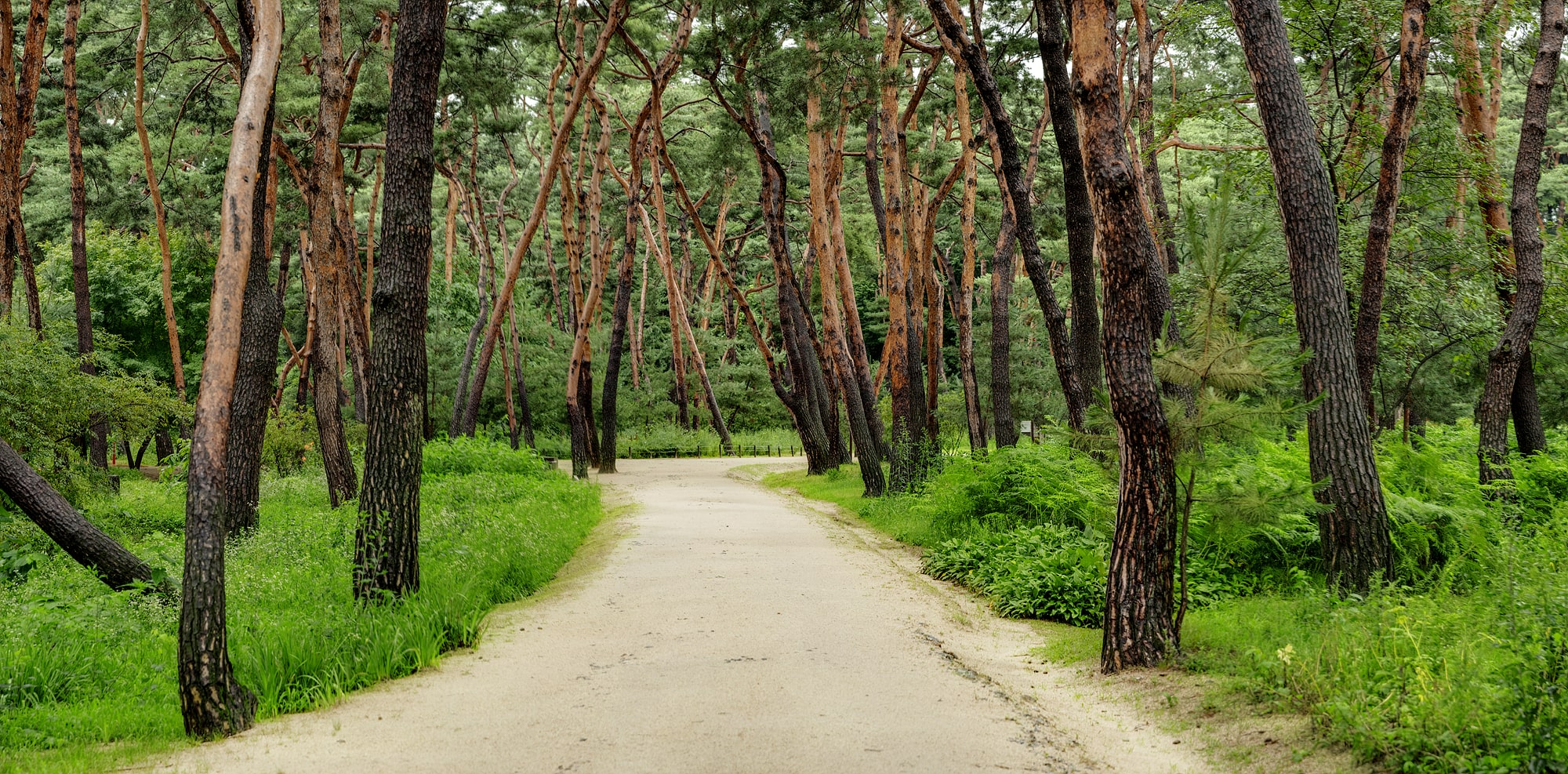
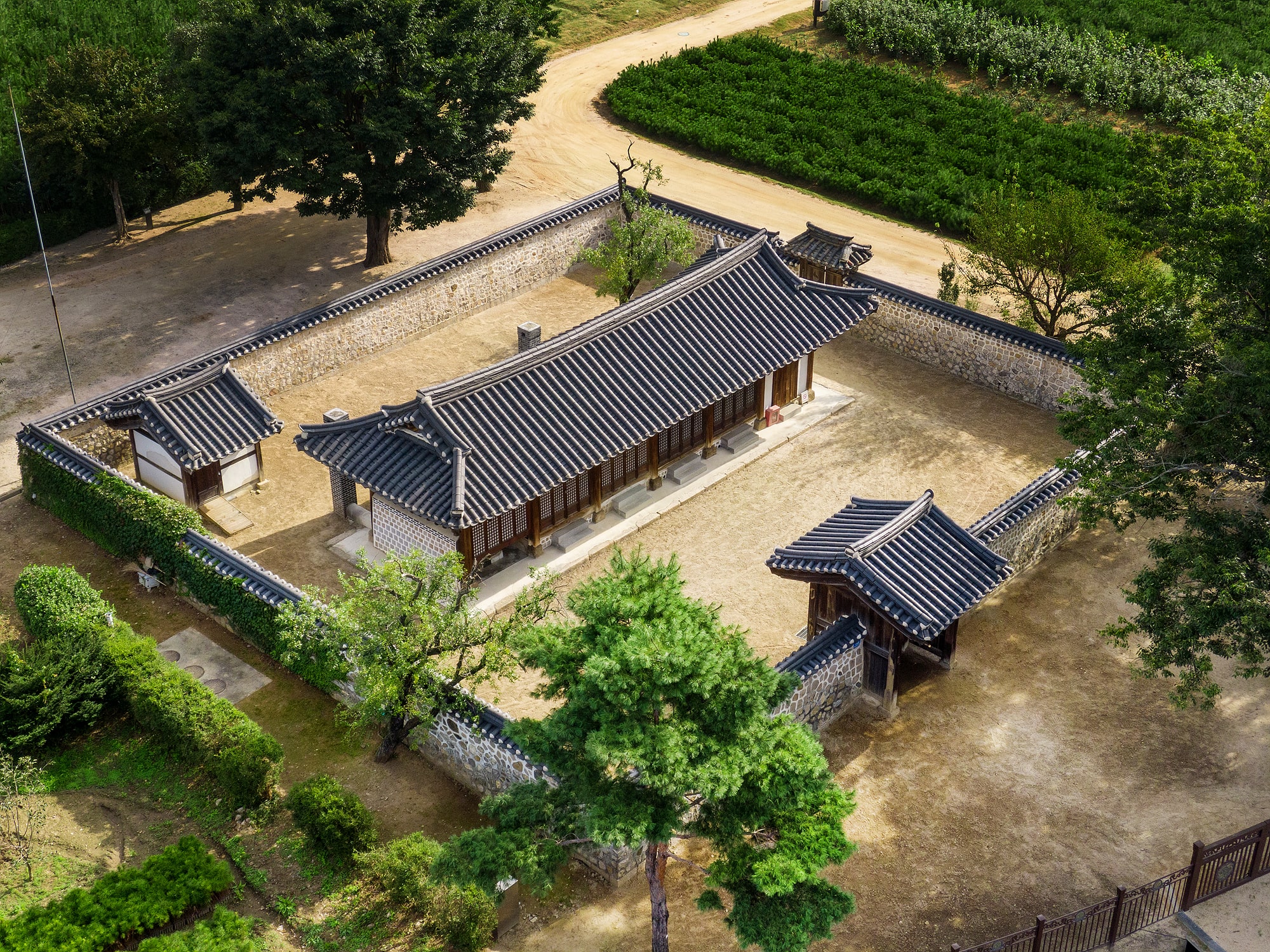
Sareung Royal Tomb, Namyangju
Sareung Royal Tomb (Royal Tomb of Queen Jeongsun, the Consort of King Danjong, the 6th Ruler of Joseon Dynasty)
Queen Jeongsun of the Song clan (1440-1521) was a daughter of Song Hyeon-su and invested as Queen Consort in 1454 and Royal Queen Dowager Uideok the following year, after her husband, King Danjong, abdicated the throne, handing it to his uncle, King Sejo.

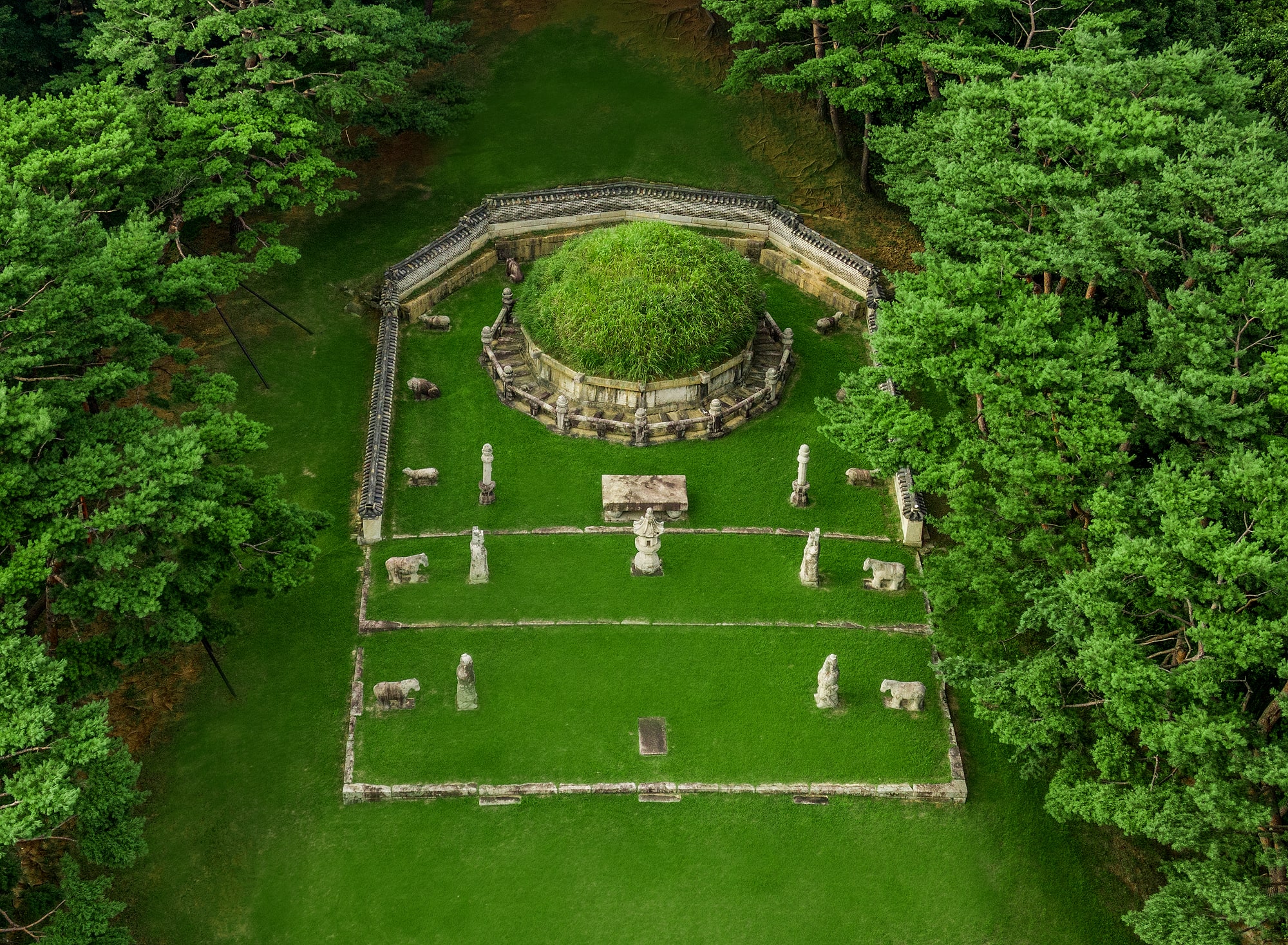

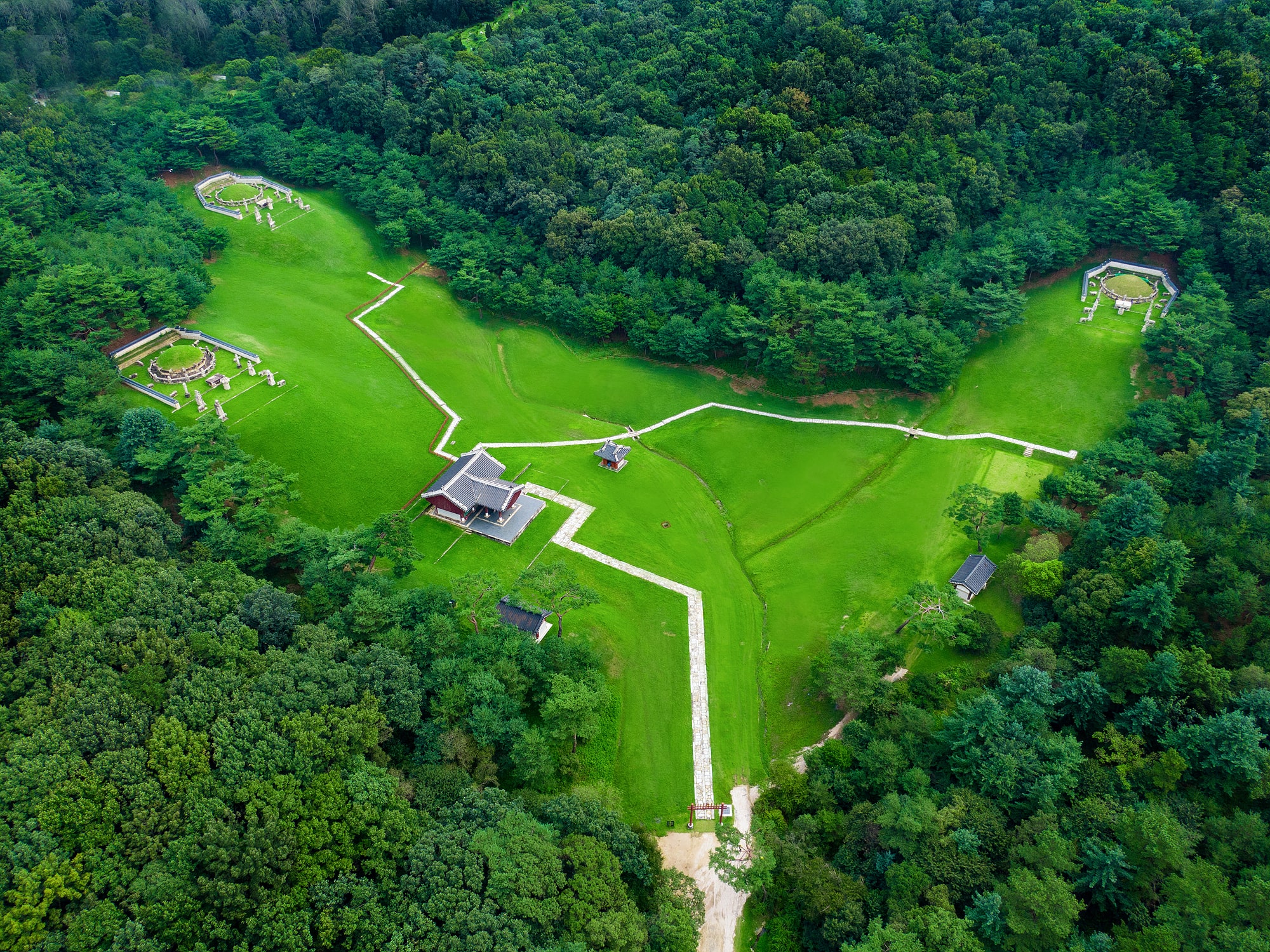
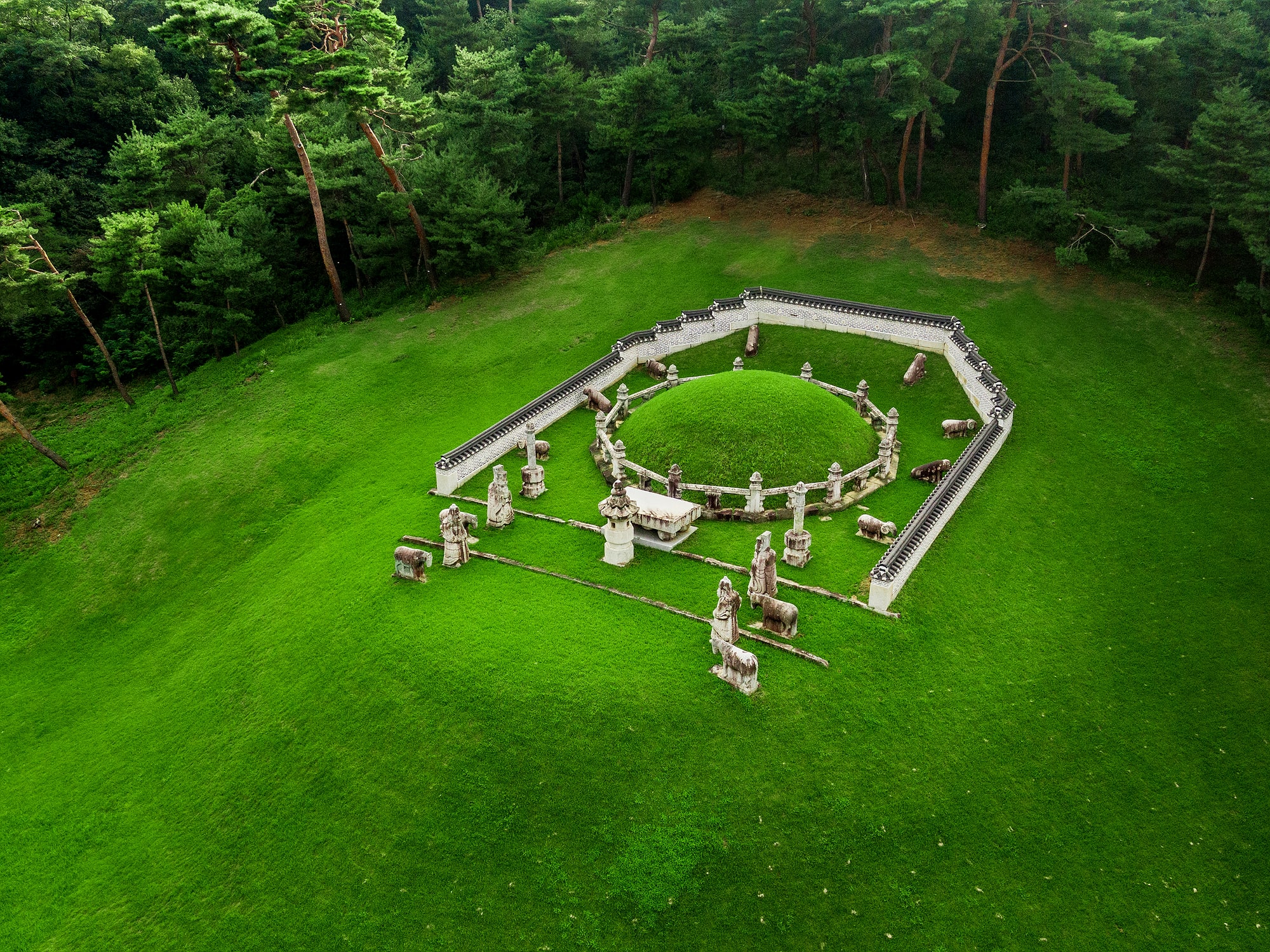
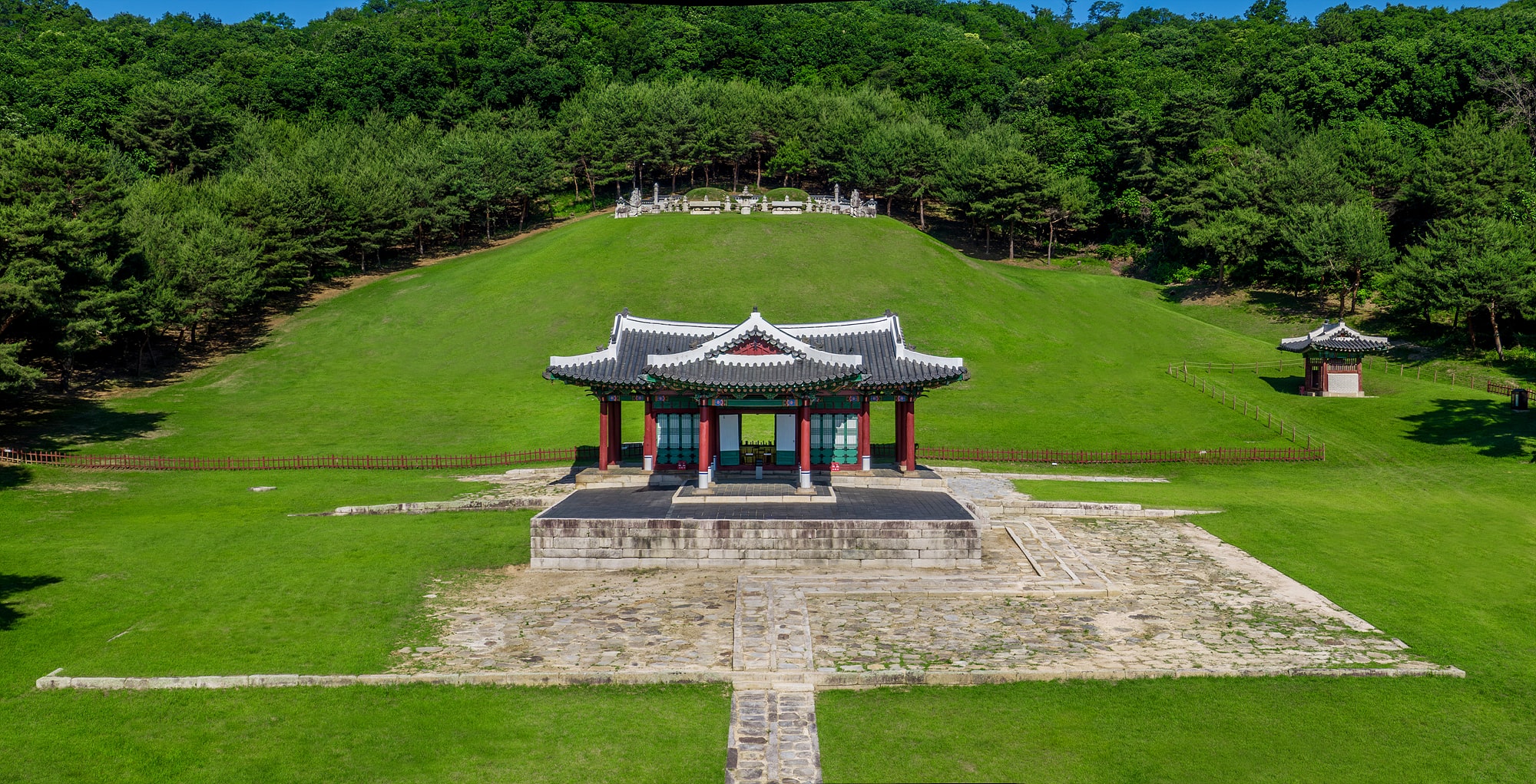
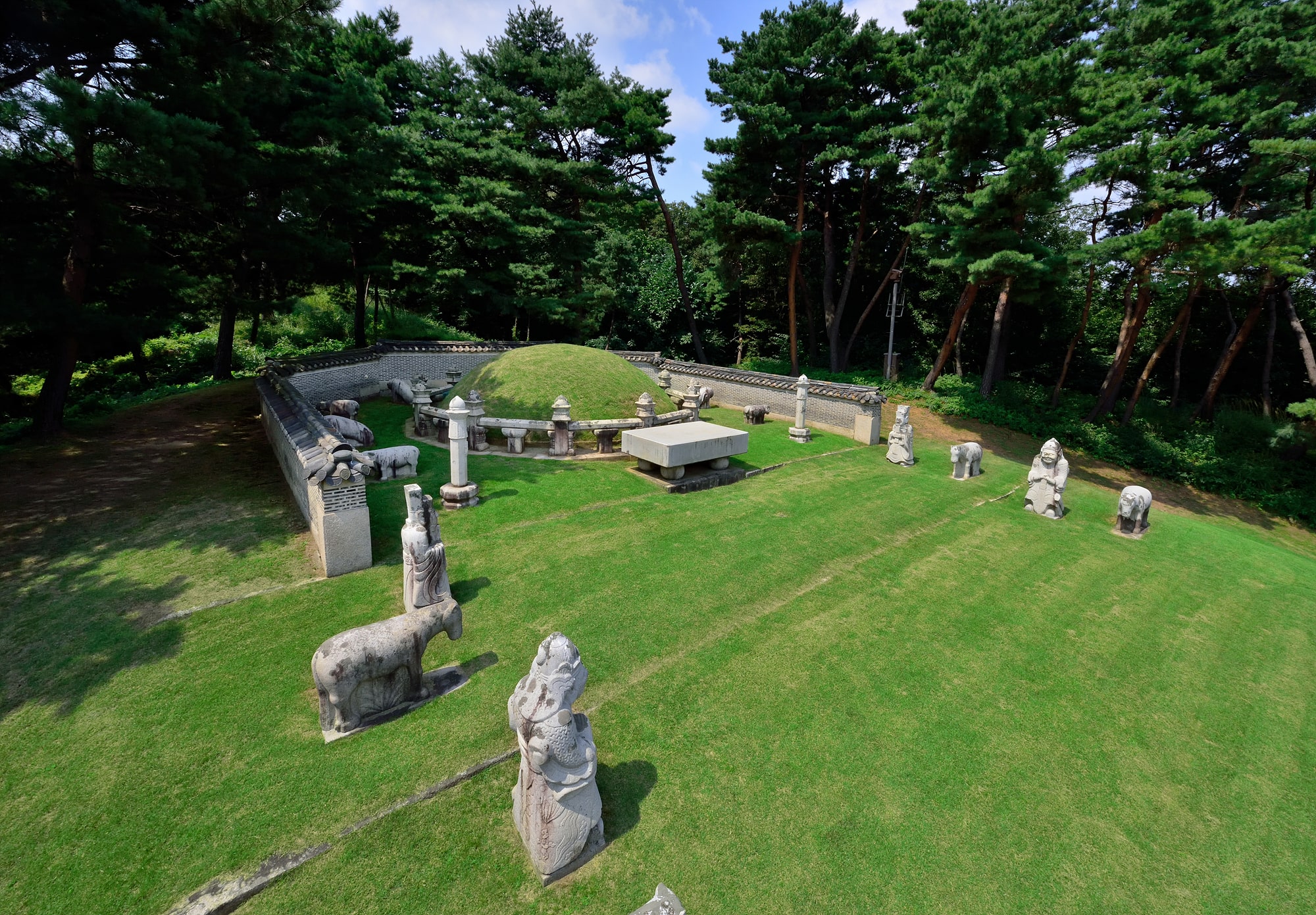
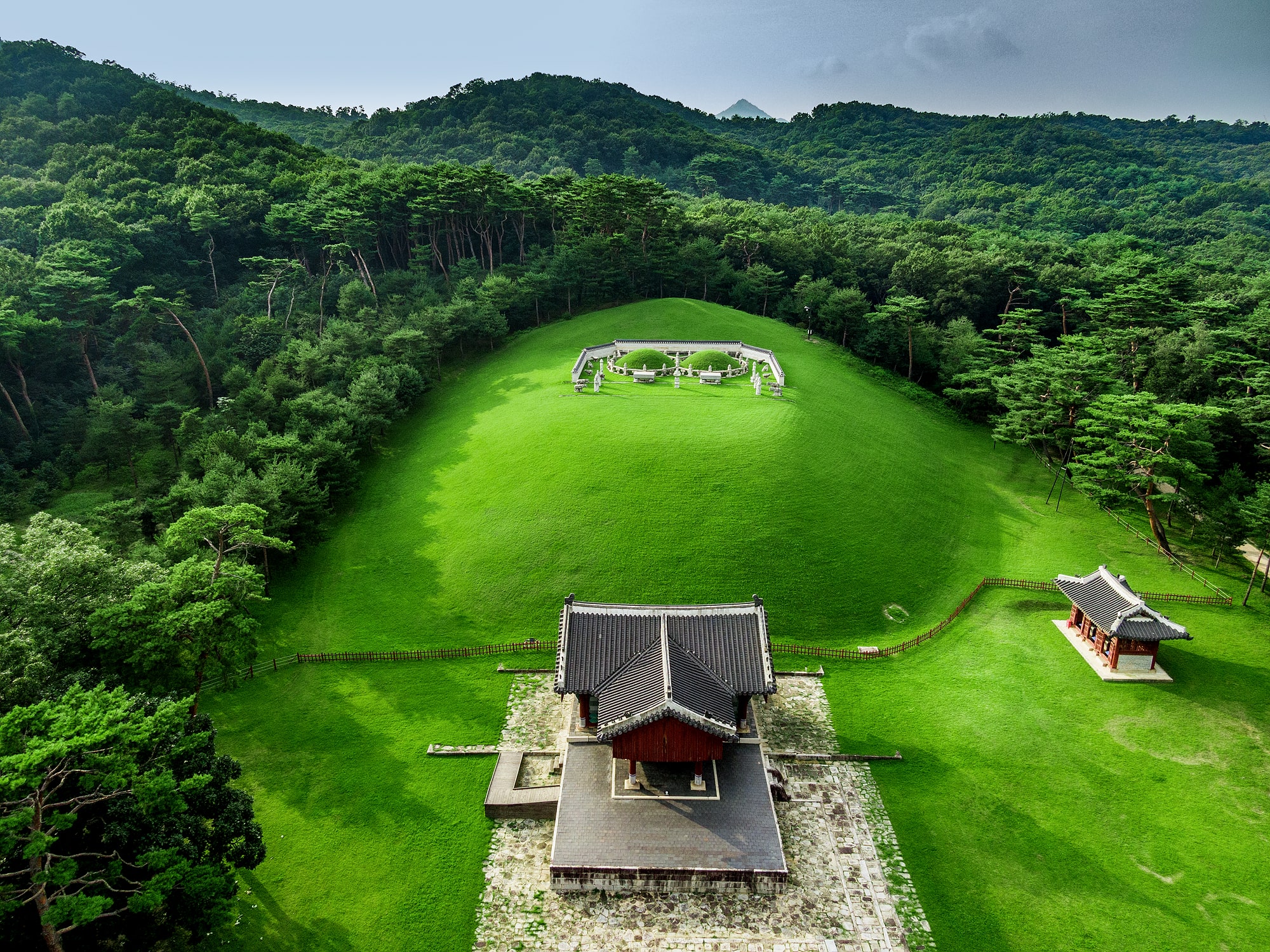
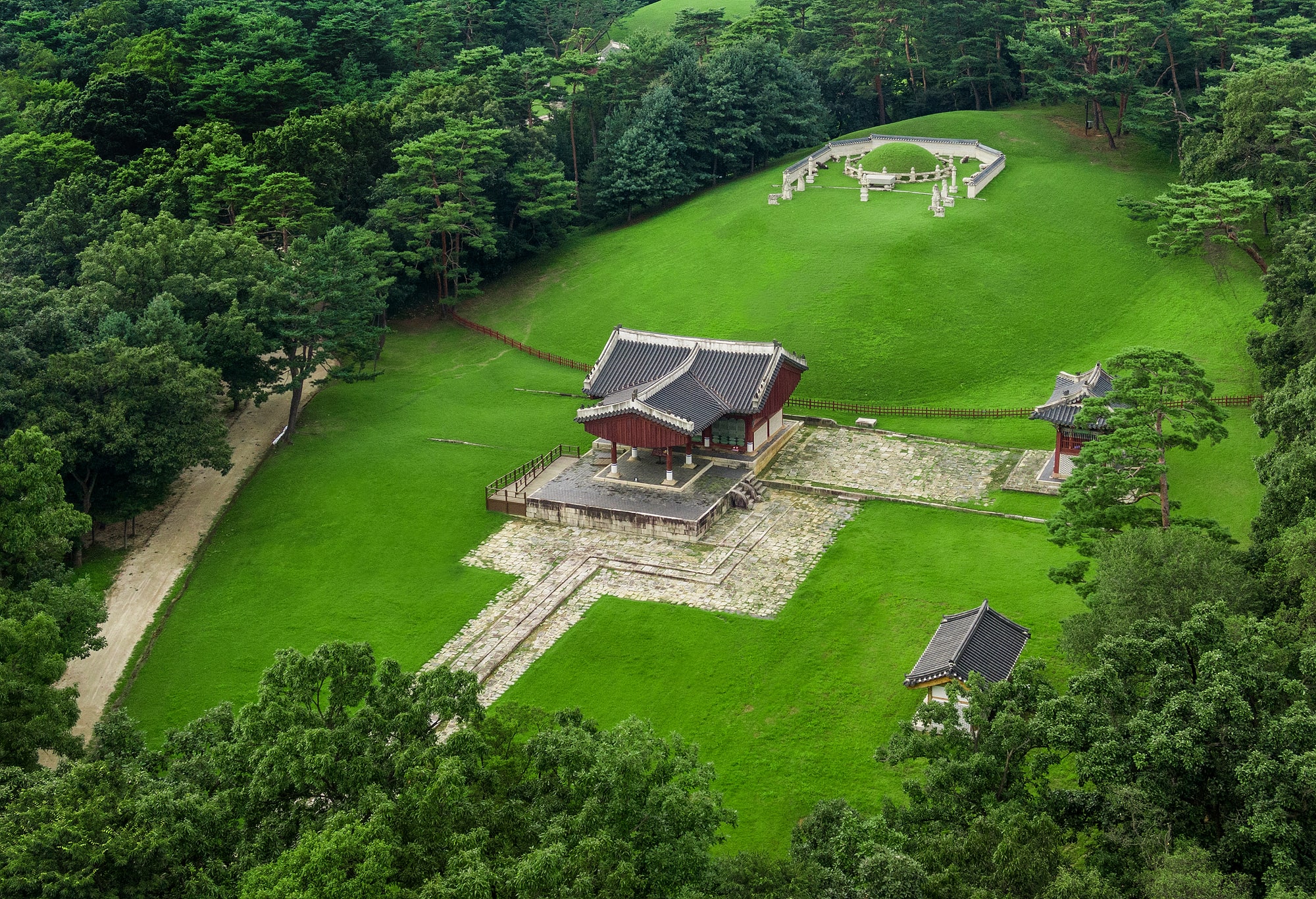
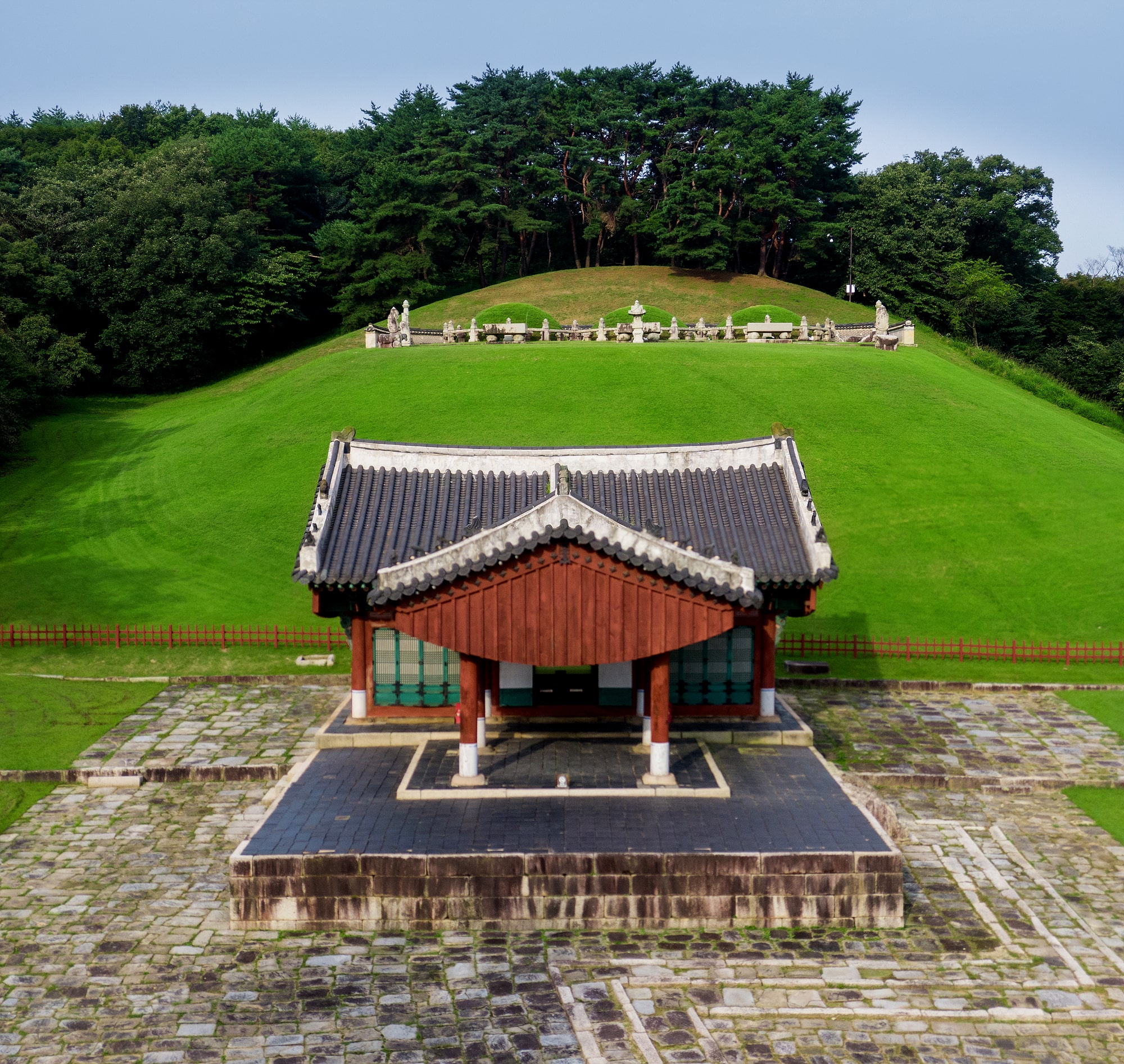
East Nine Royal Tombs, Guri
The East Nine Royal Tombs (Donggureung), as its name suggests, refers to a group of nine royal tombs of the Joseon Dynasty that were built over a period of about 450 years for seven kings and ten queen consorts of the dynasty, making it the largest royal cemetery of Joseon.

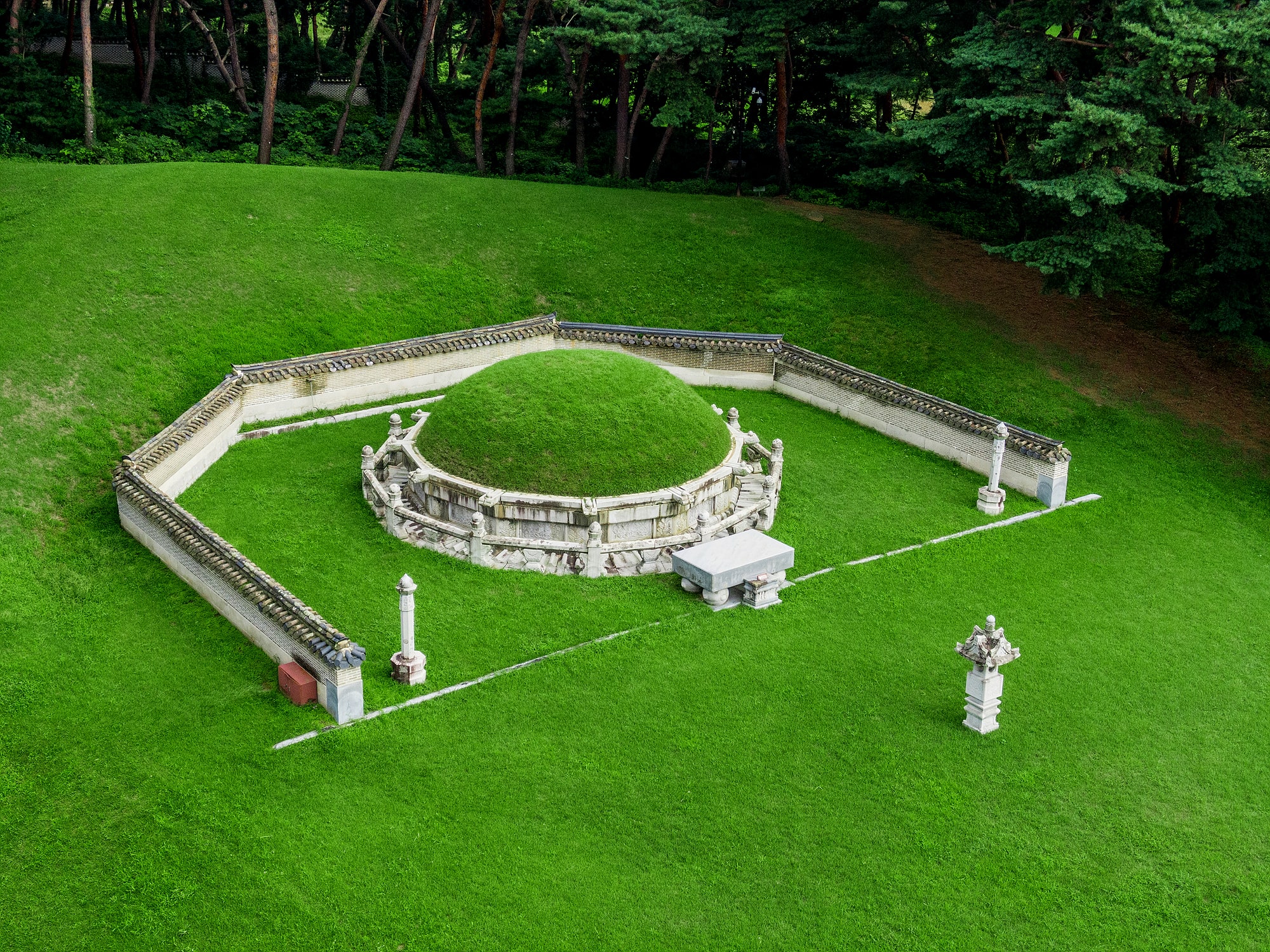
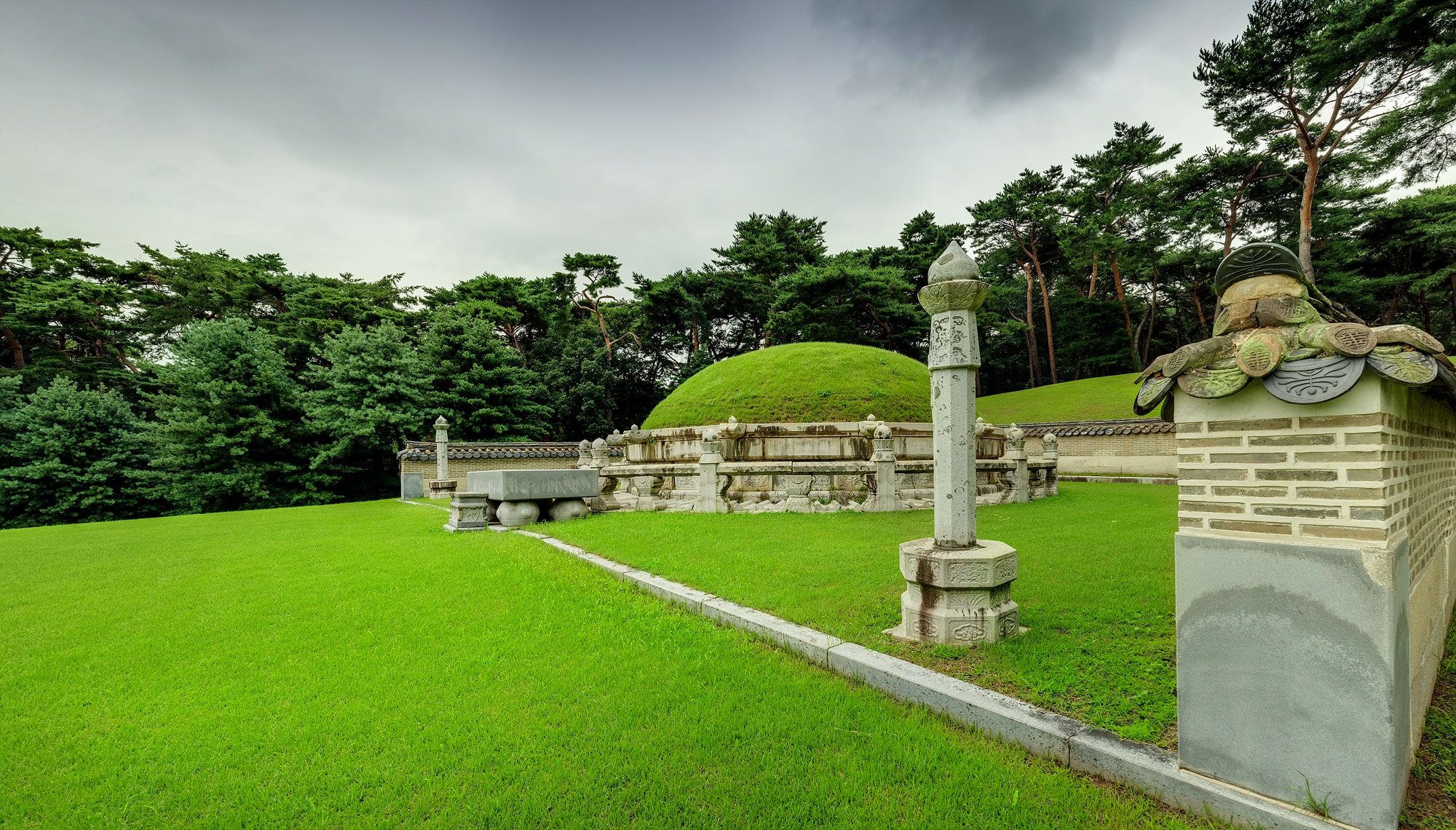
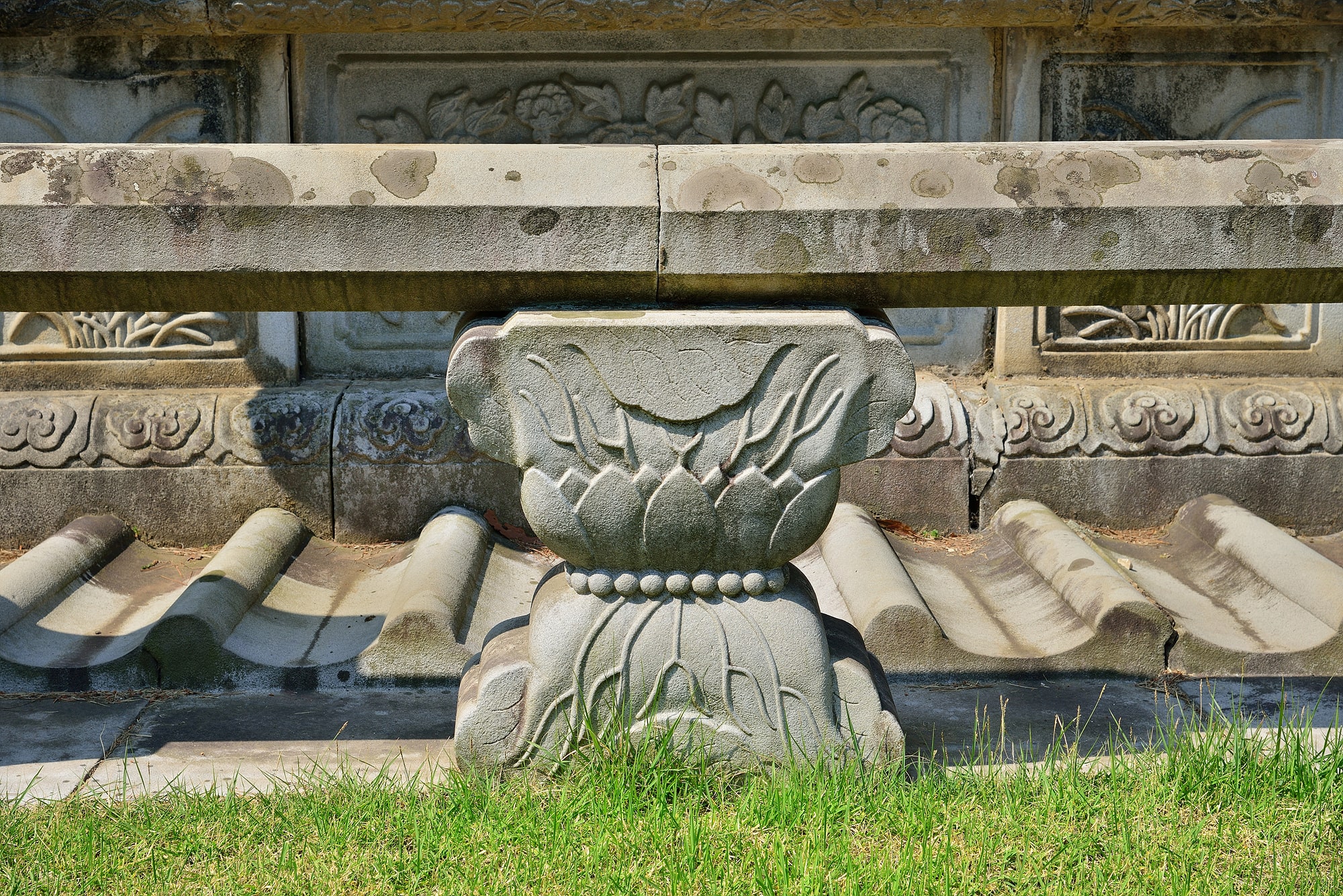
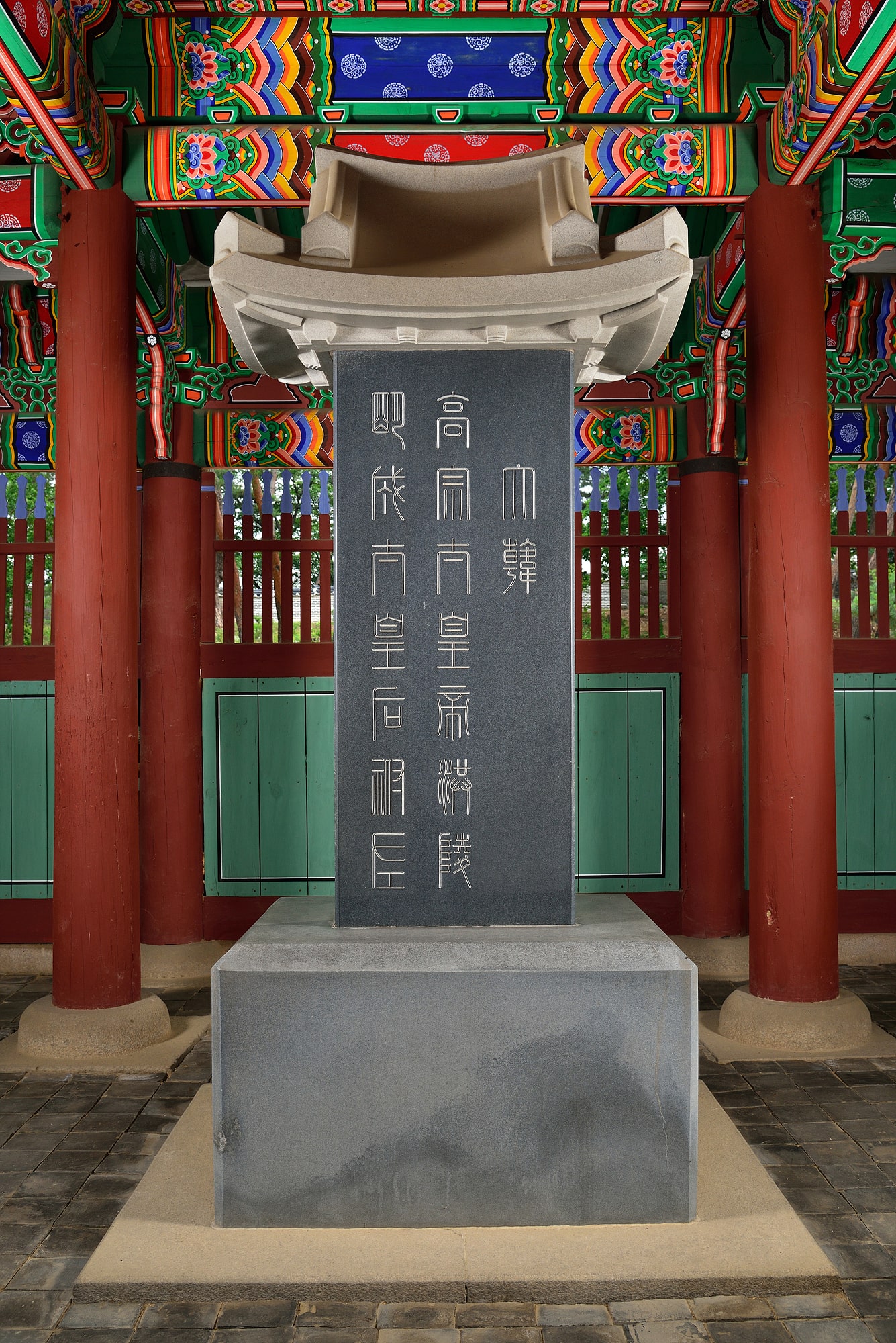
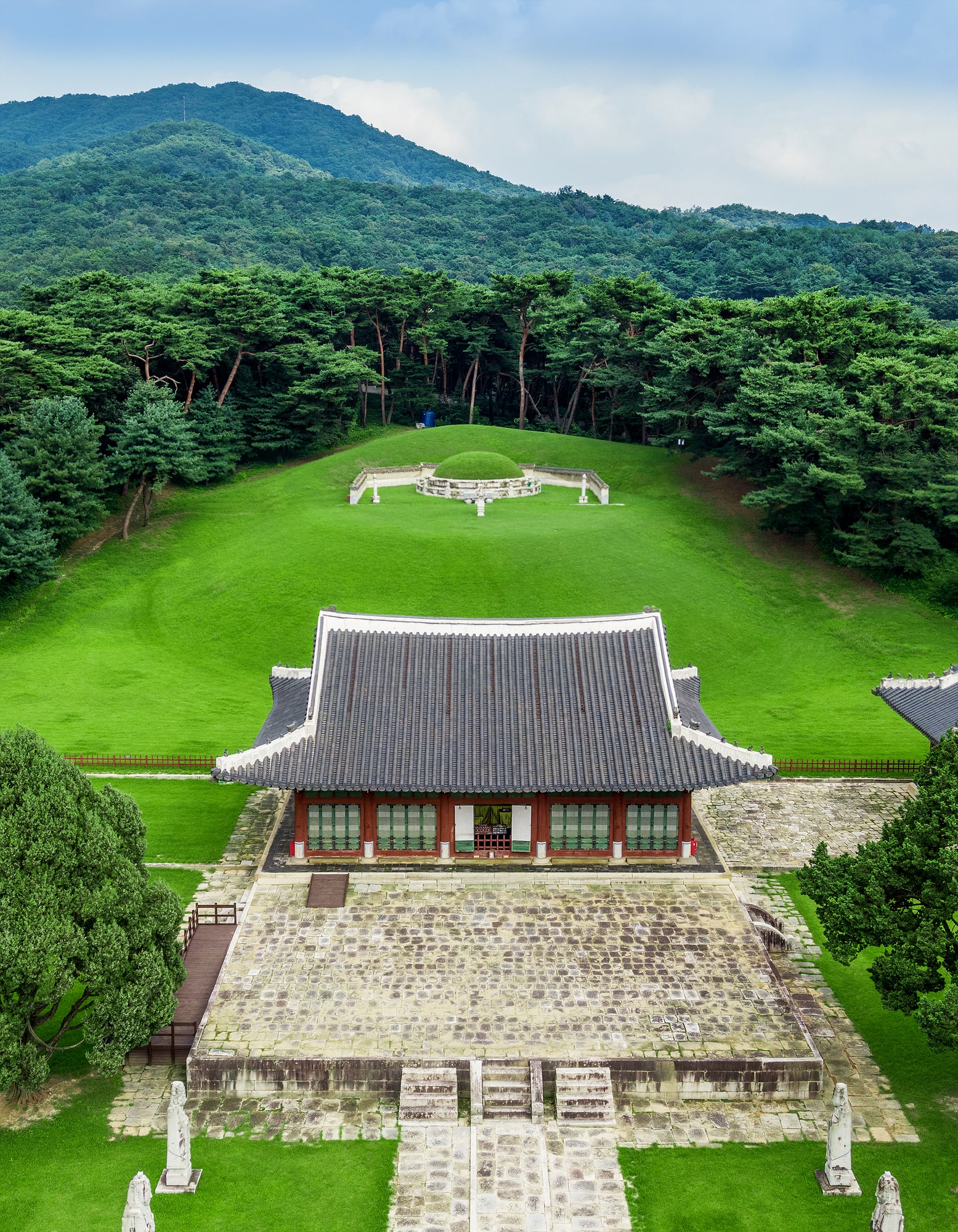
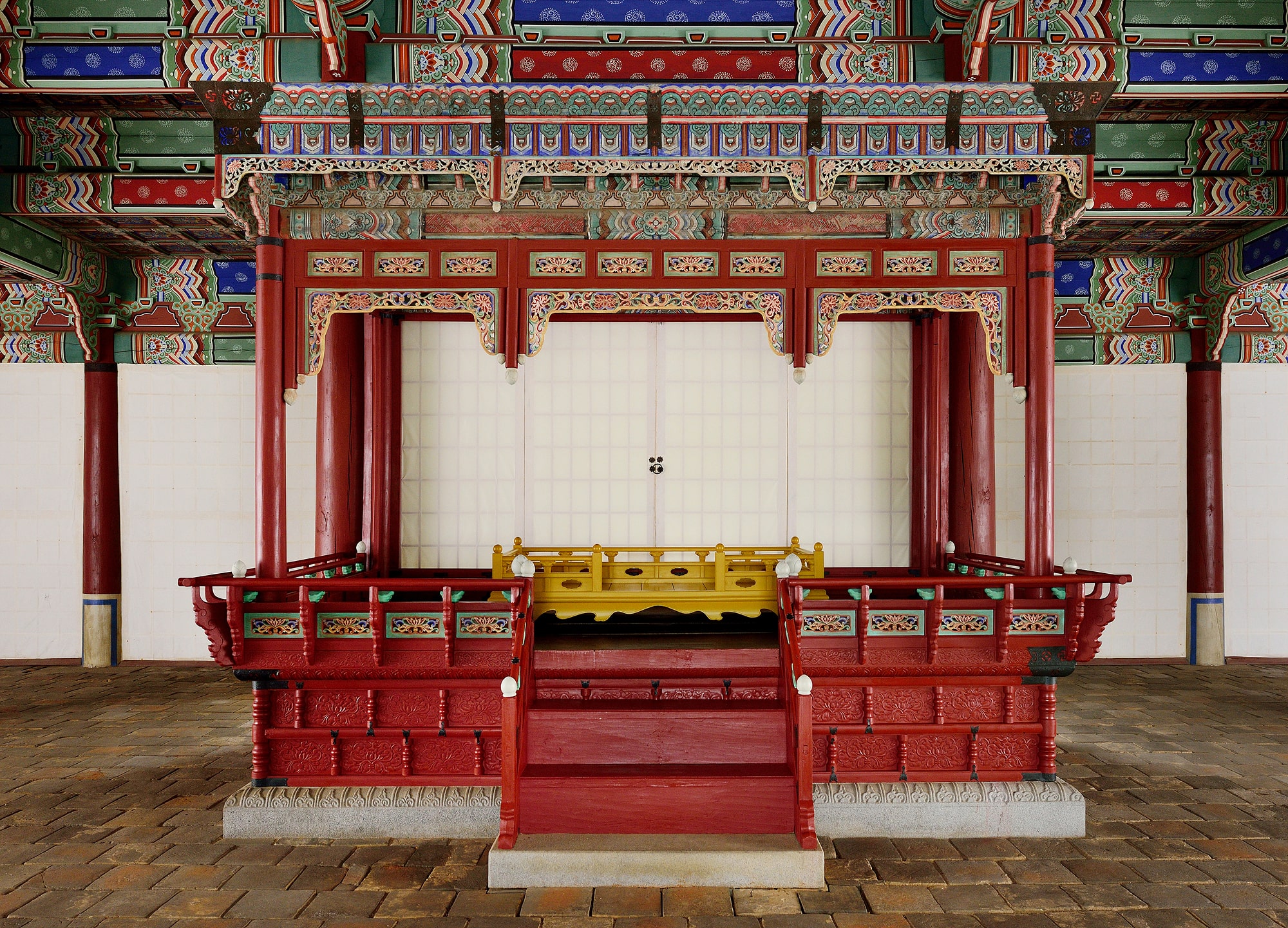
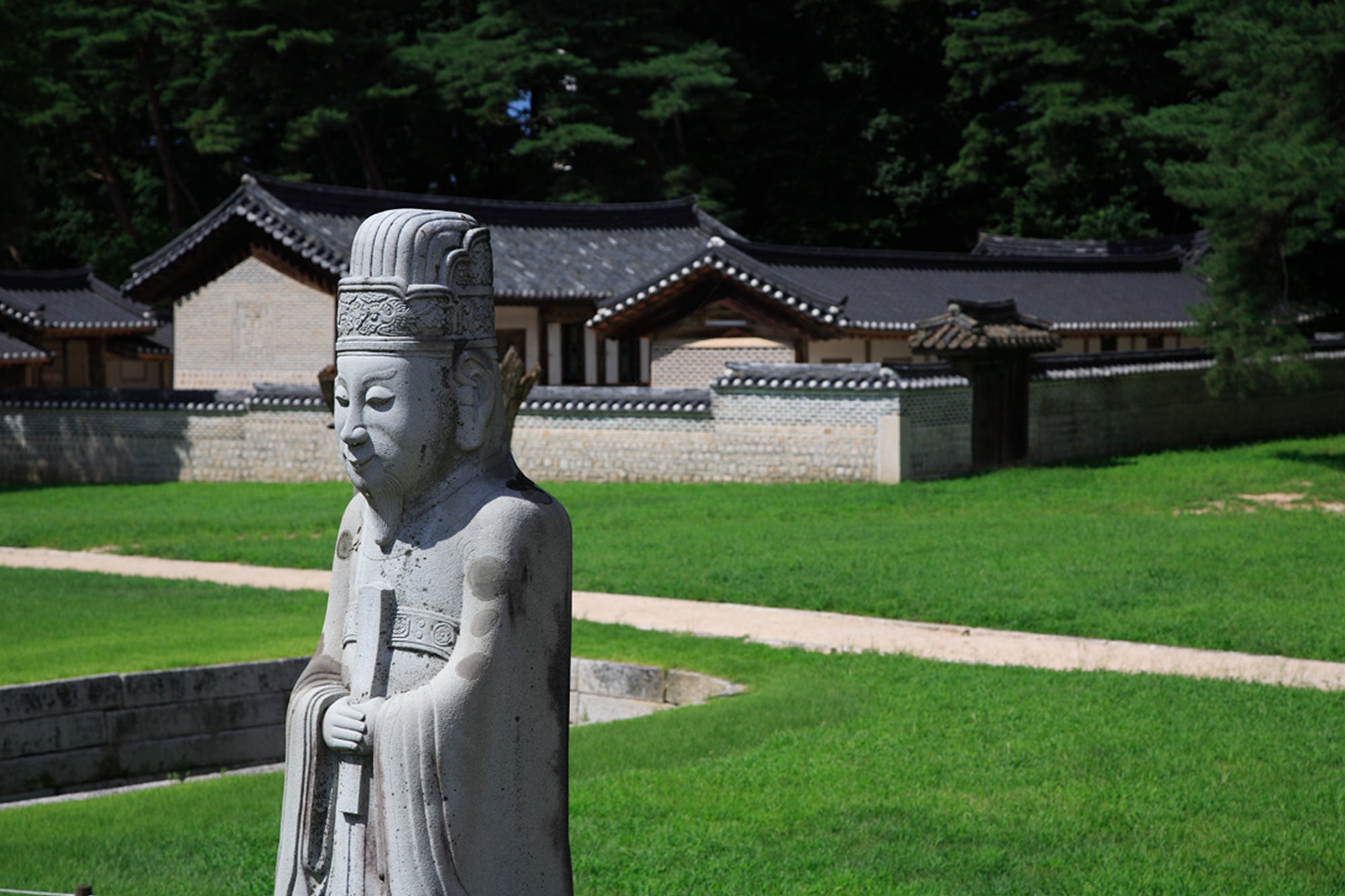
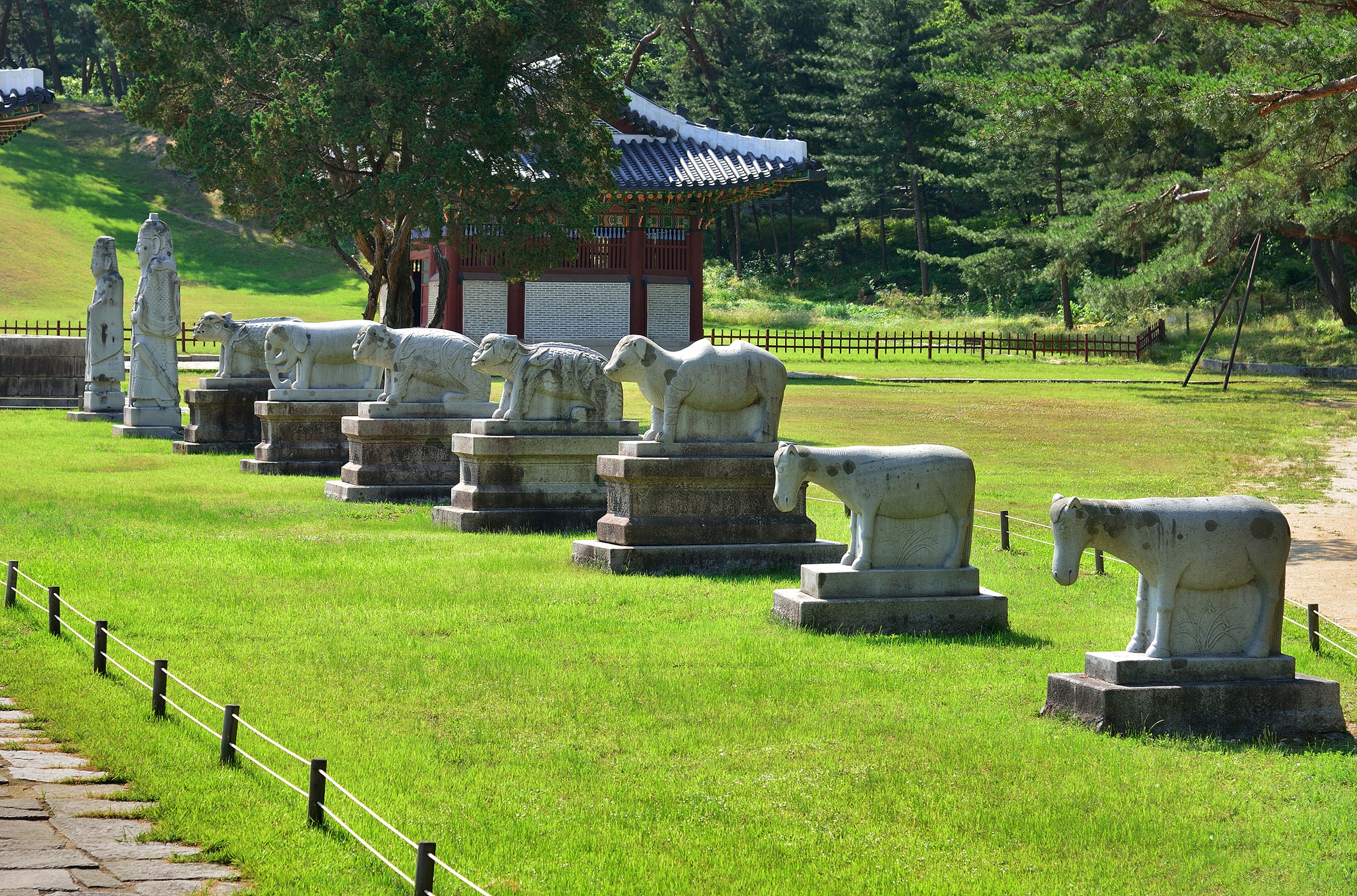
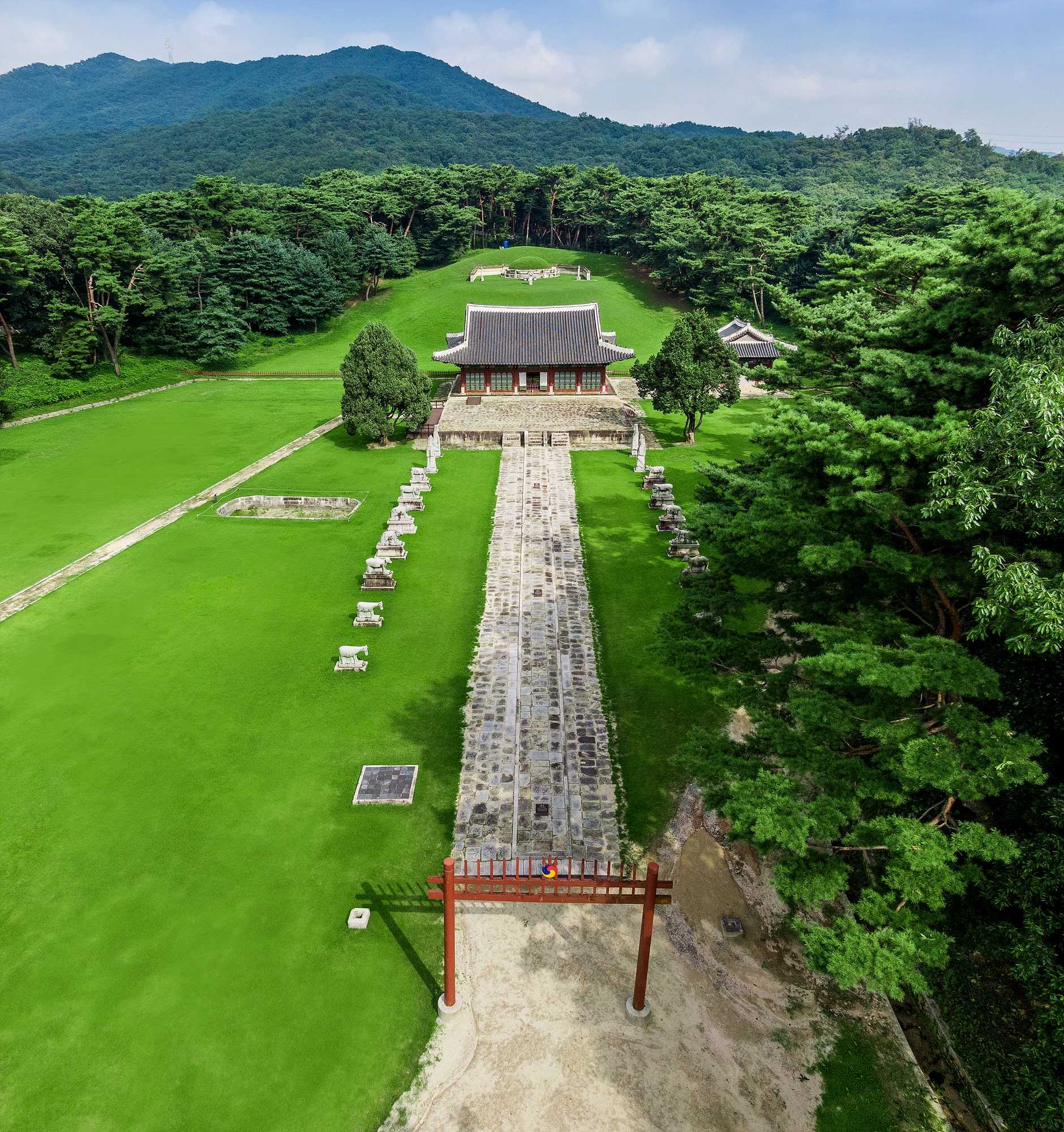
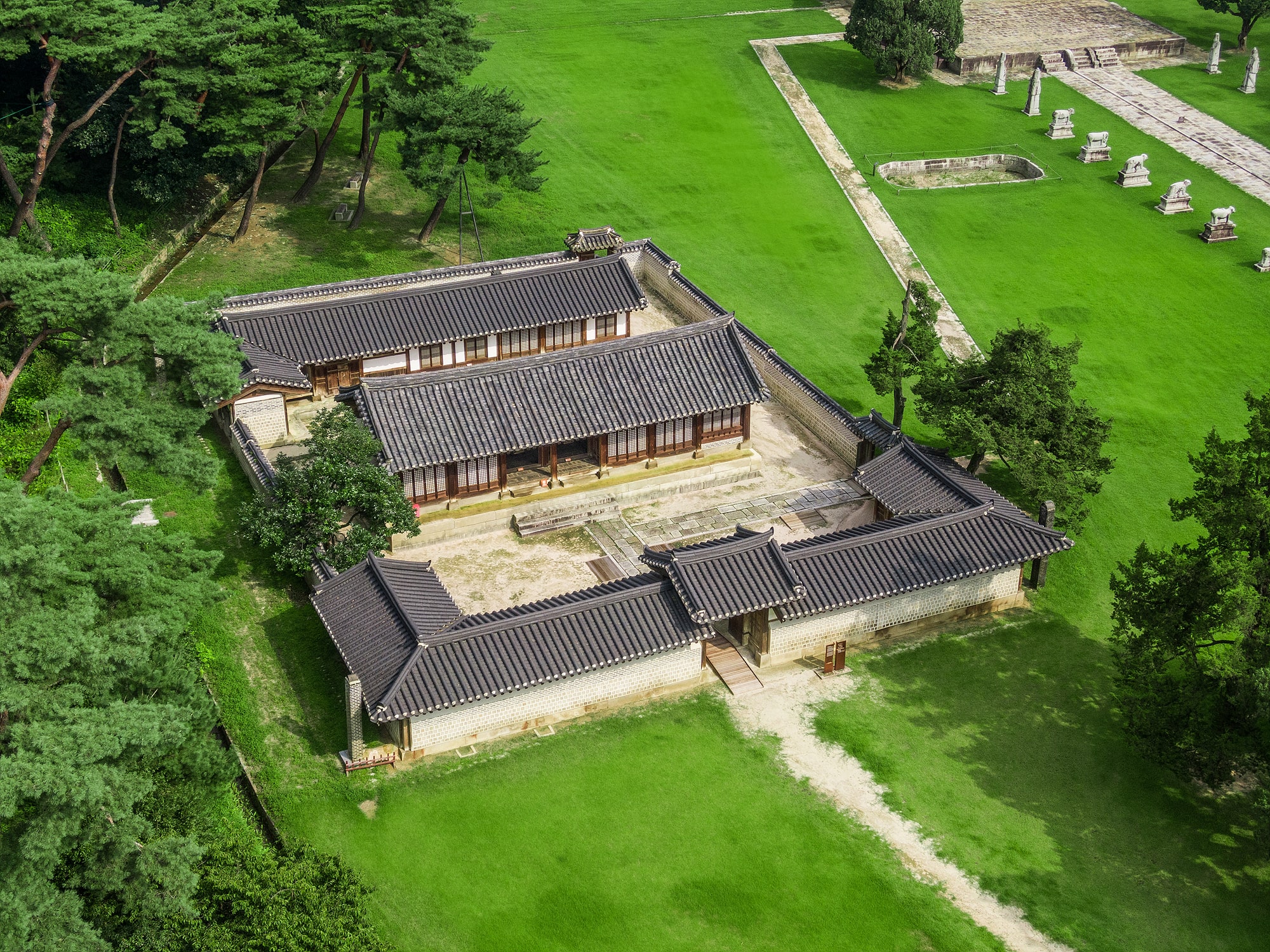
Hongneung and Yureung Imperial Tombs, Namyangju
Hongneung Imperial Tomb (Imperial Tomb of Emperor Gojong, the 1st Ruler of the Korean Empire, and Empress Myeongseong)
Emperor Gojong (1852-1919), the 26th king (r. 1863-1897) of Joseon and the first emperor (r. 1897-1907) of the Korean Empire, was the second son of Grand Prince Heungseon and was brought to the throne in 1863 by Honorary Empress Sinjeong, who was at the time the most senior member of the royal family of Joseon.

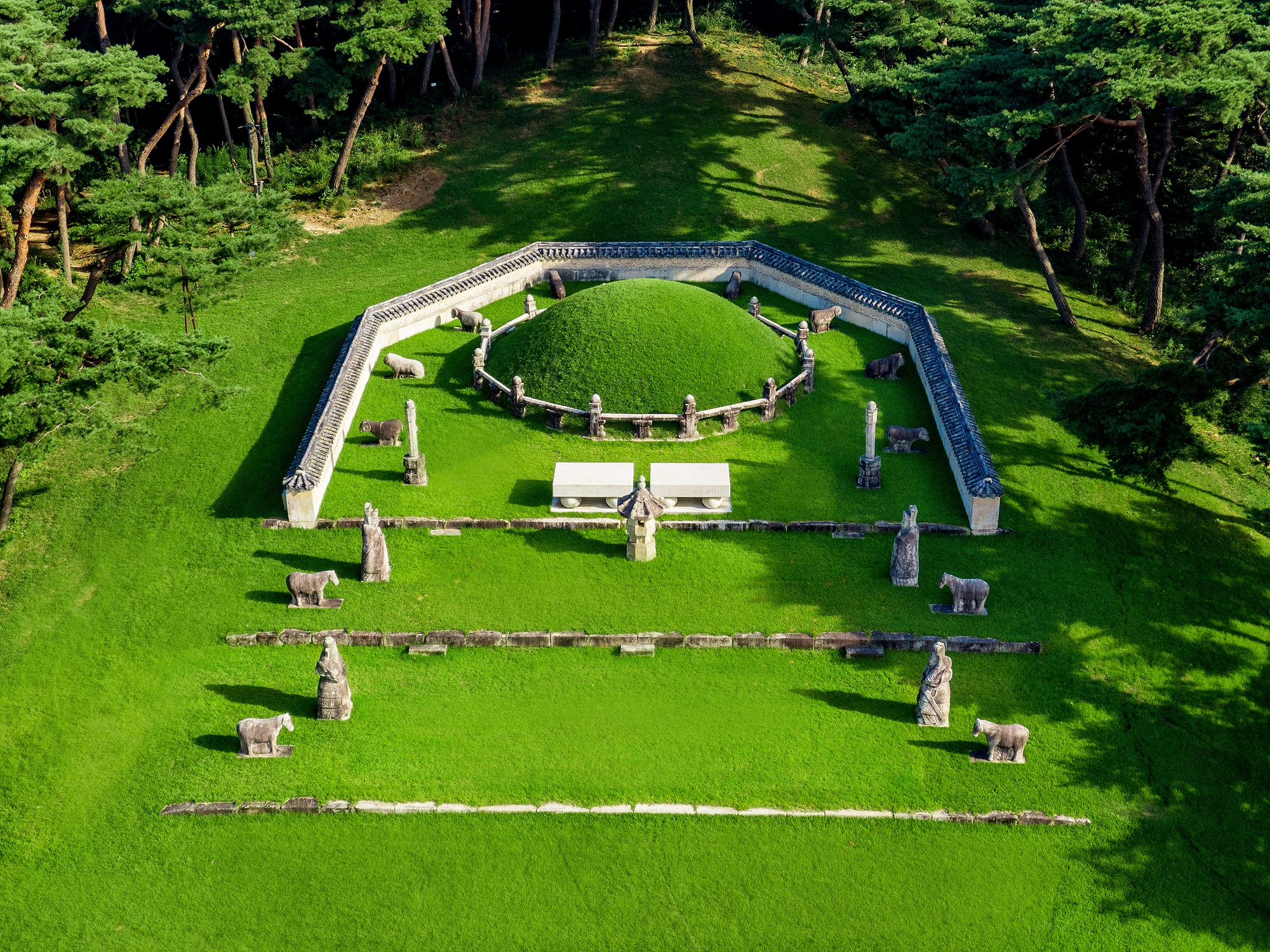
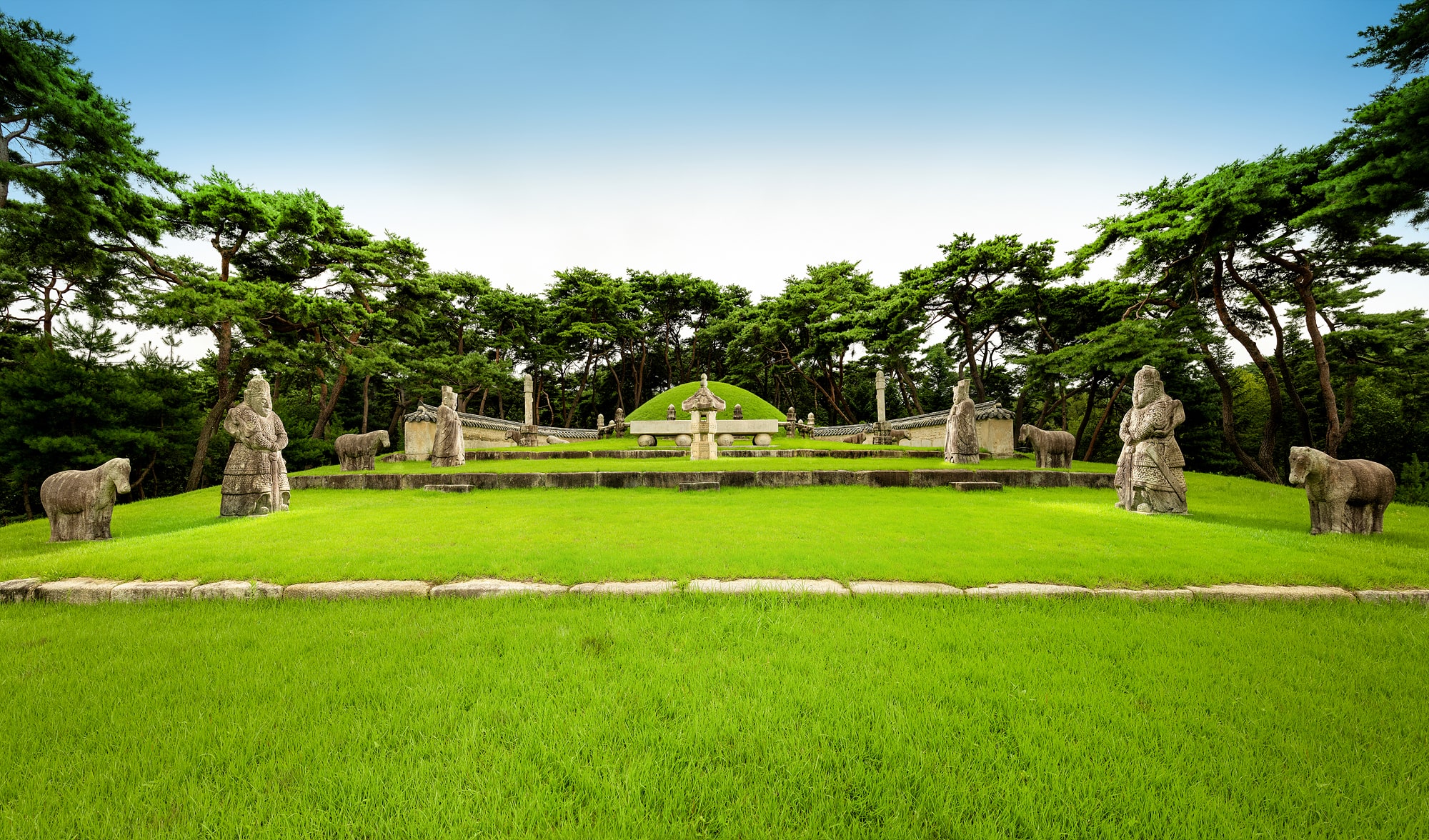
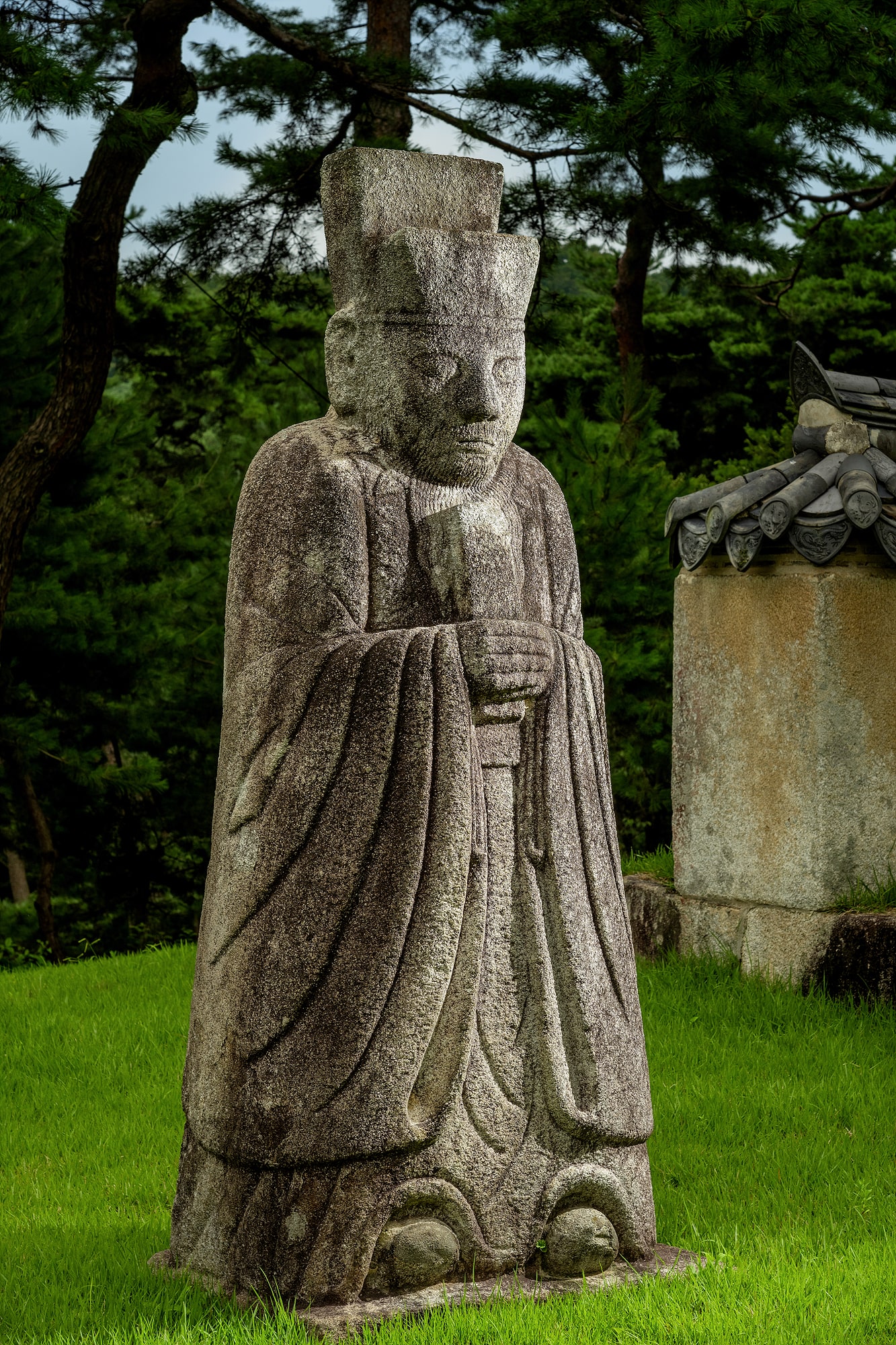
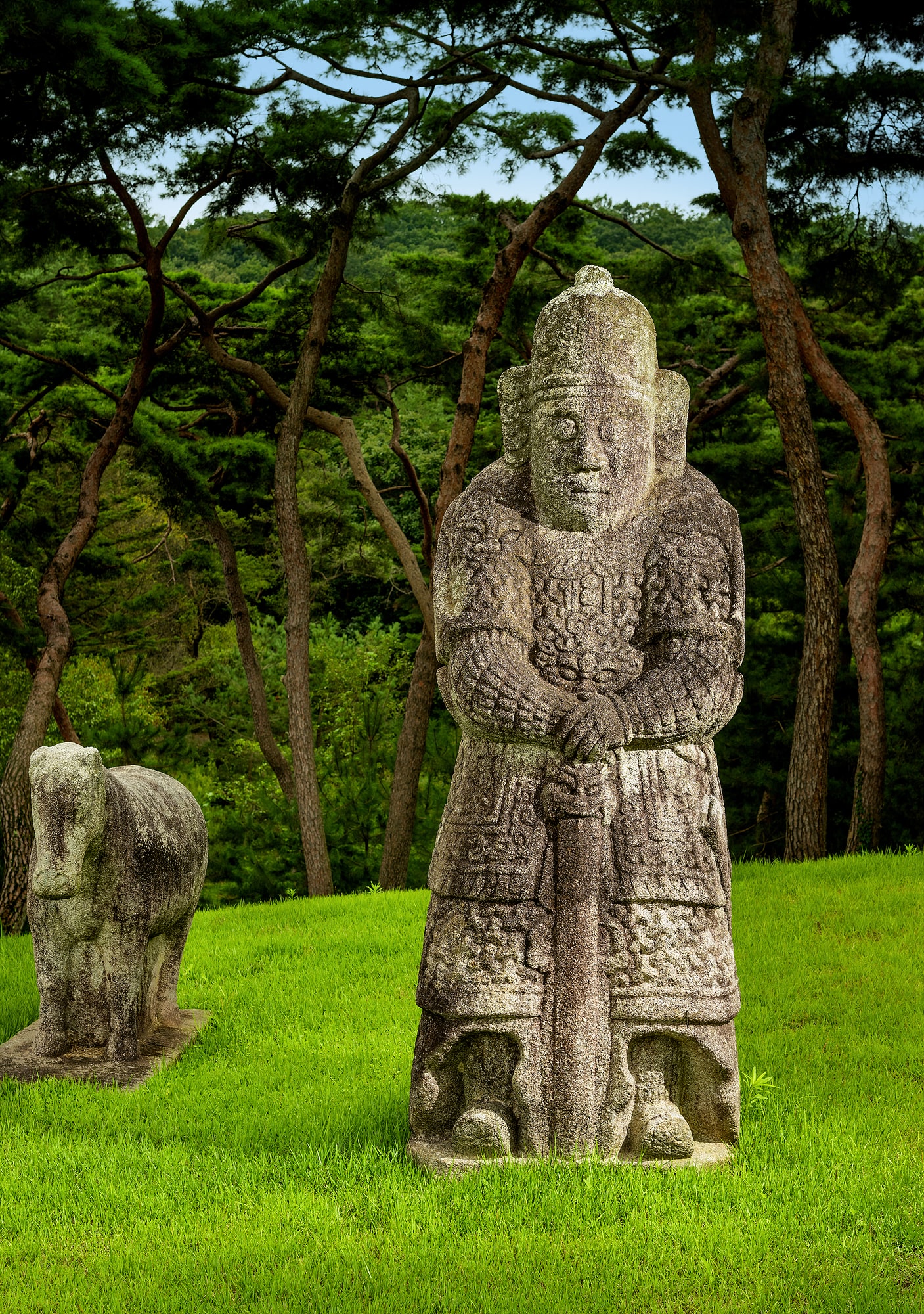
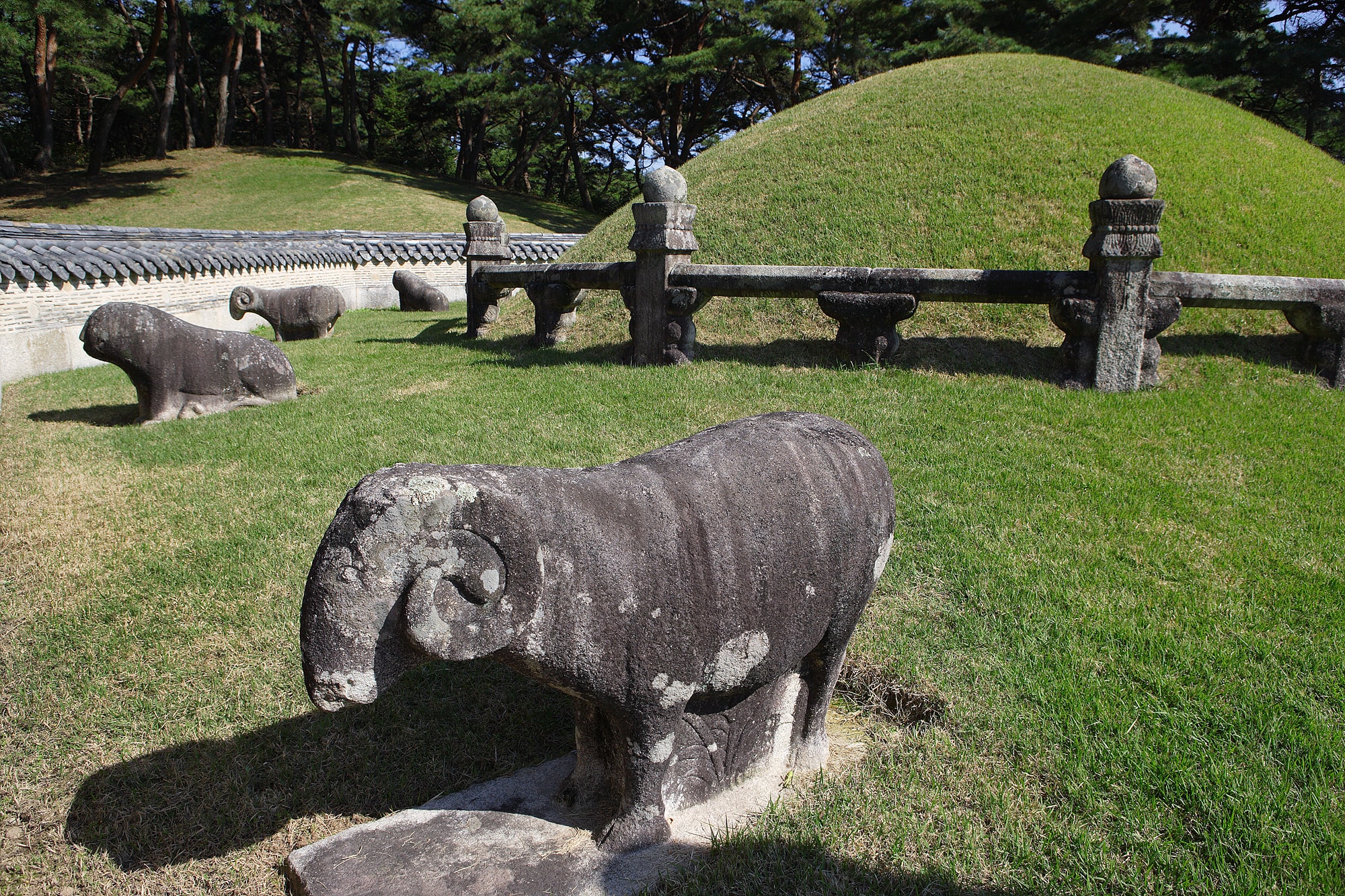
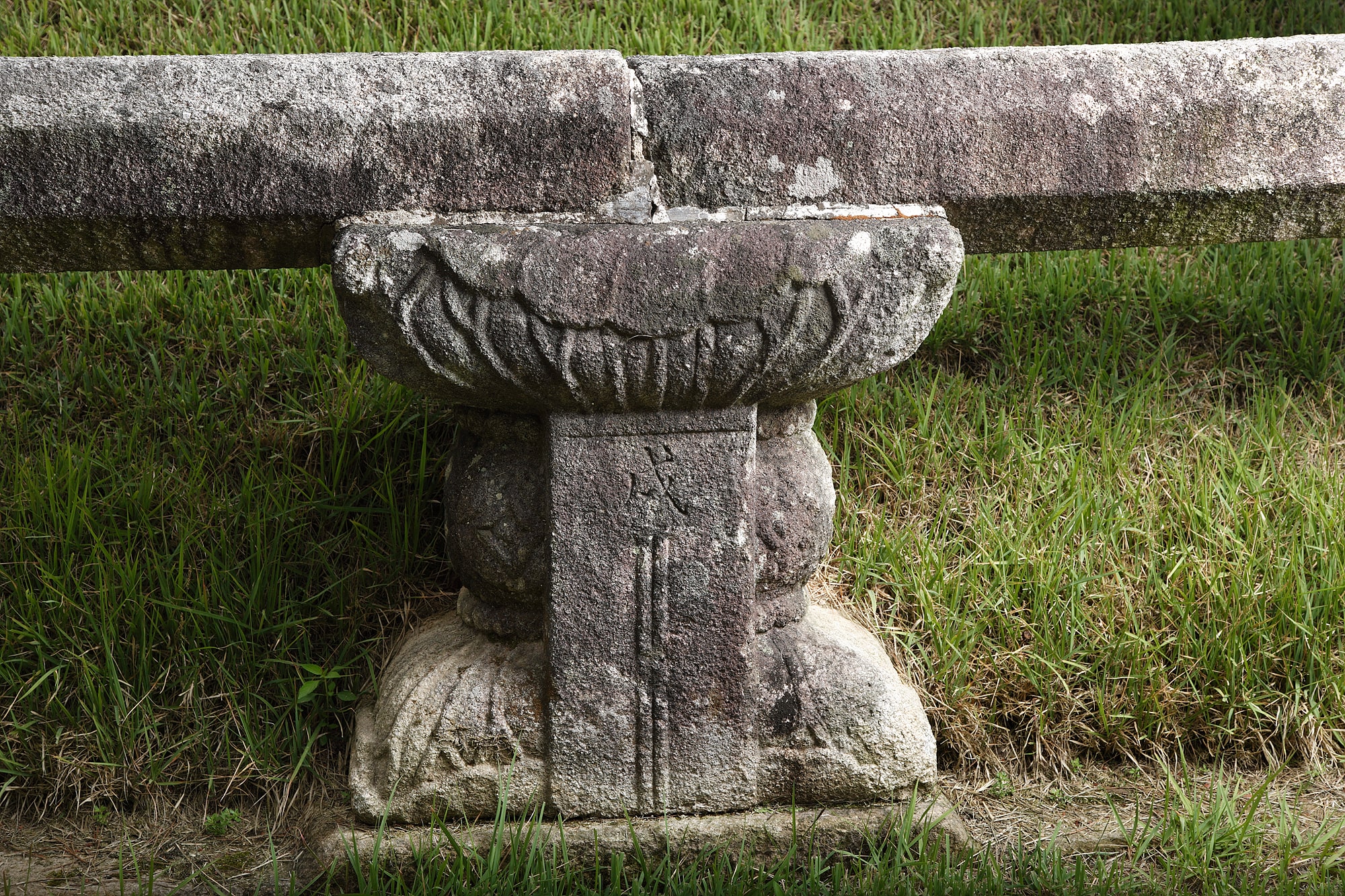
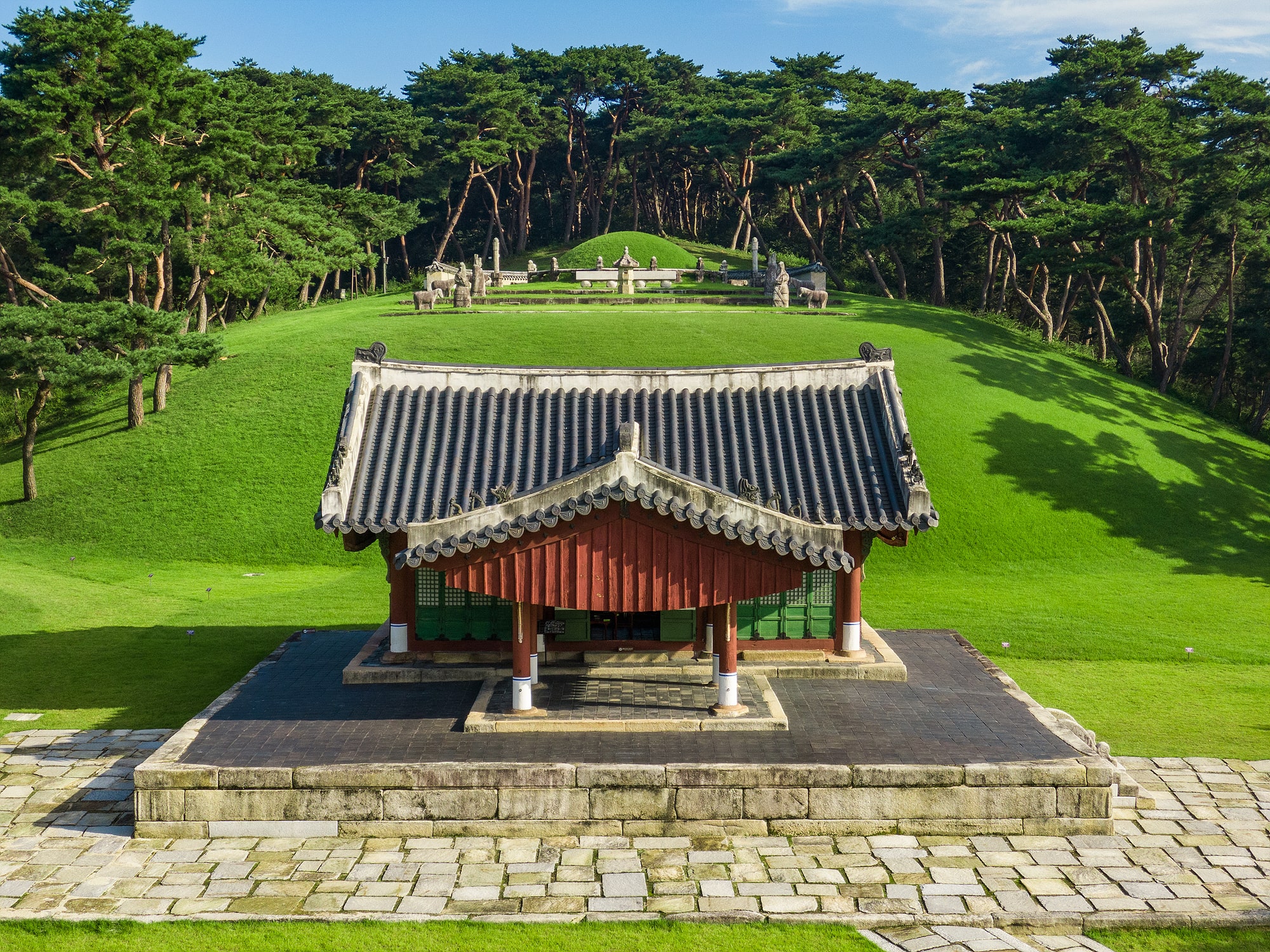
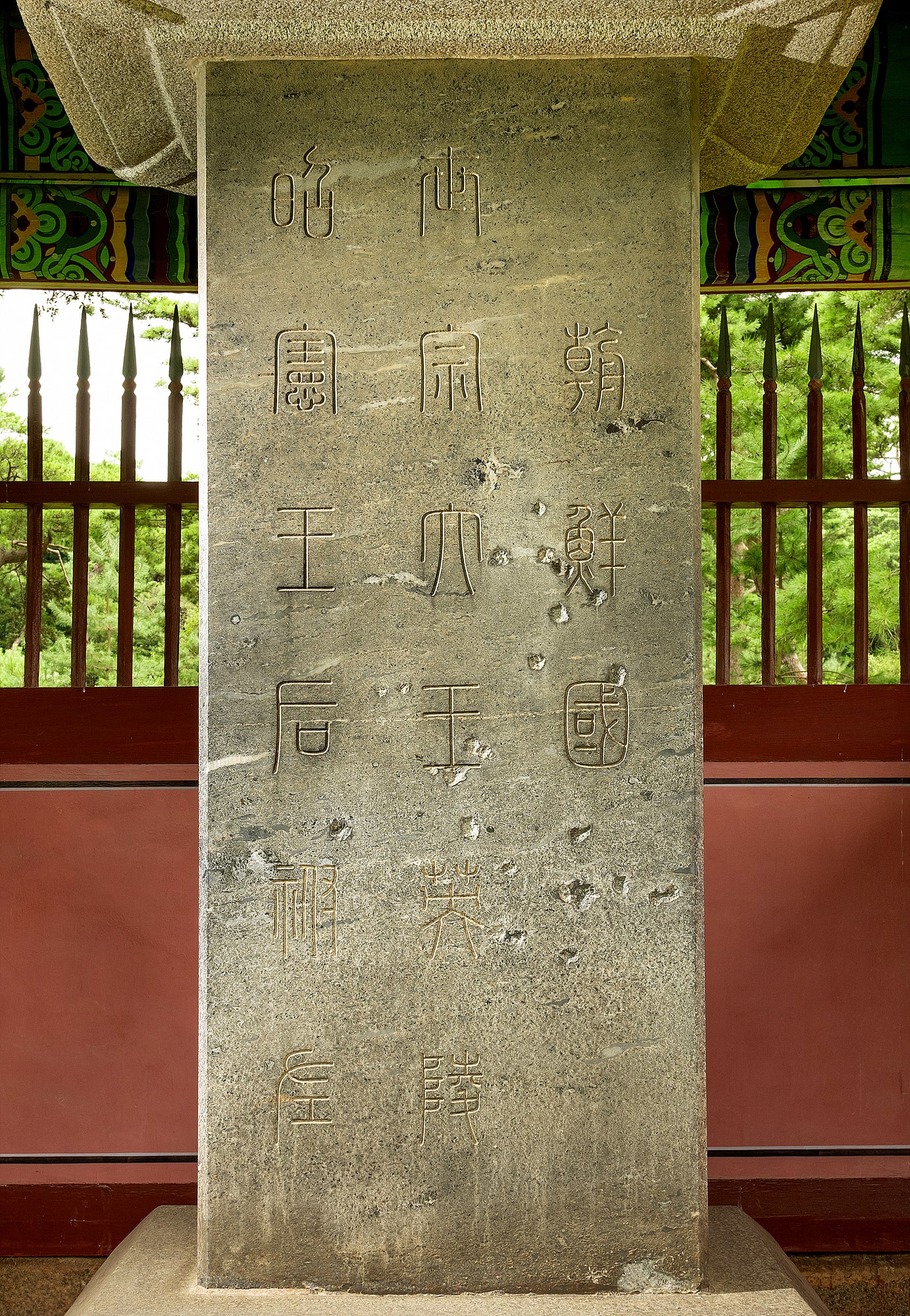
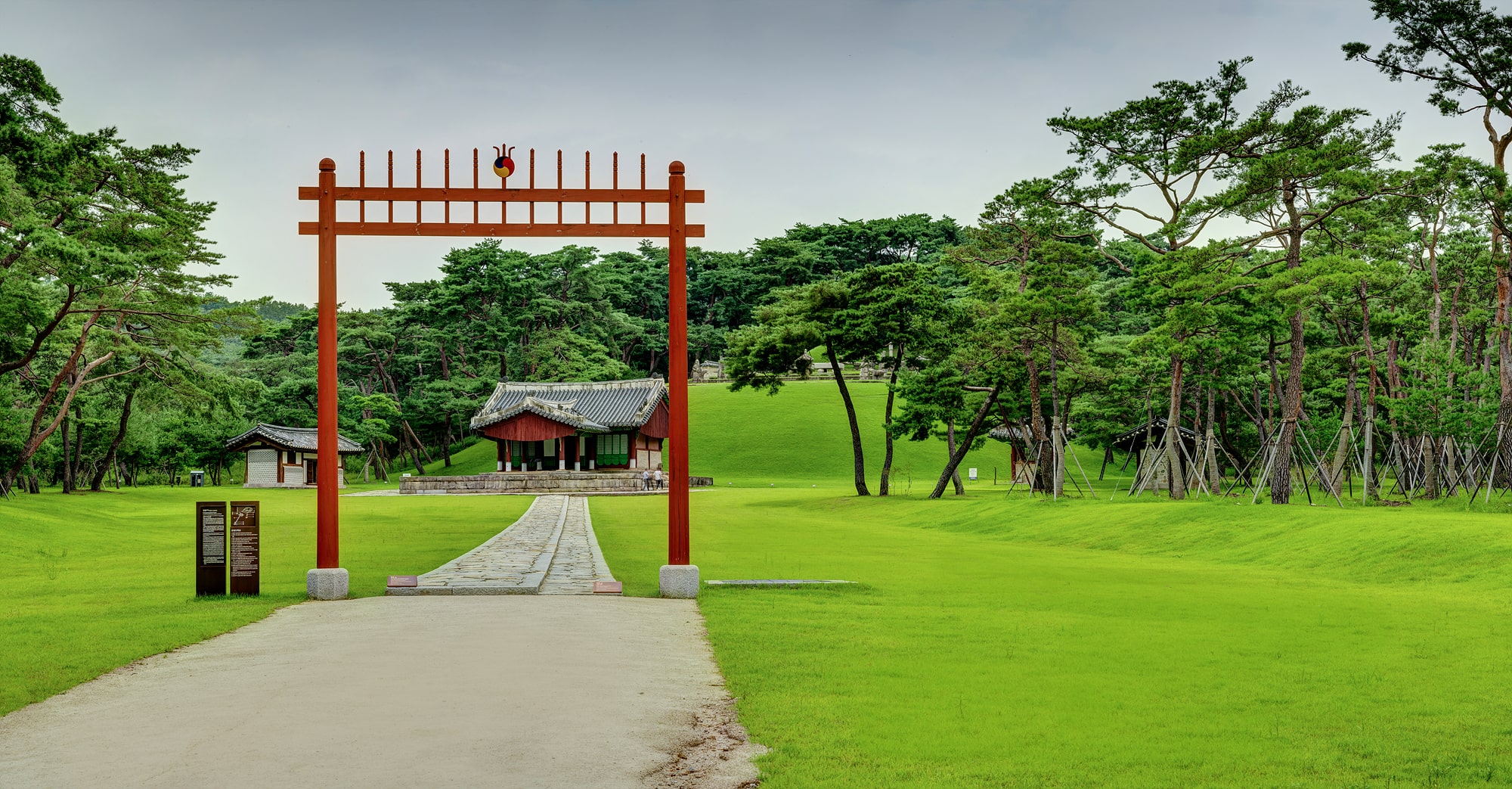
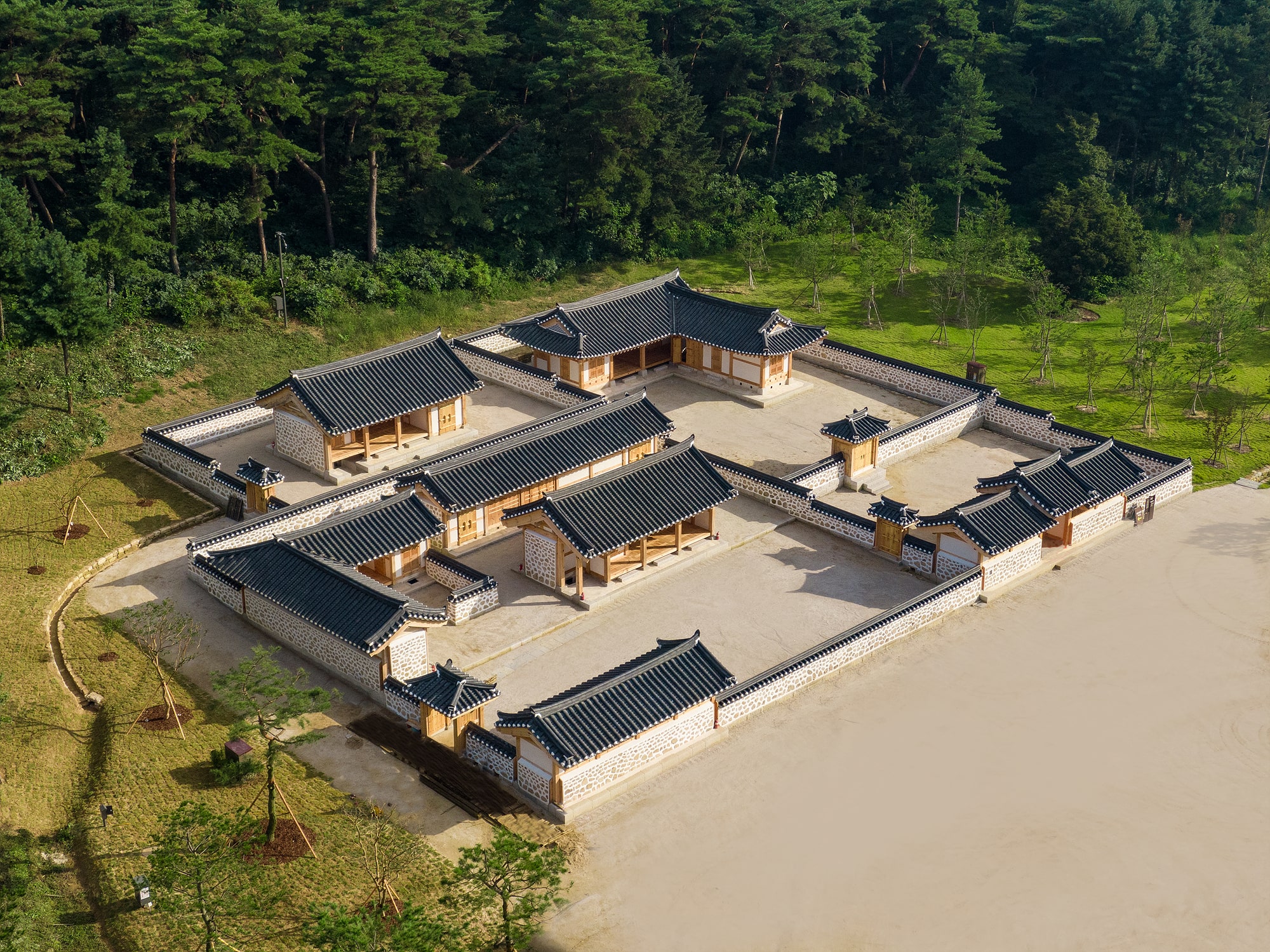
Yeongneung and Nyeongneung Royal Tombs, Yeoju
Yeongneung Royal Tomb (Royal Tomb of King Sejong, the 4th Ruler of Joseon, and Queen Soheon)
King Sejong (1397-1450, r. 1418-1450), the third son of King Taejong and Queen Wongyeong, was invested as Prince Chungnyeong in 1408.

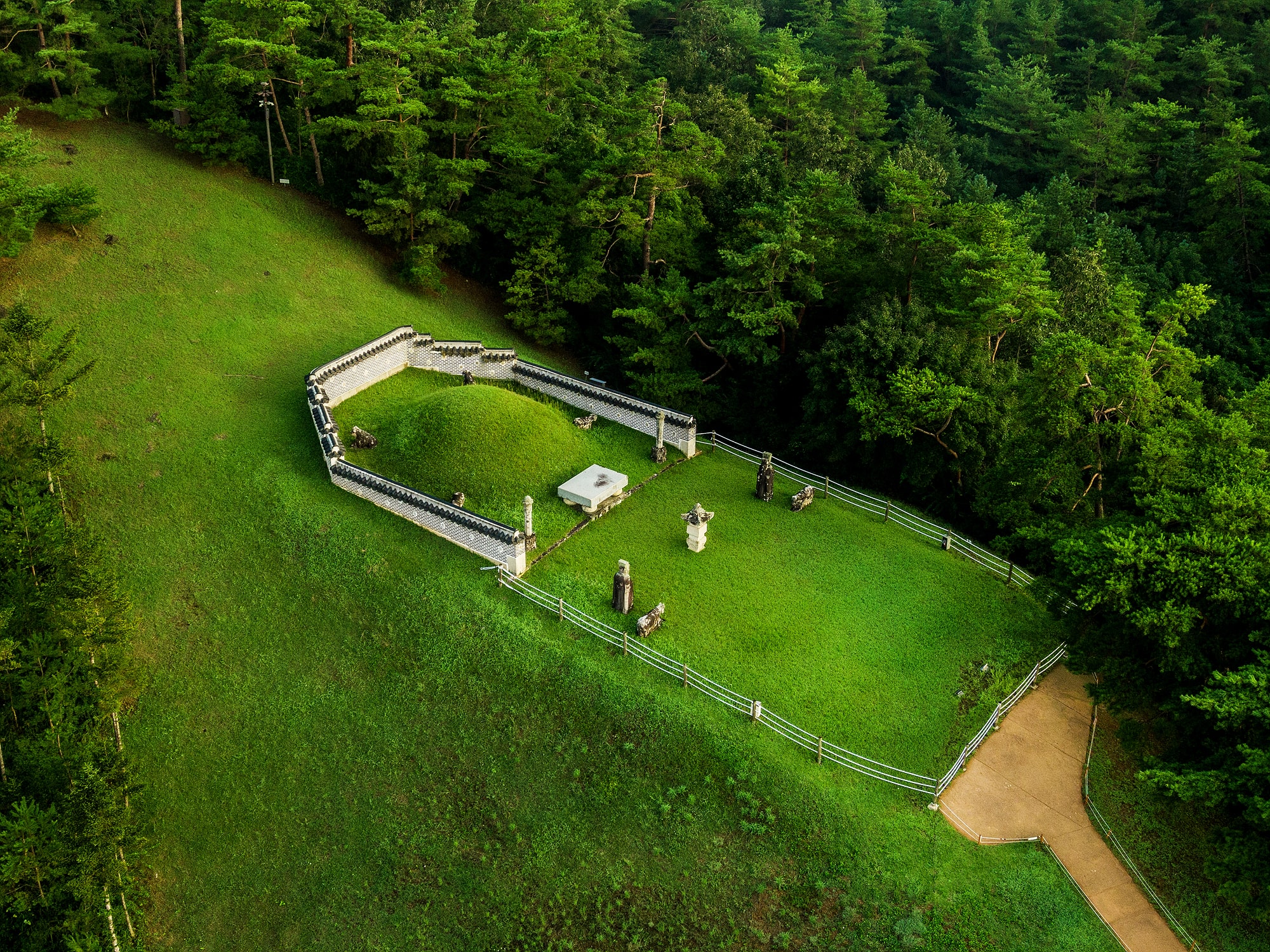
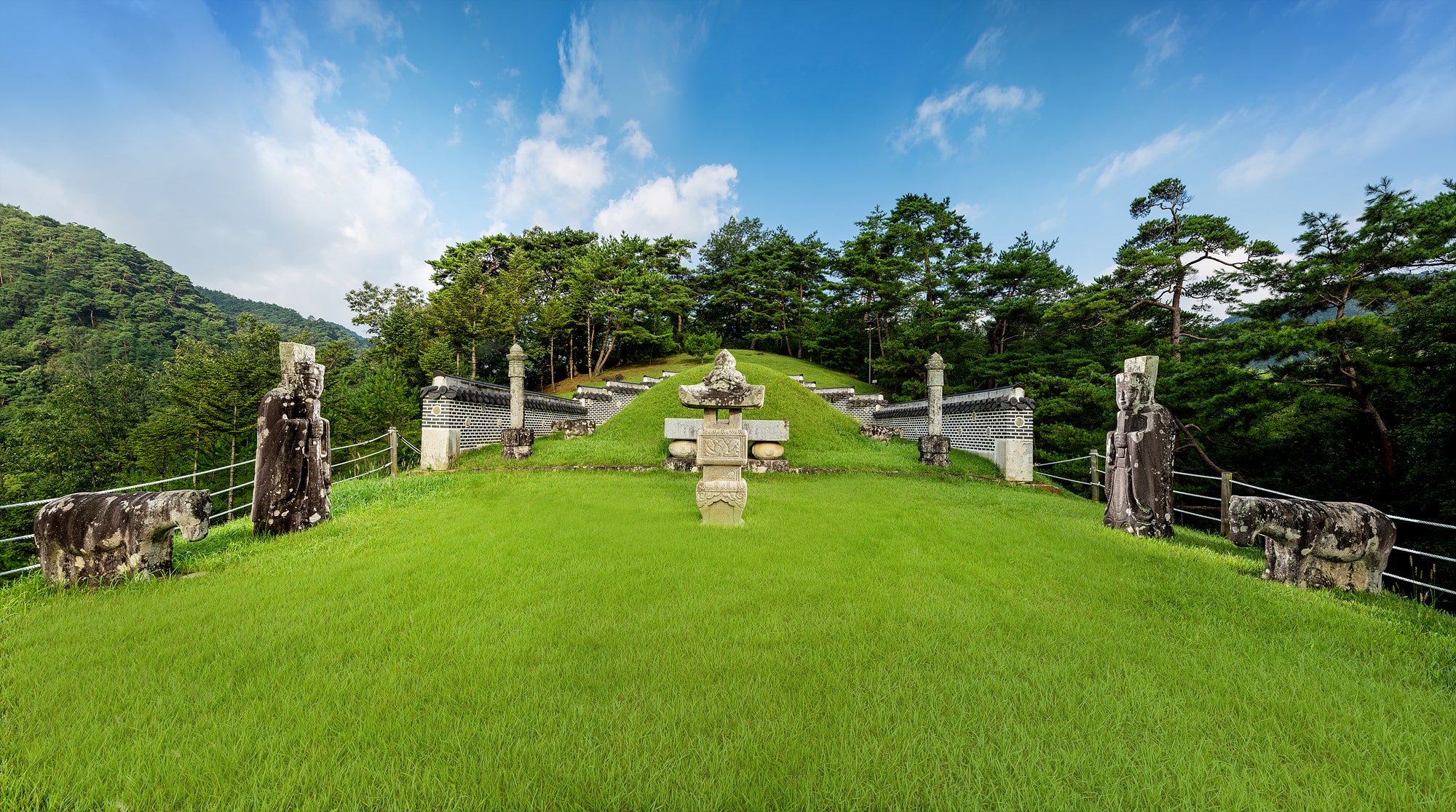
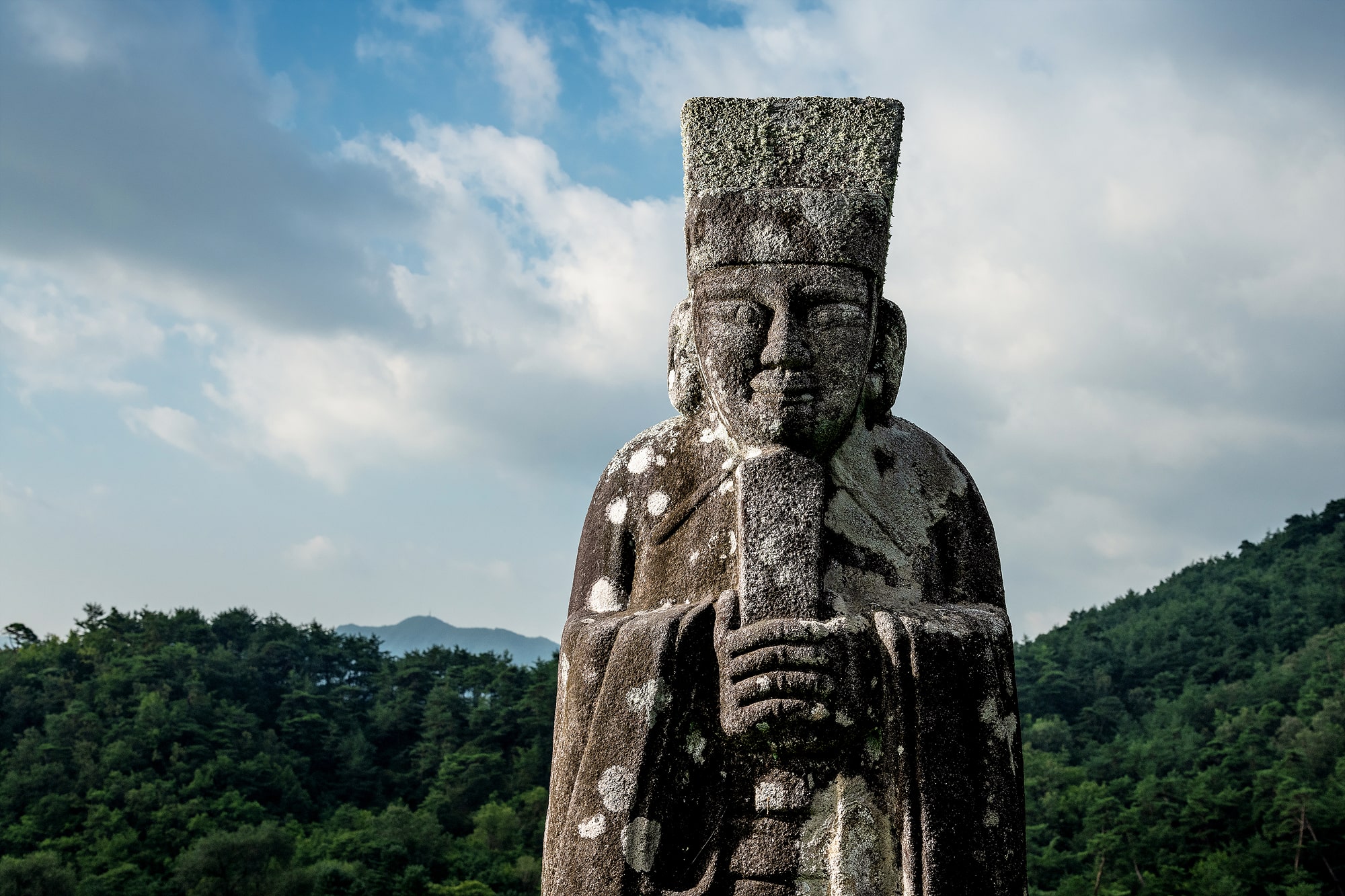
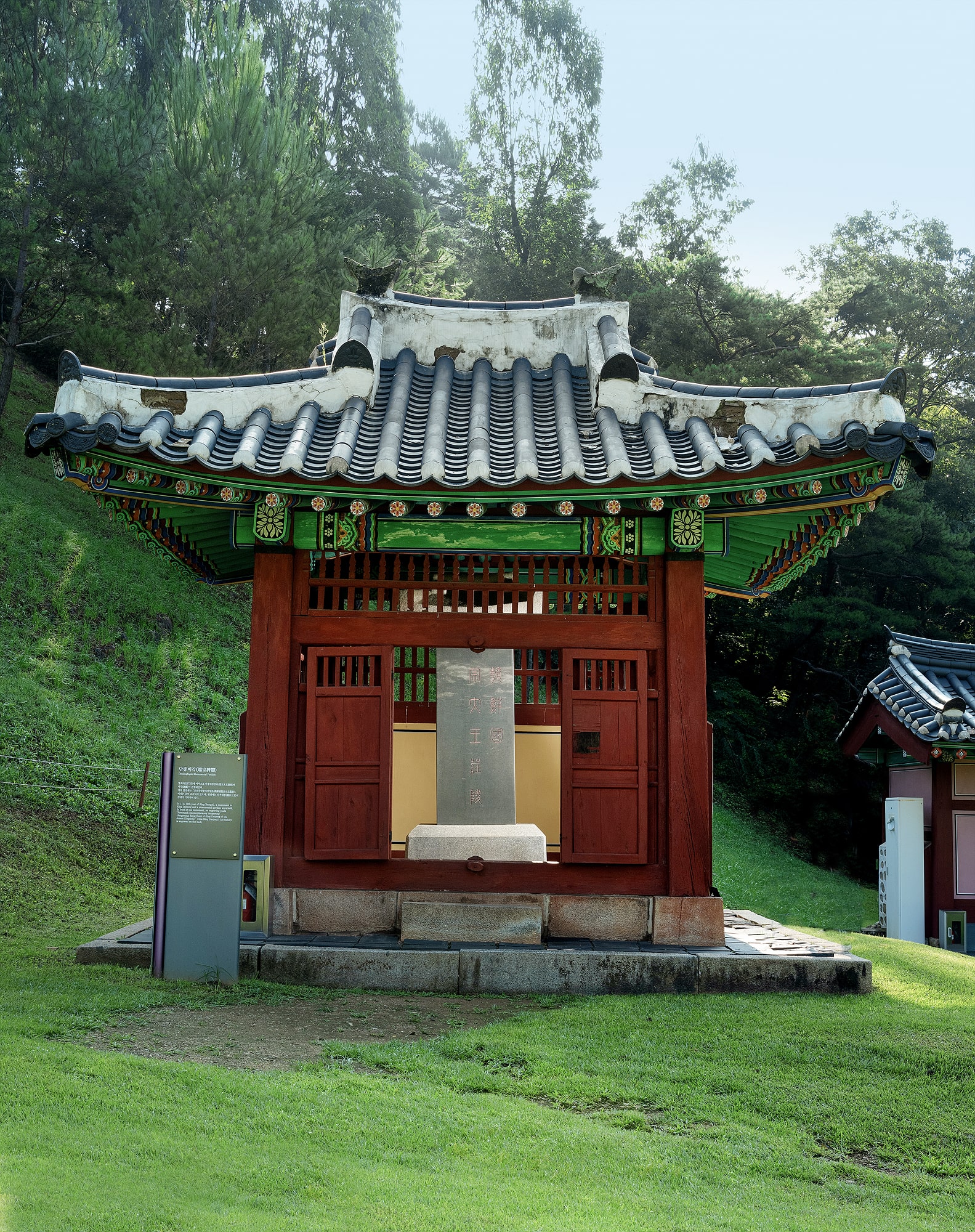
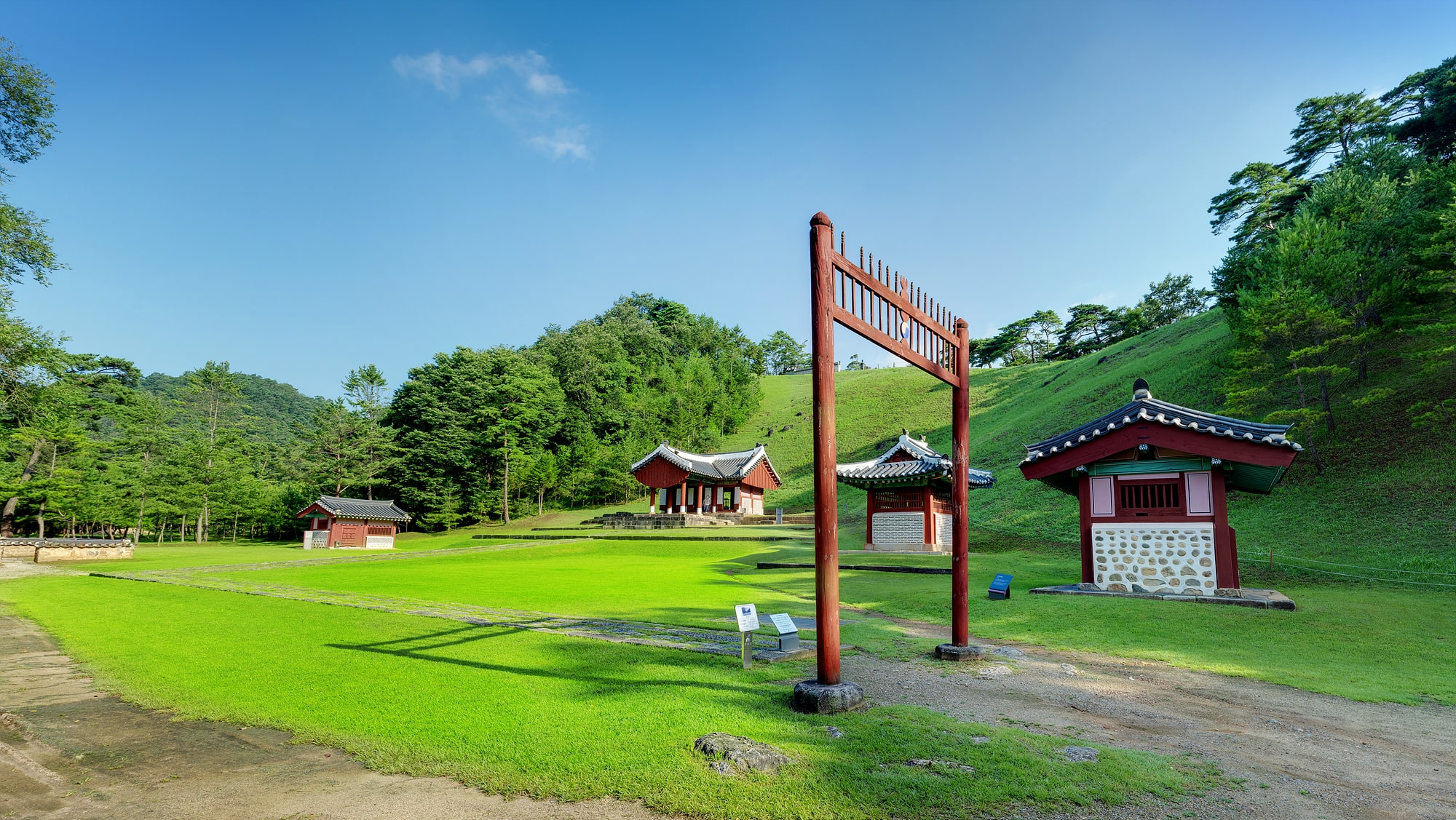
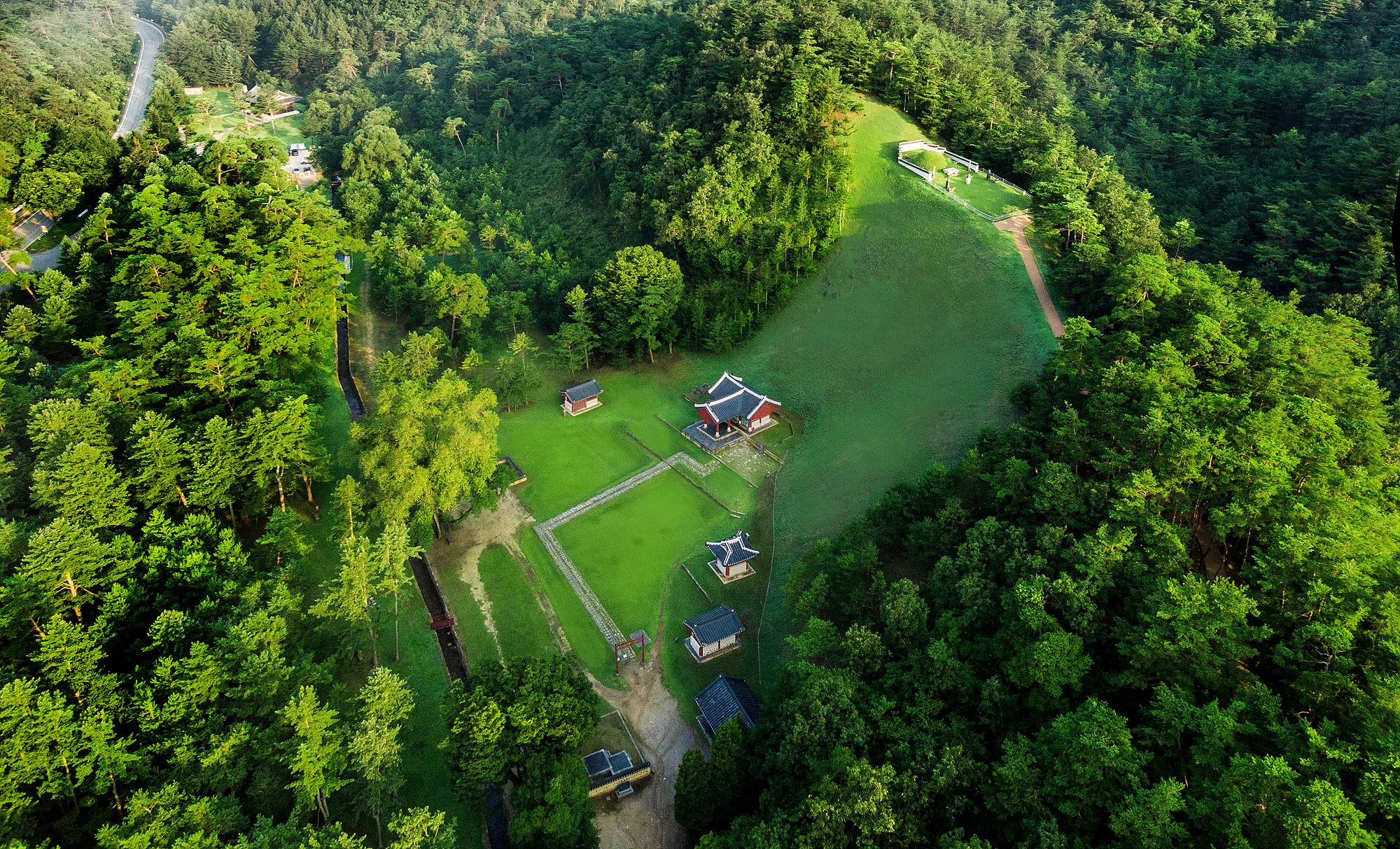
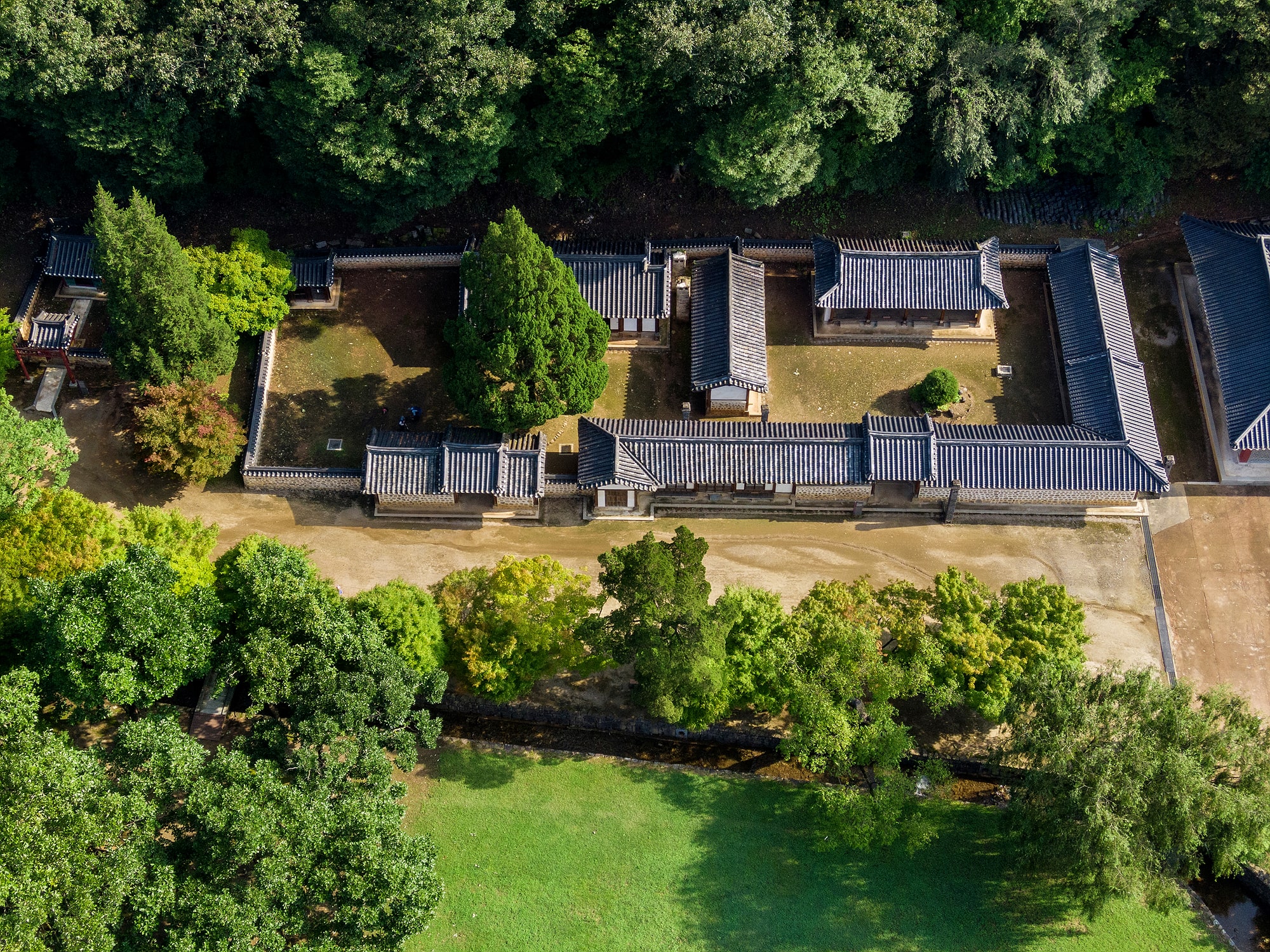
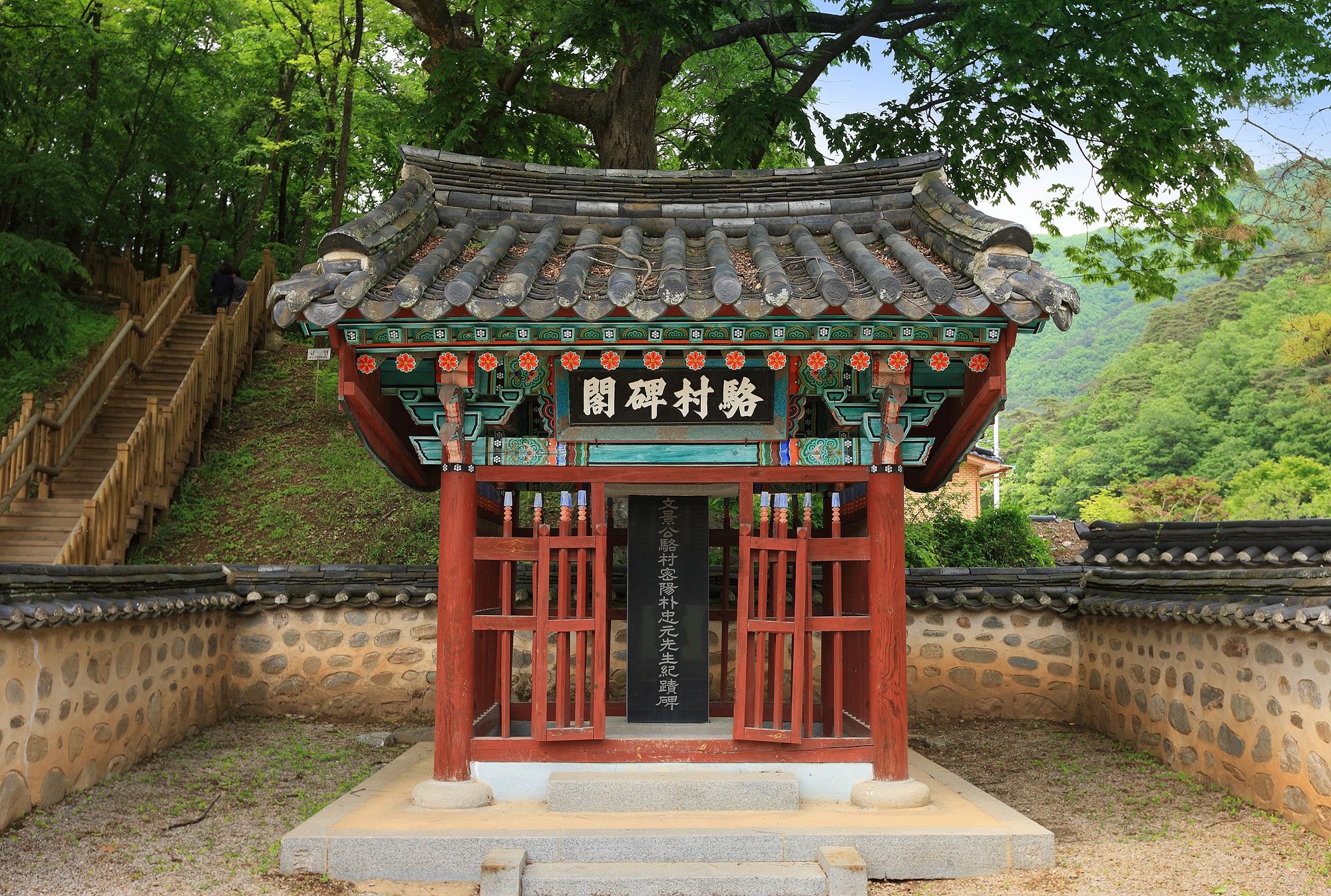
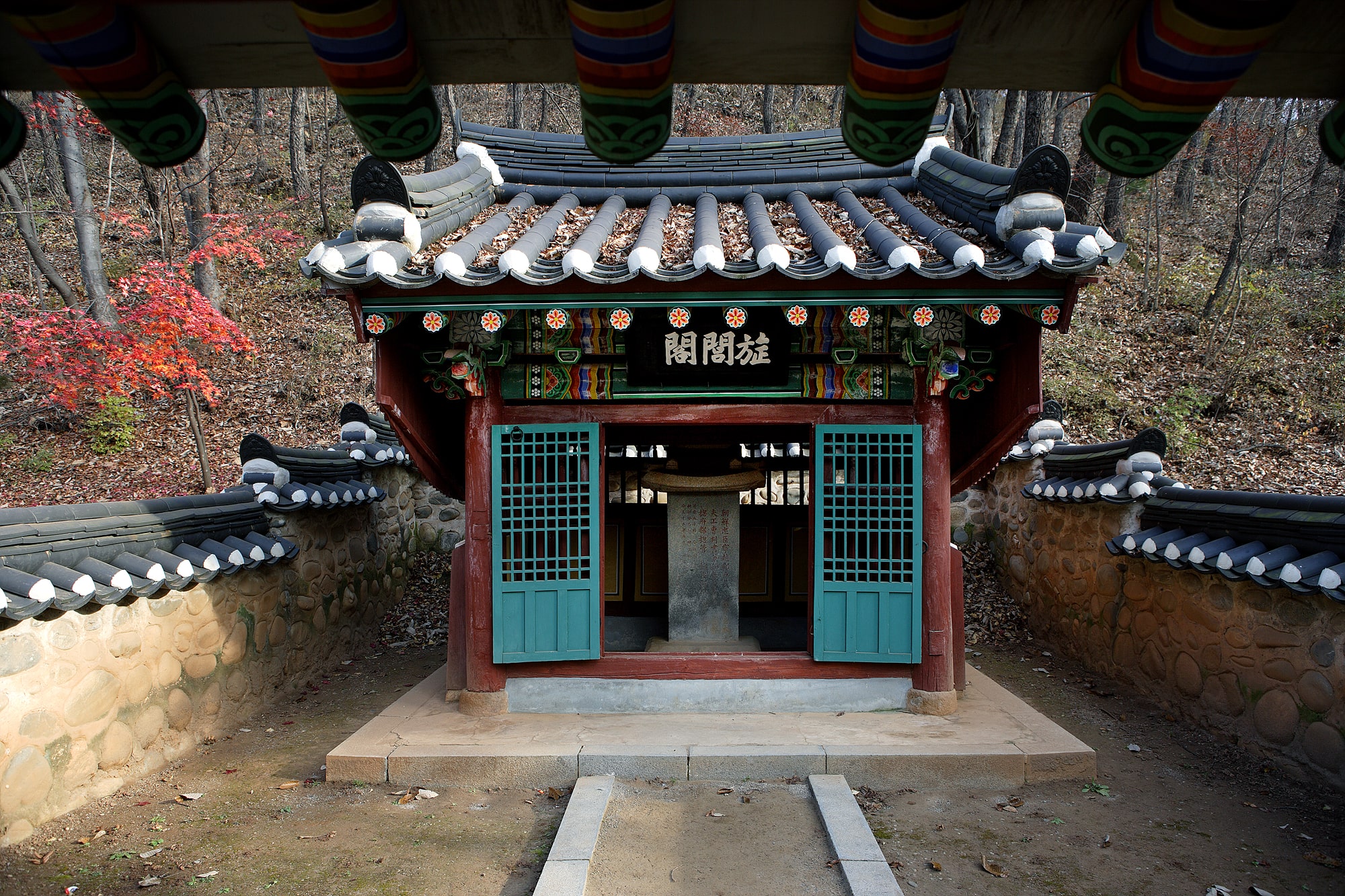
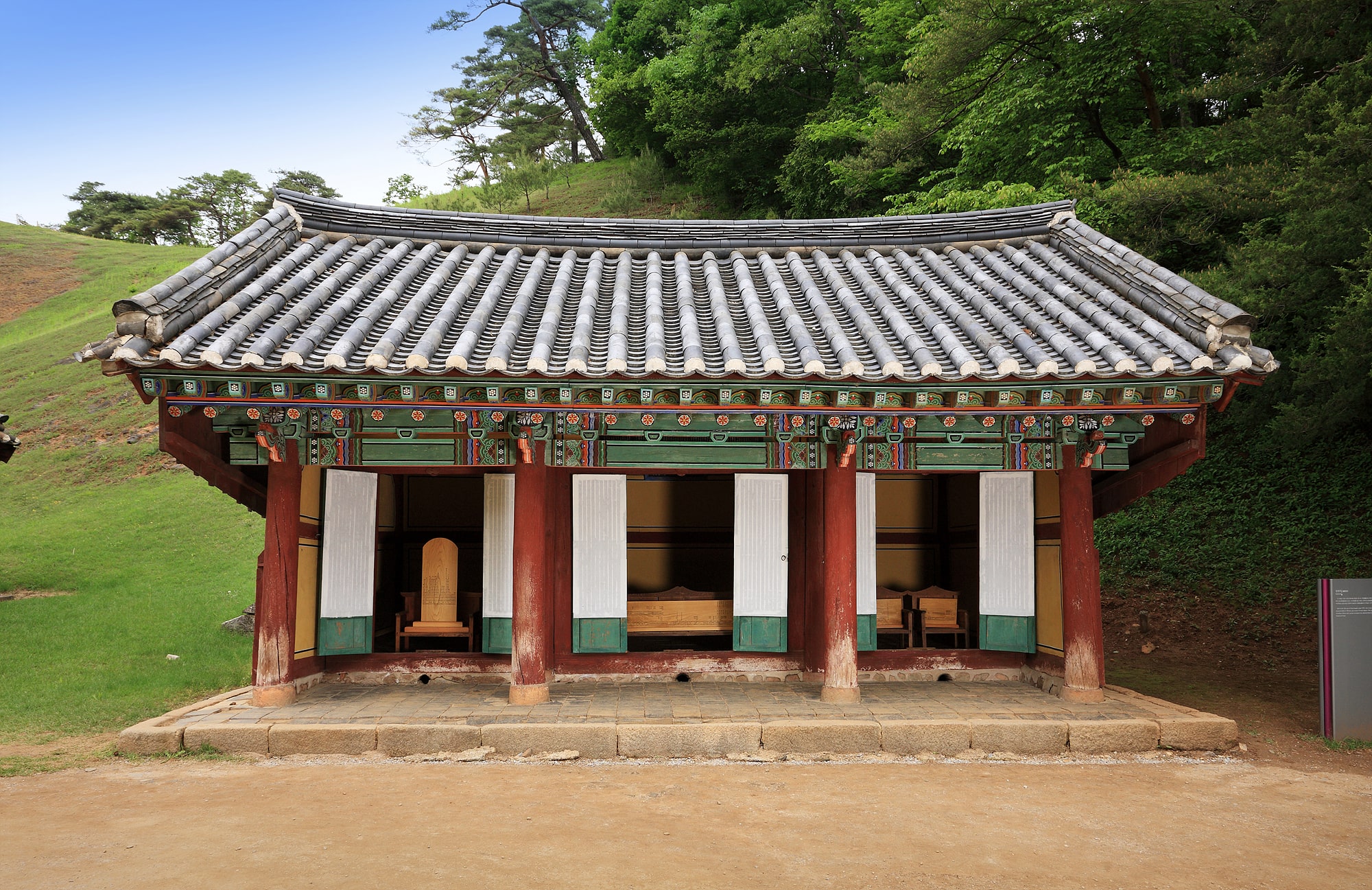
Jangneung Royal Tomb, Yeongwol
Jangneung Royal Tomb (Royal Tomb of King Danjong, the 6th Ruler of Joseon)
King Danjong (1441-1457, r. 1452-1455) was a son of King Munjong, was crowned at the young age of 12. However, just two years later, he abdicated the throne to Prince Suyang (King Sejo) after the latter staged a rebellion and seized power in 1453.

 Swipe to side
Swipe to side



